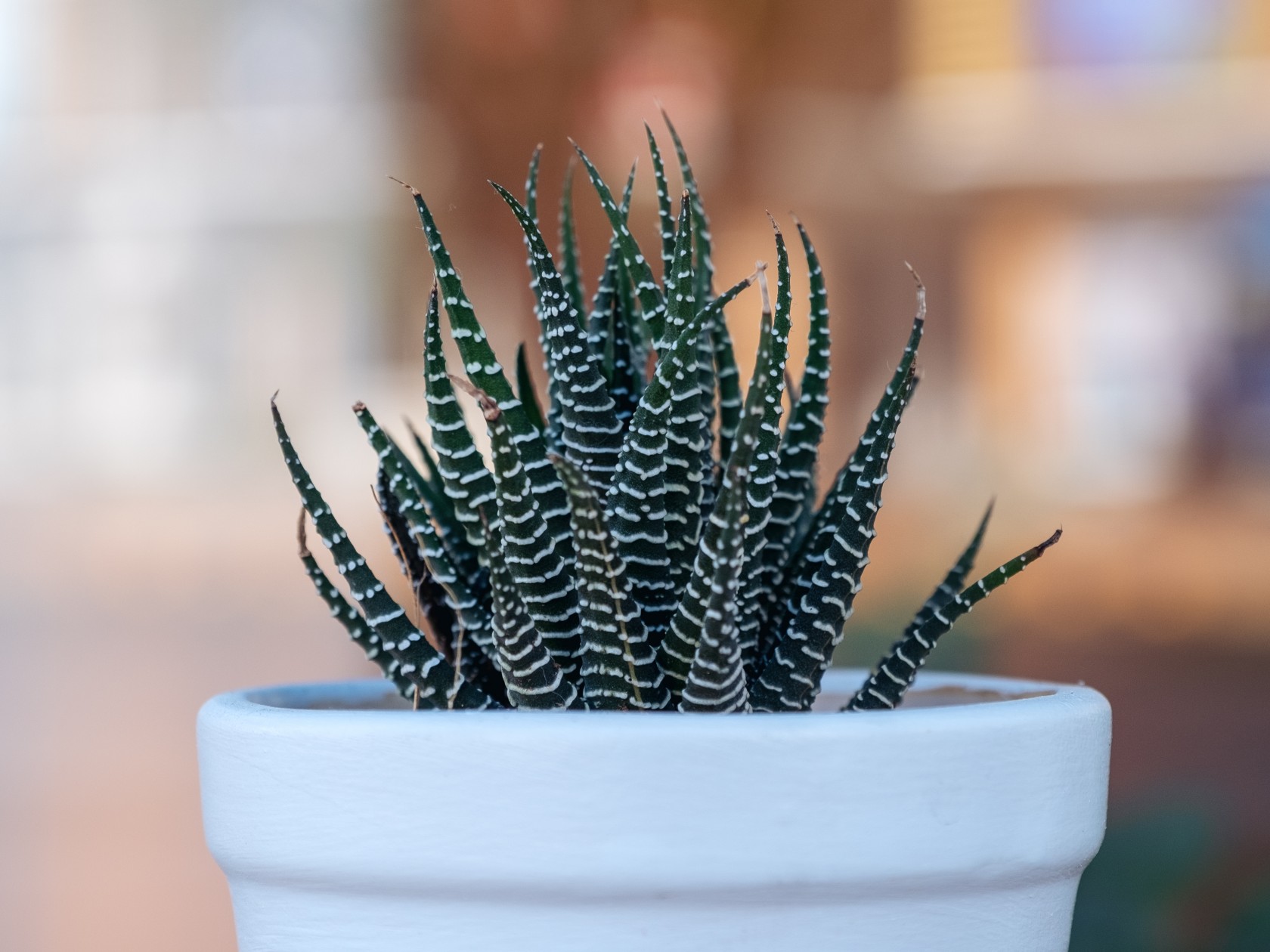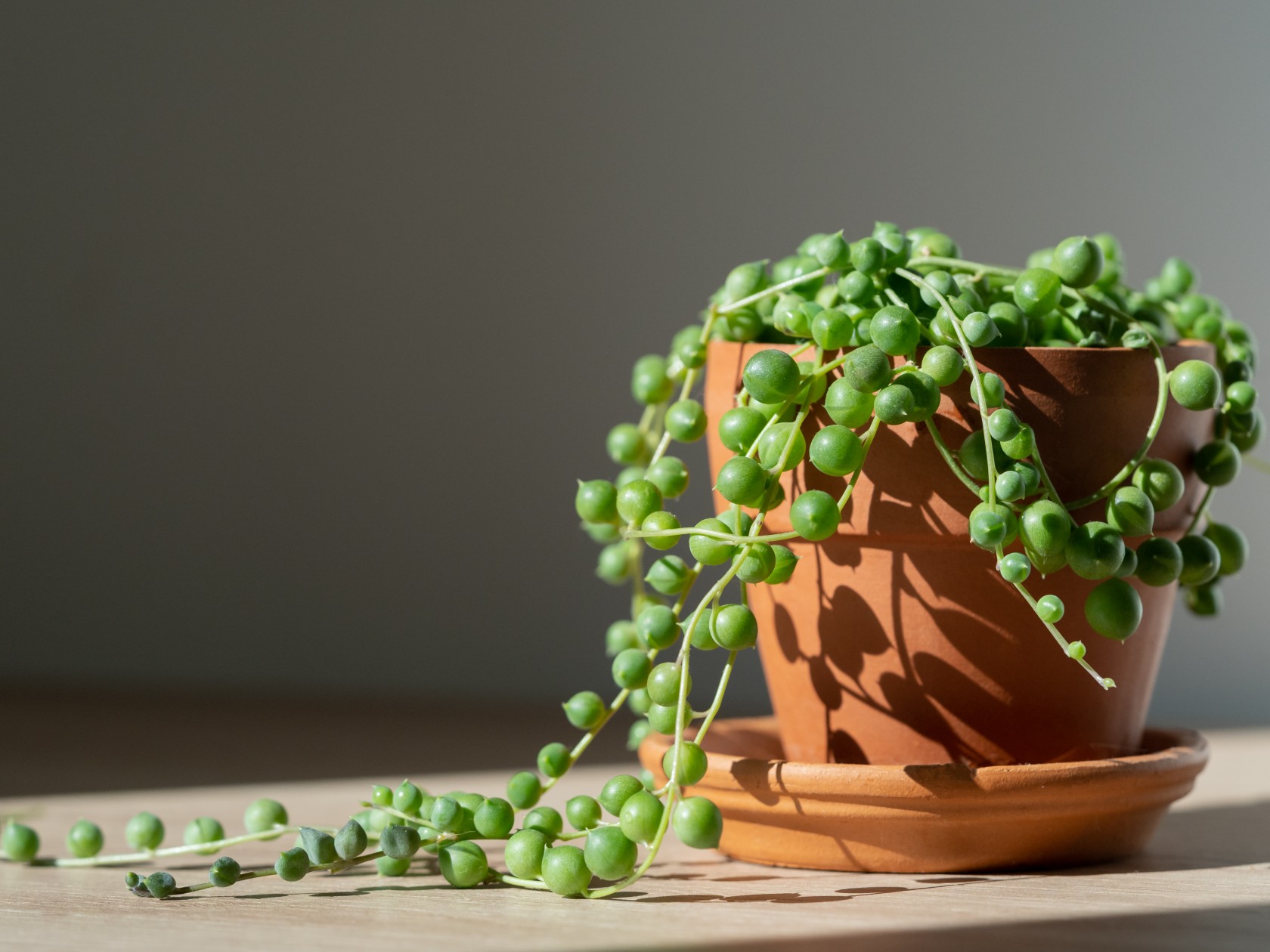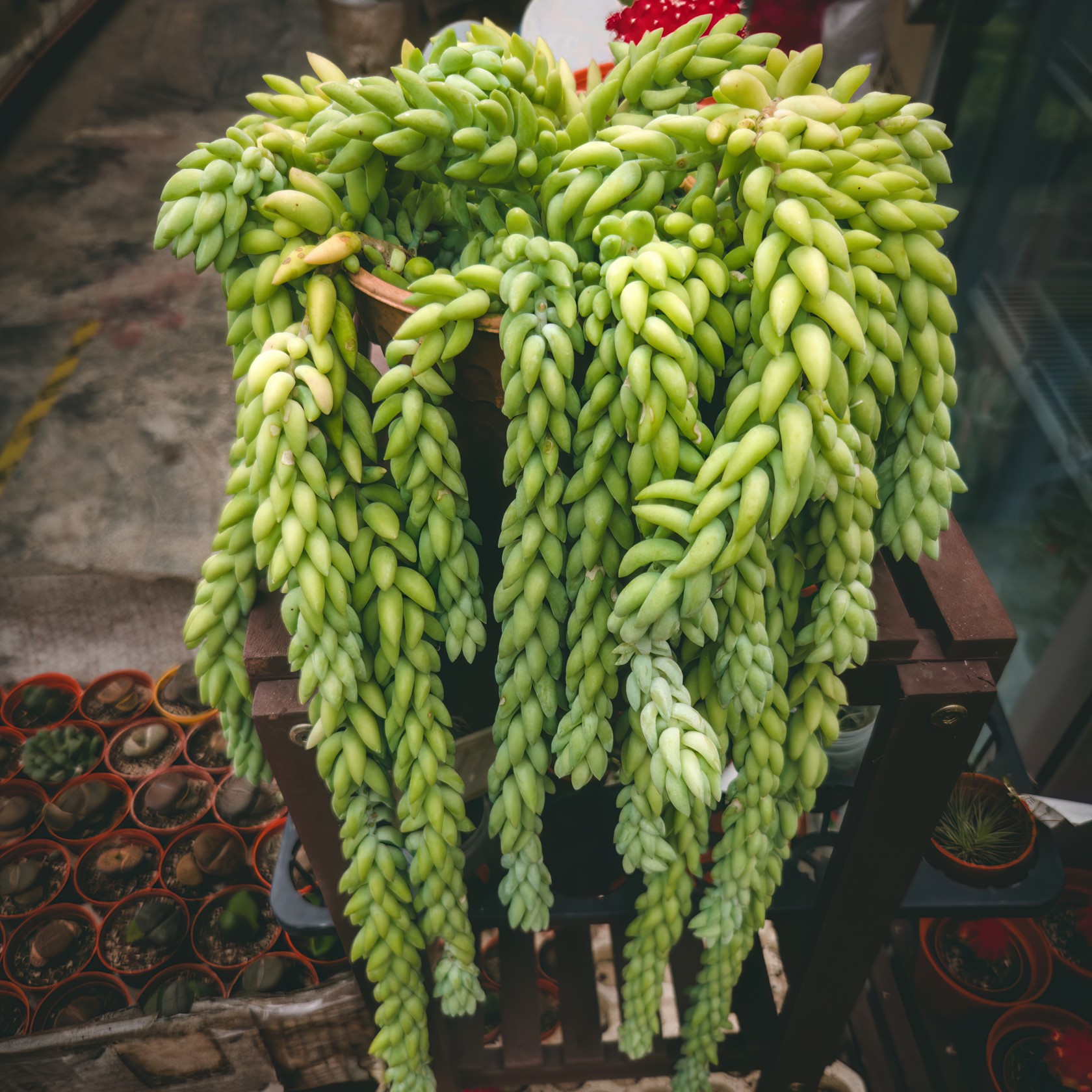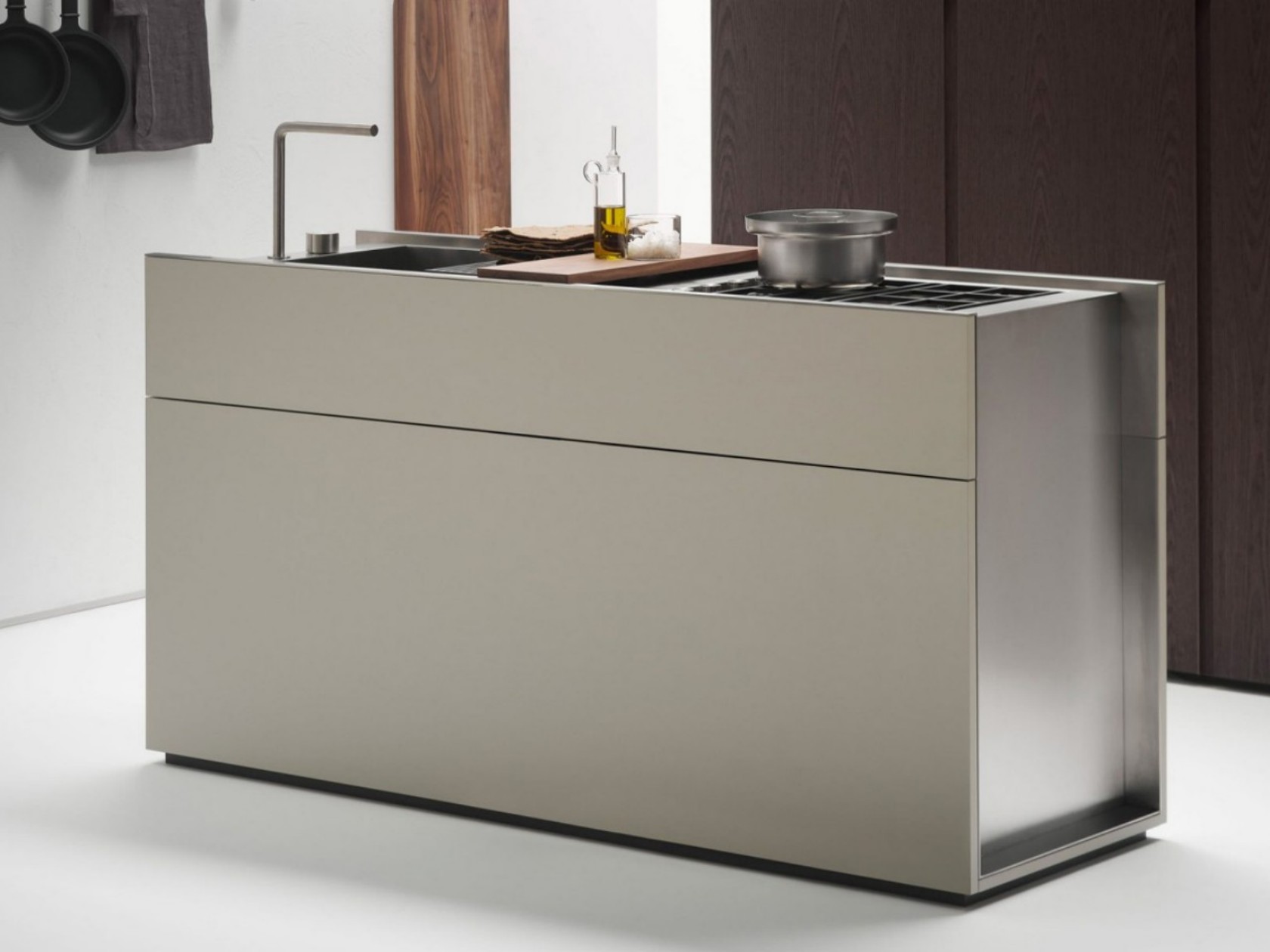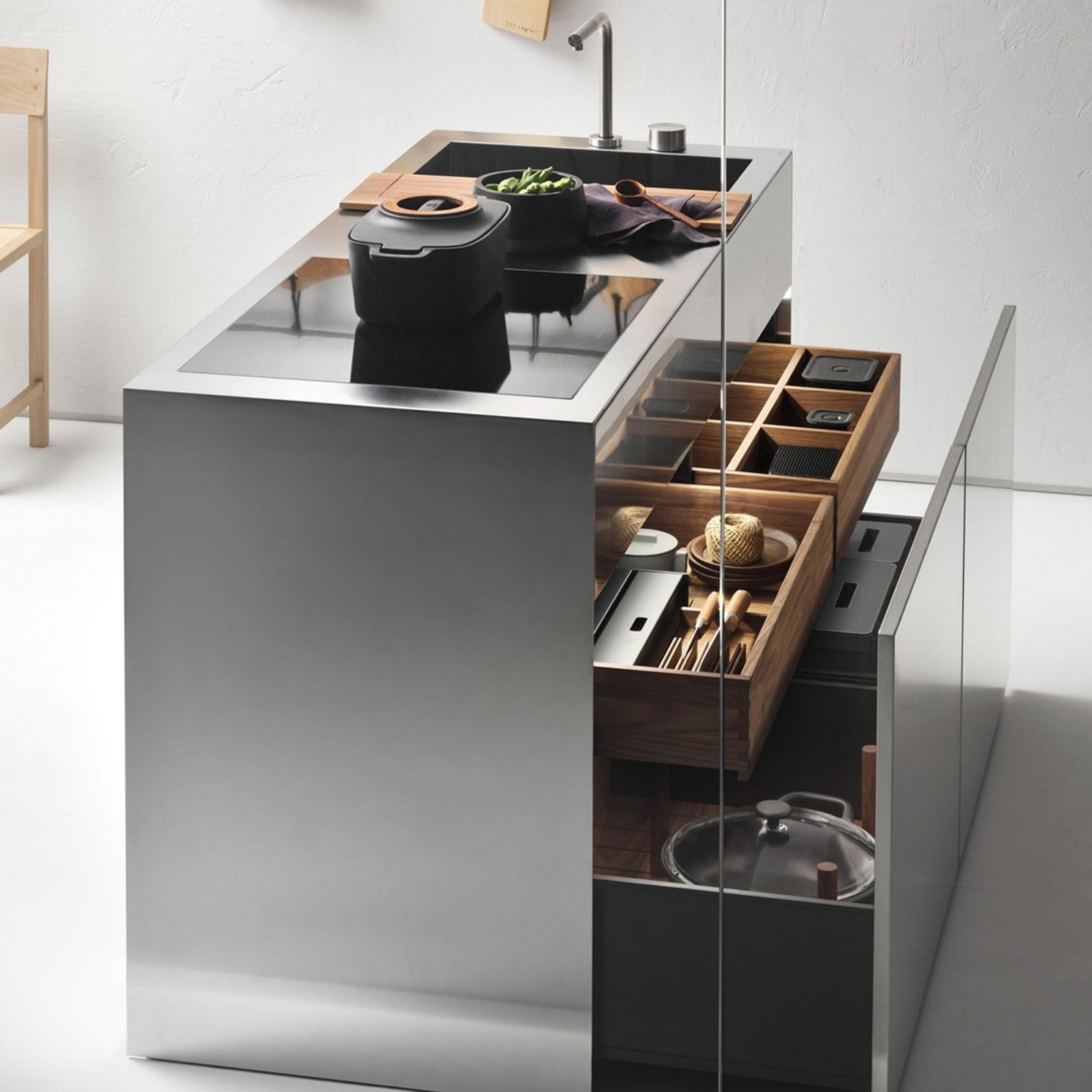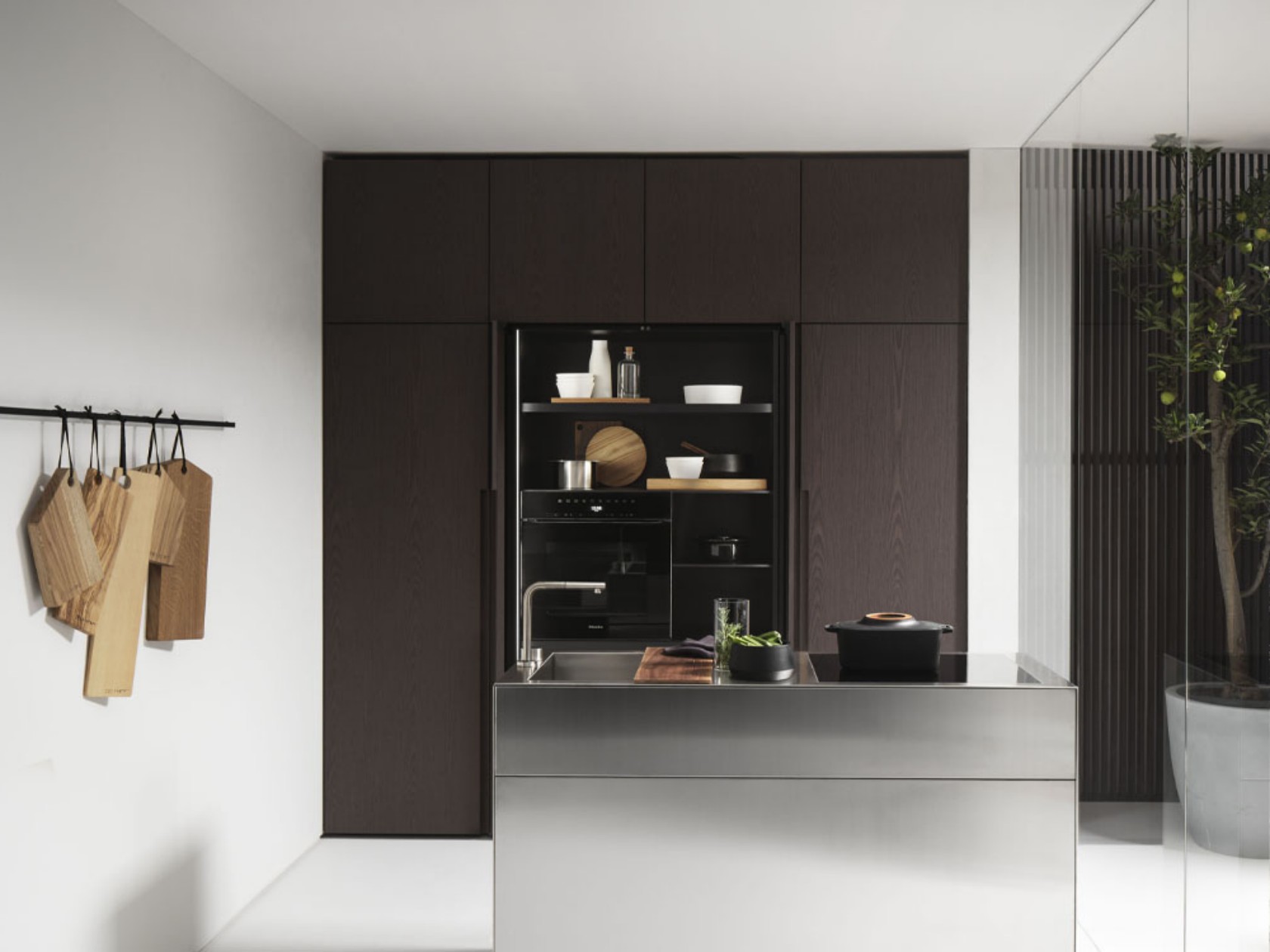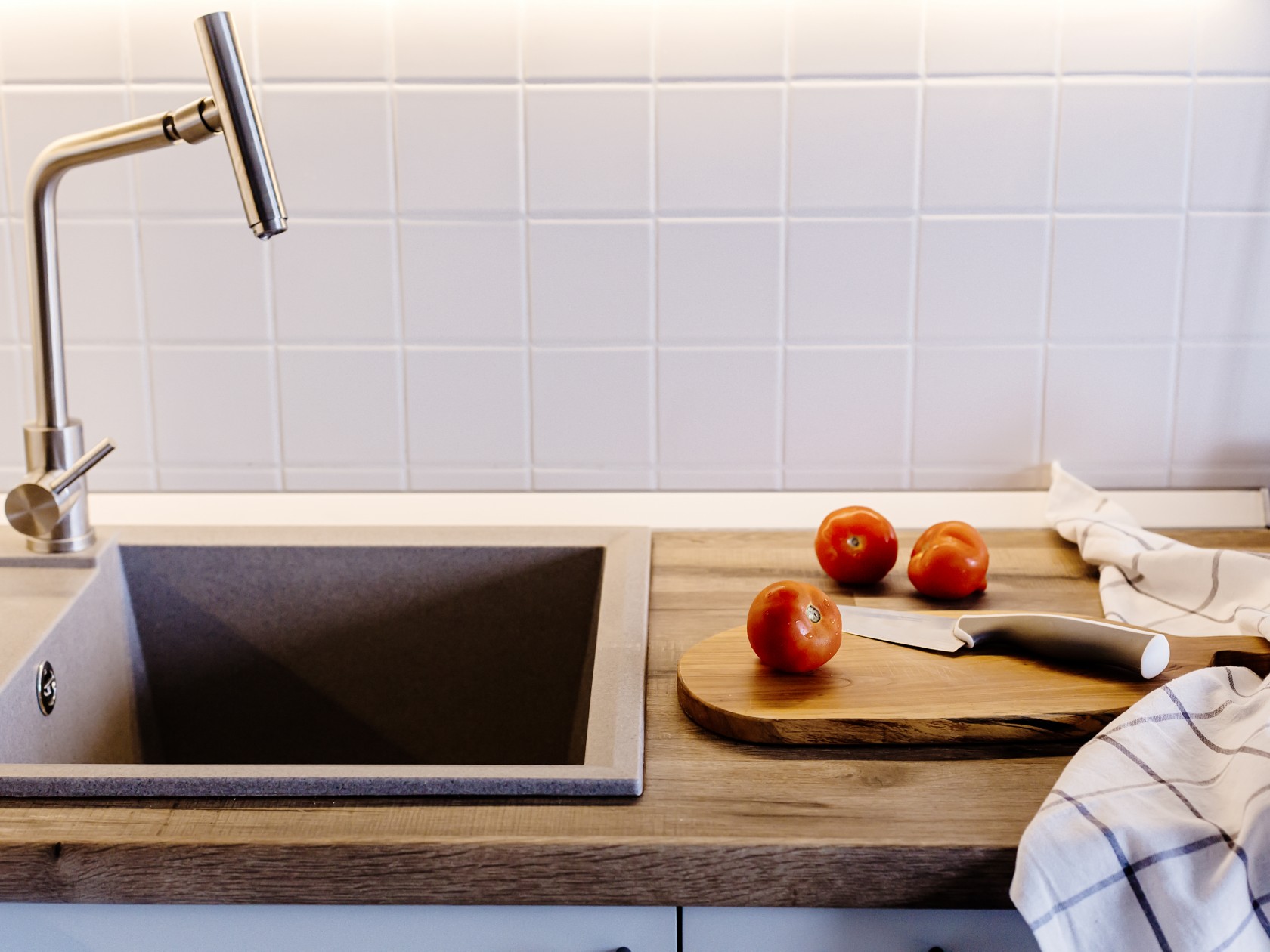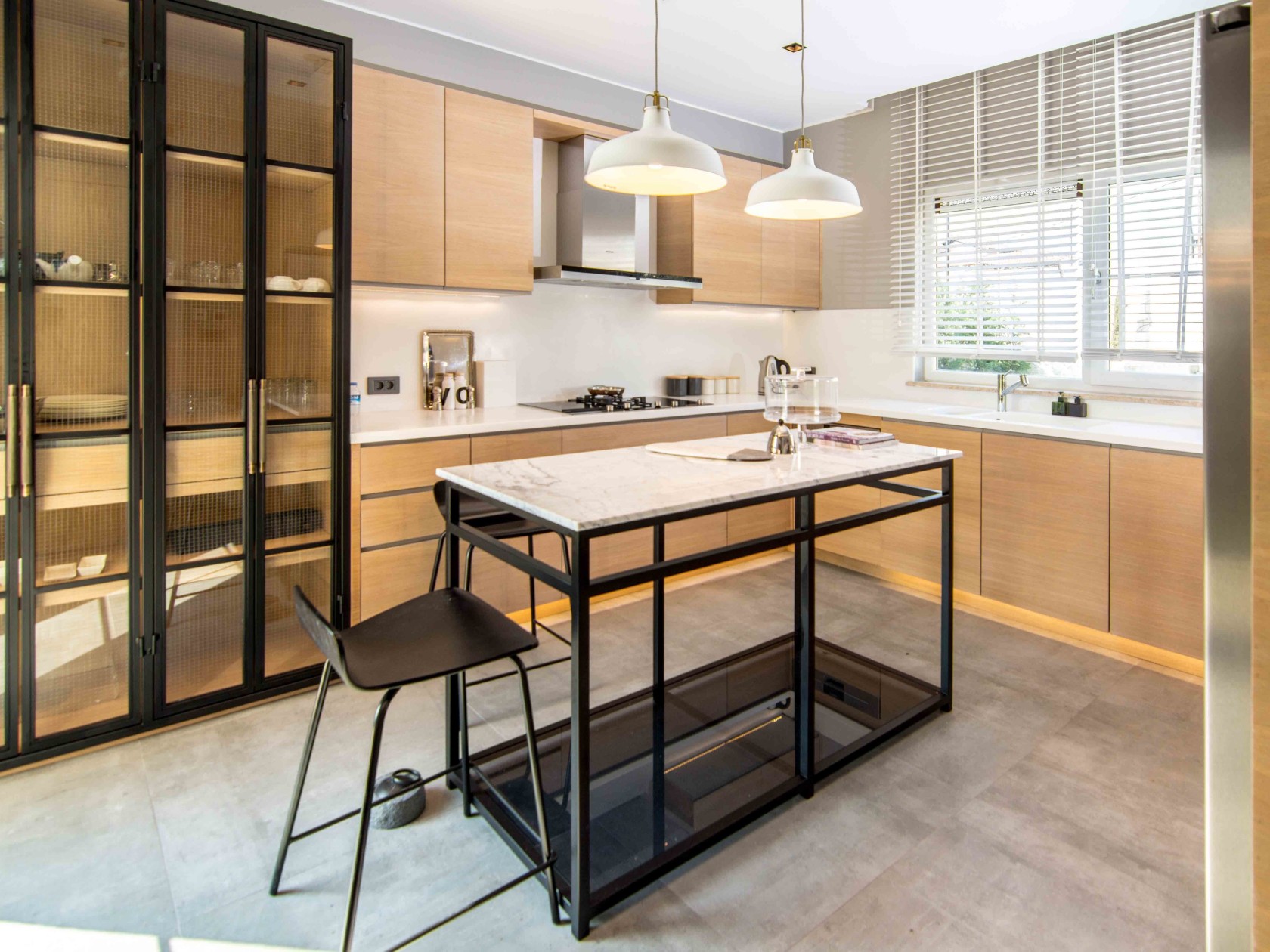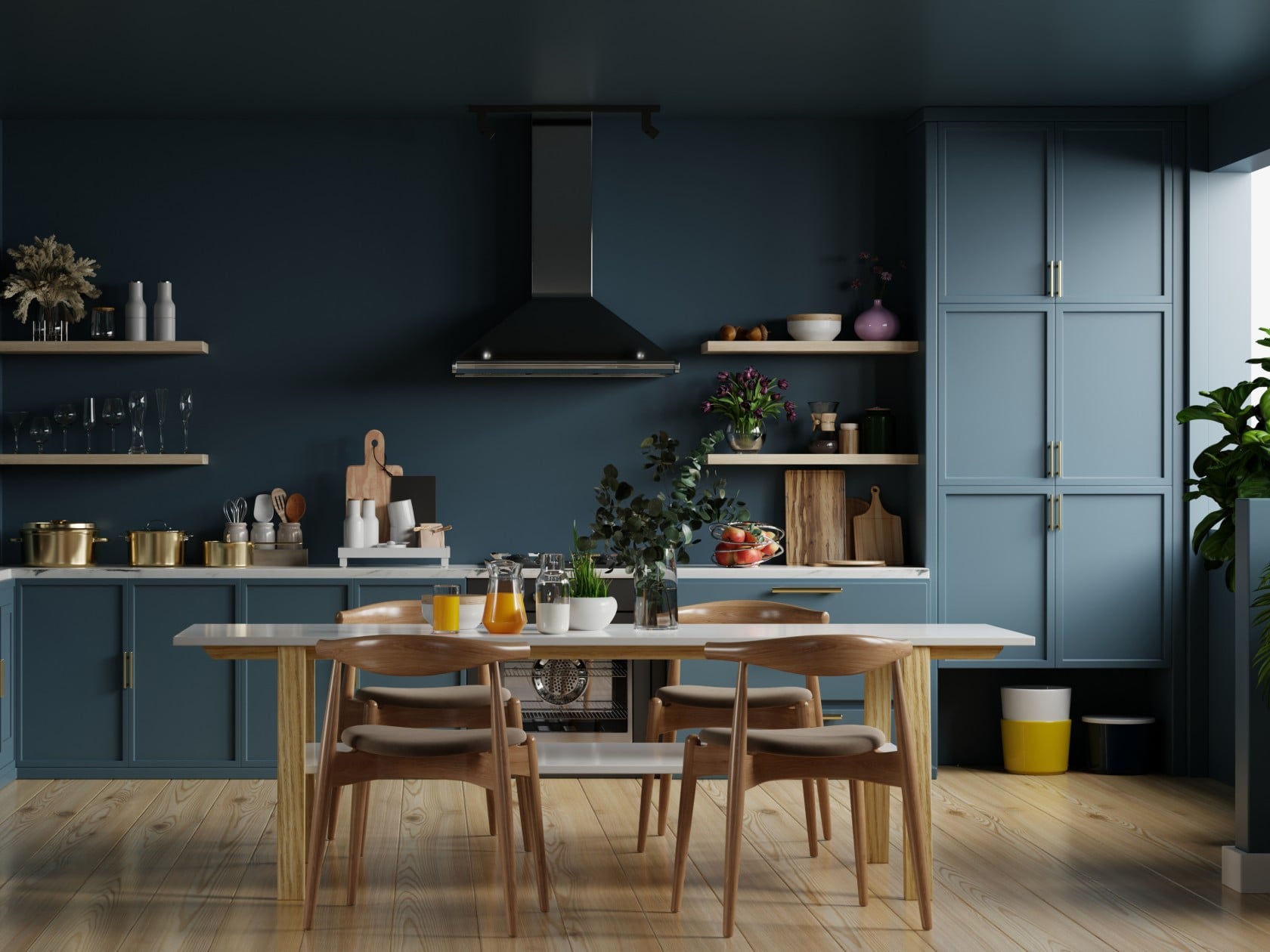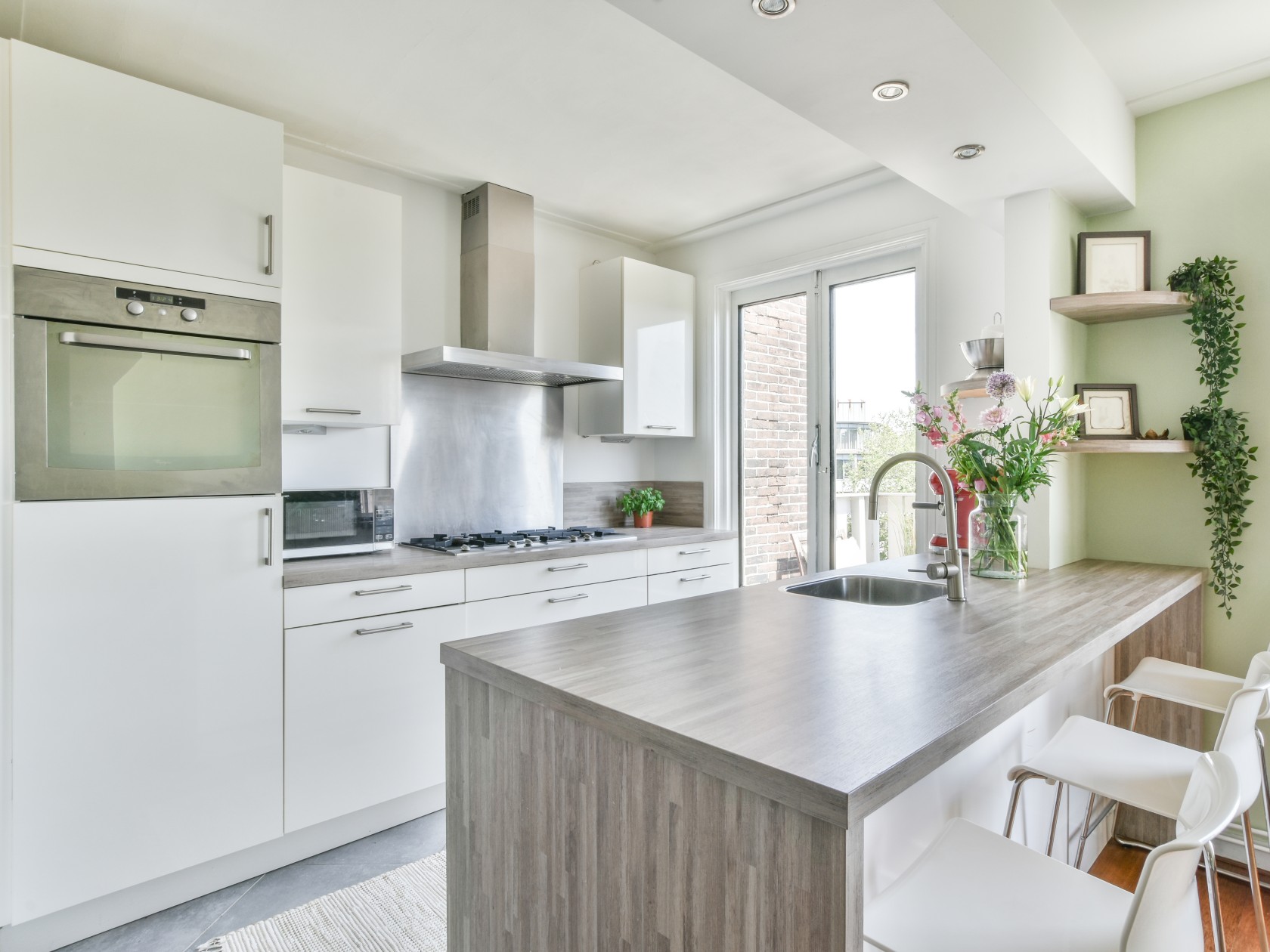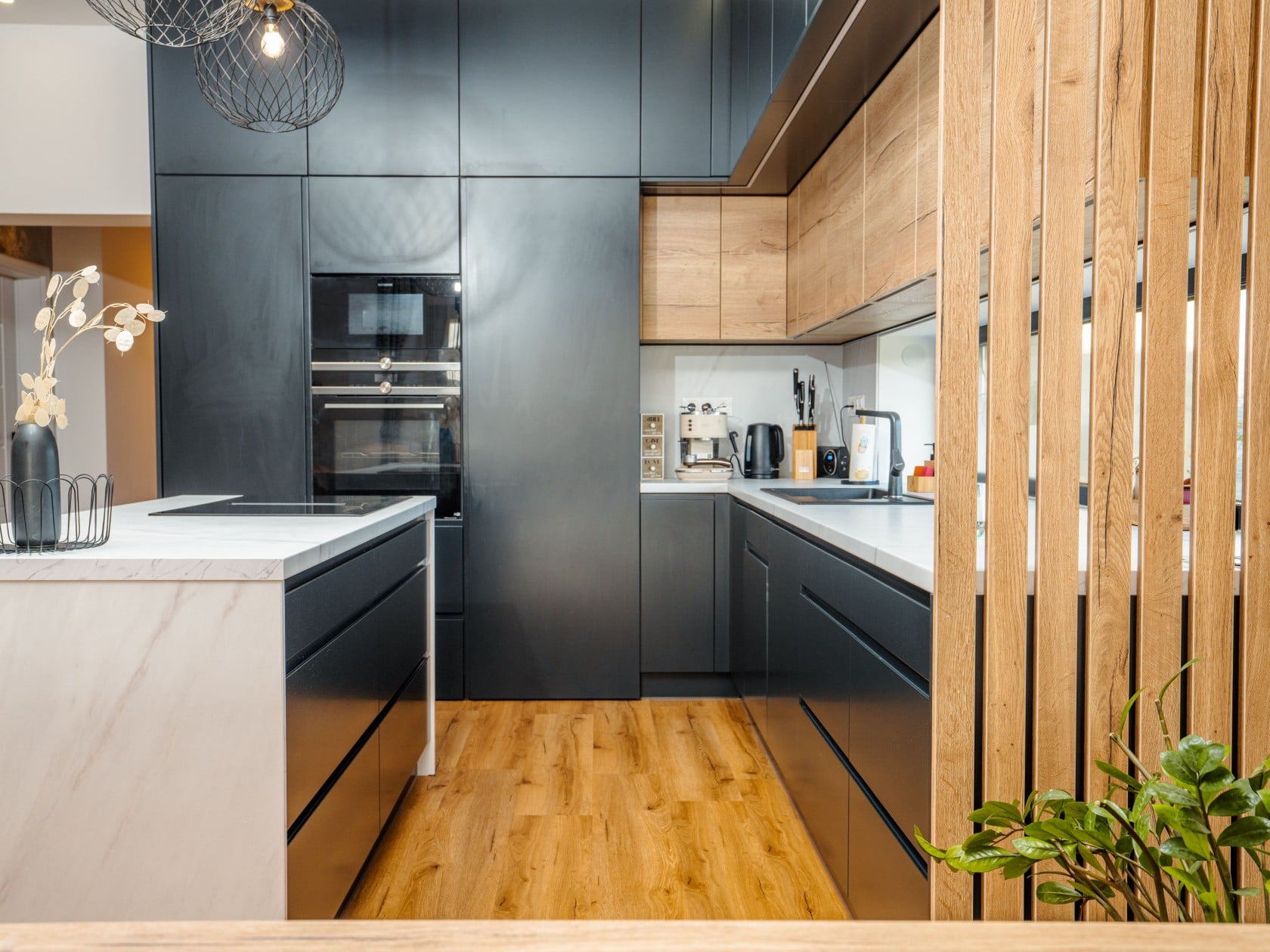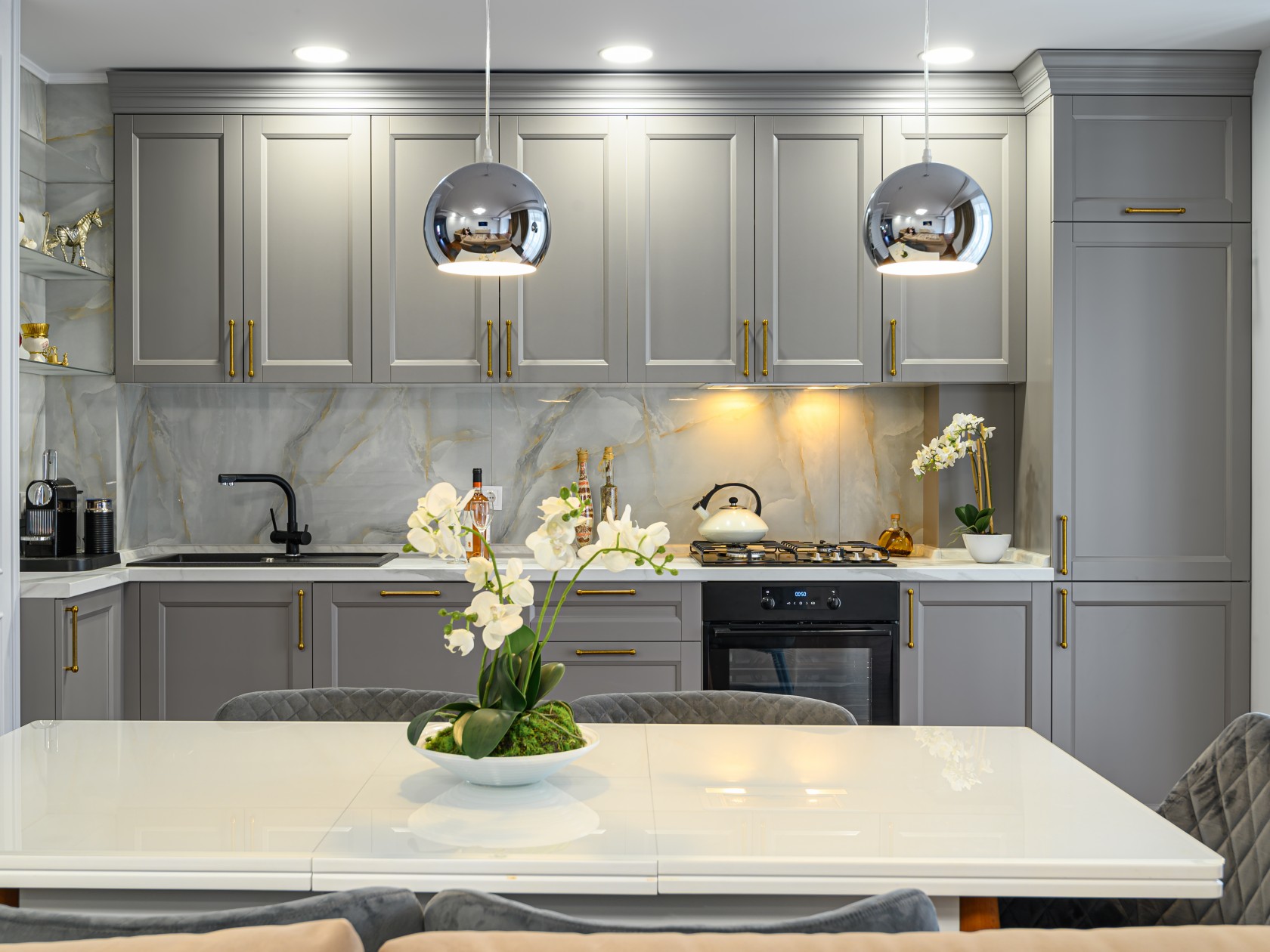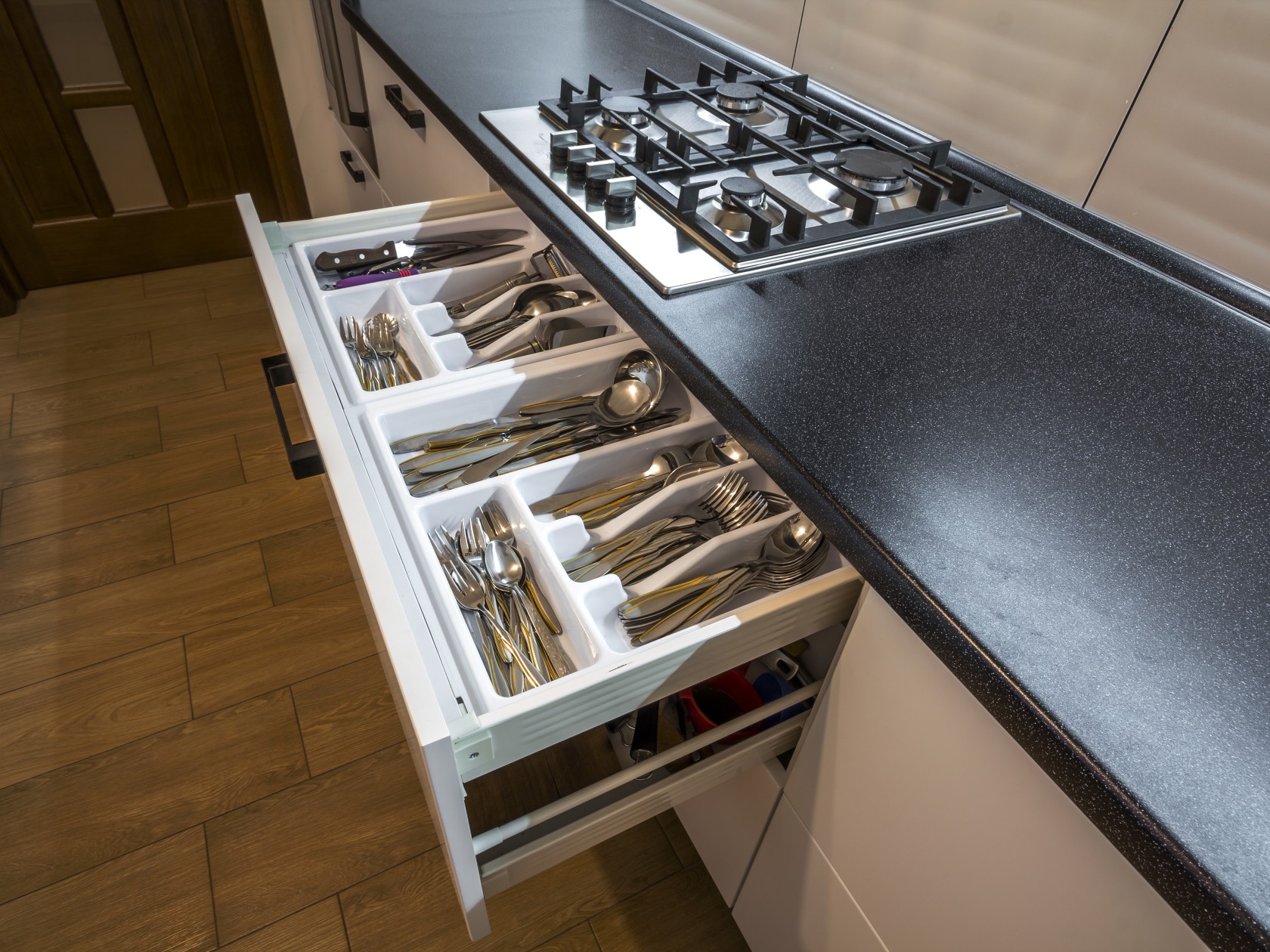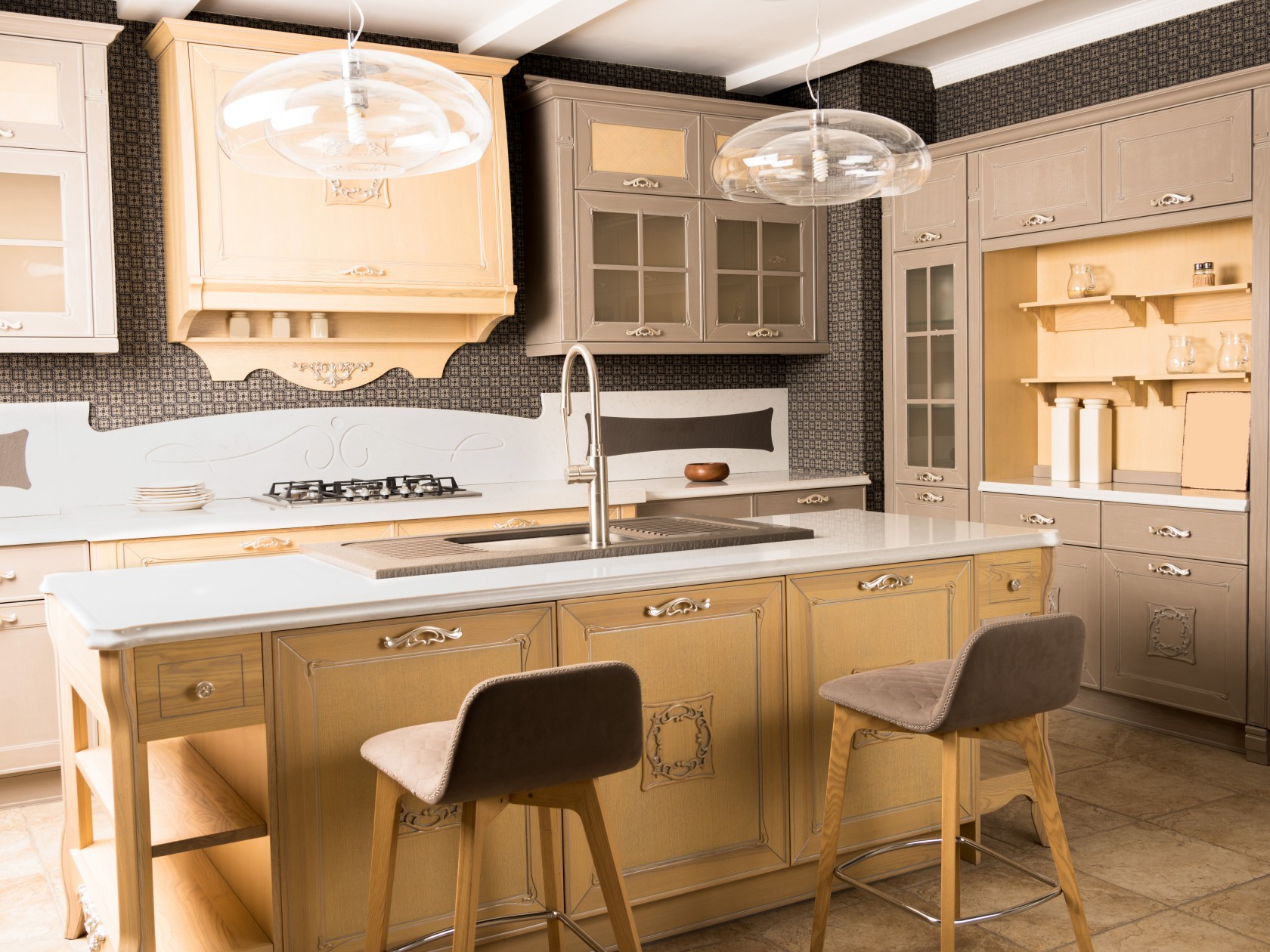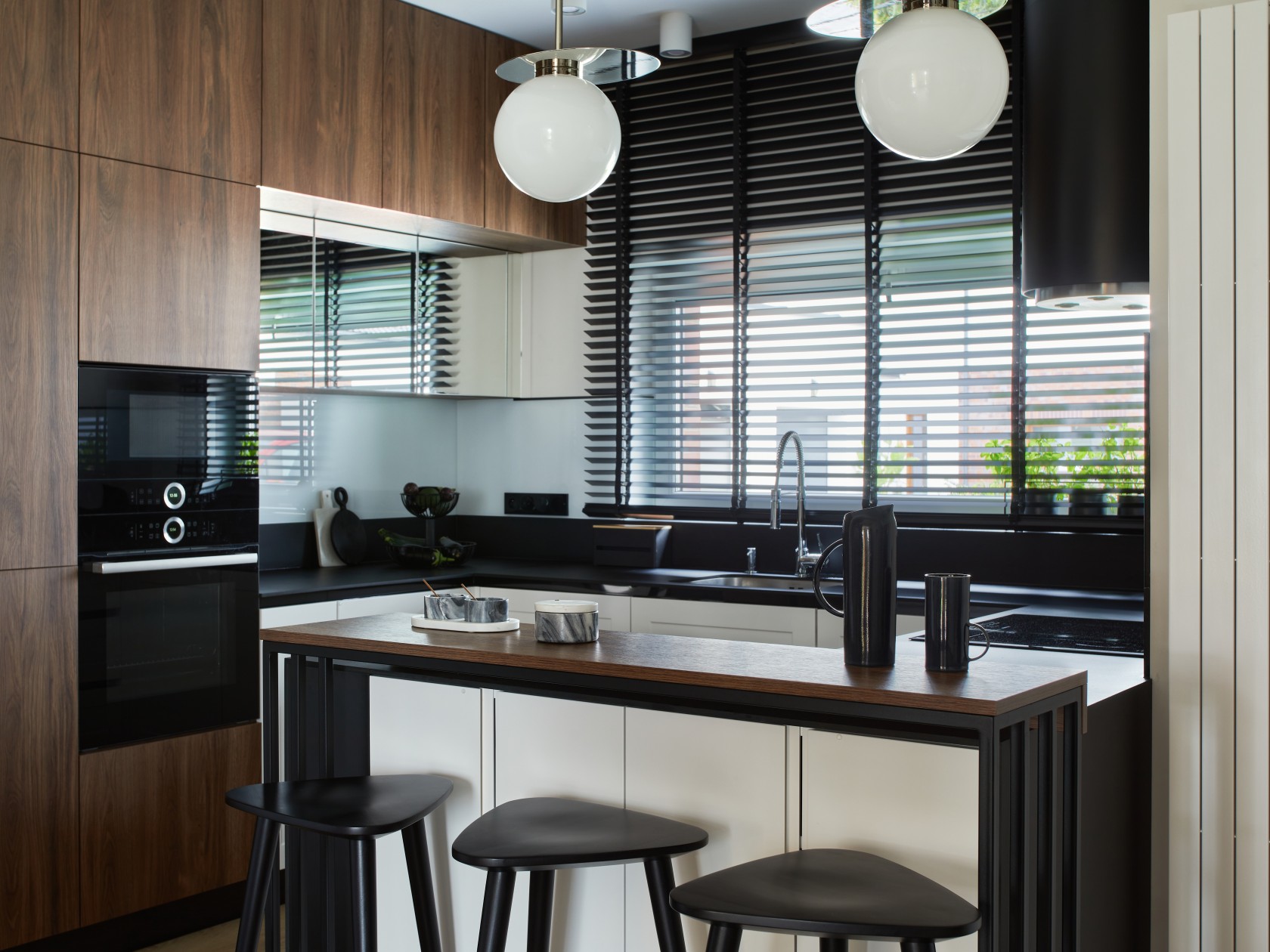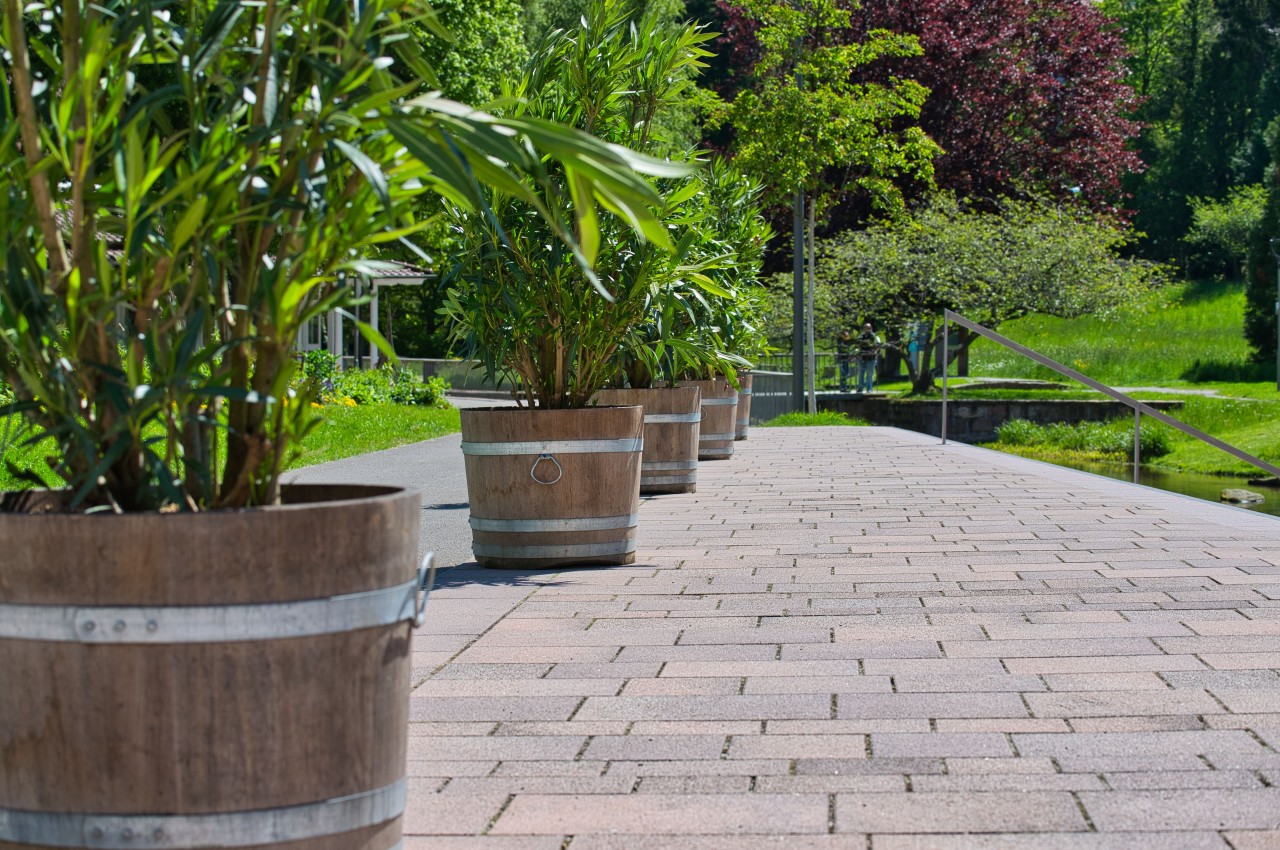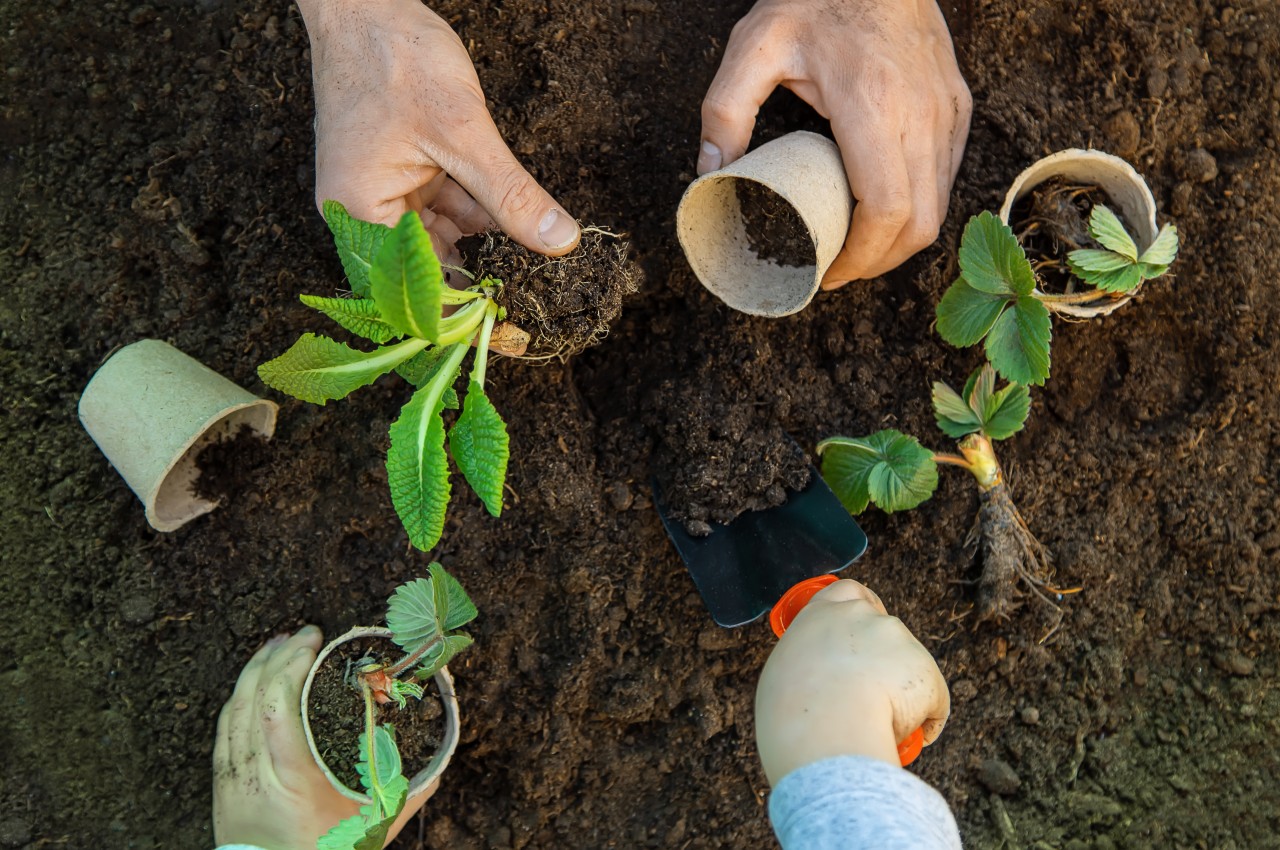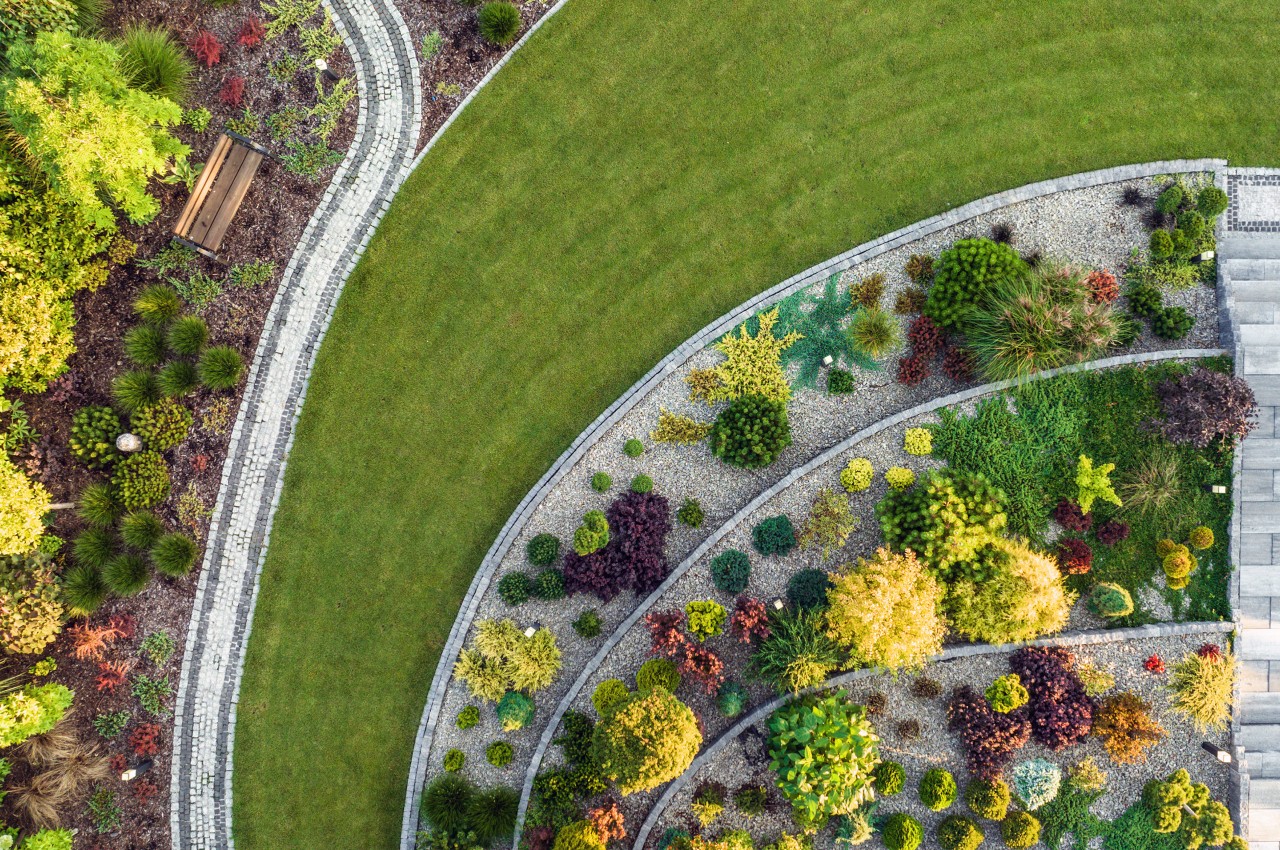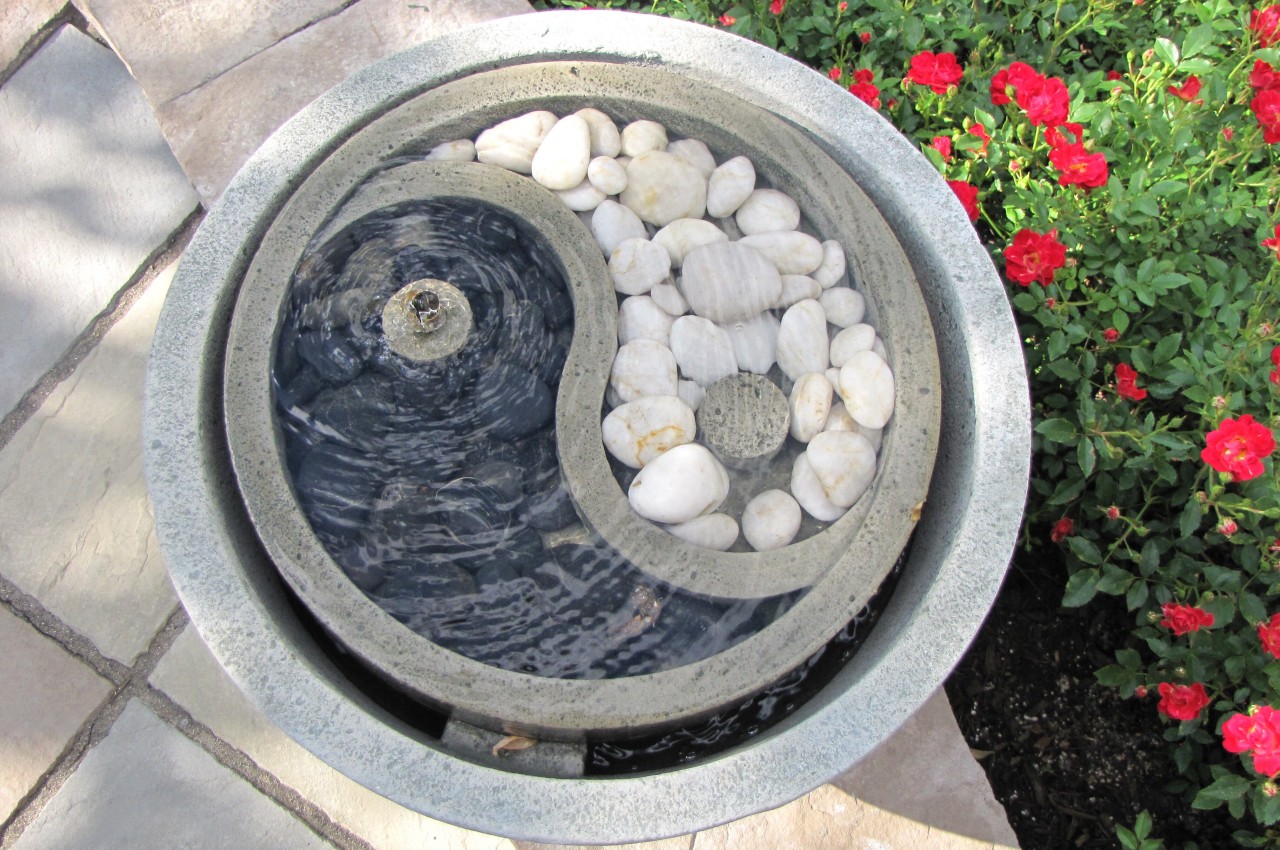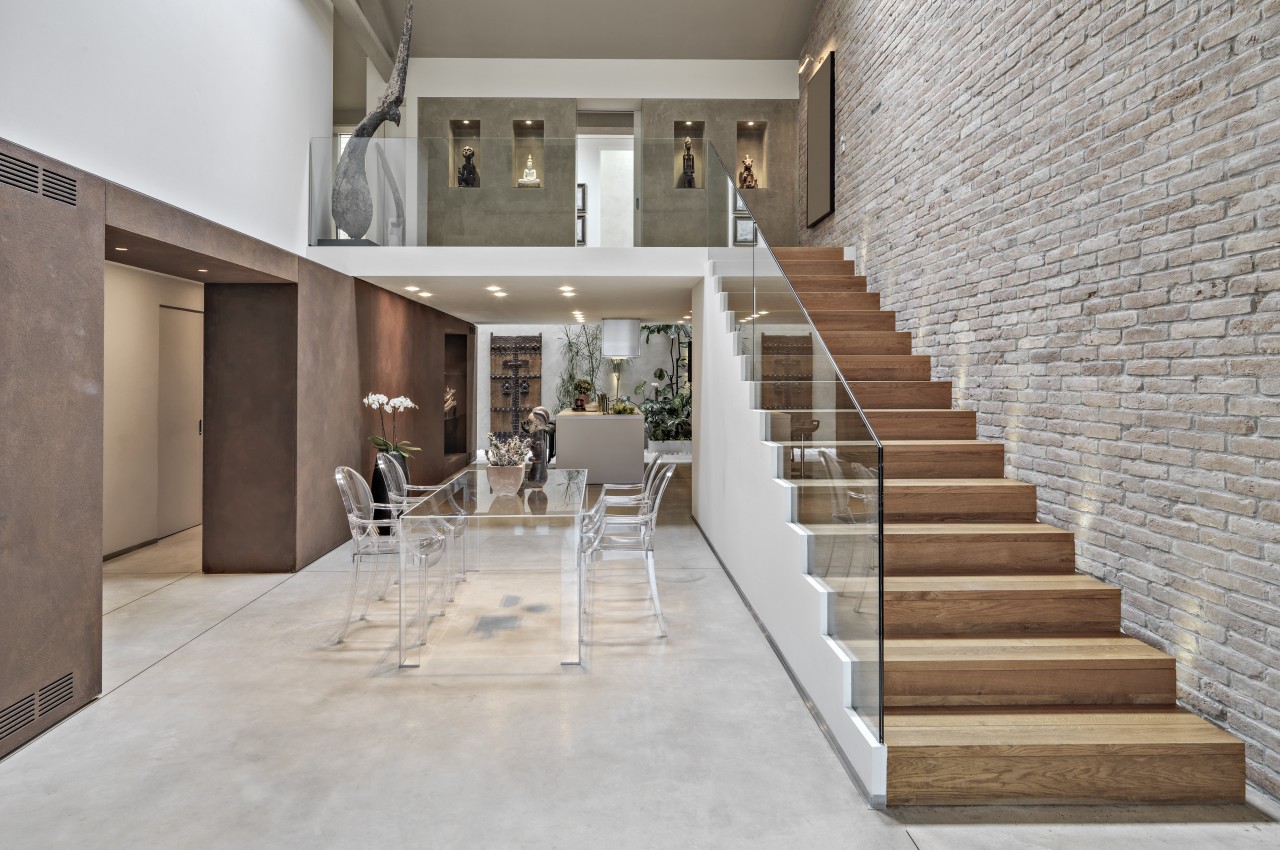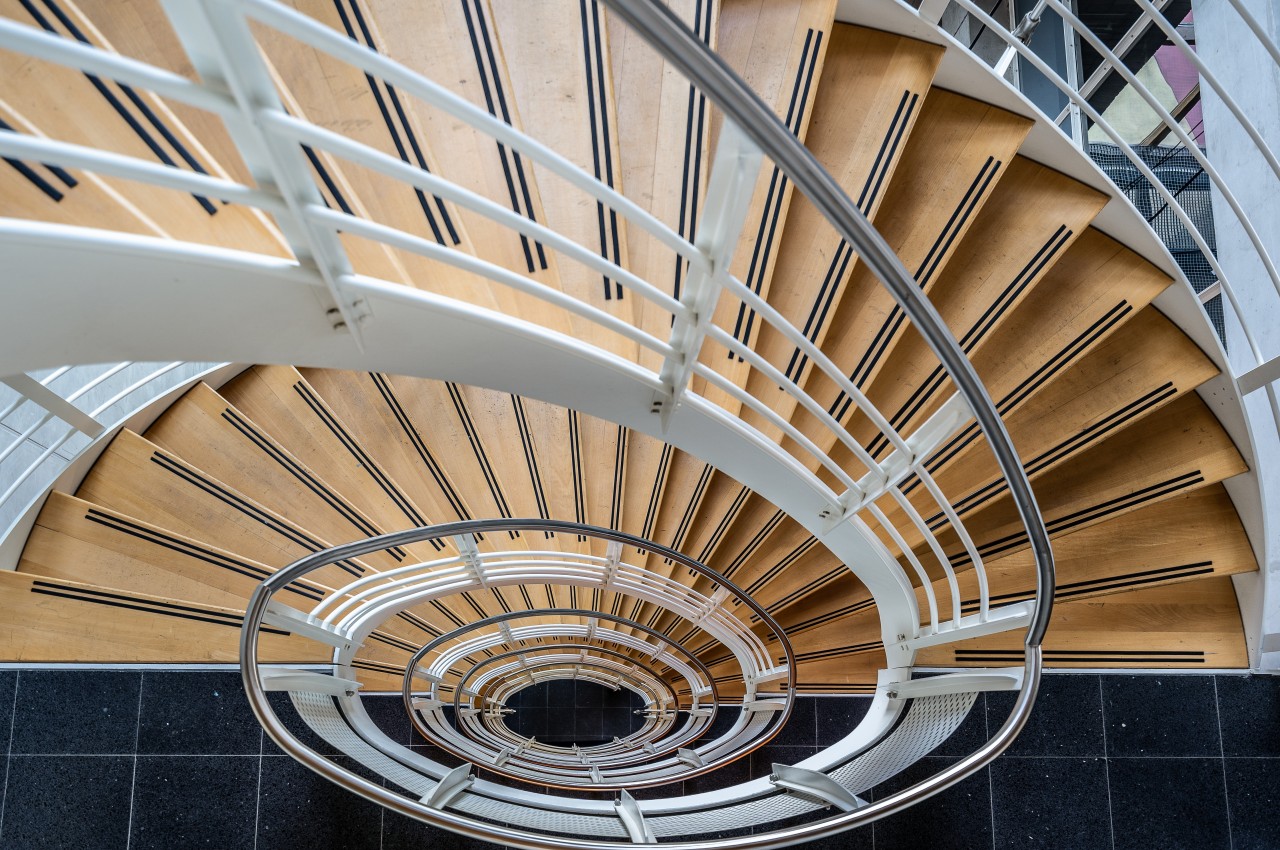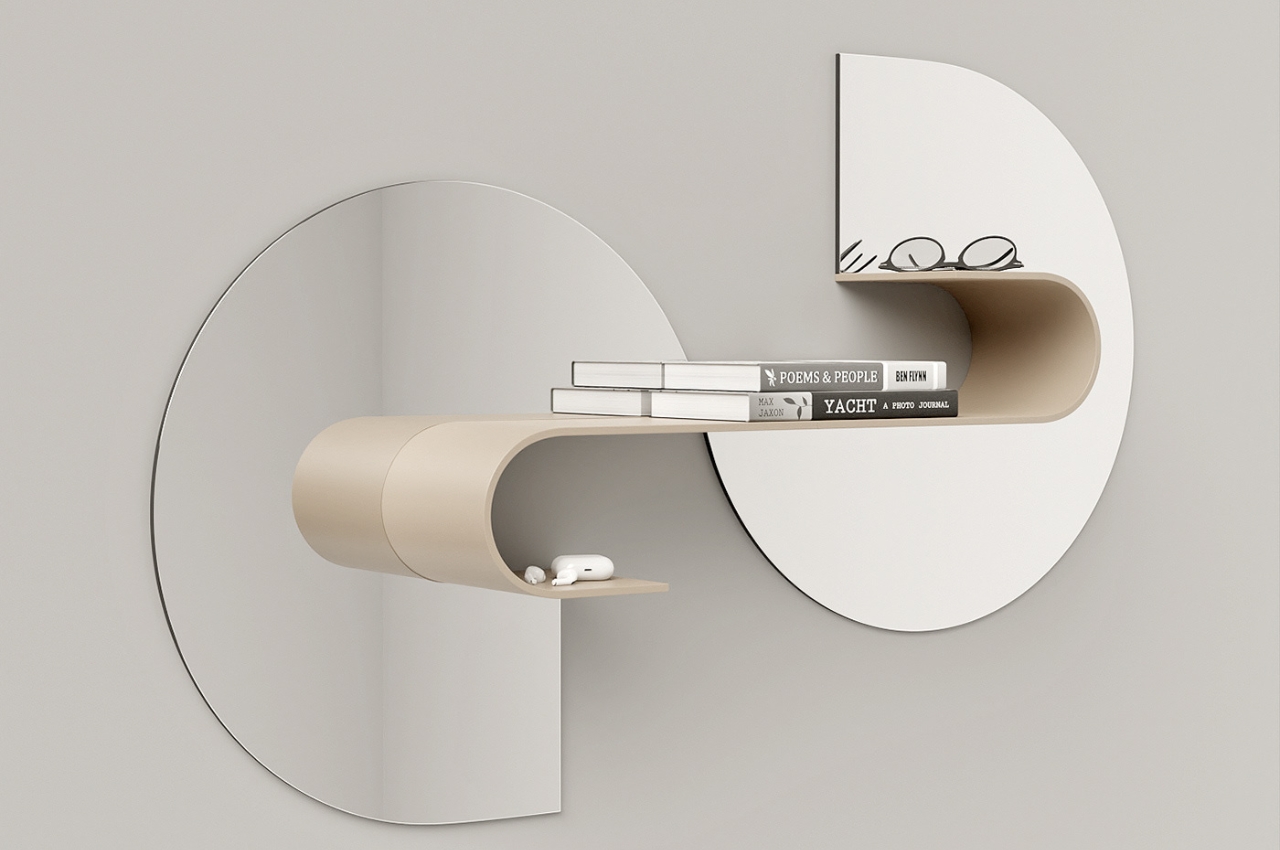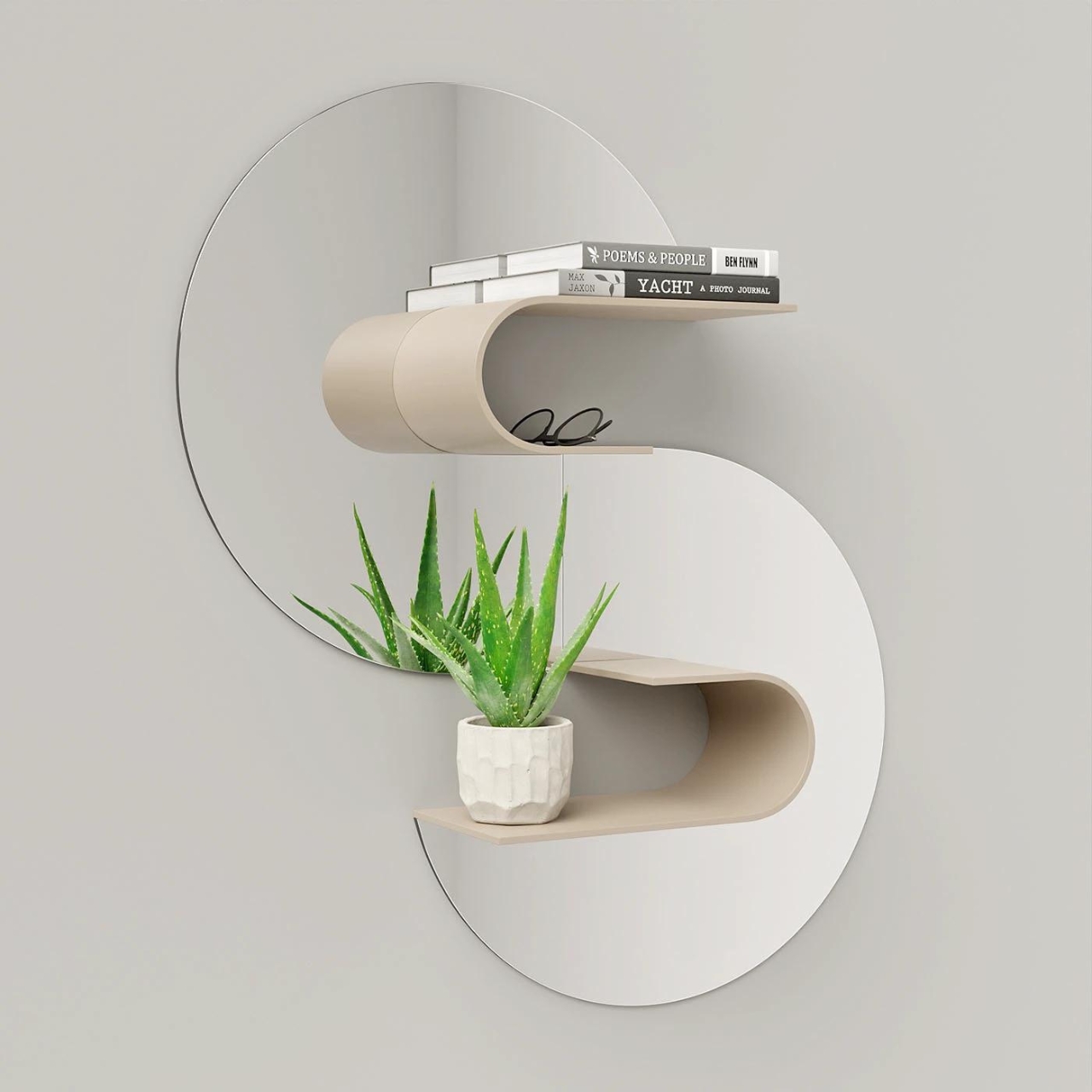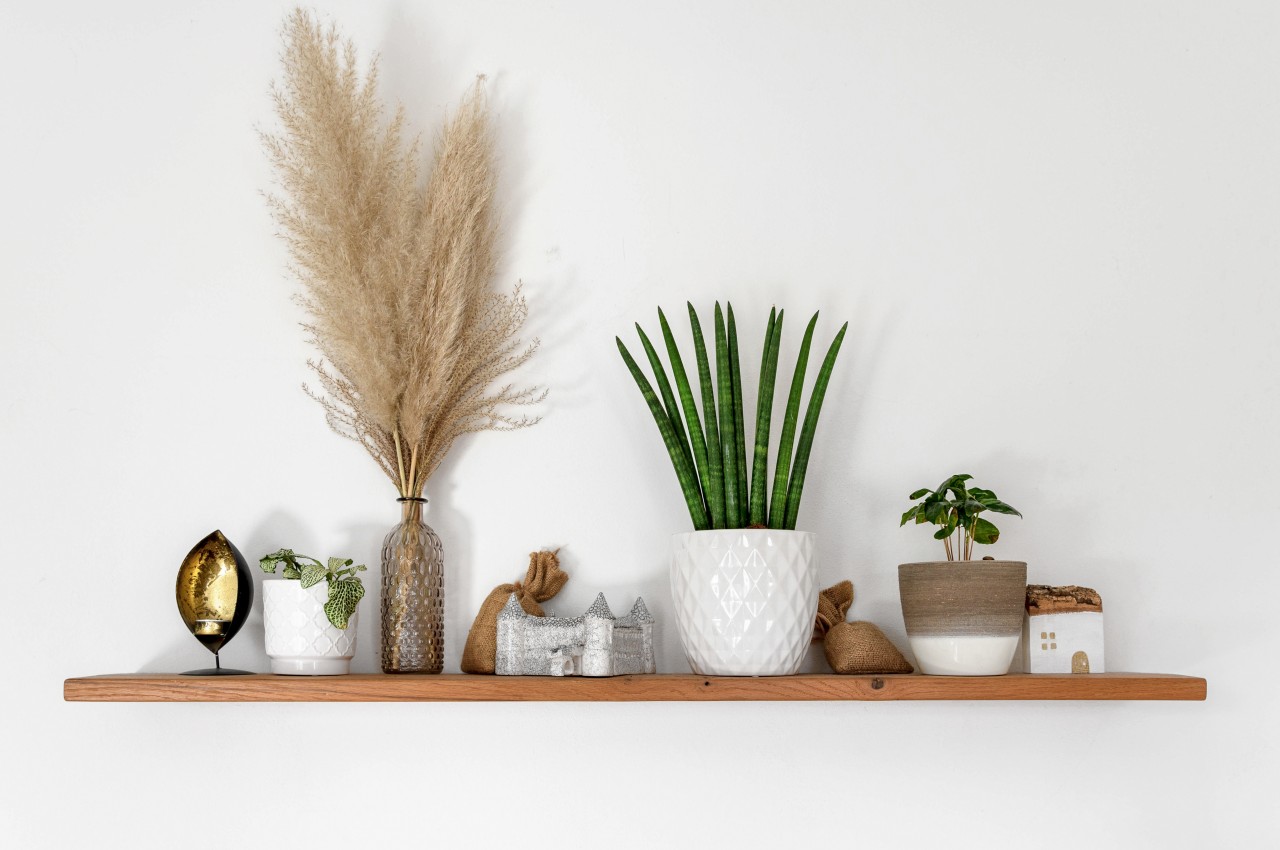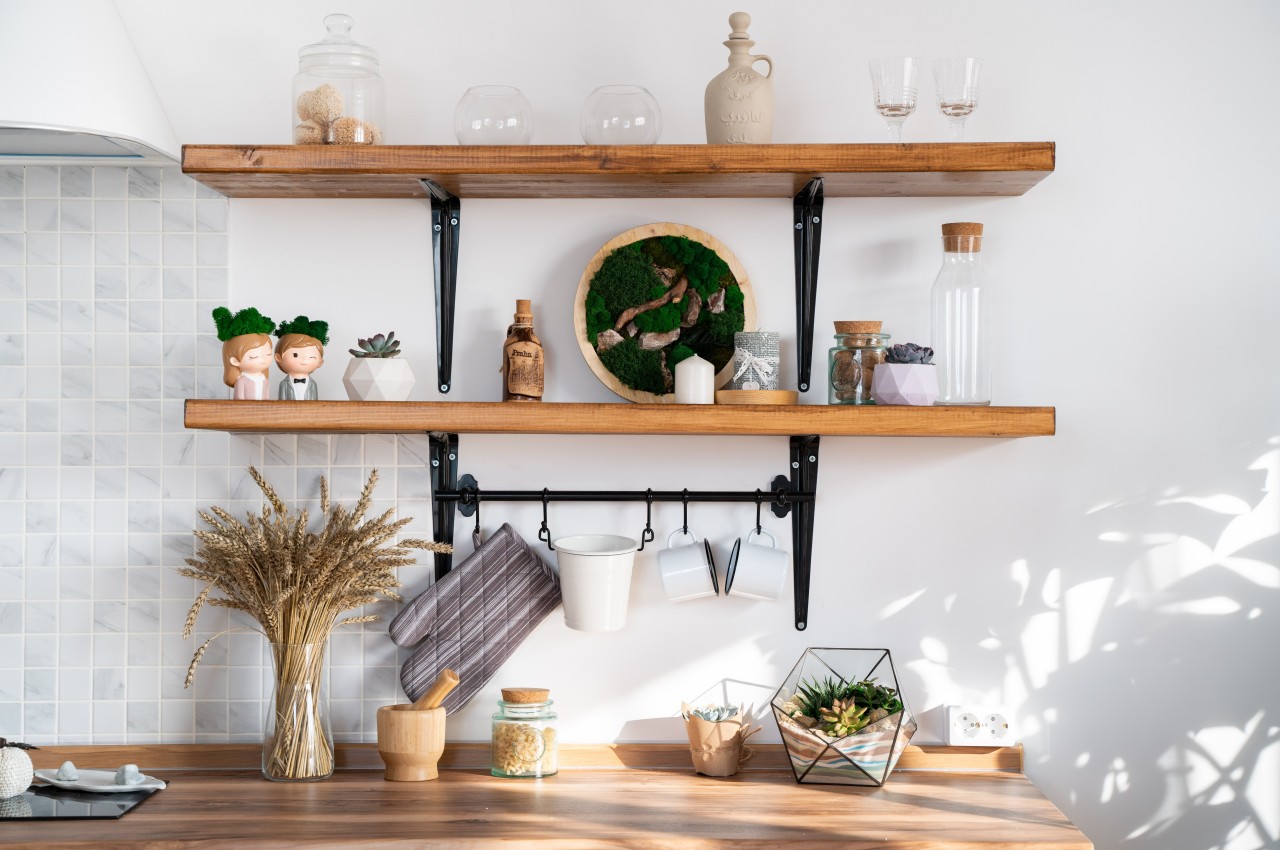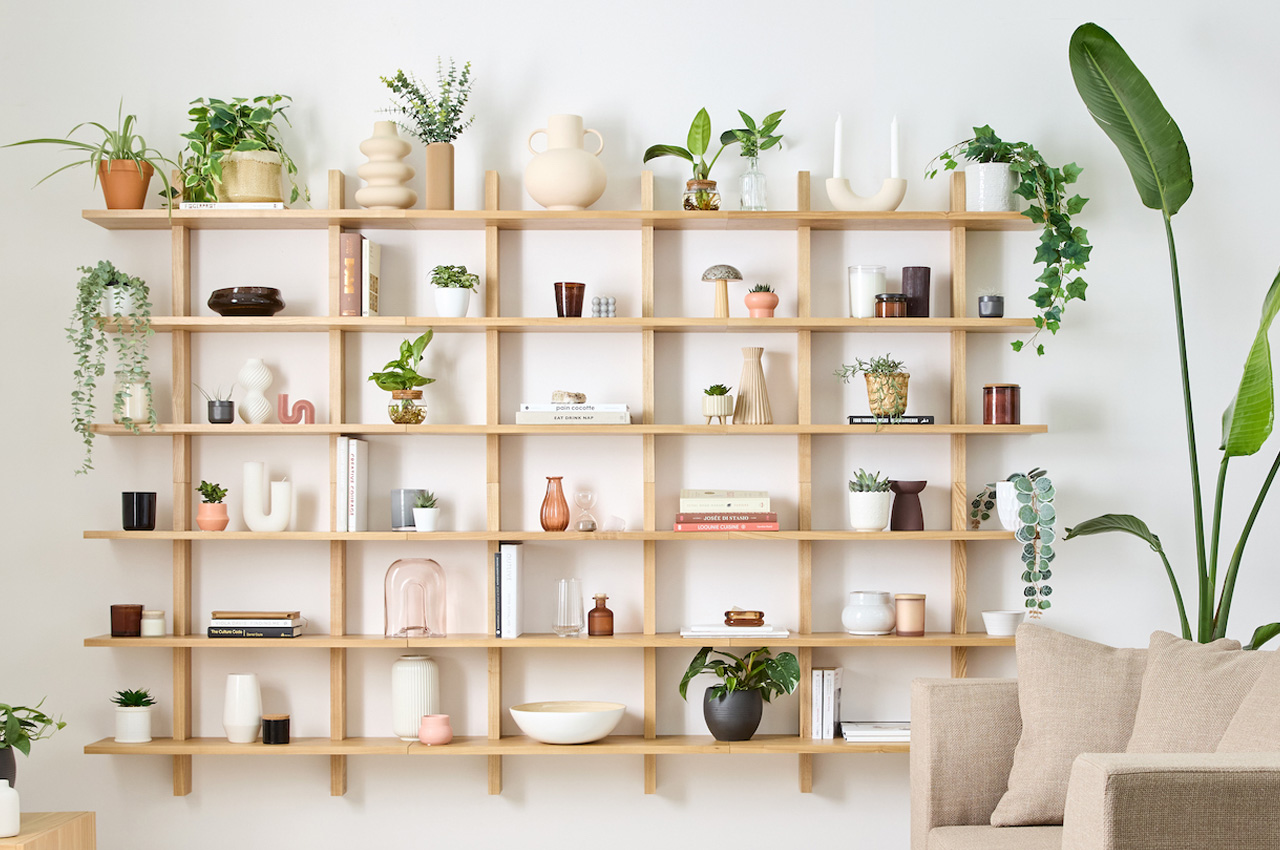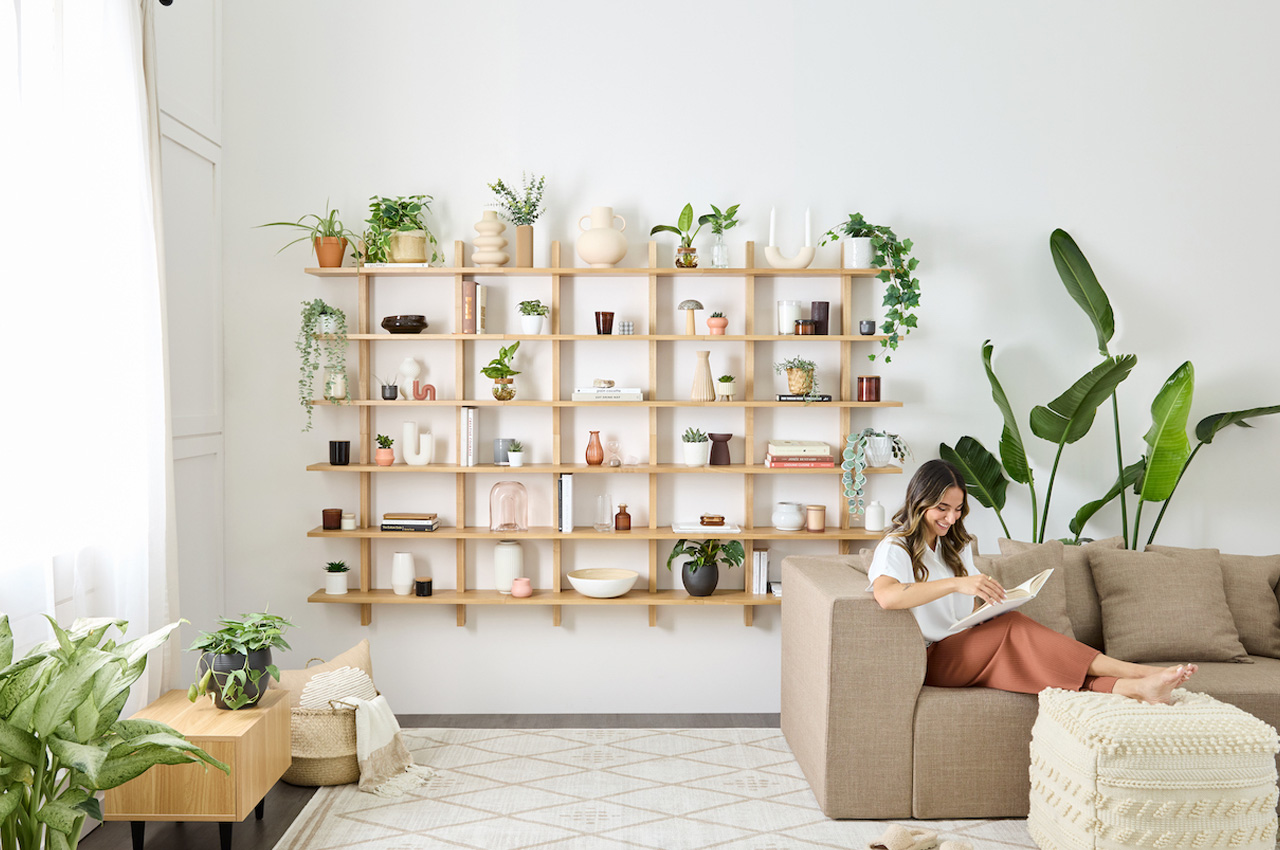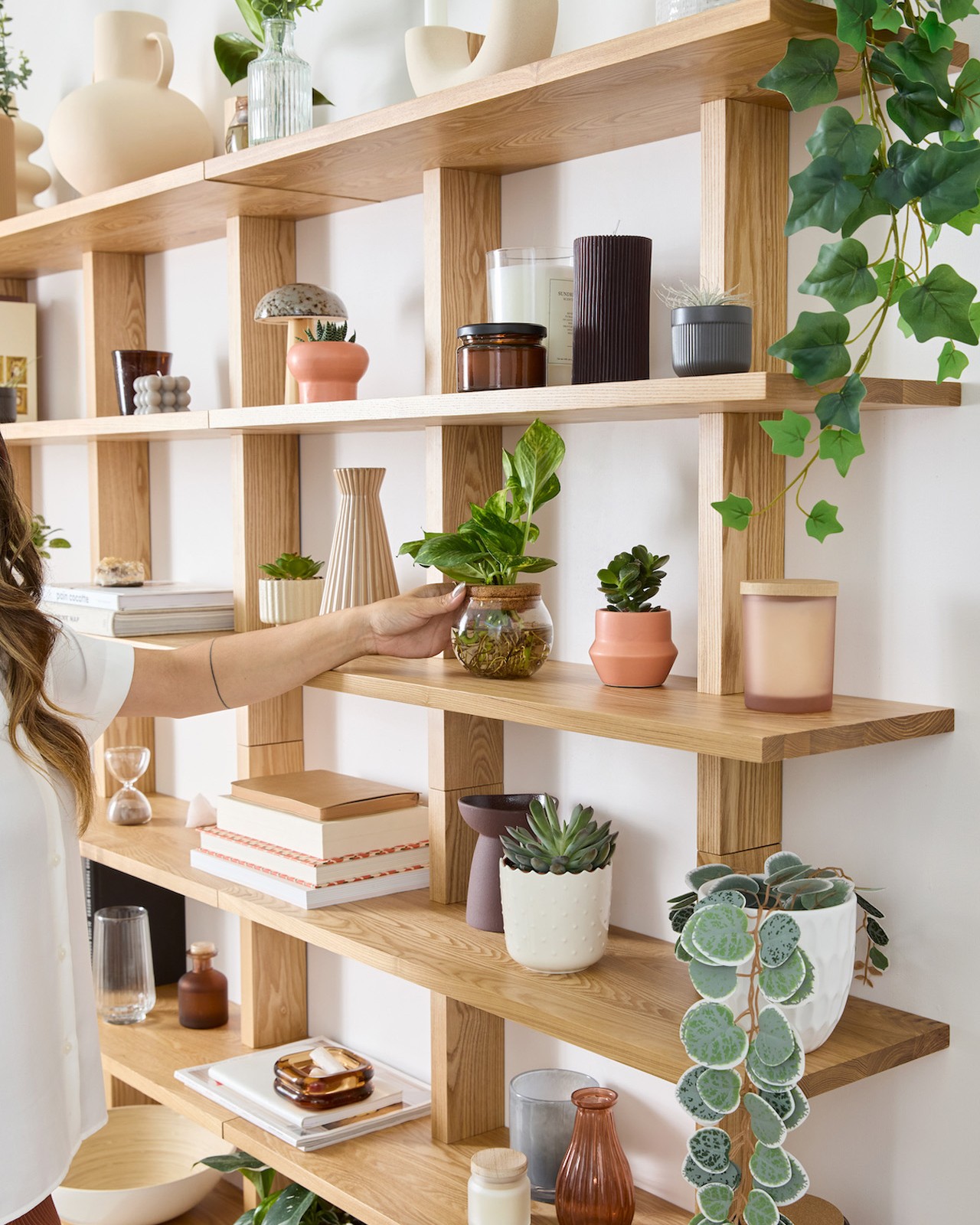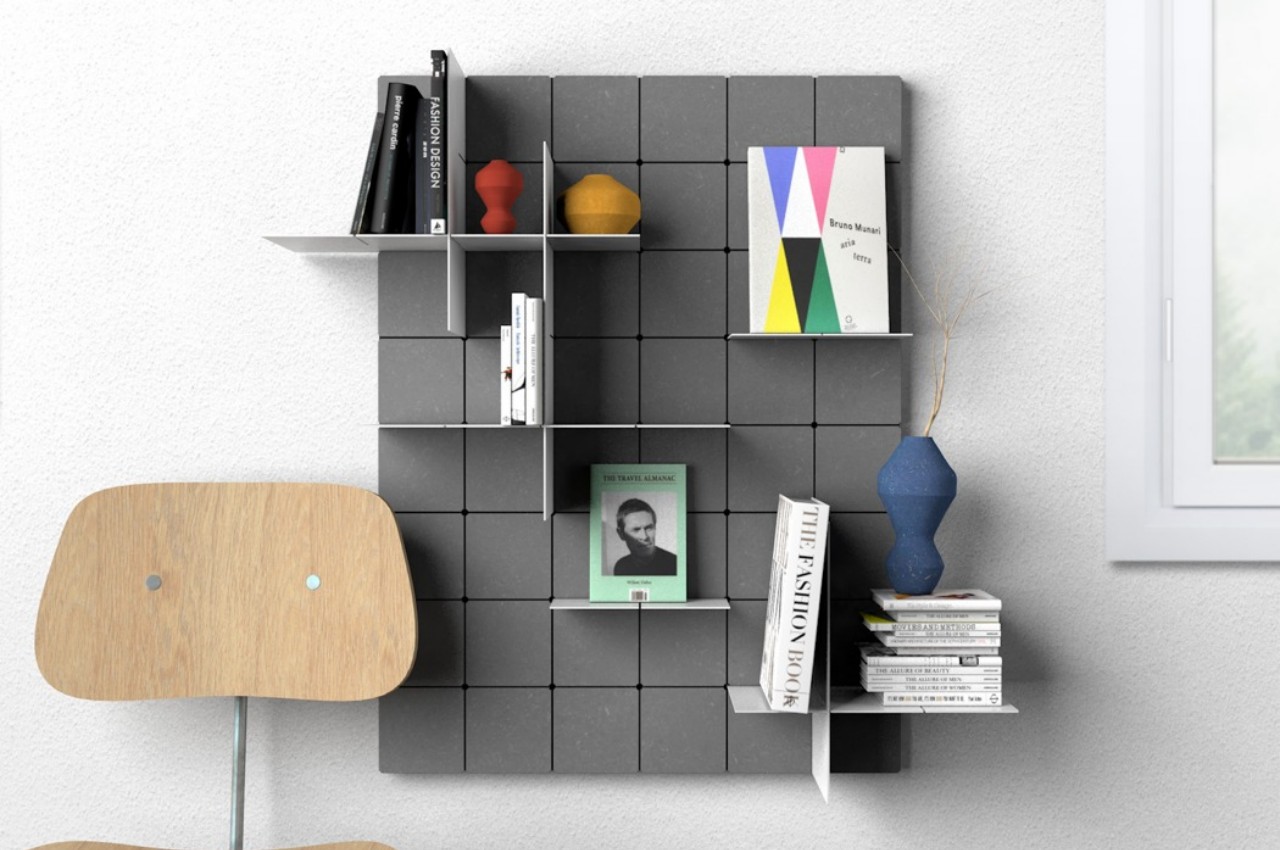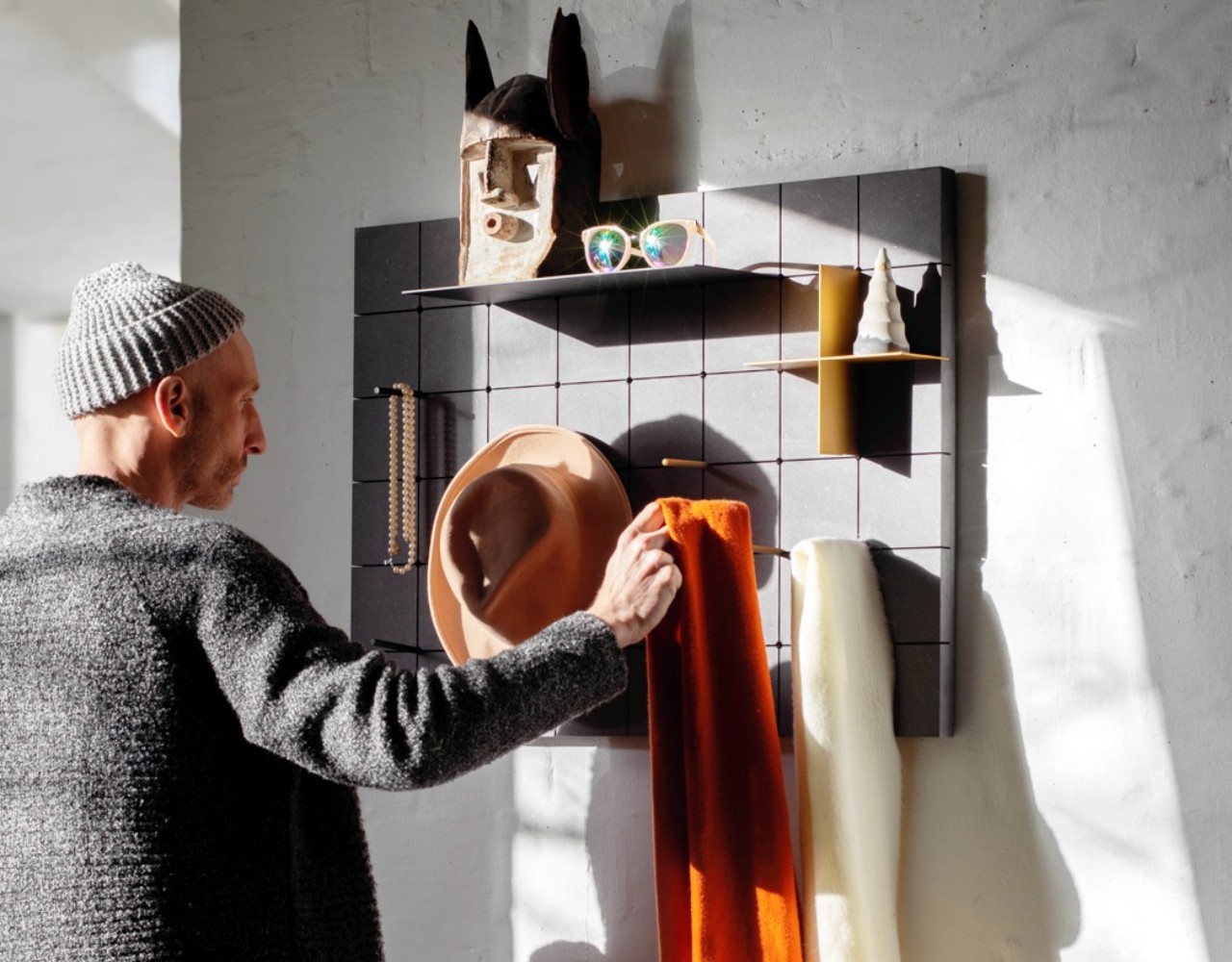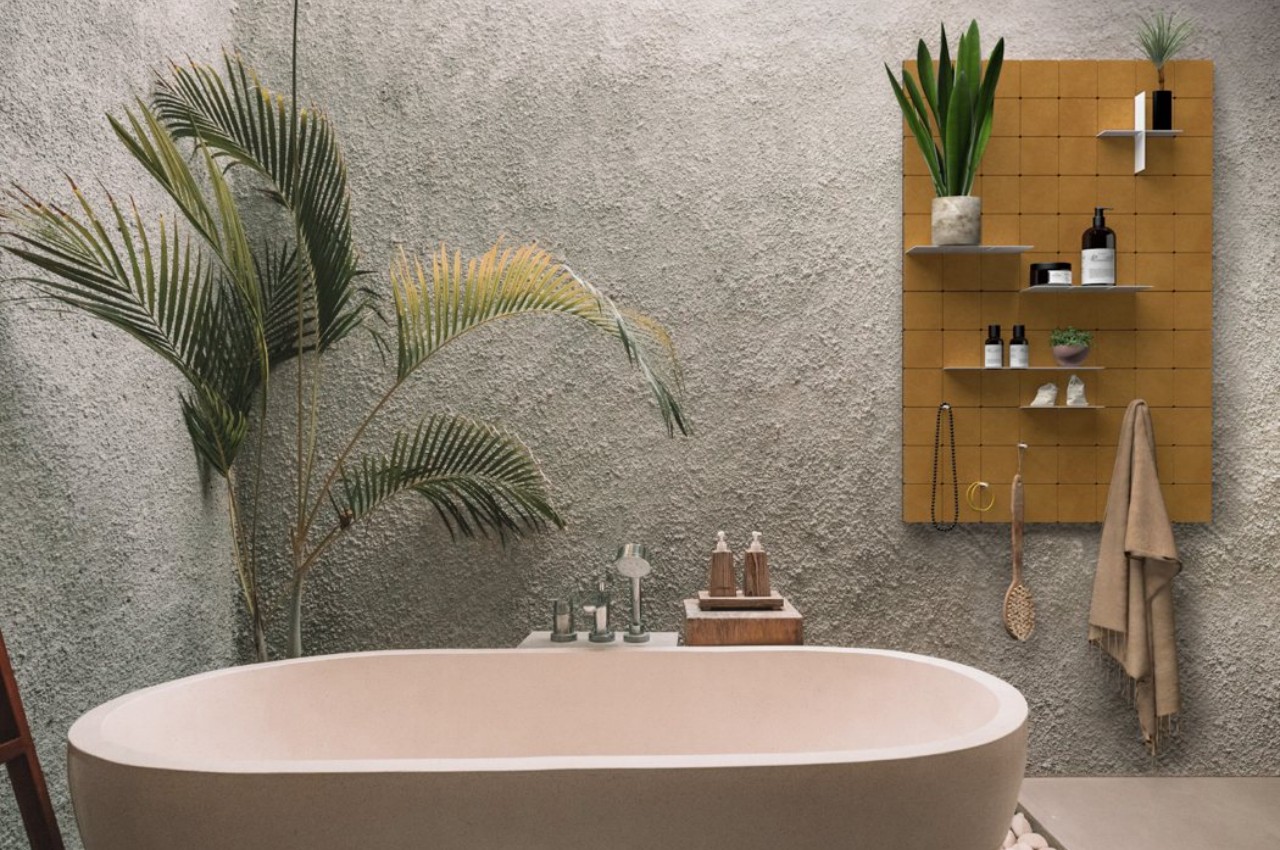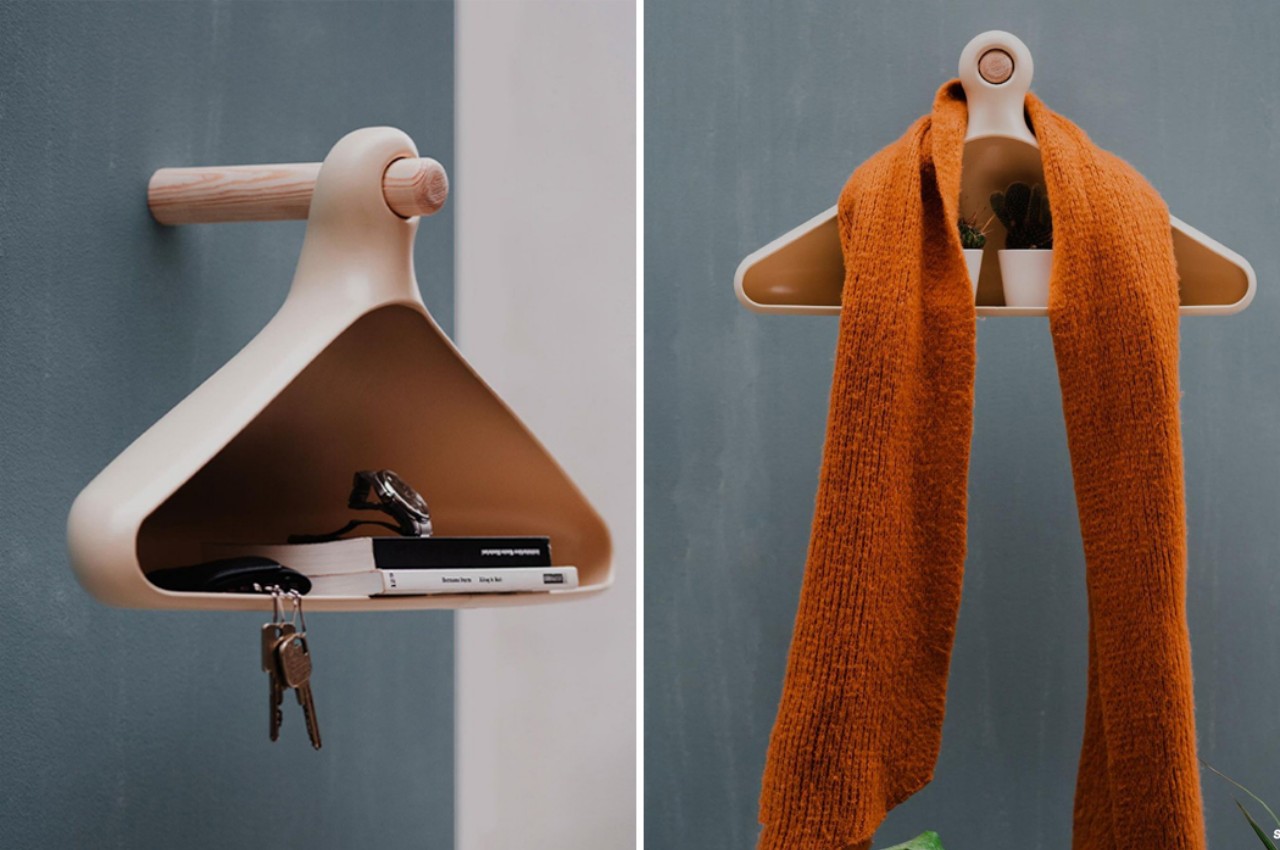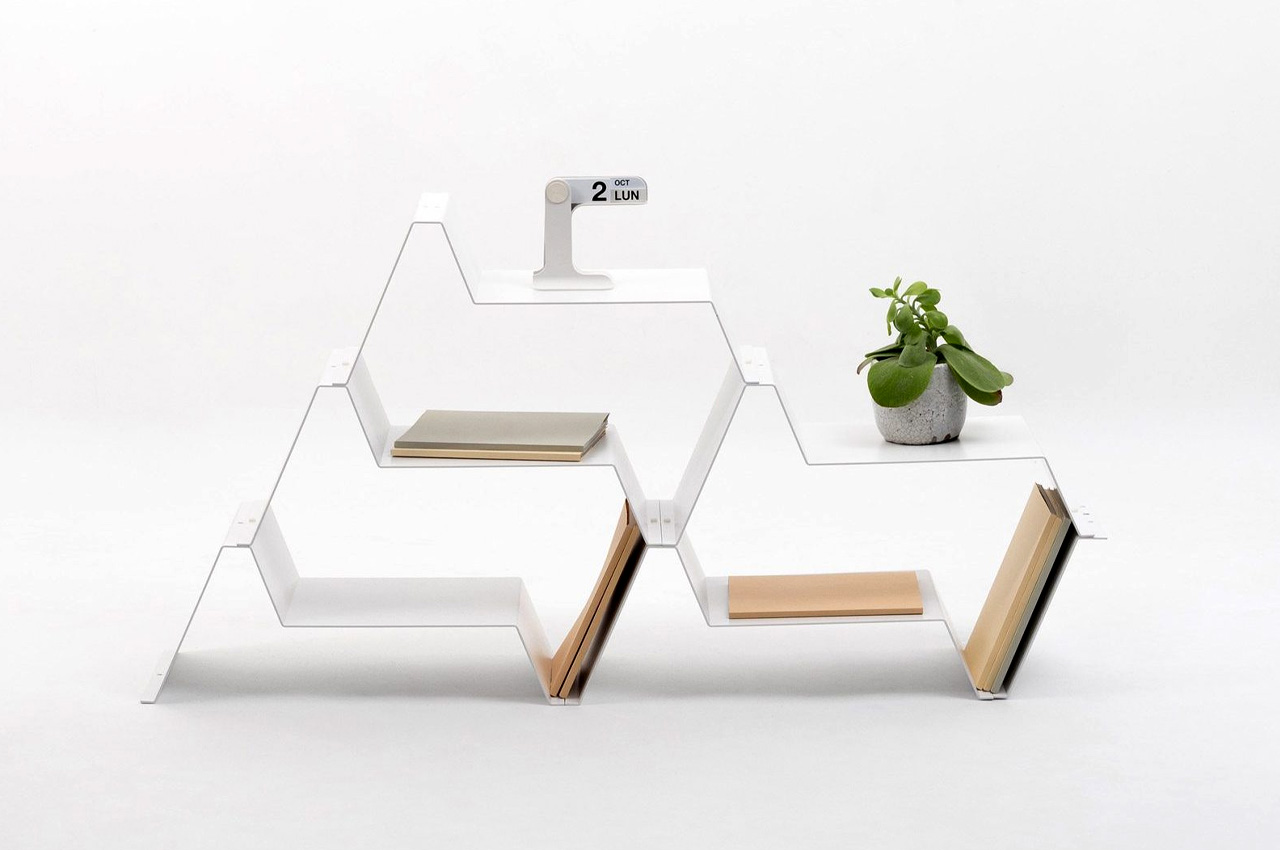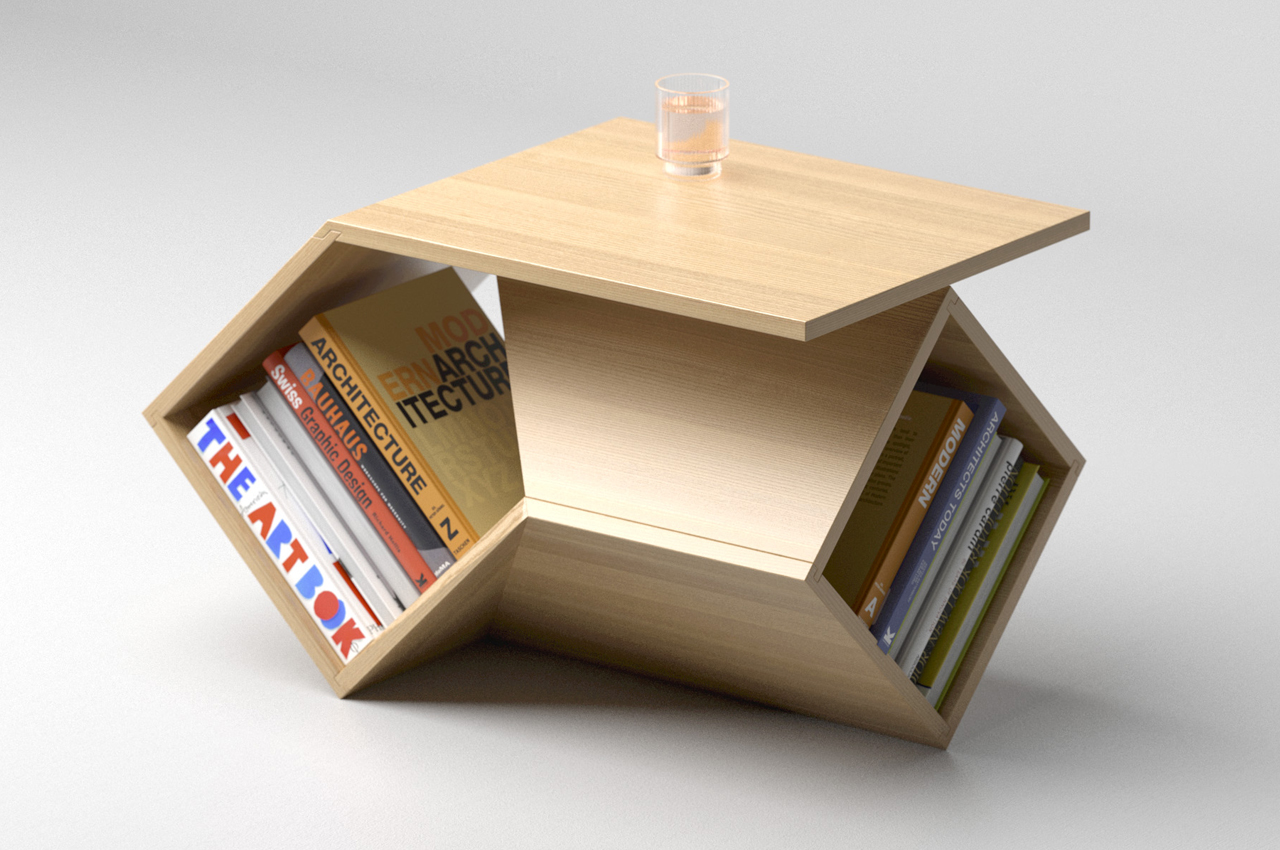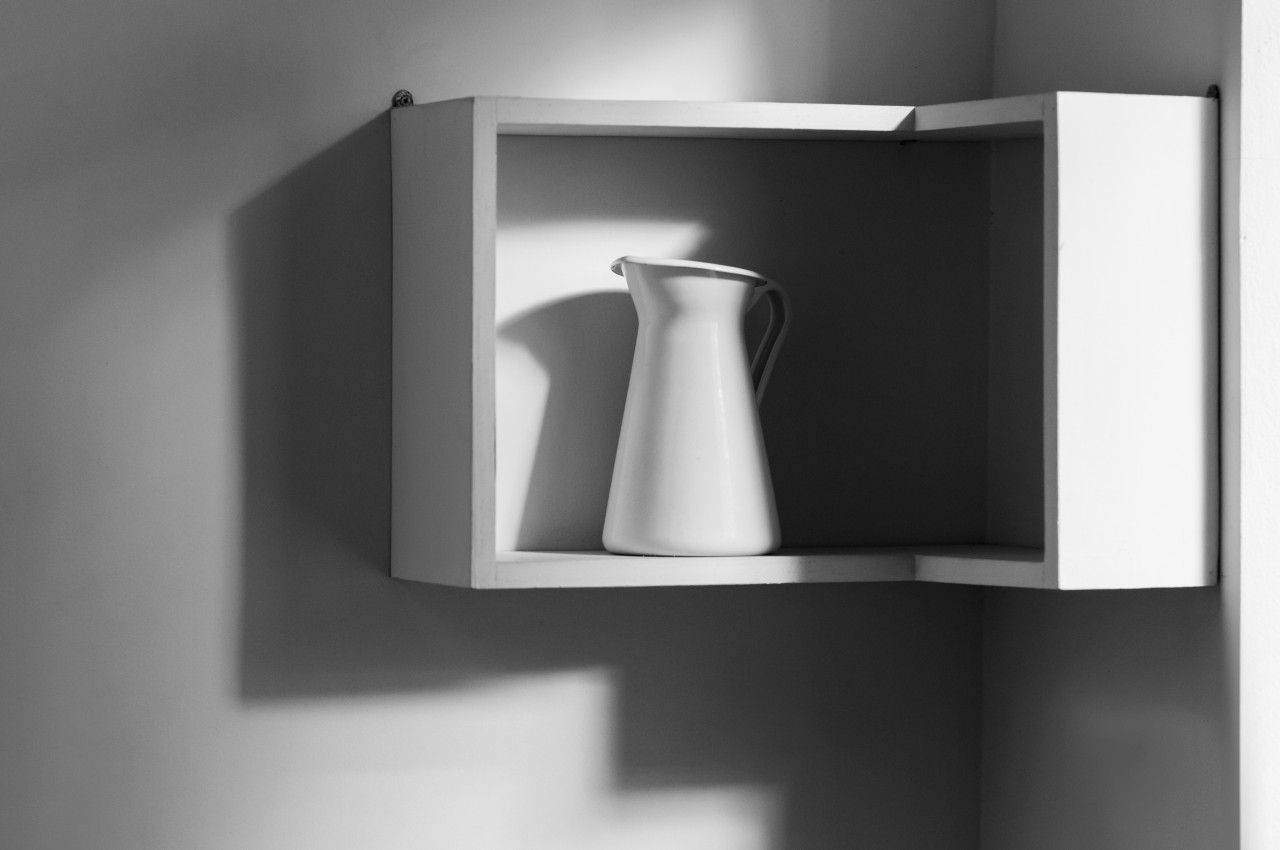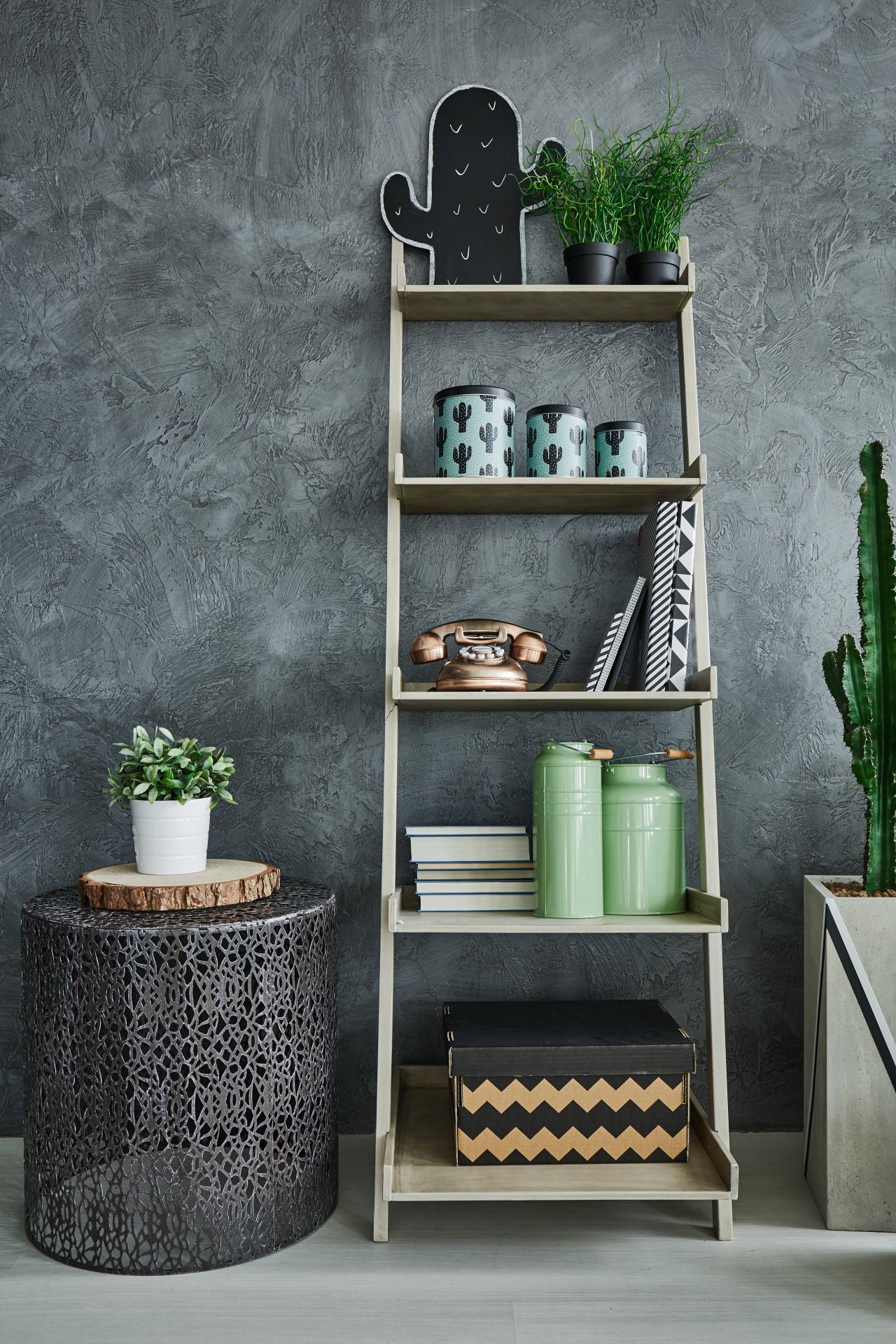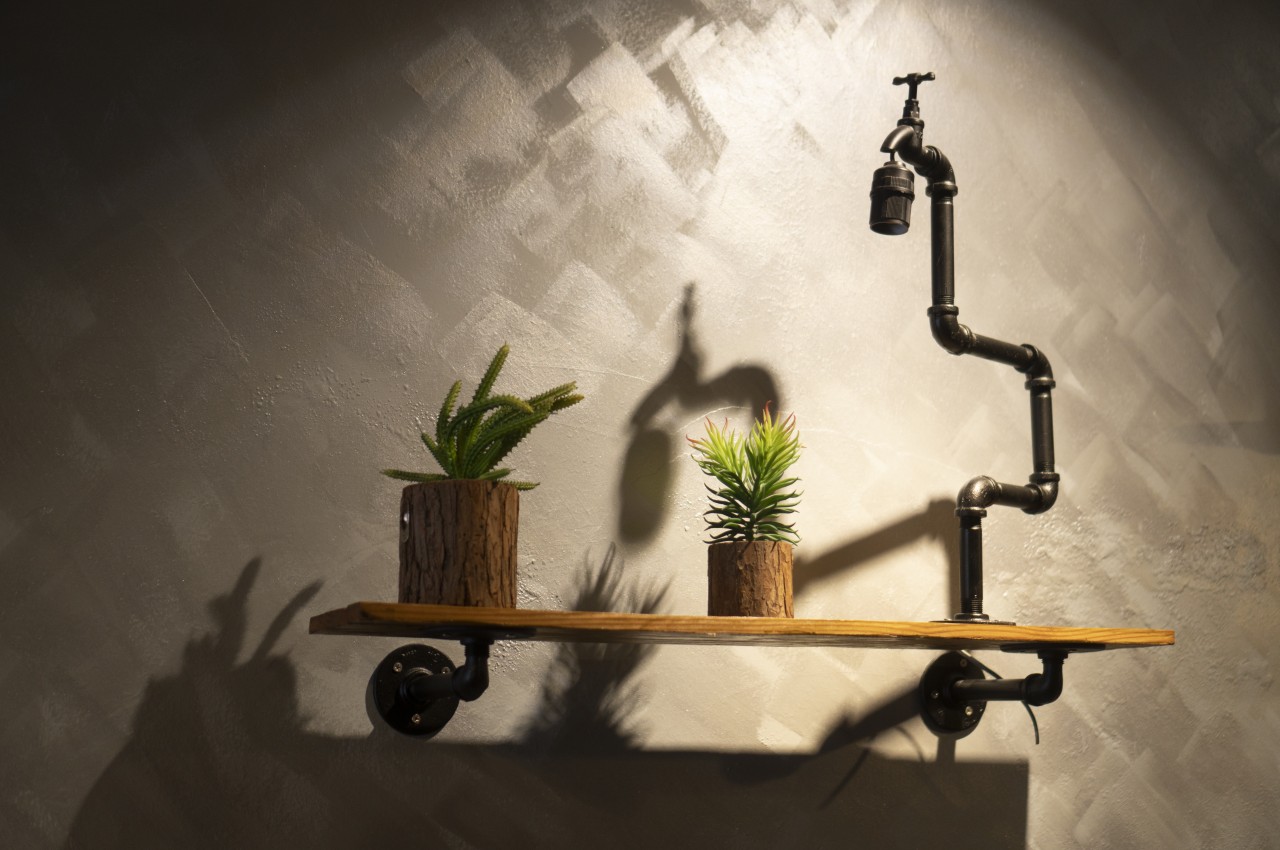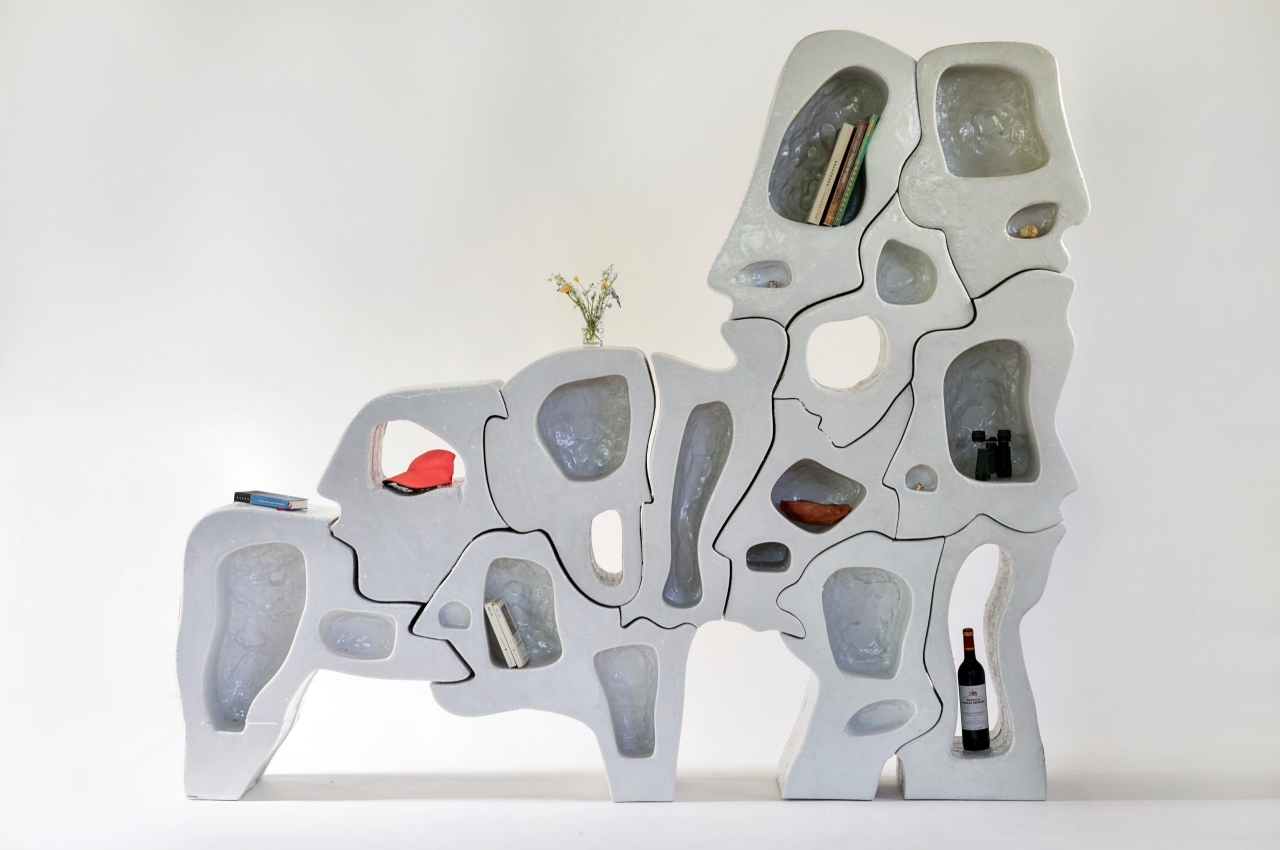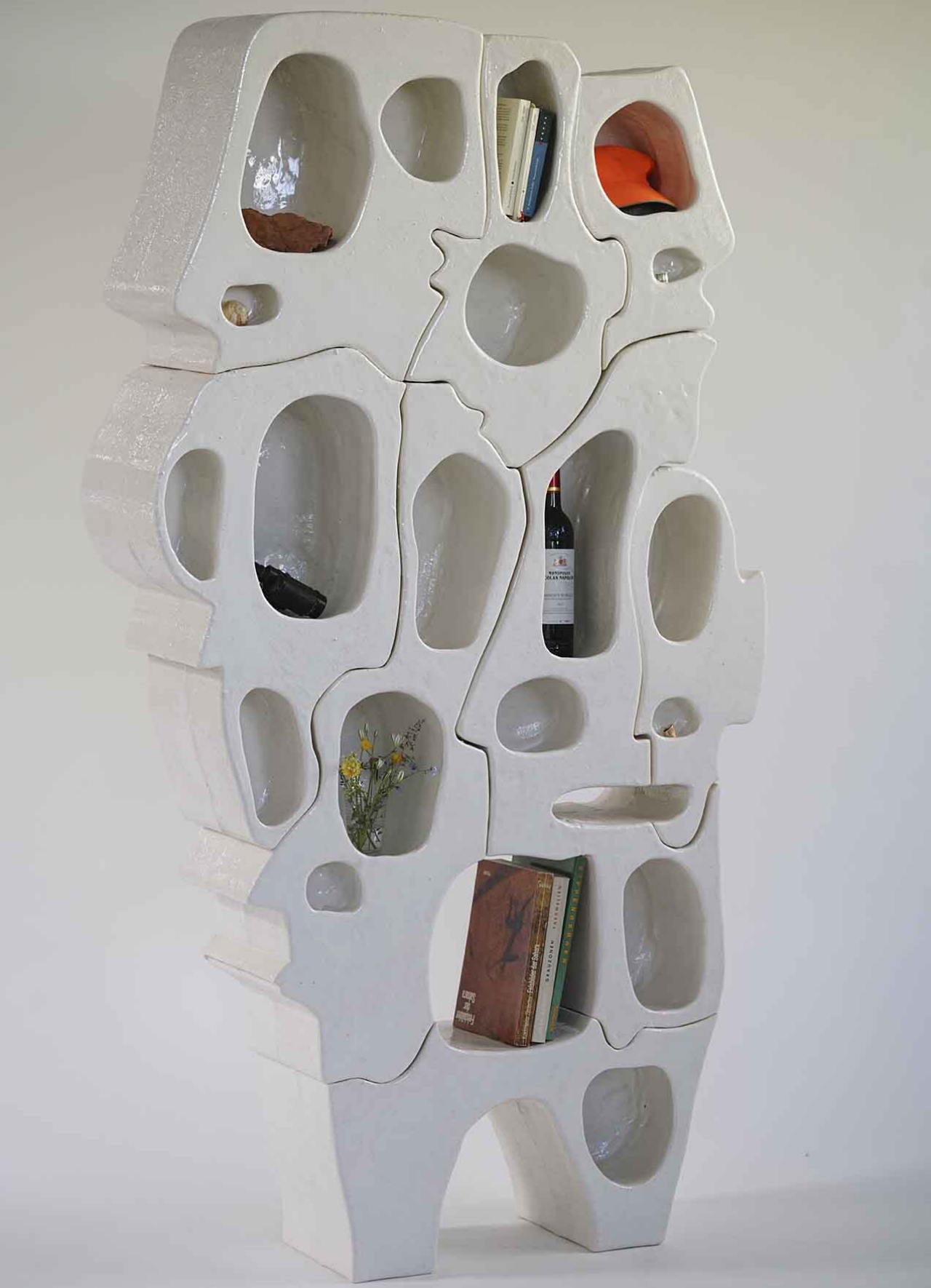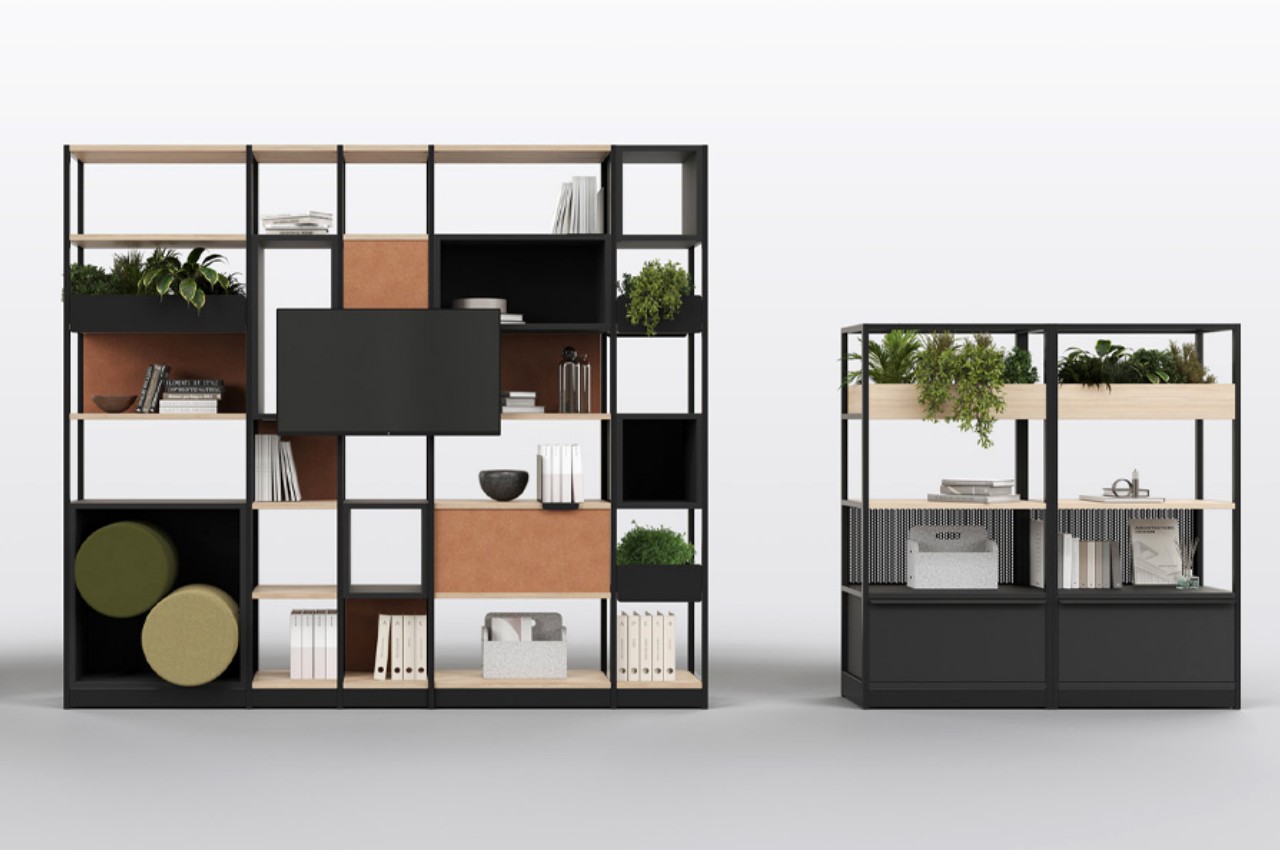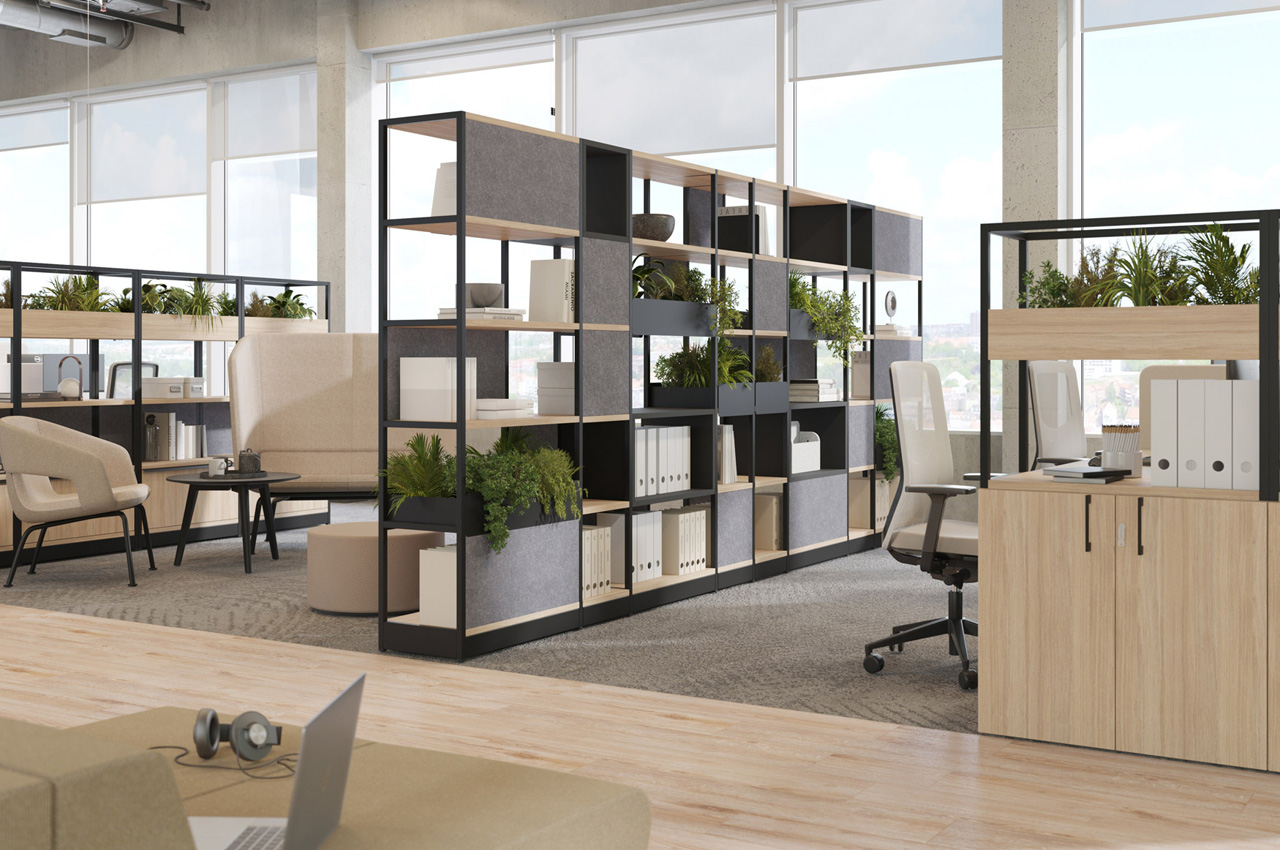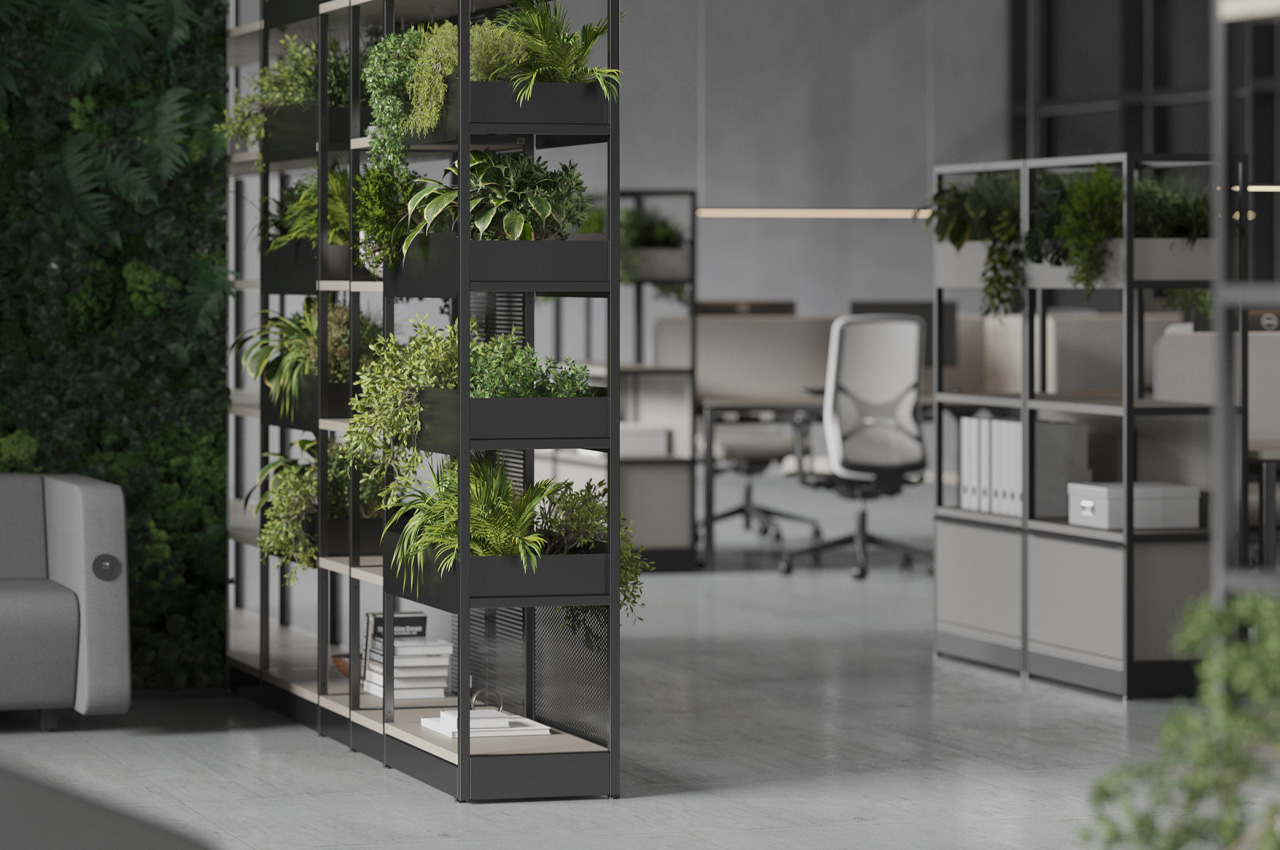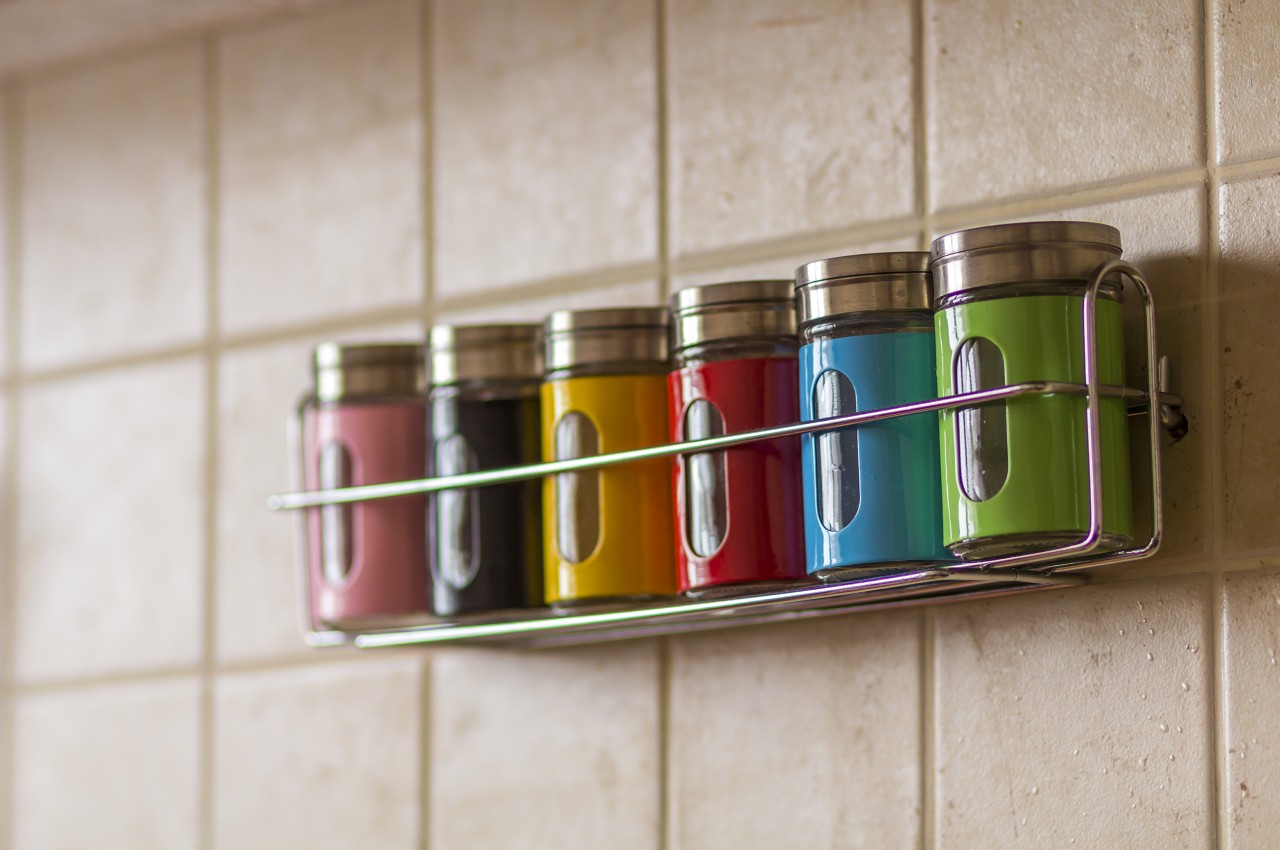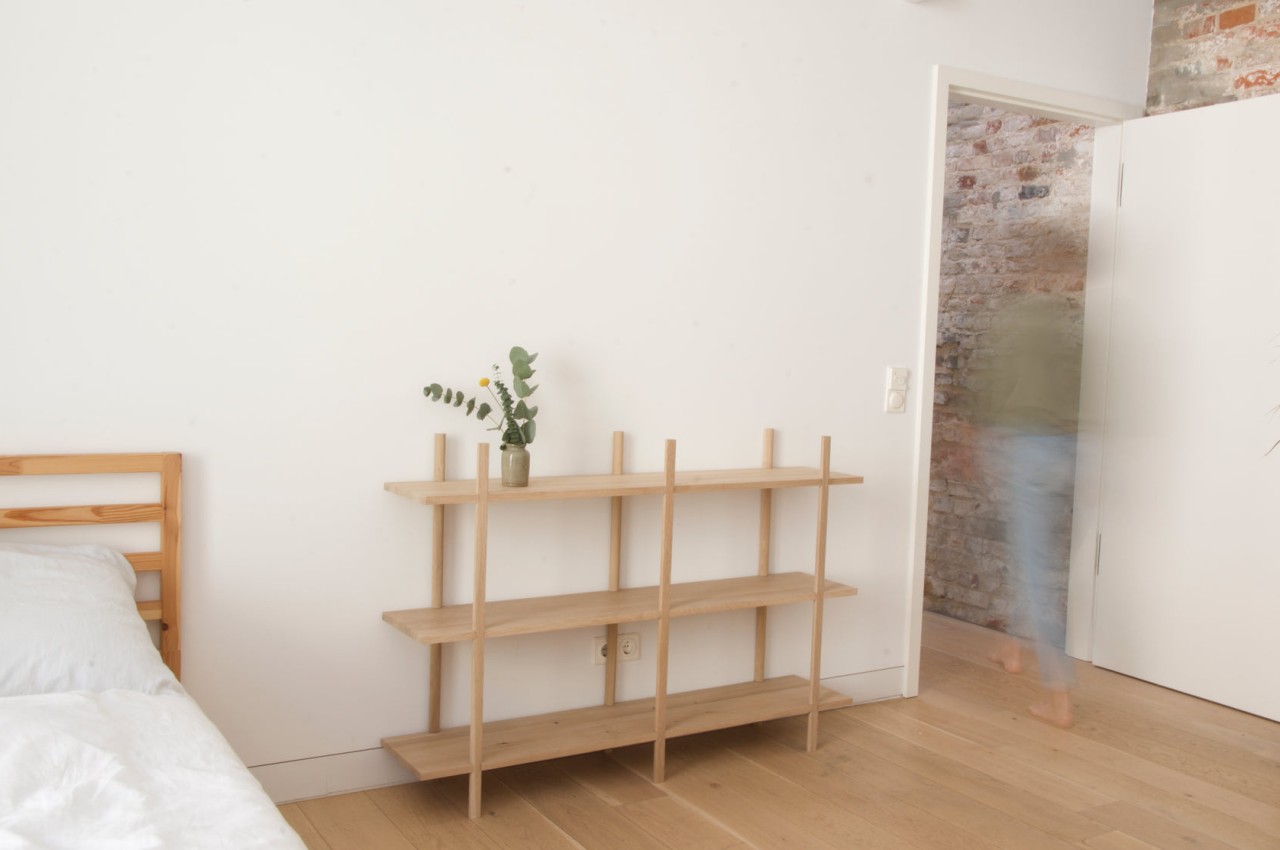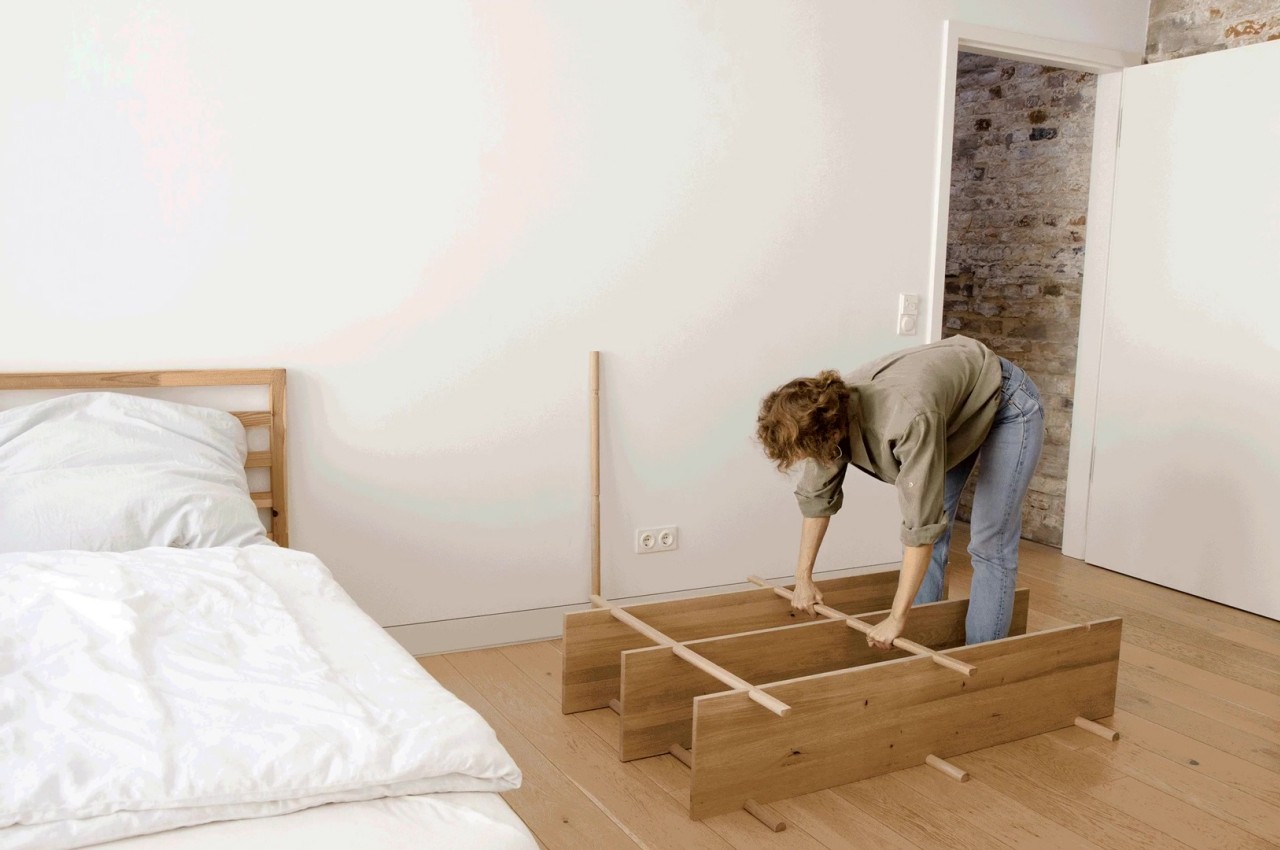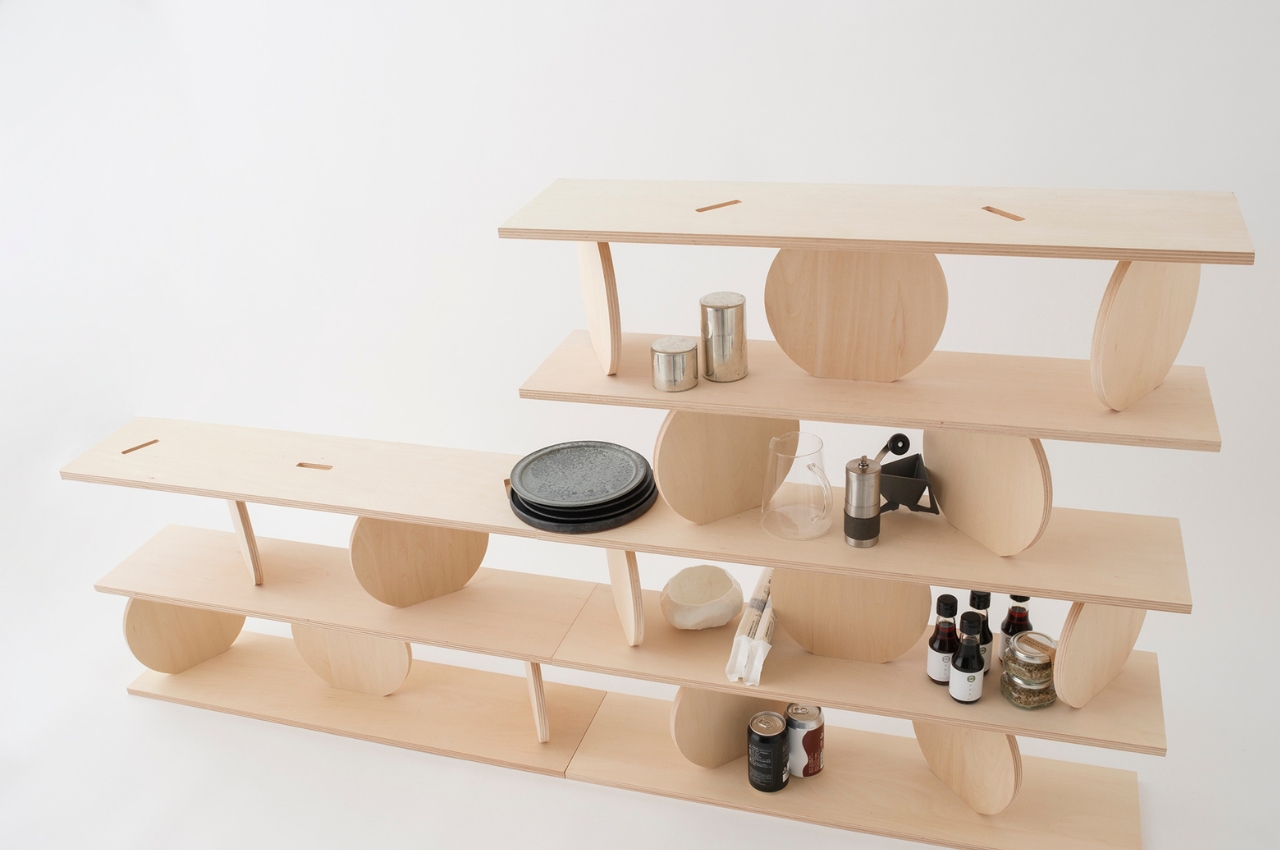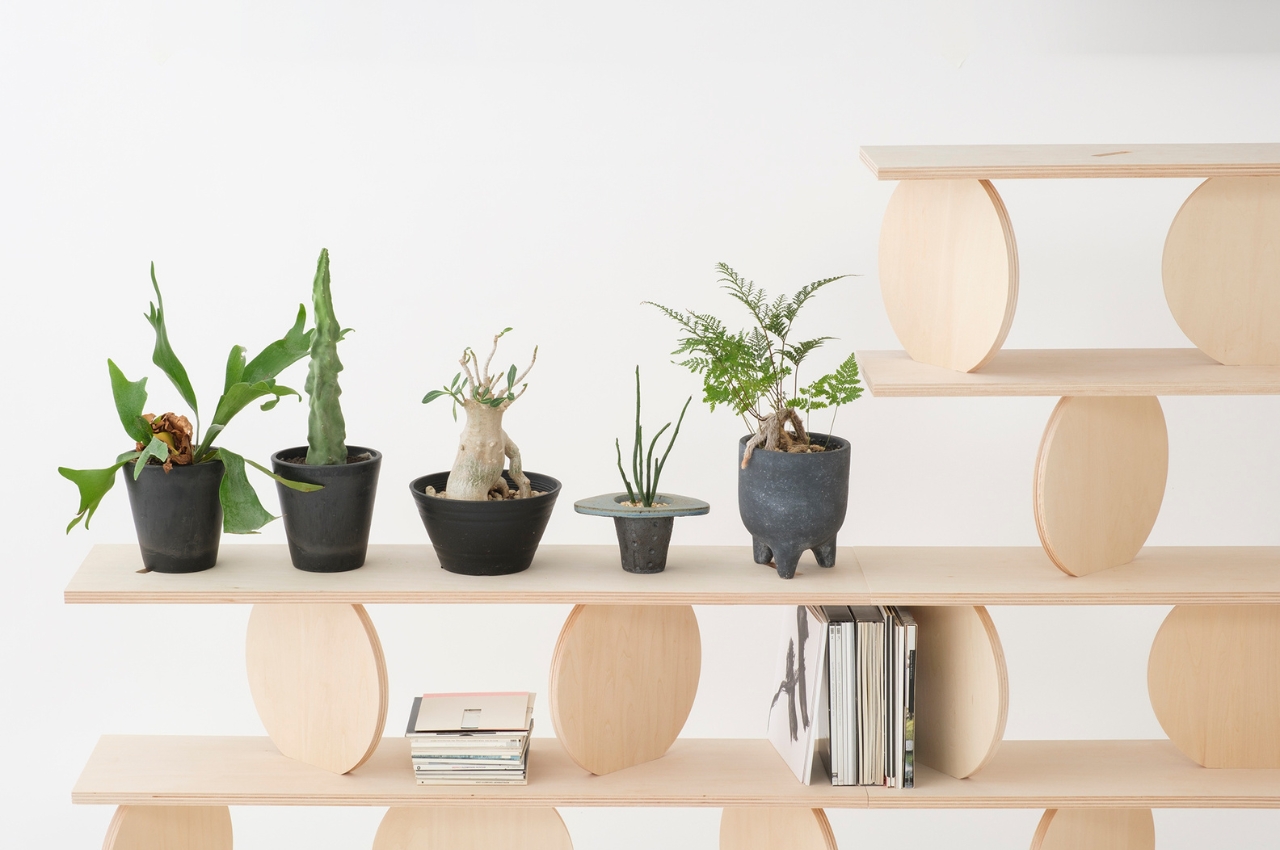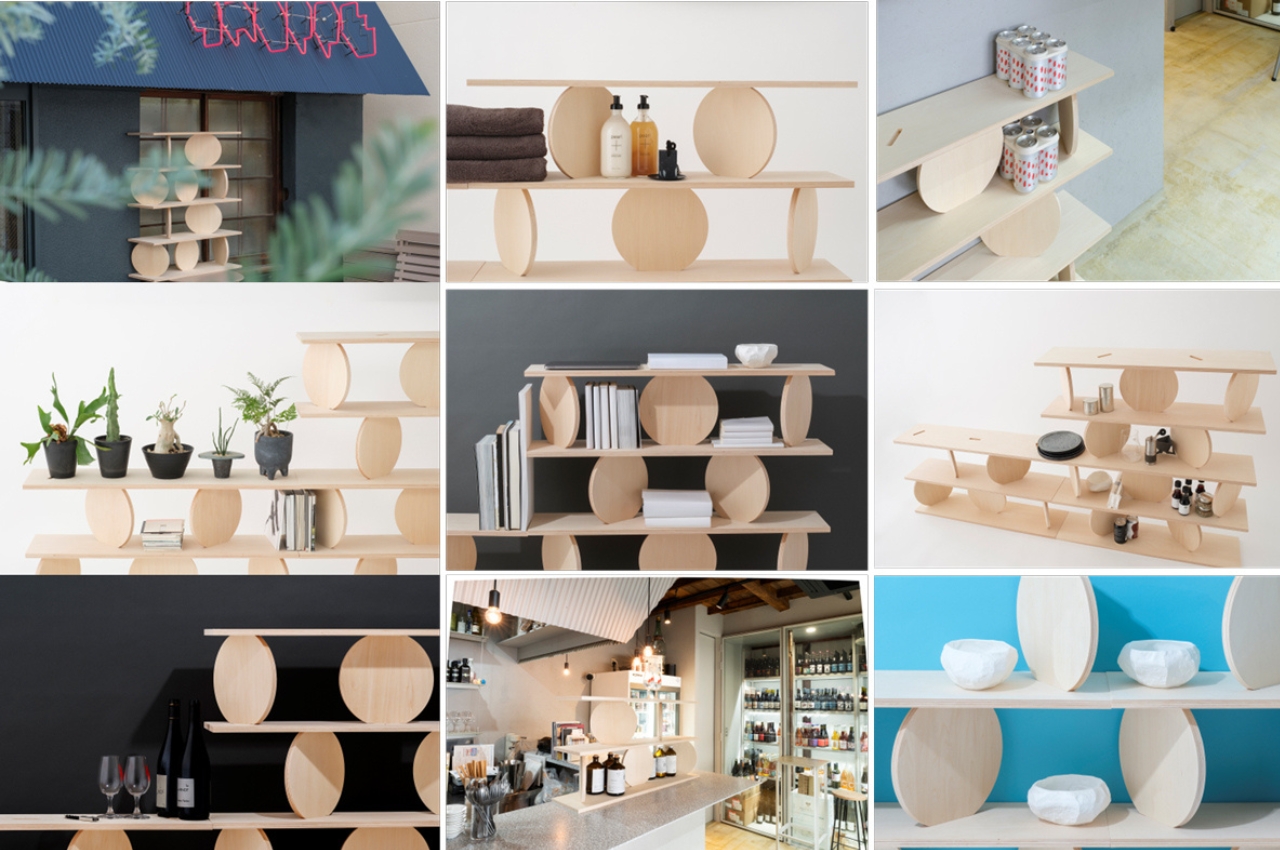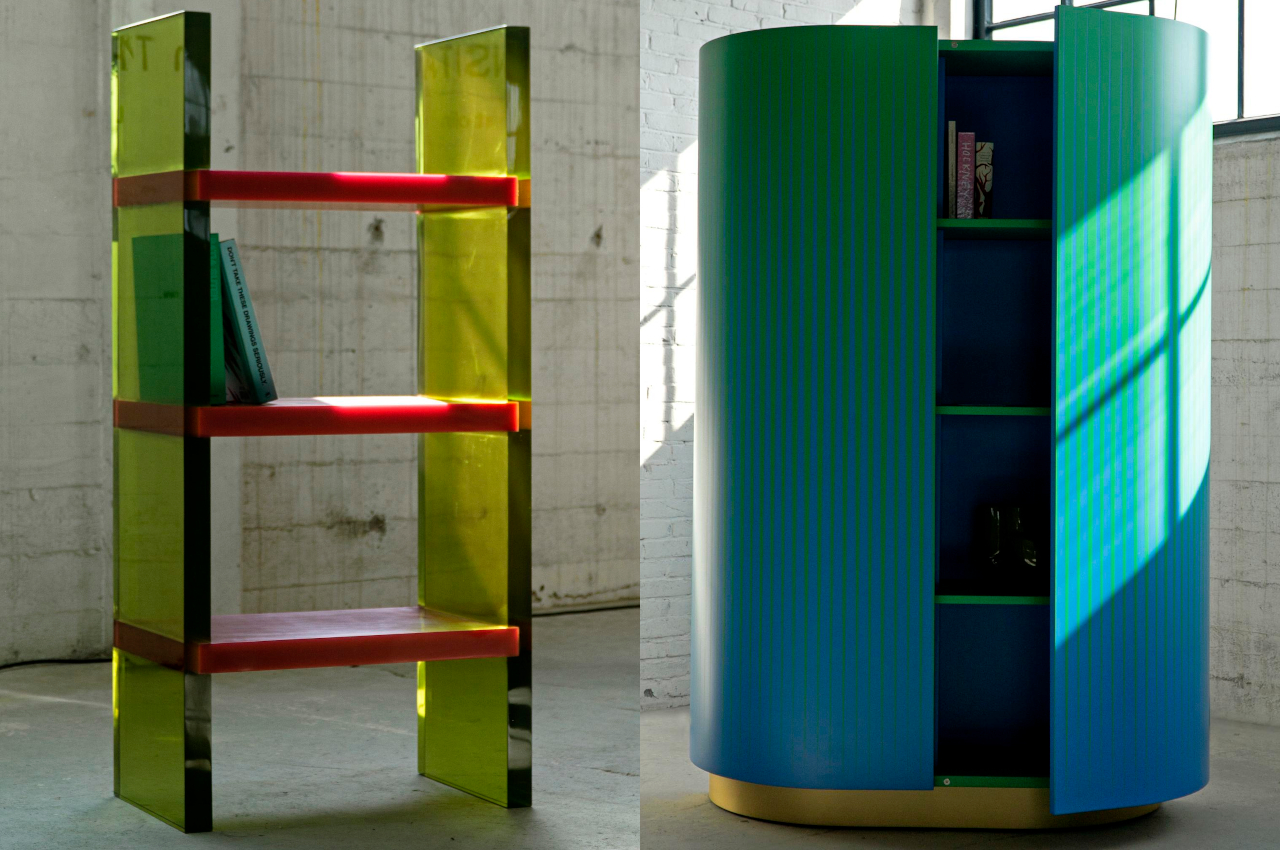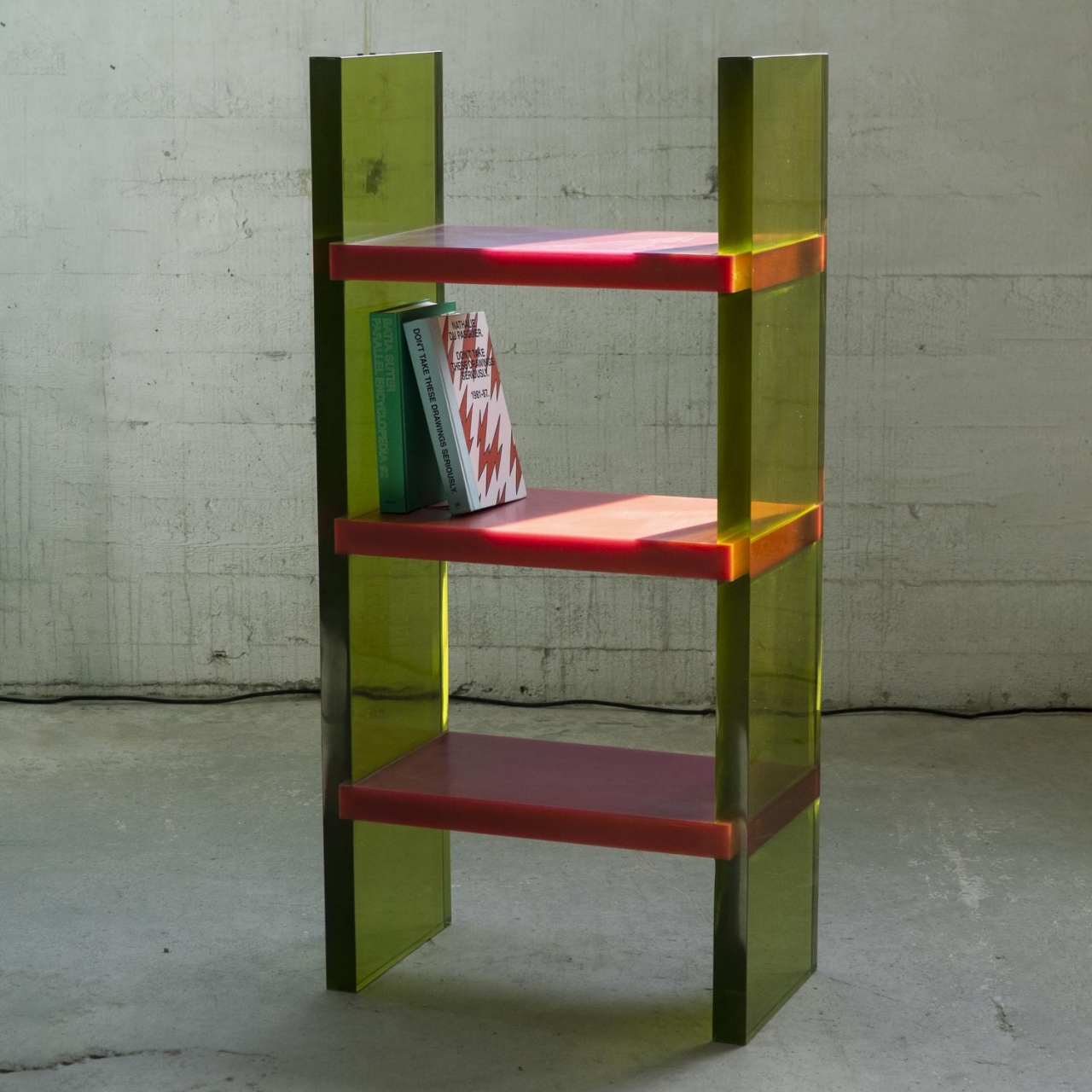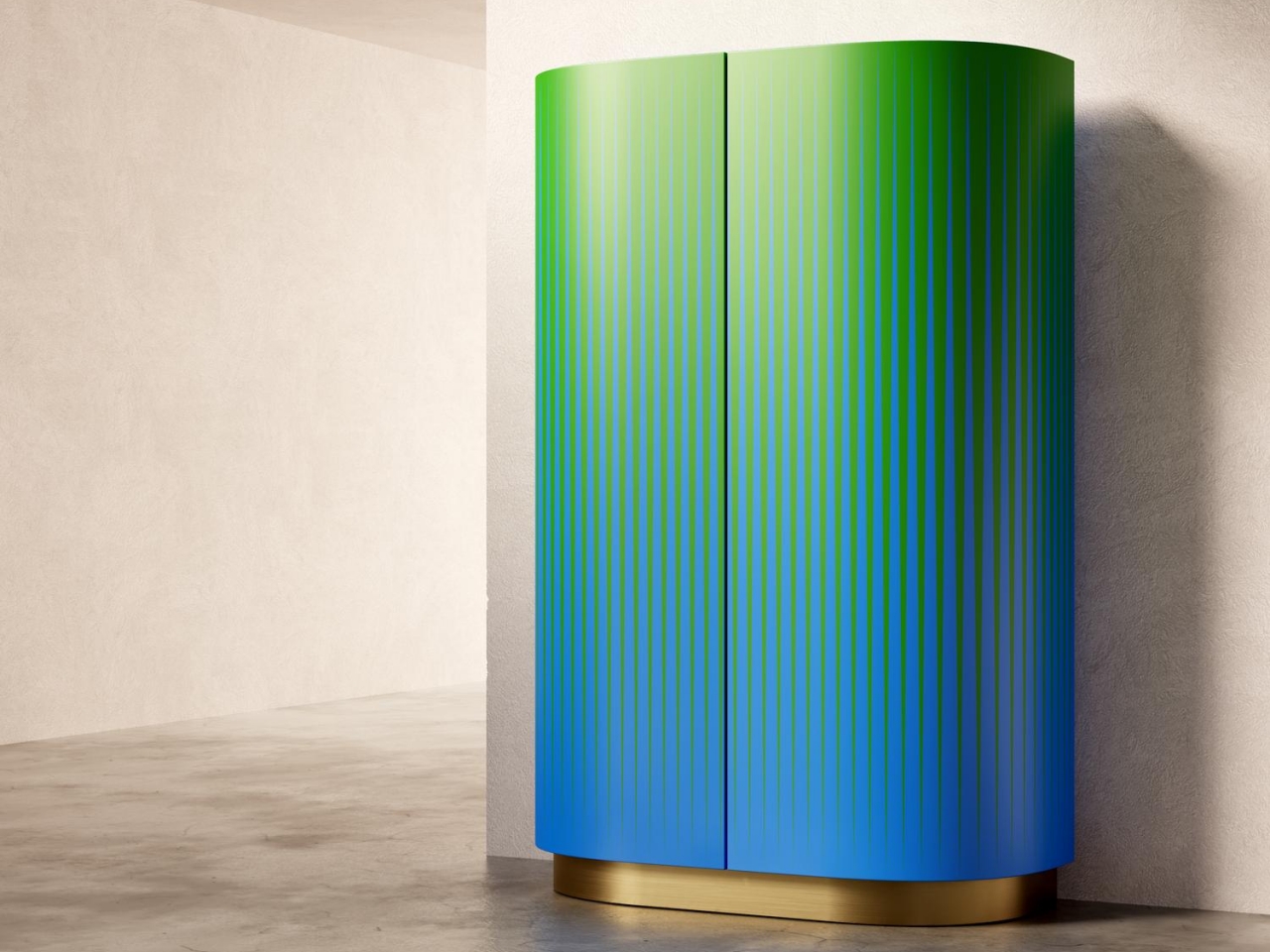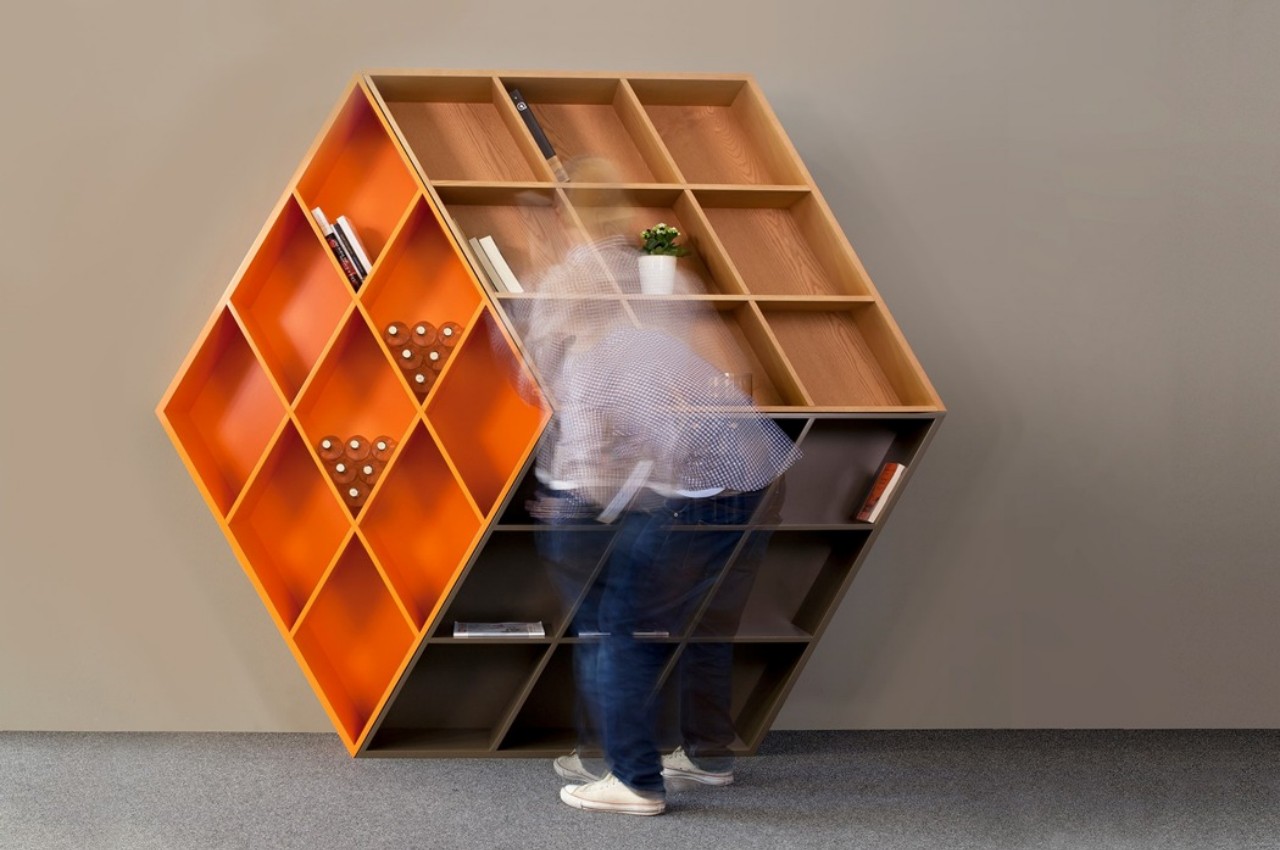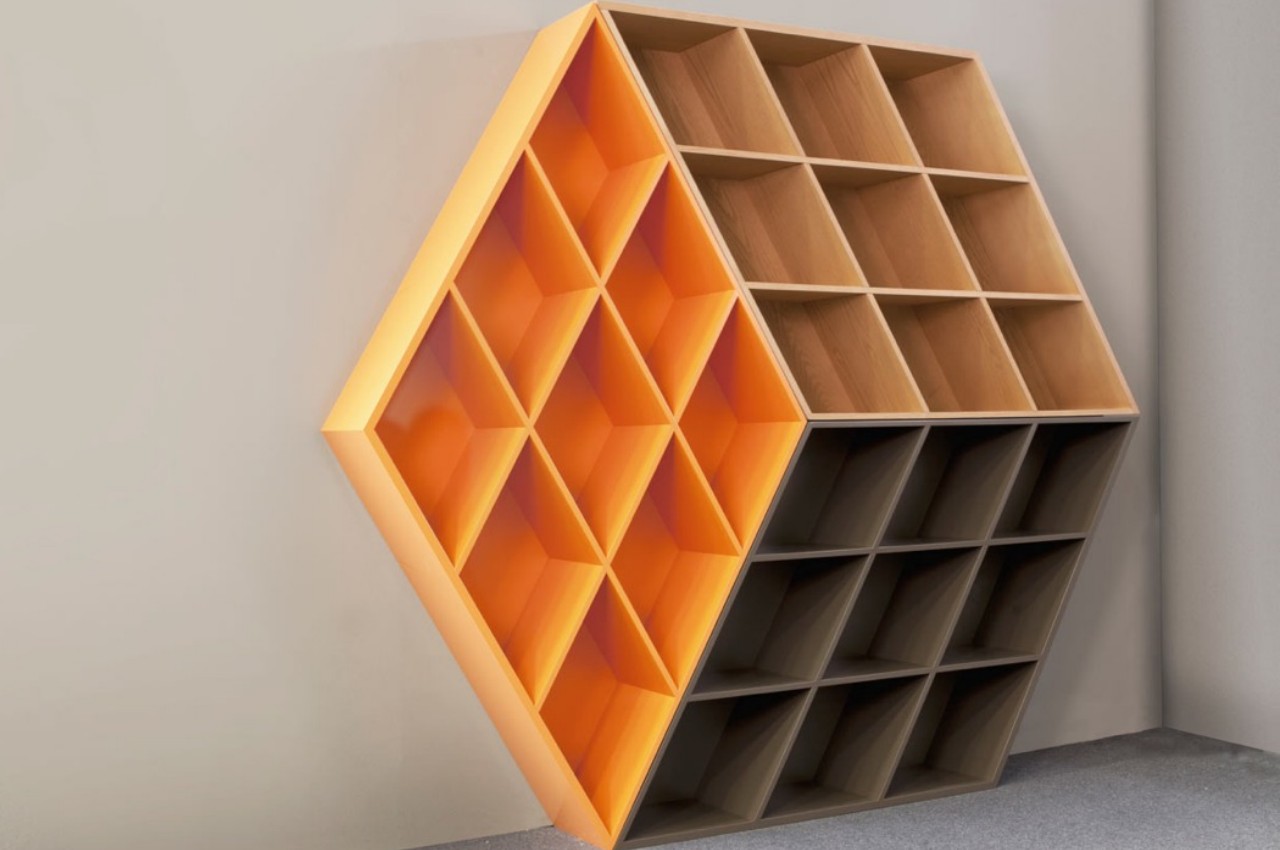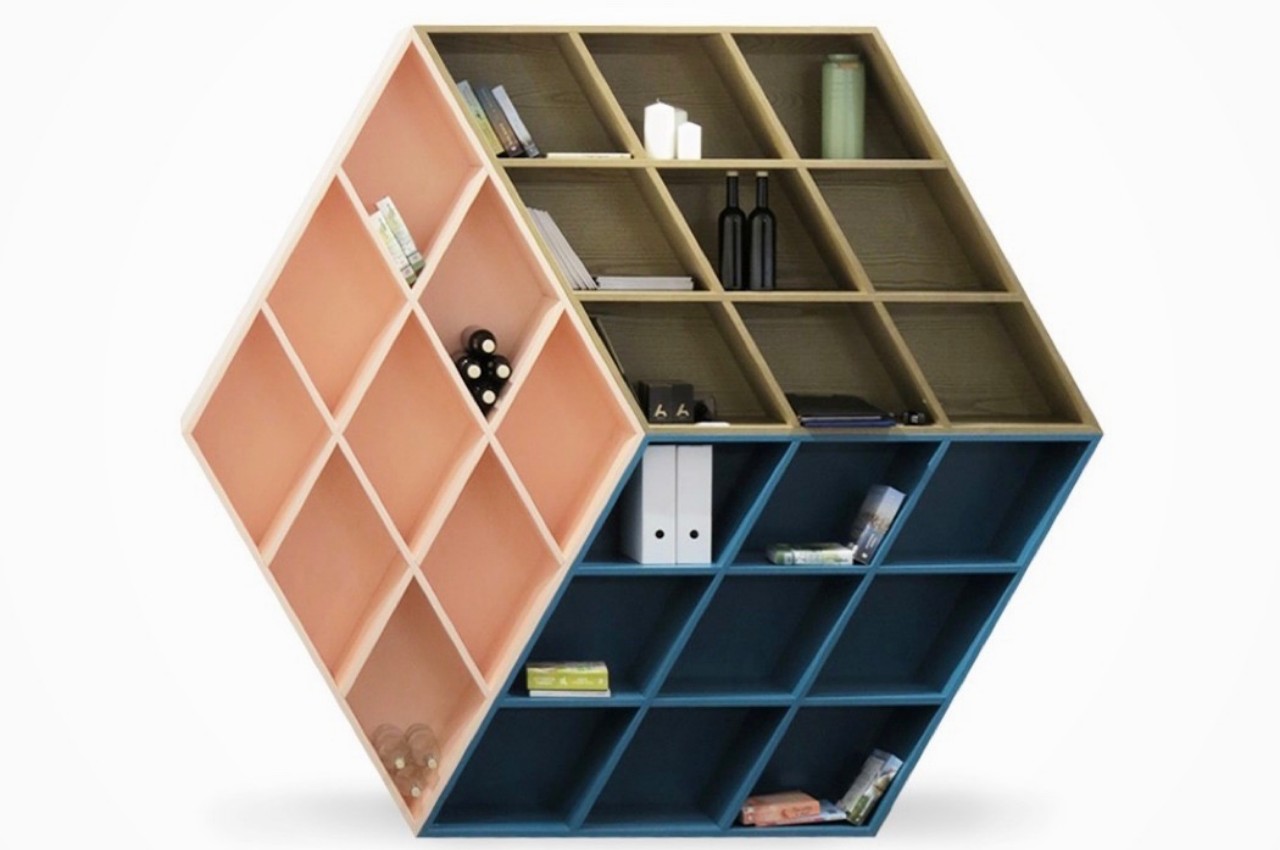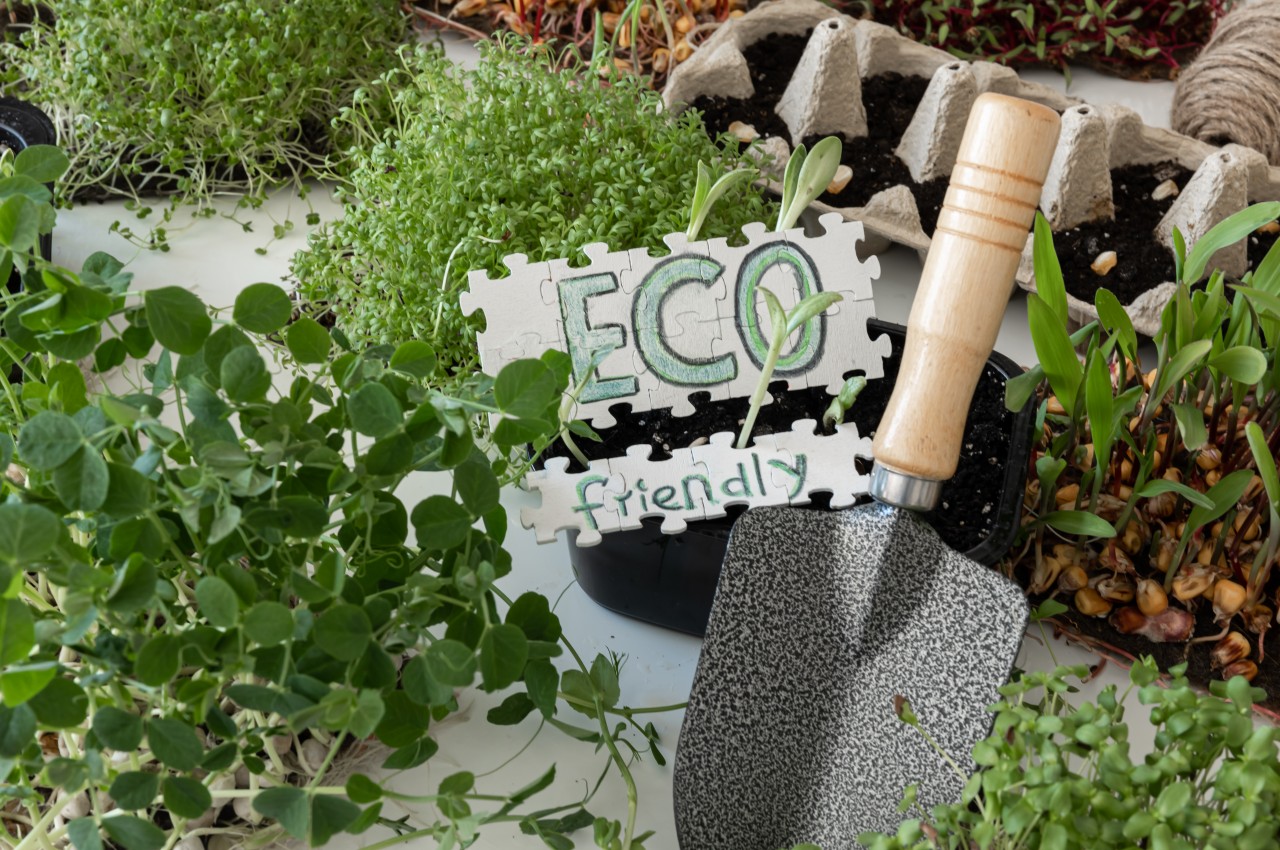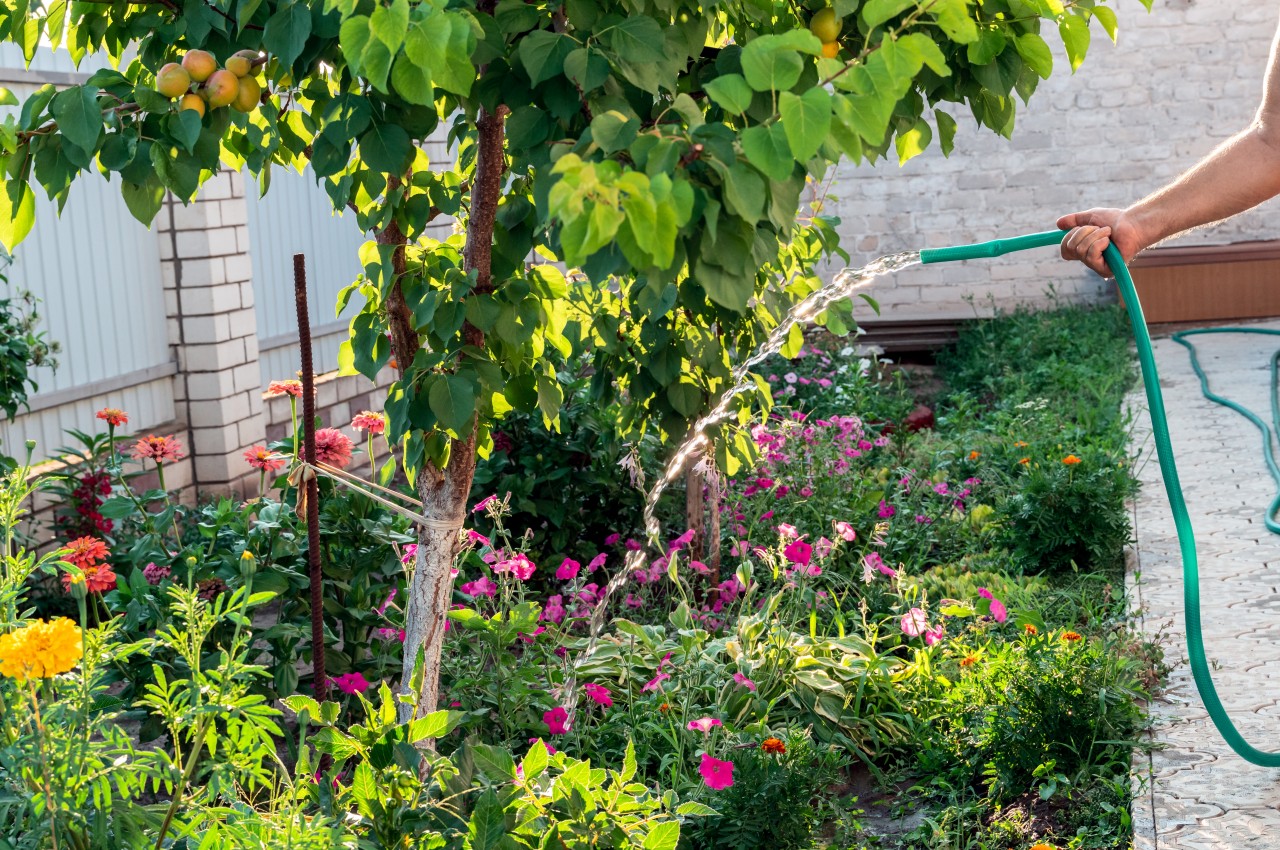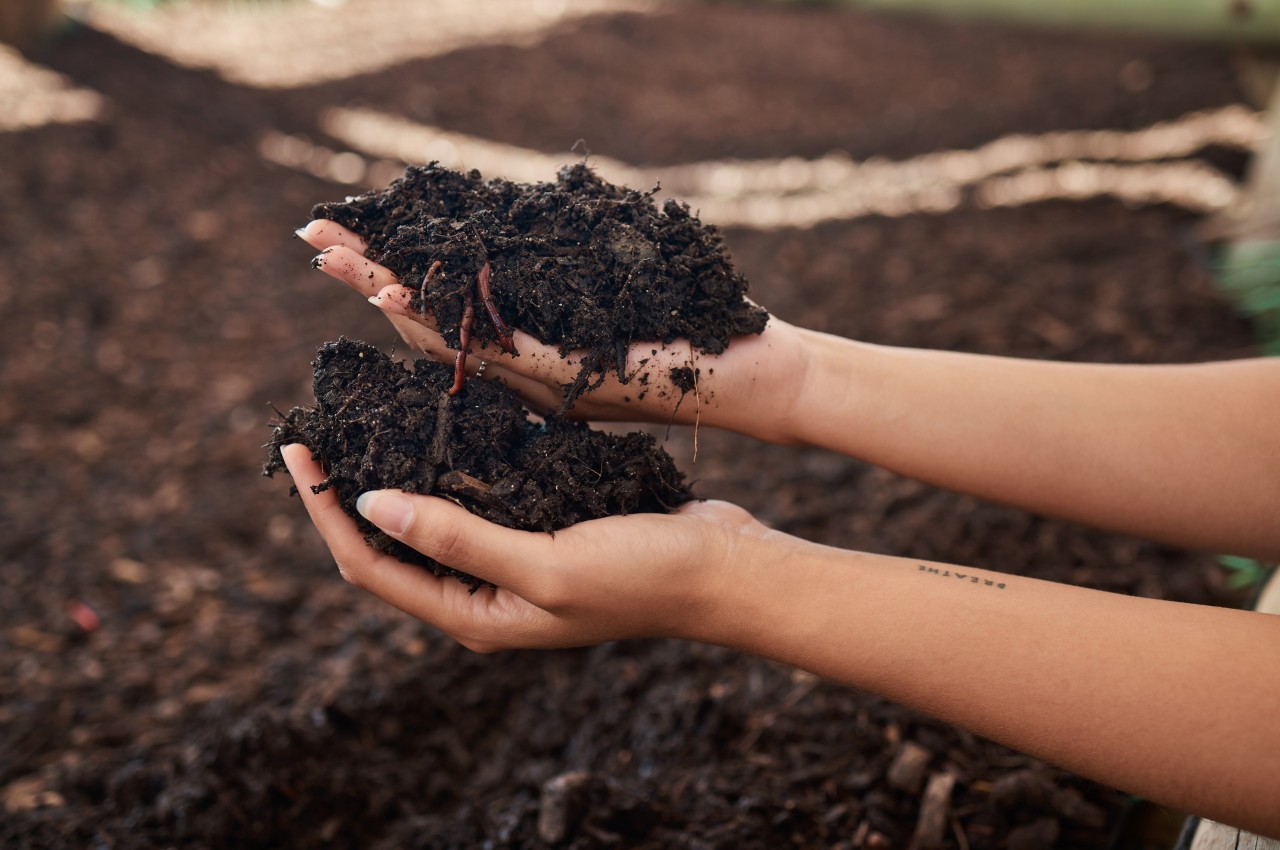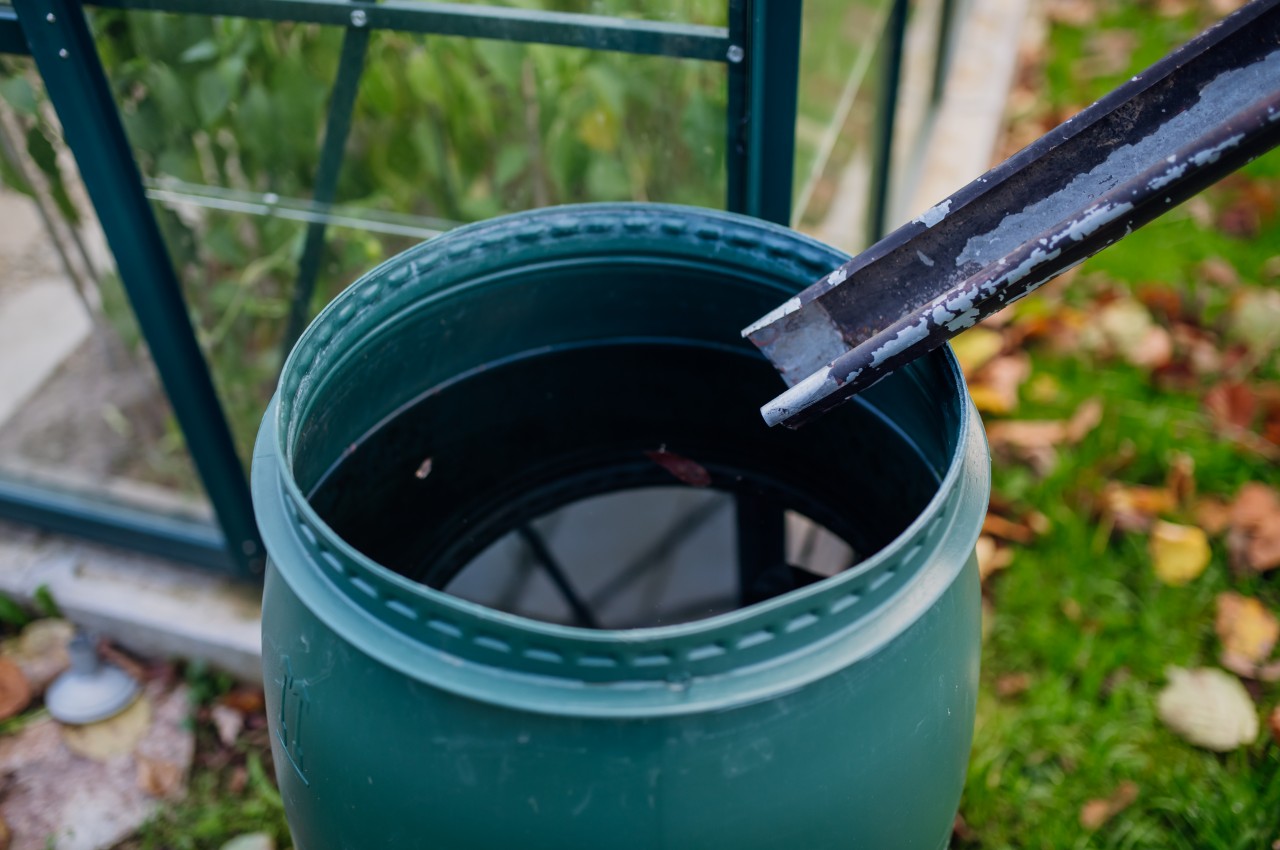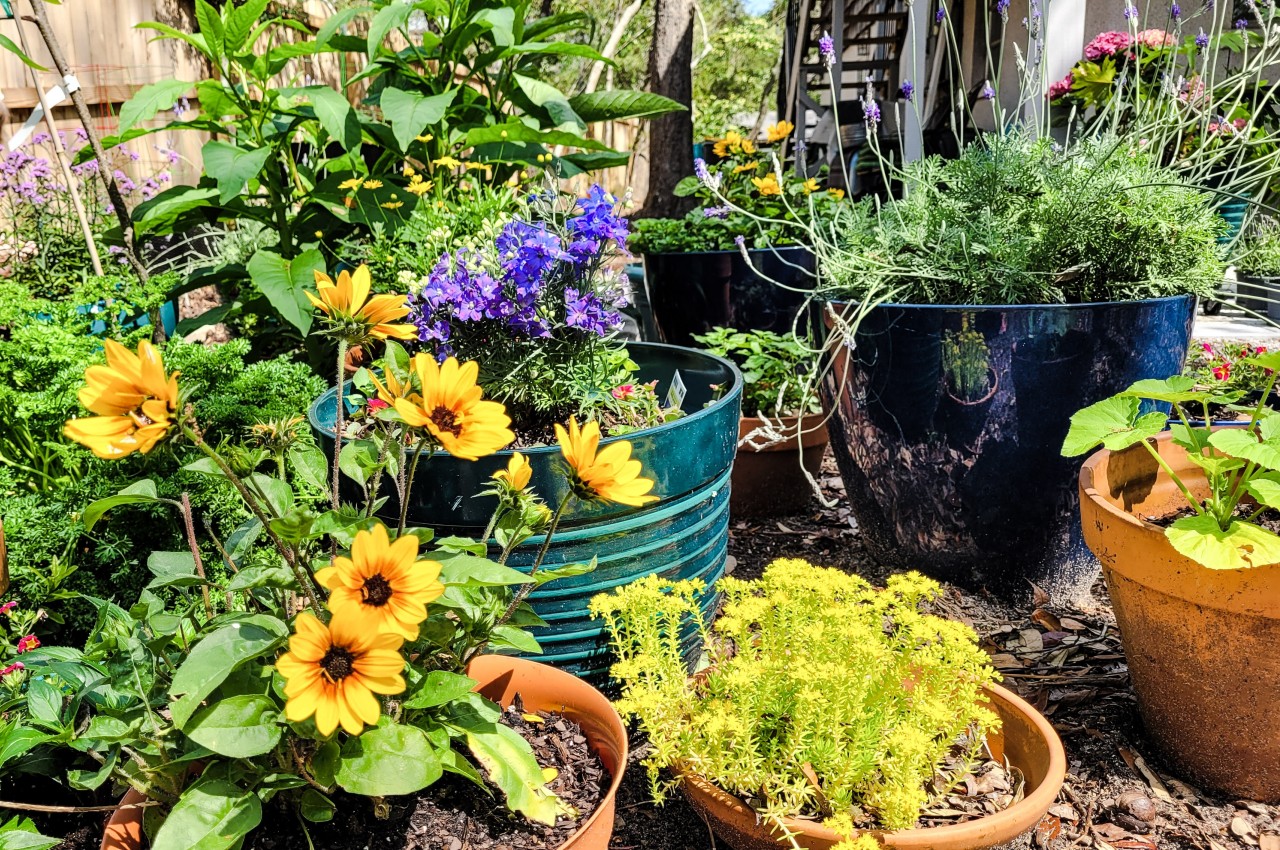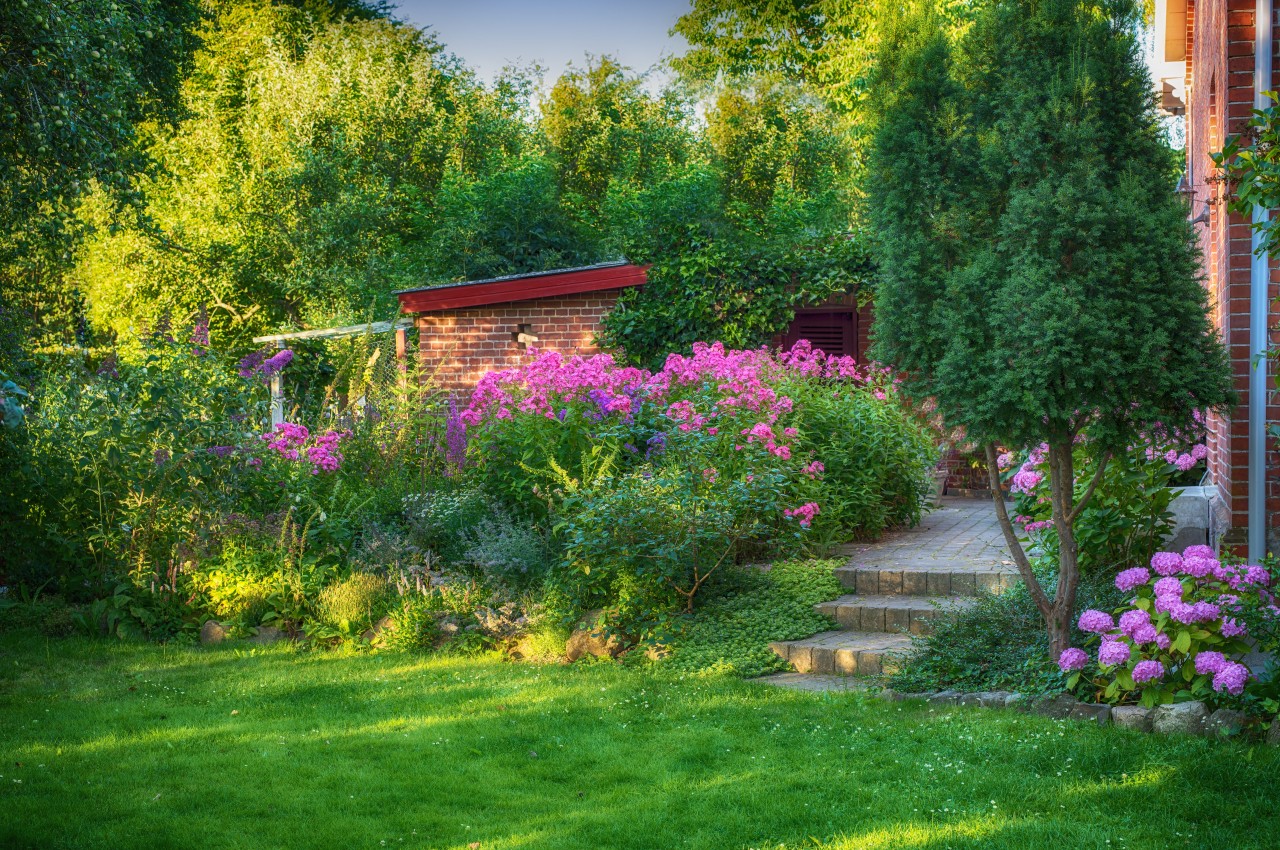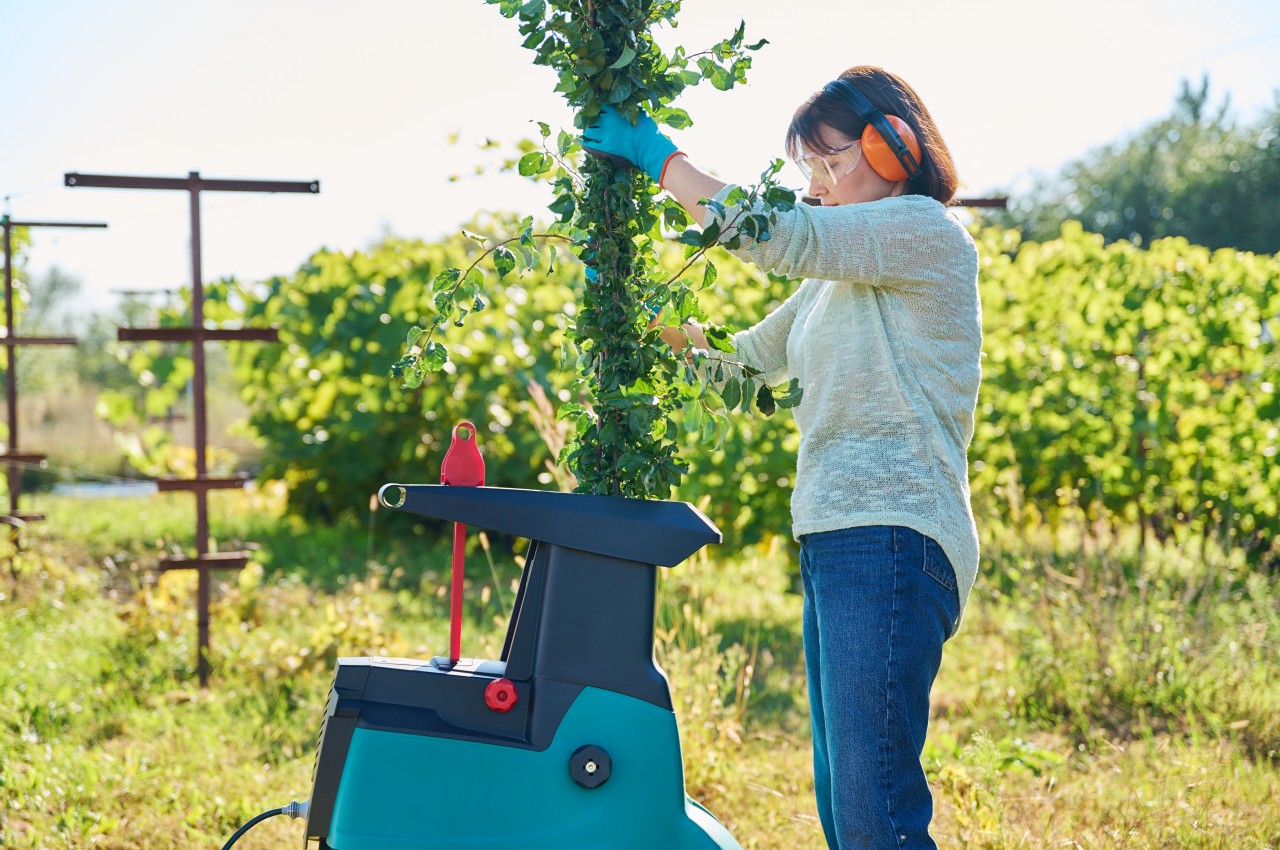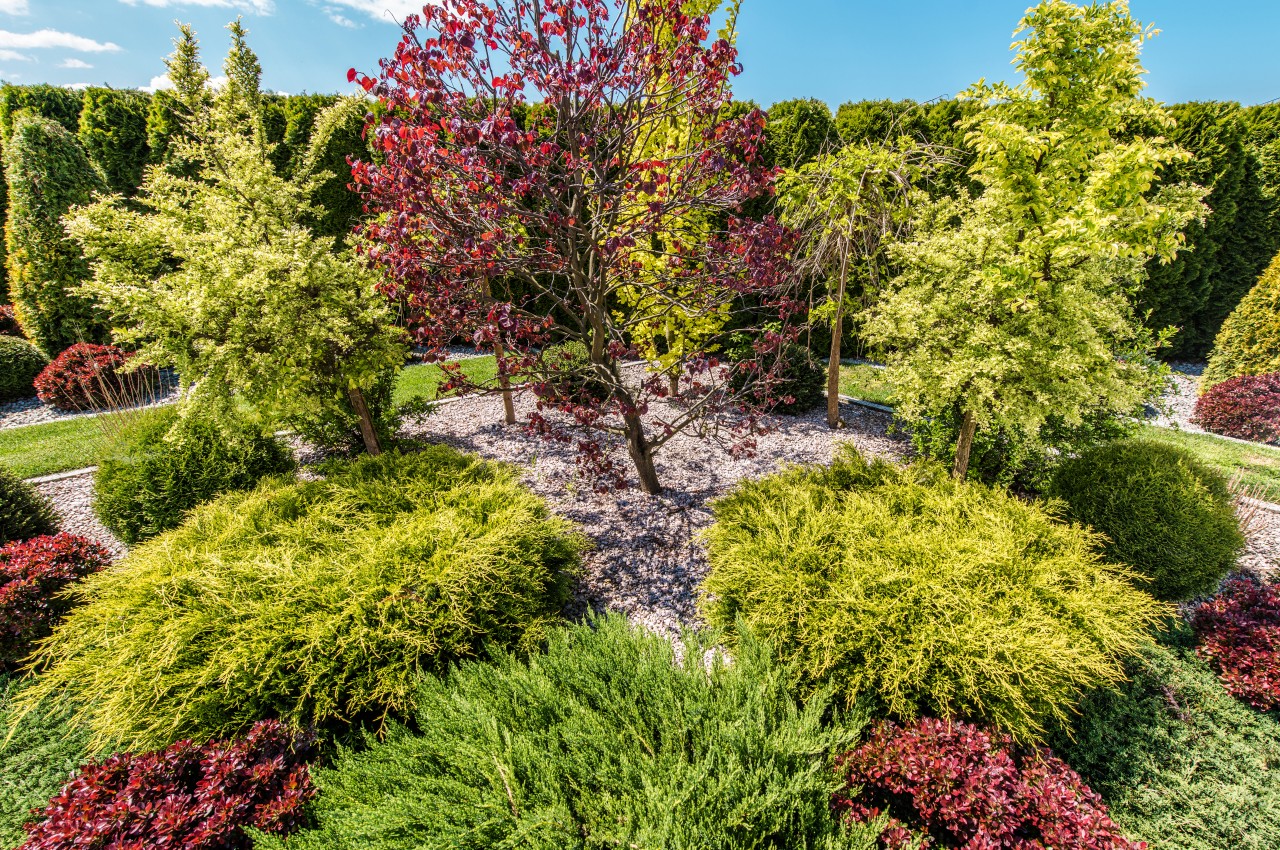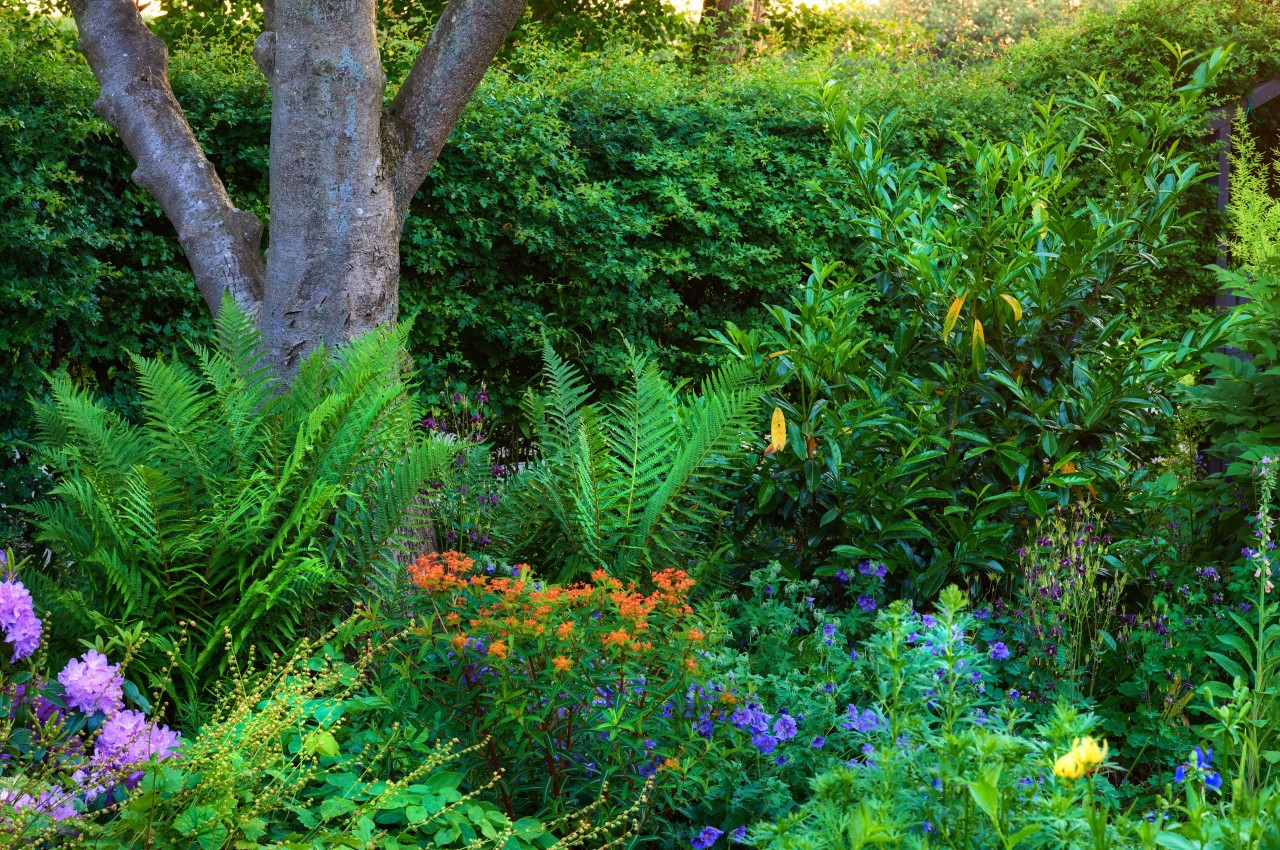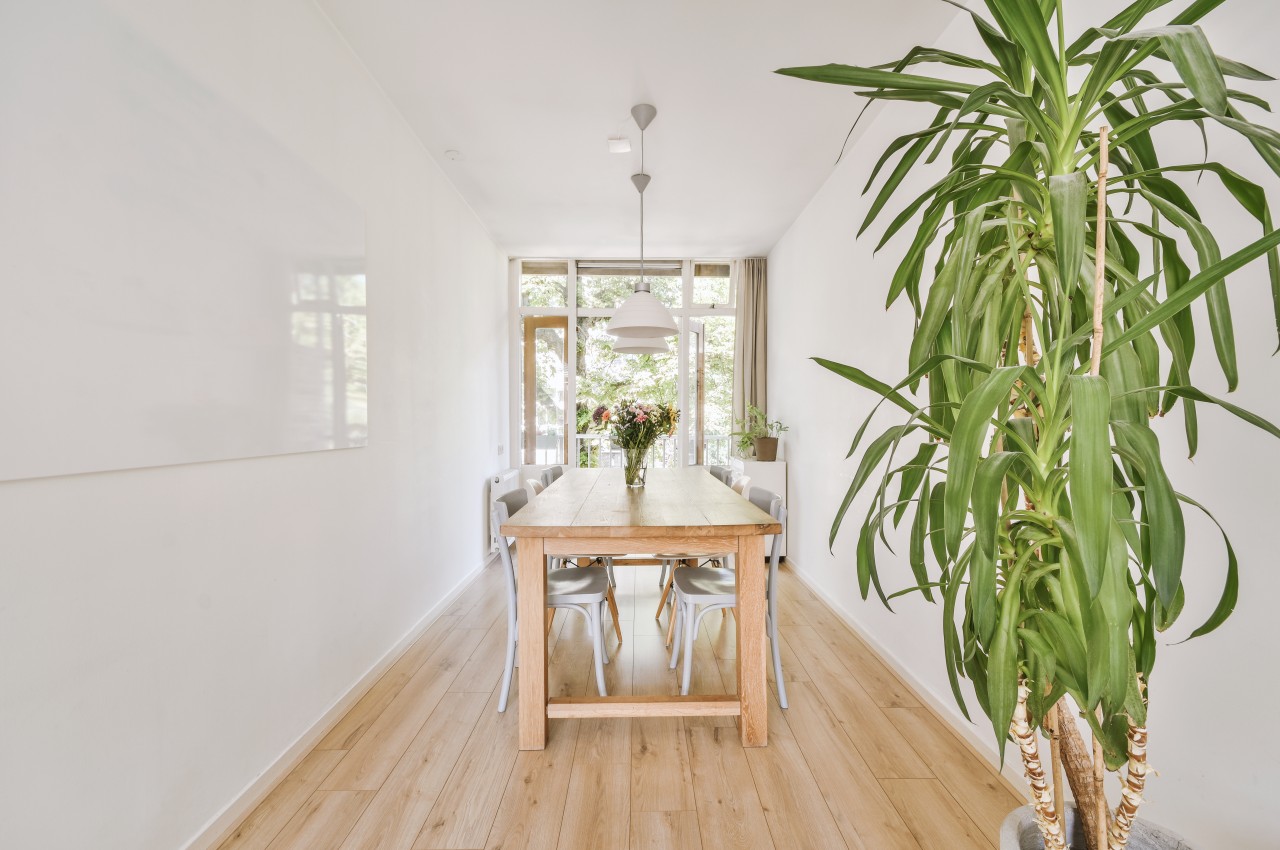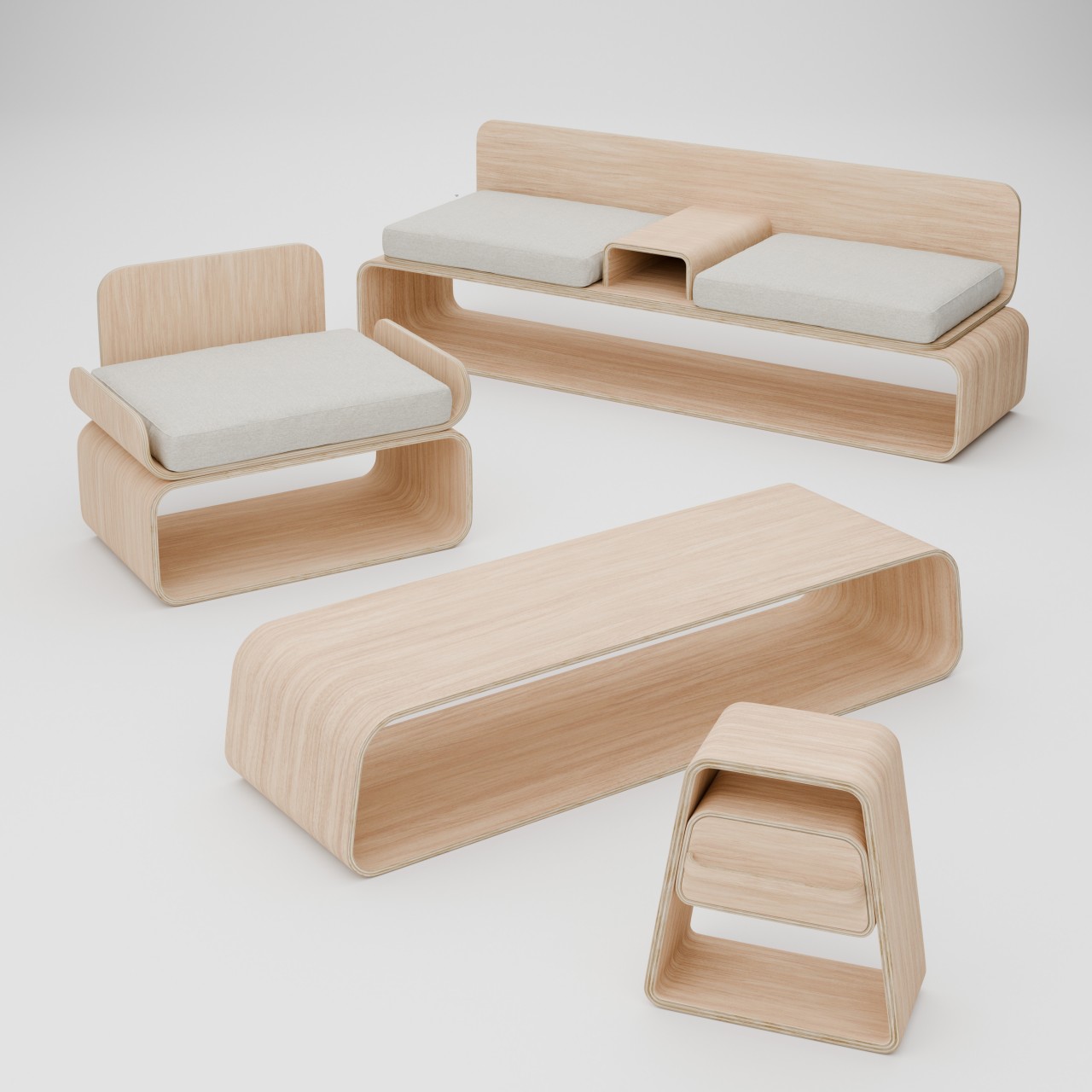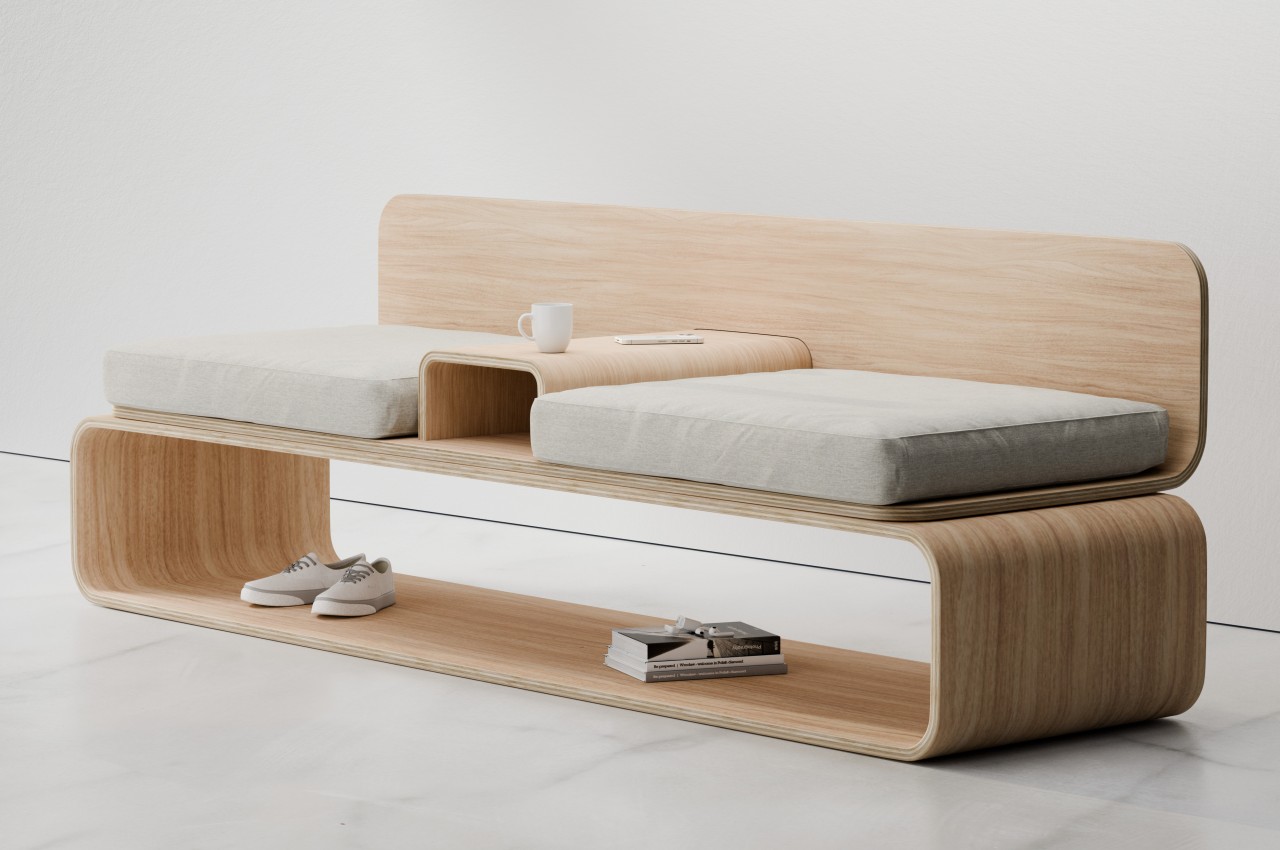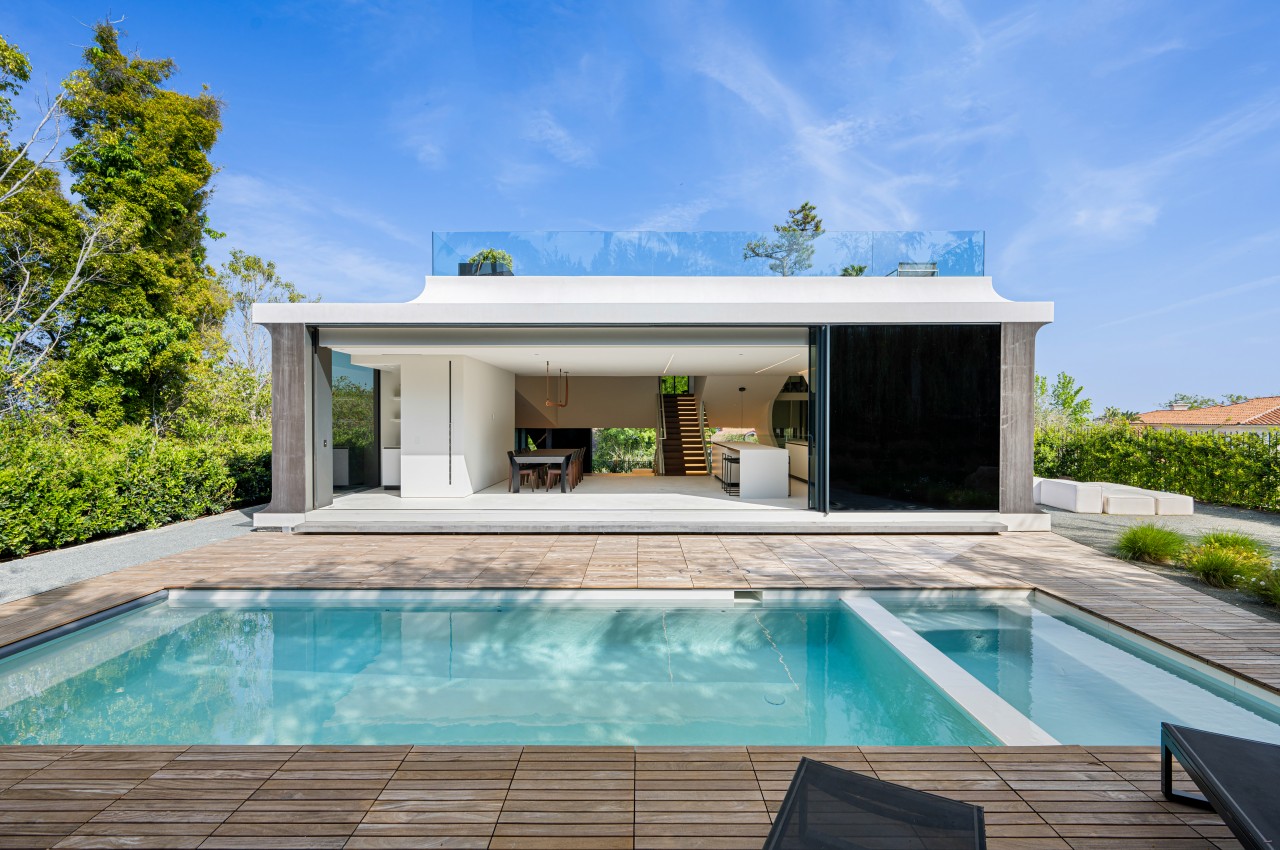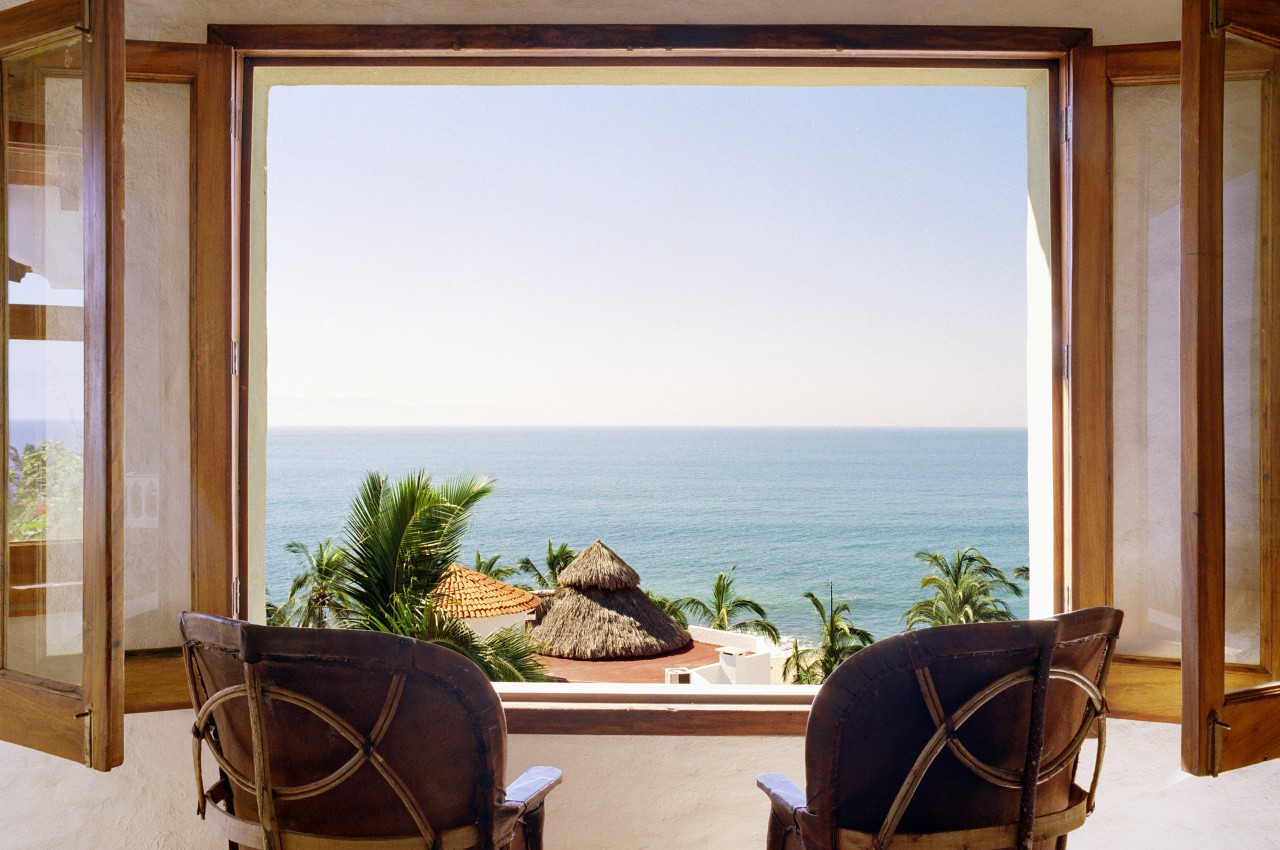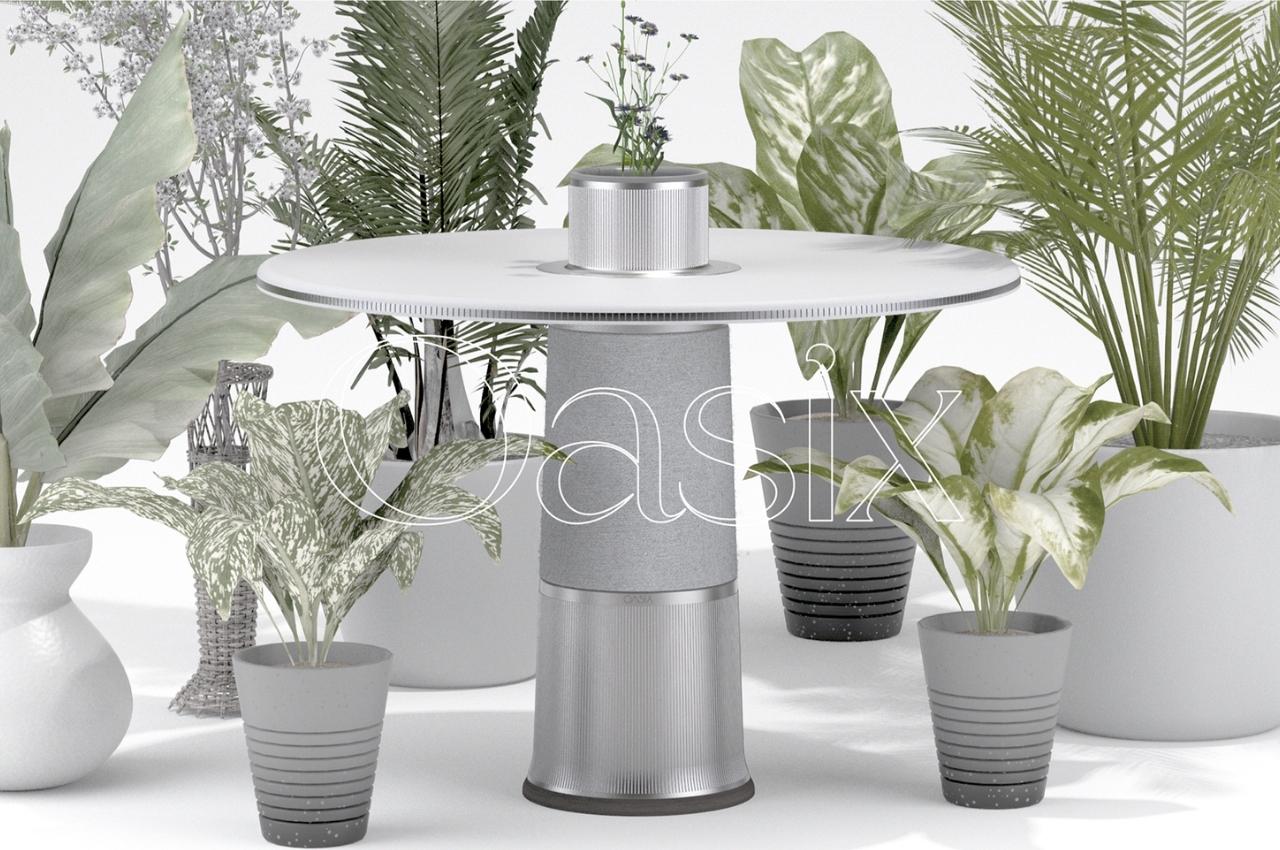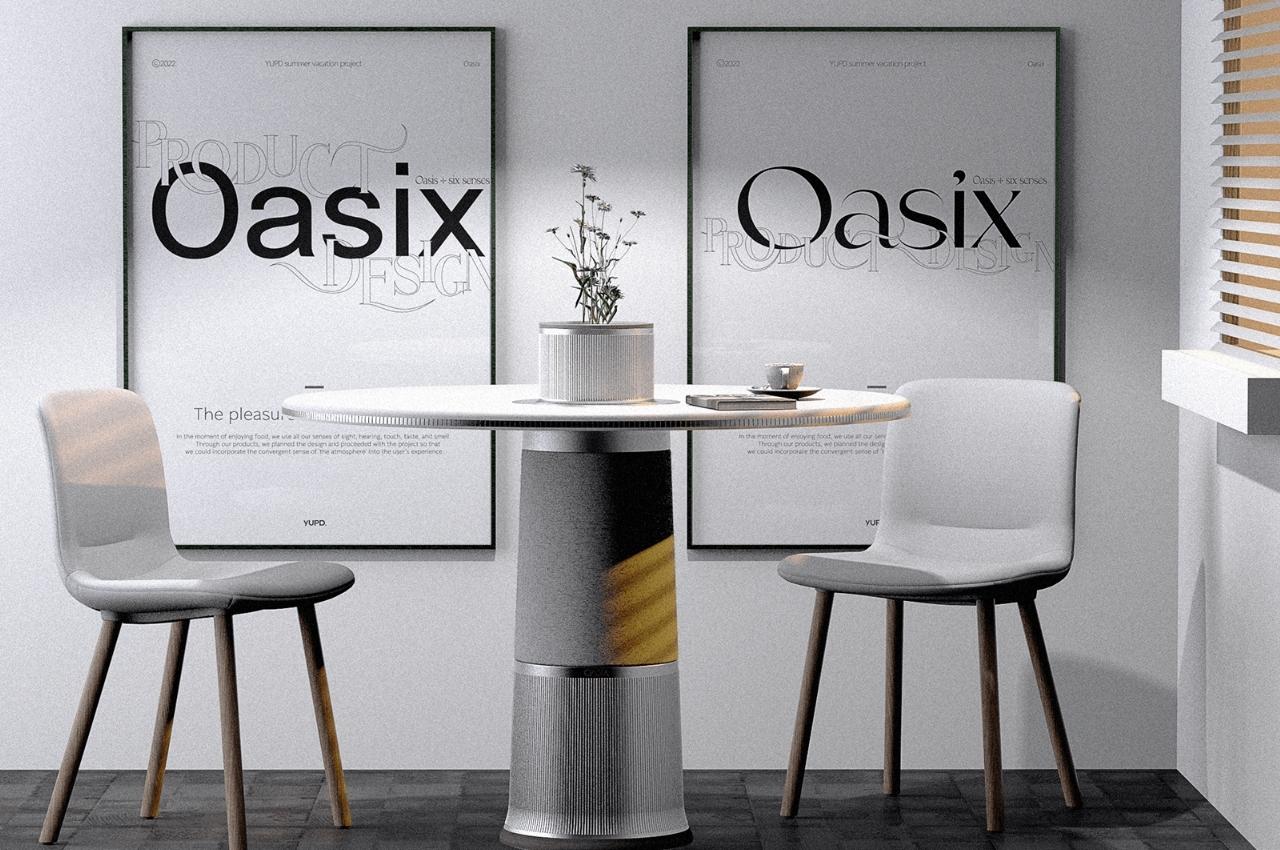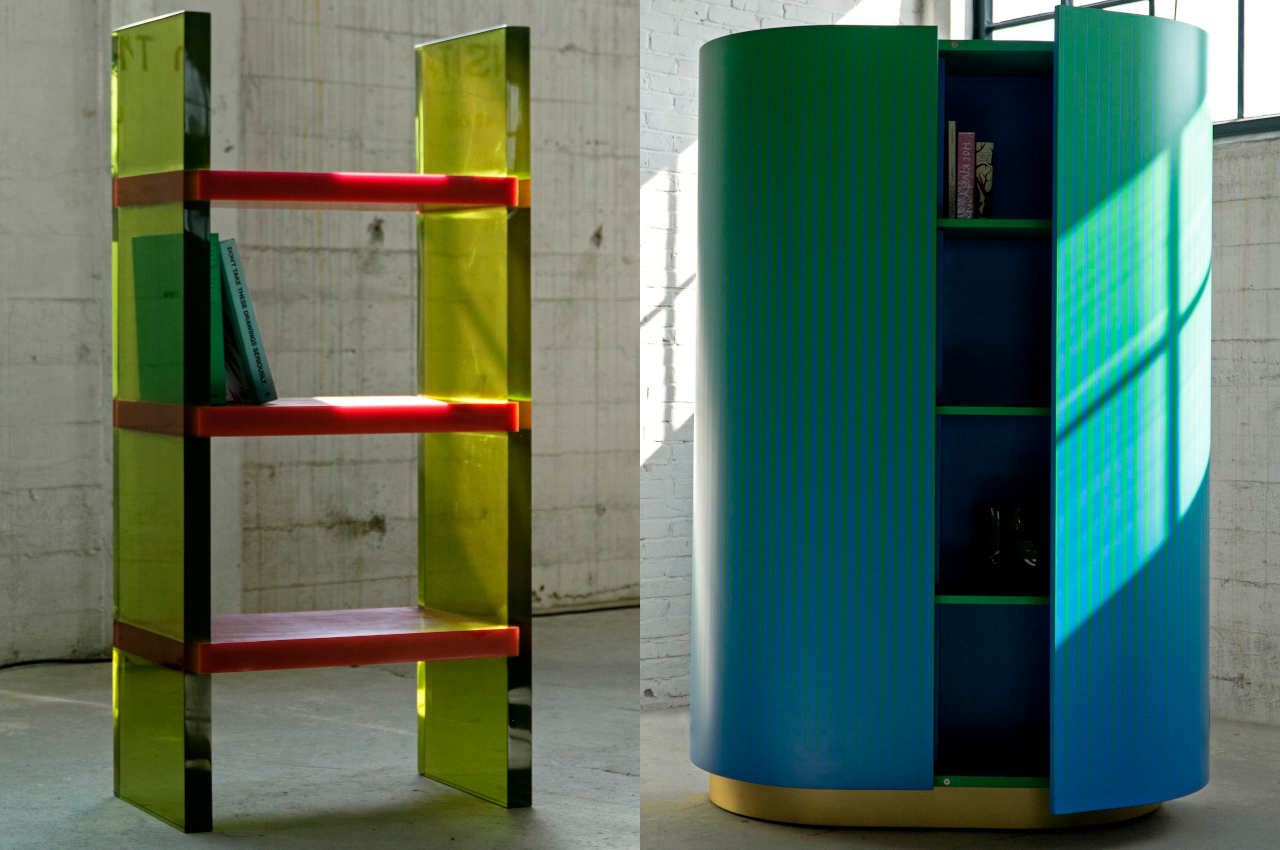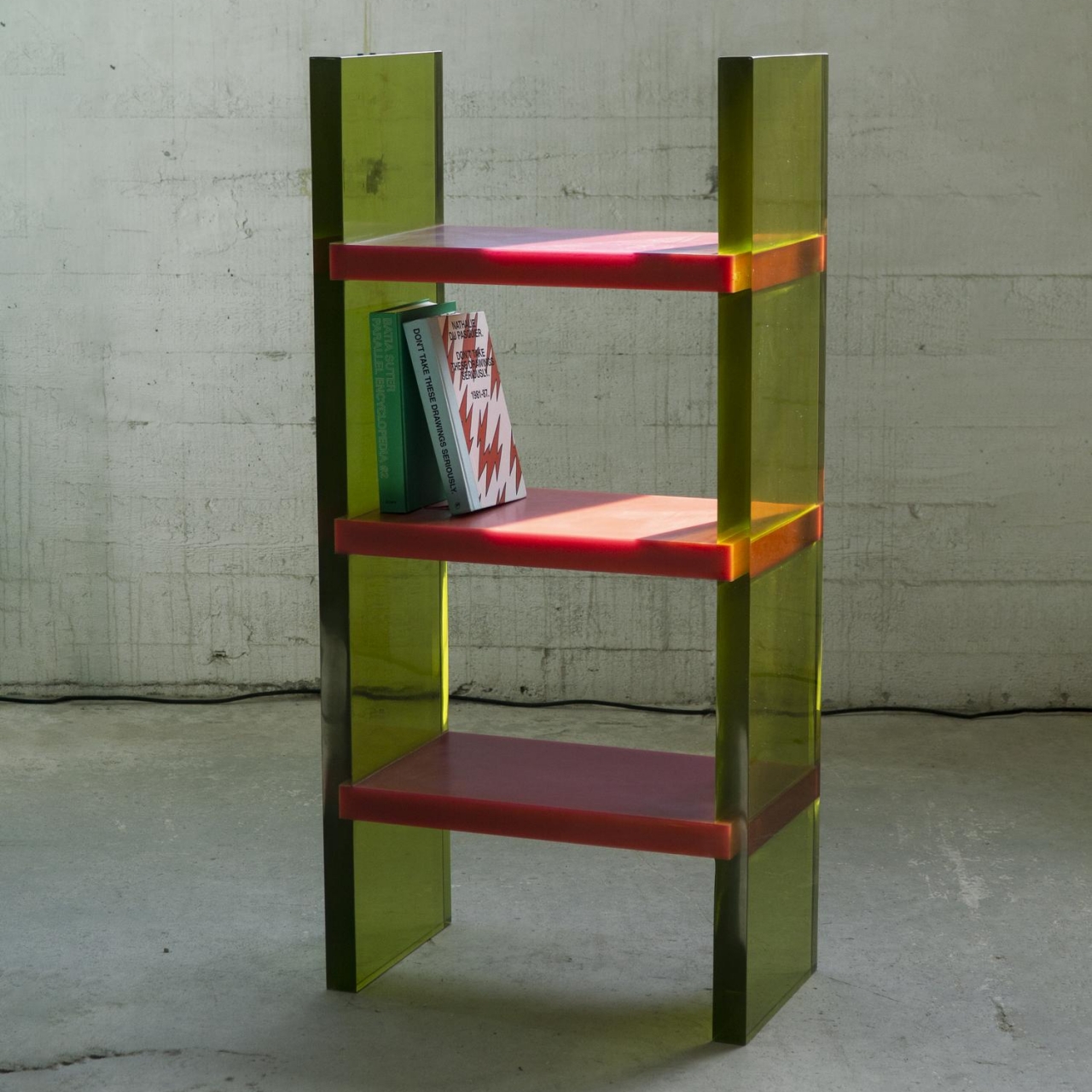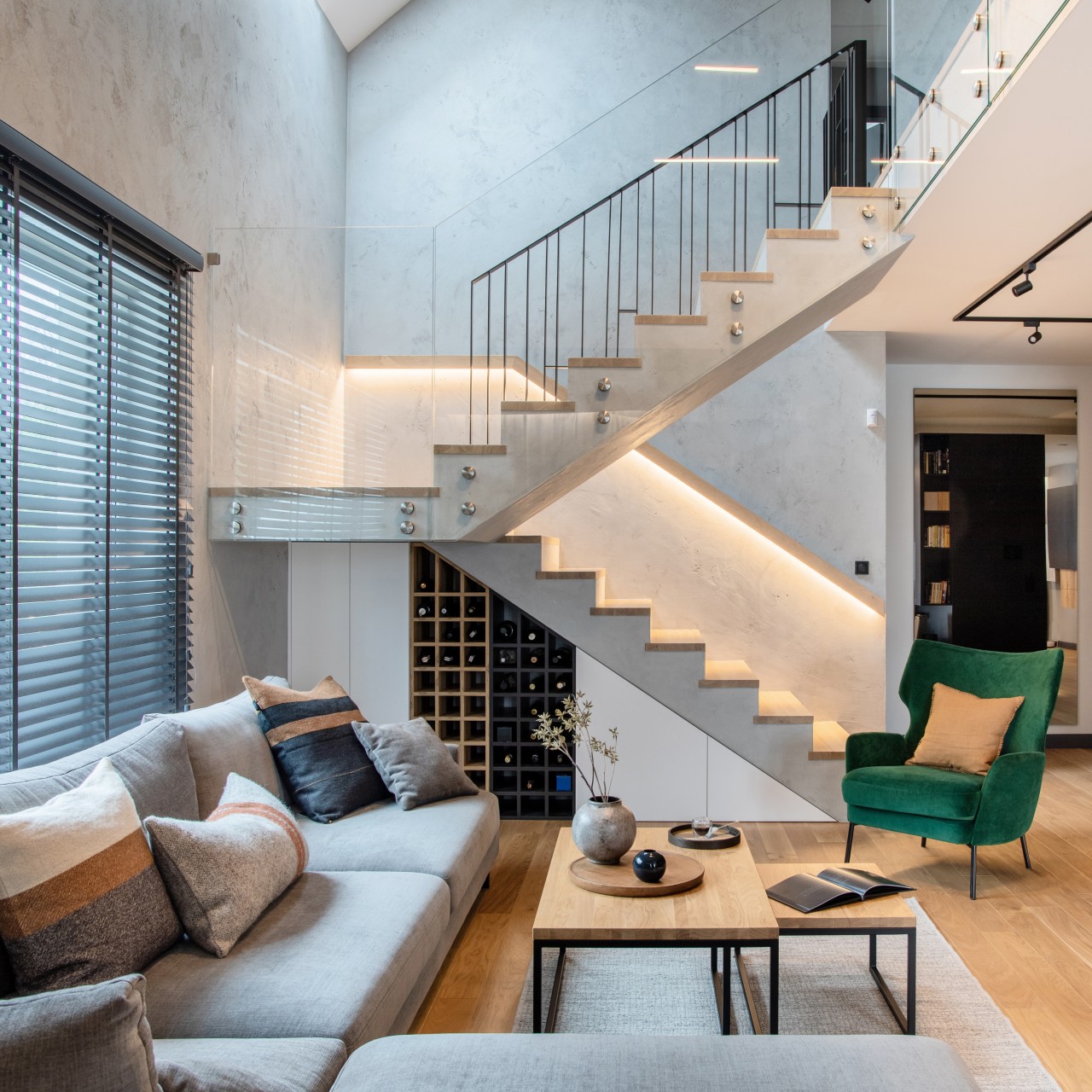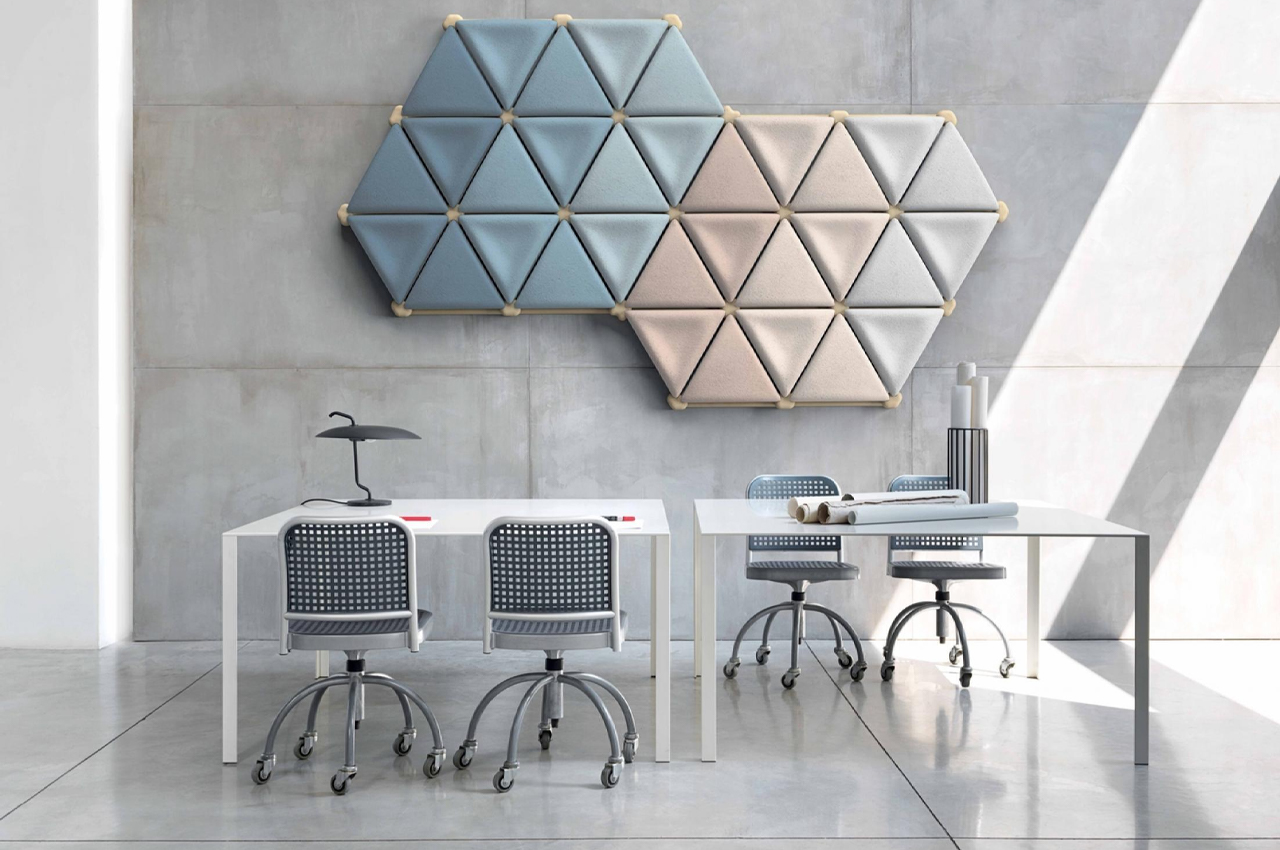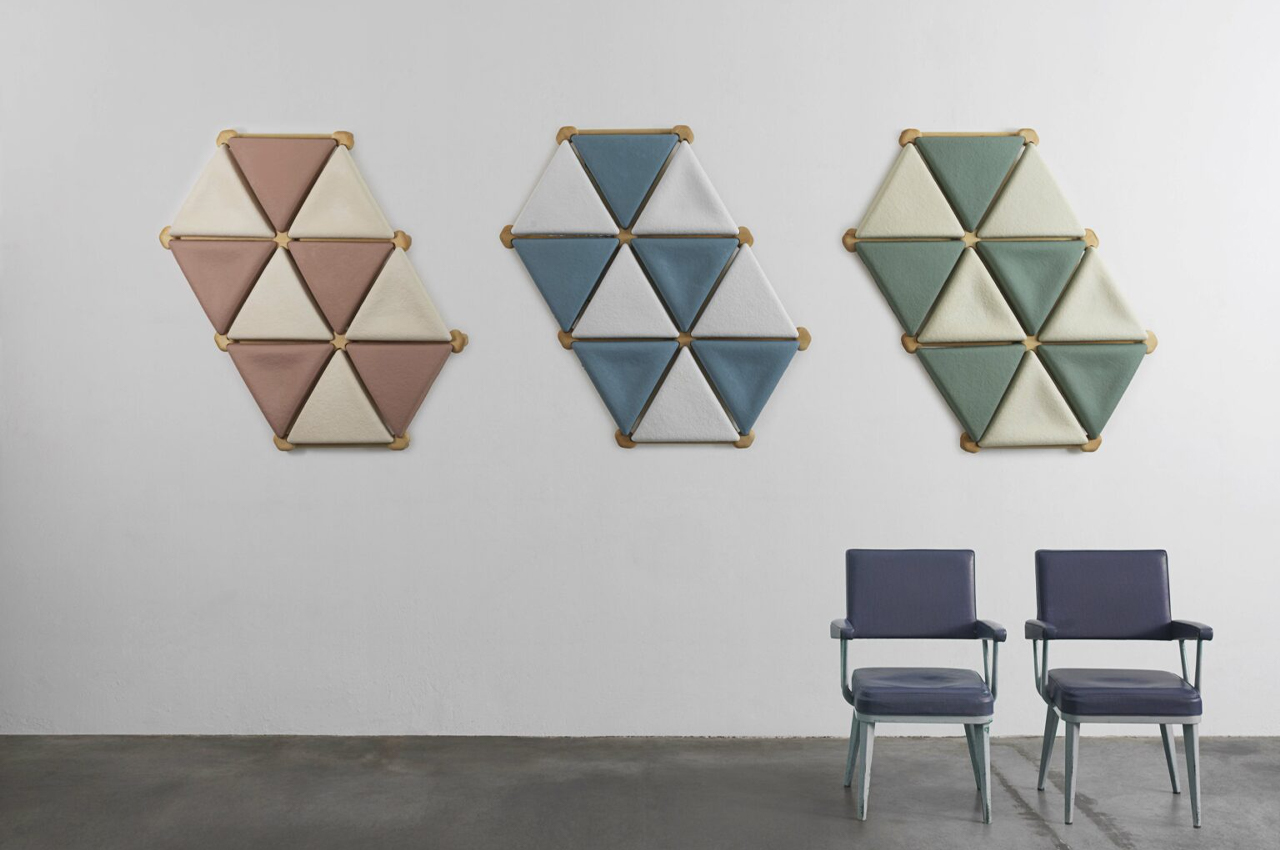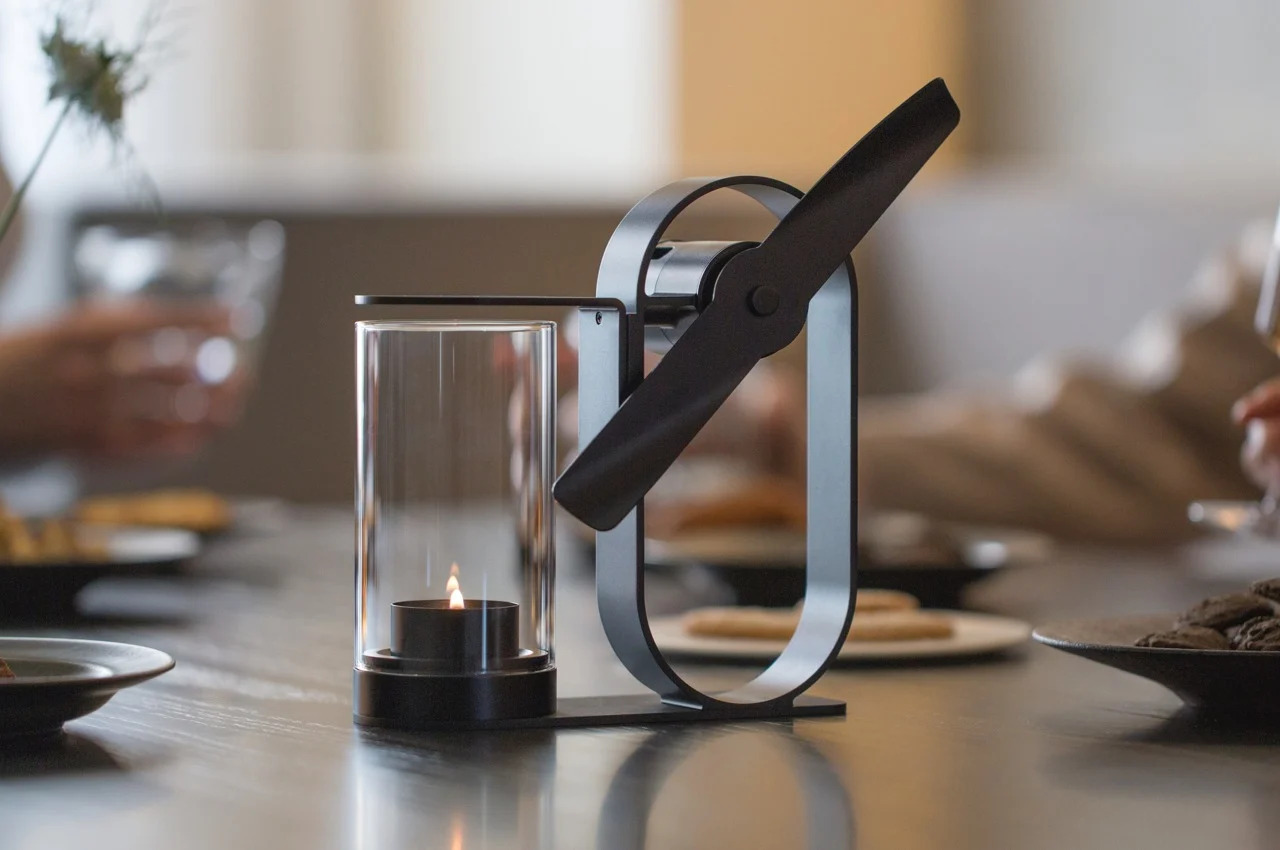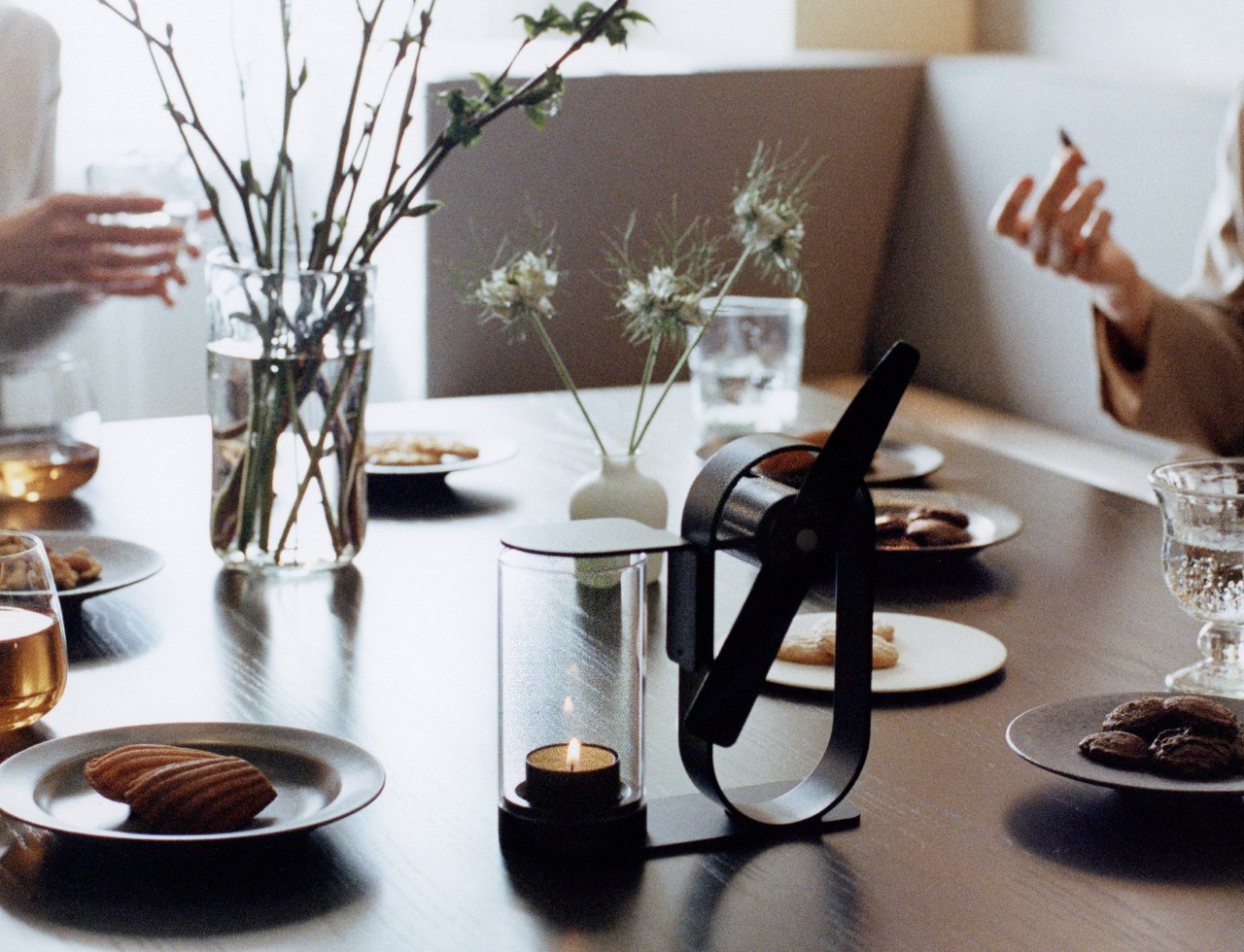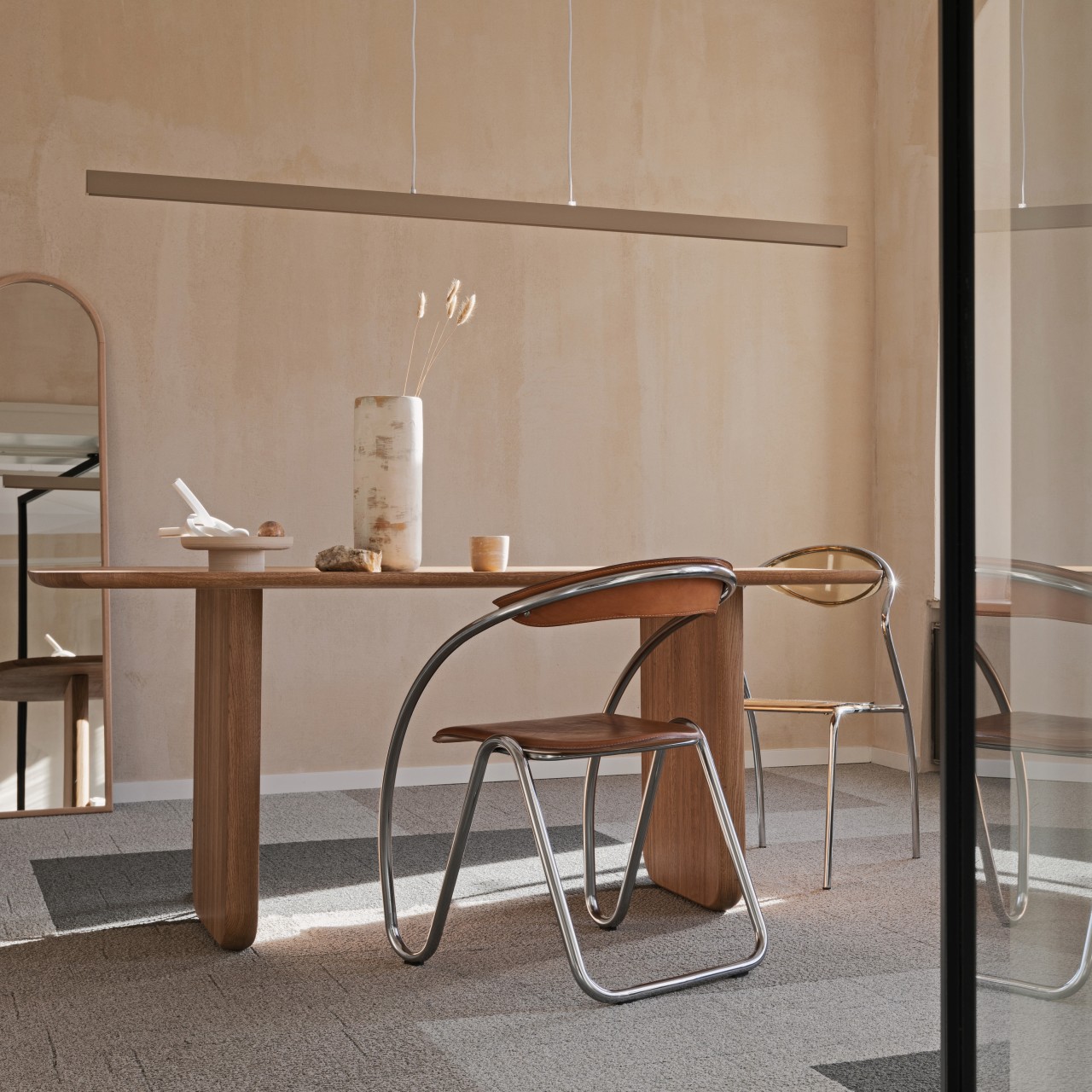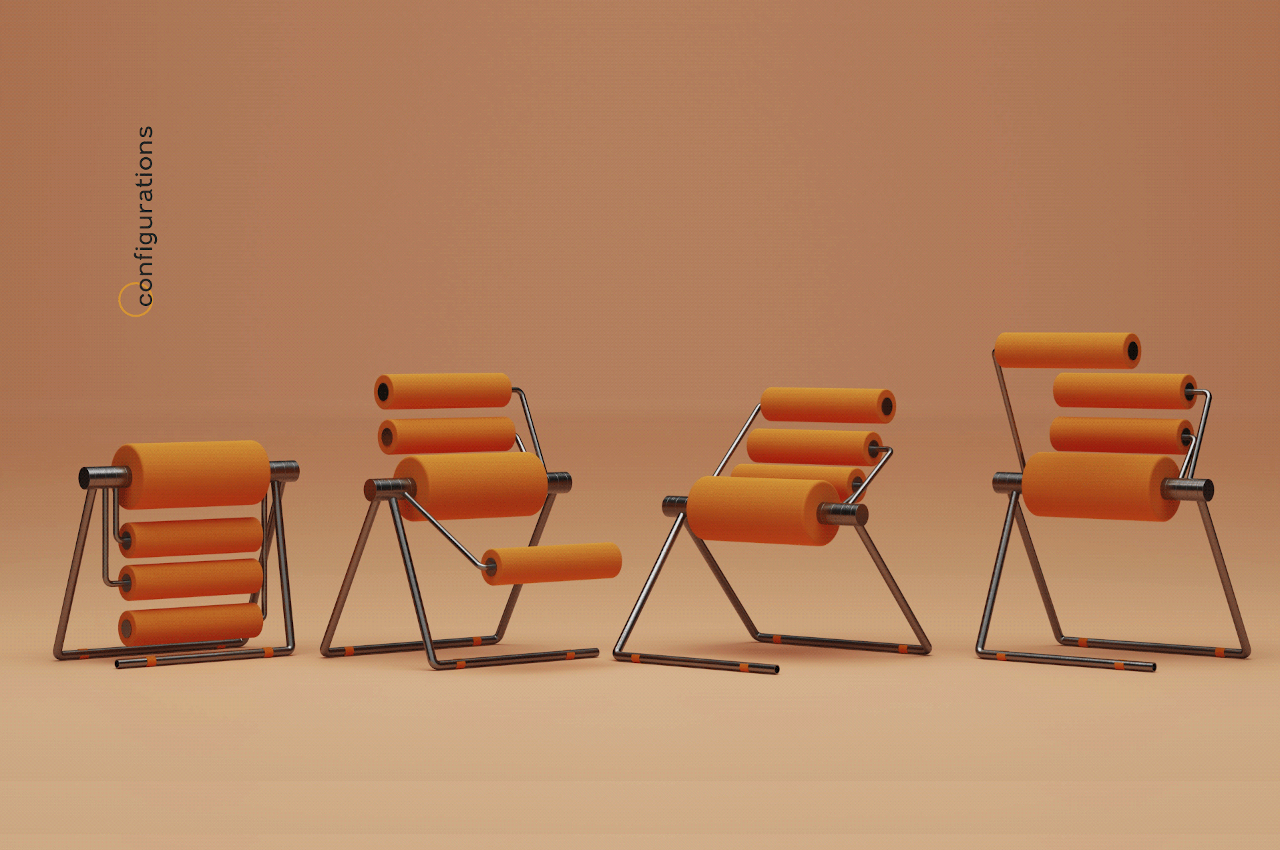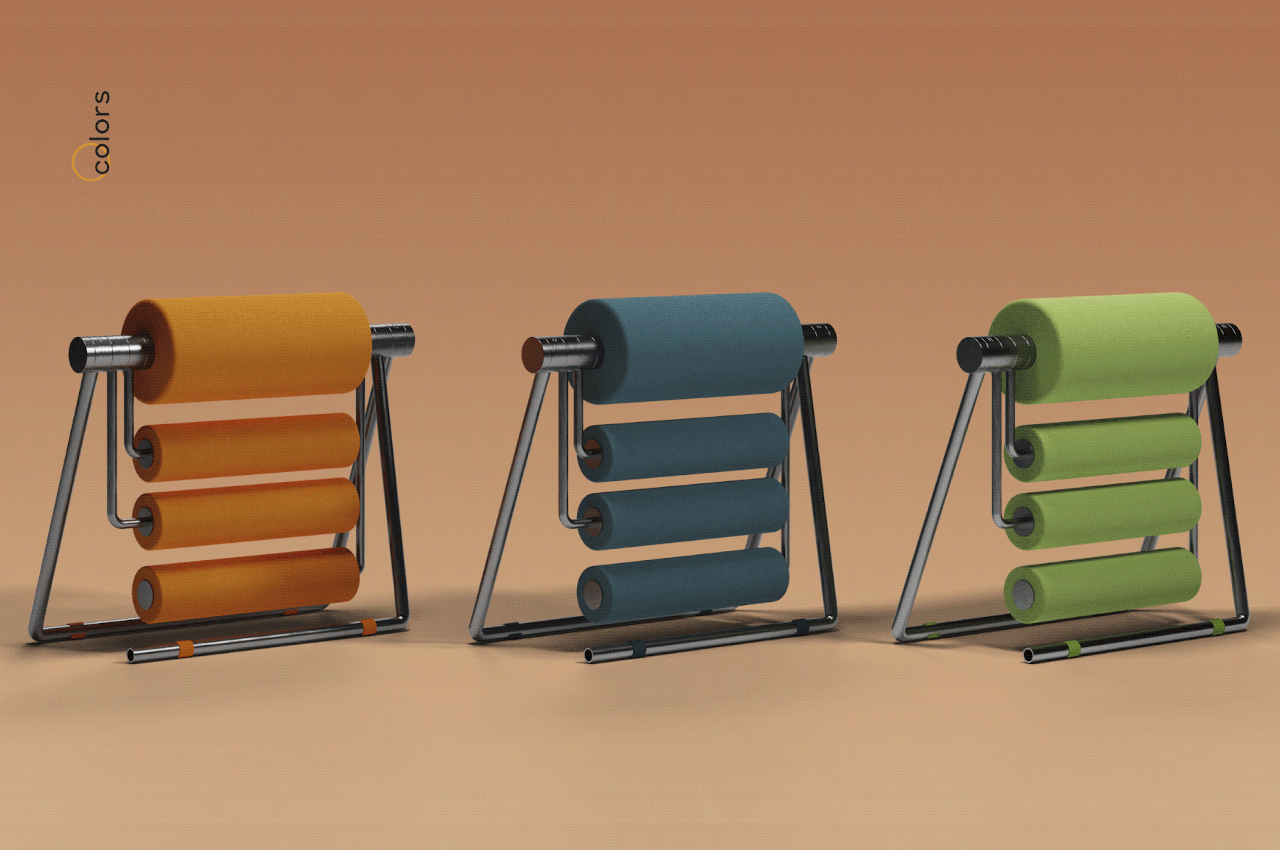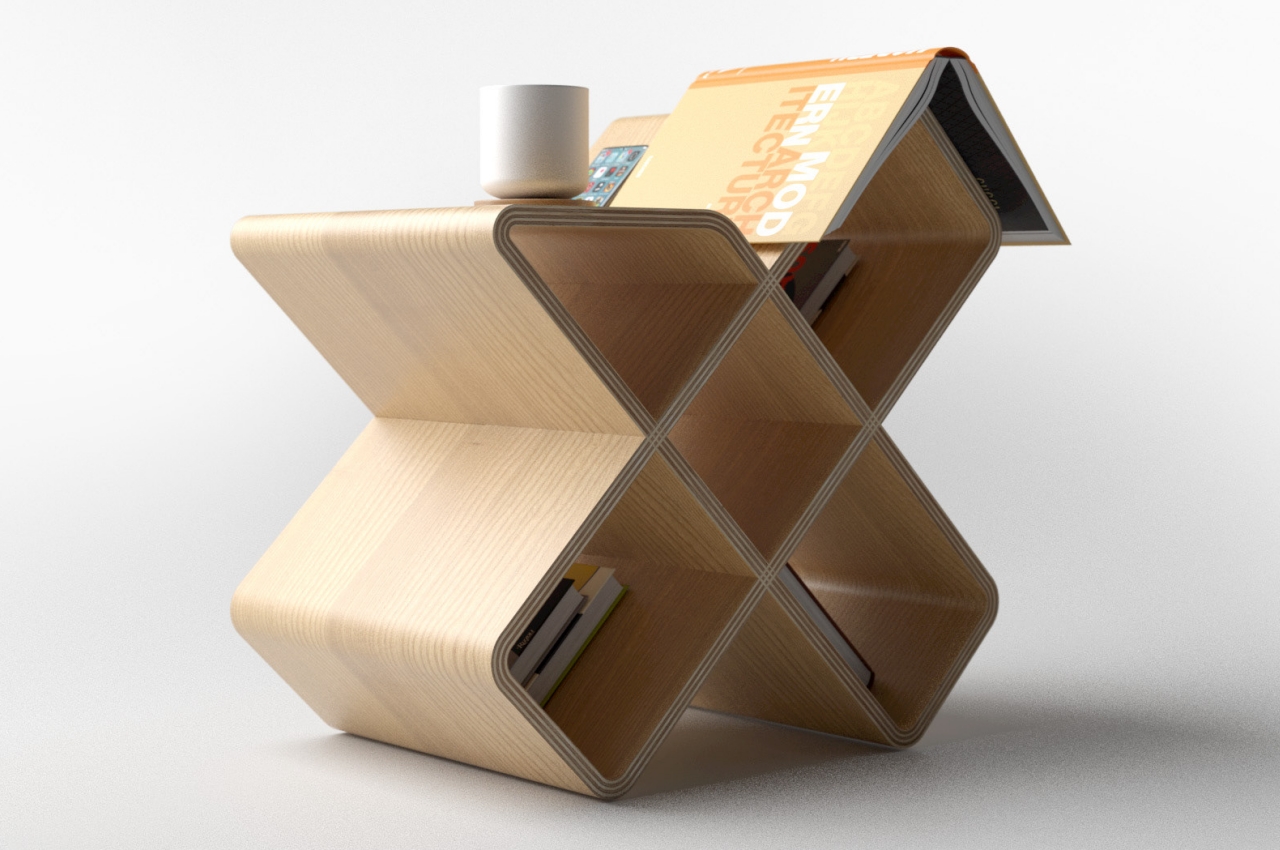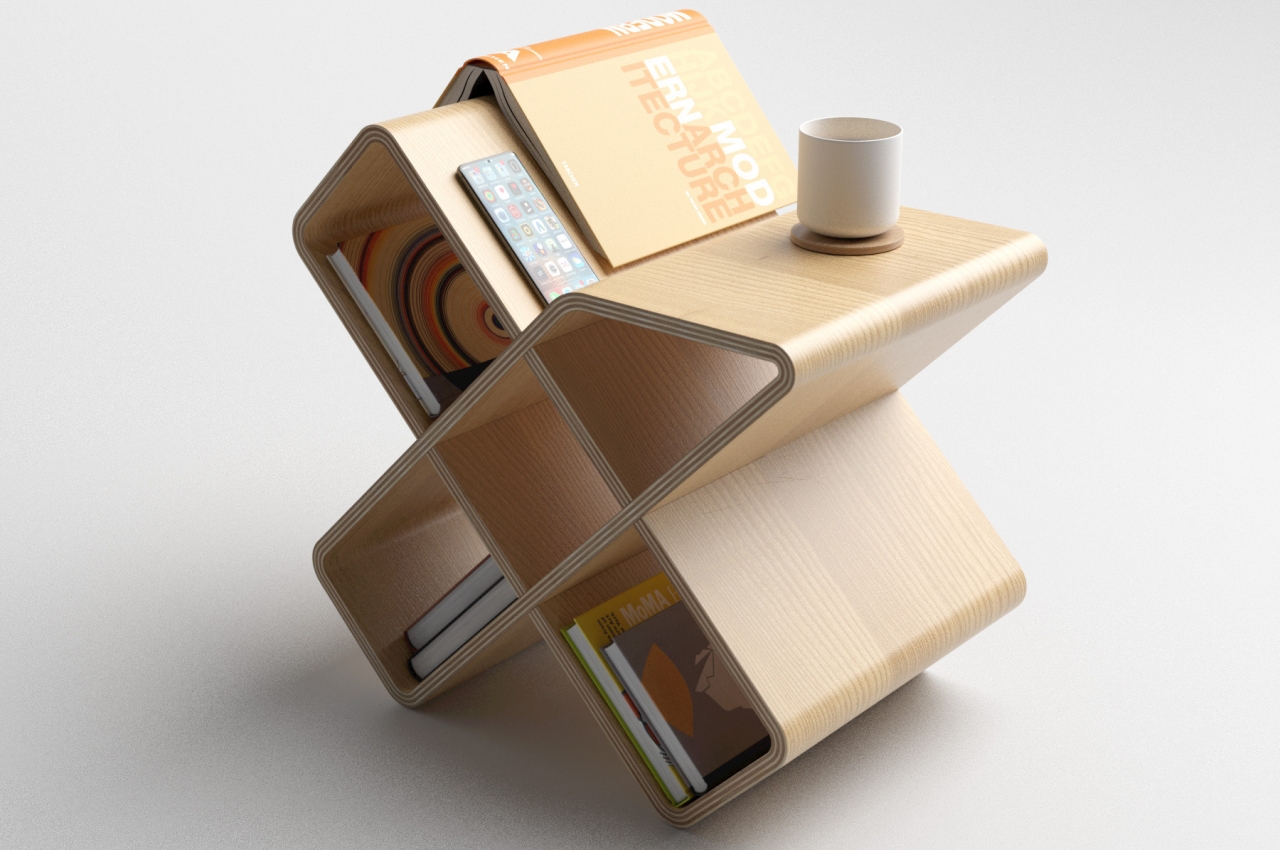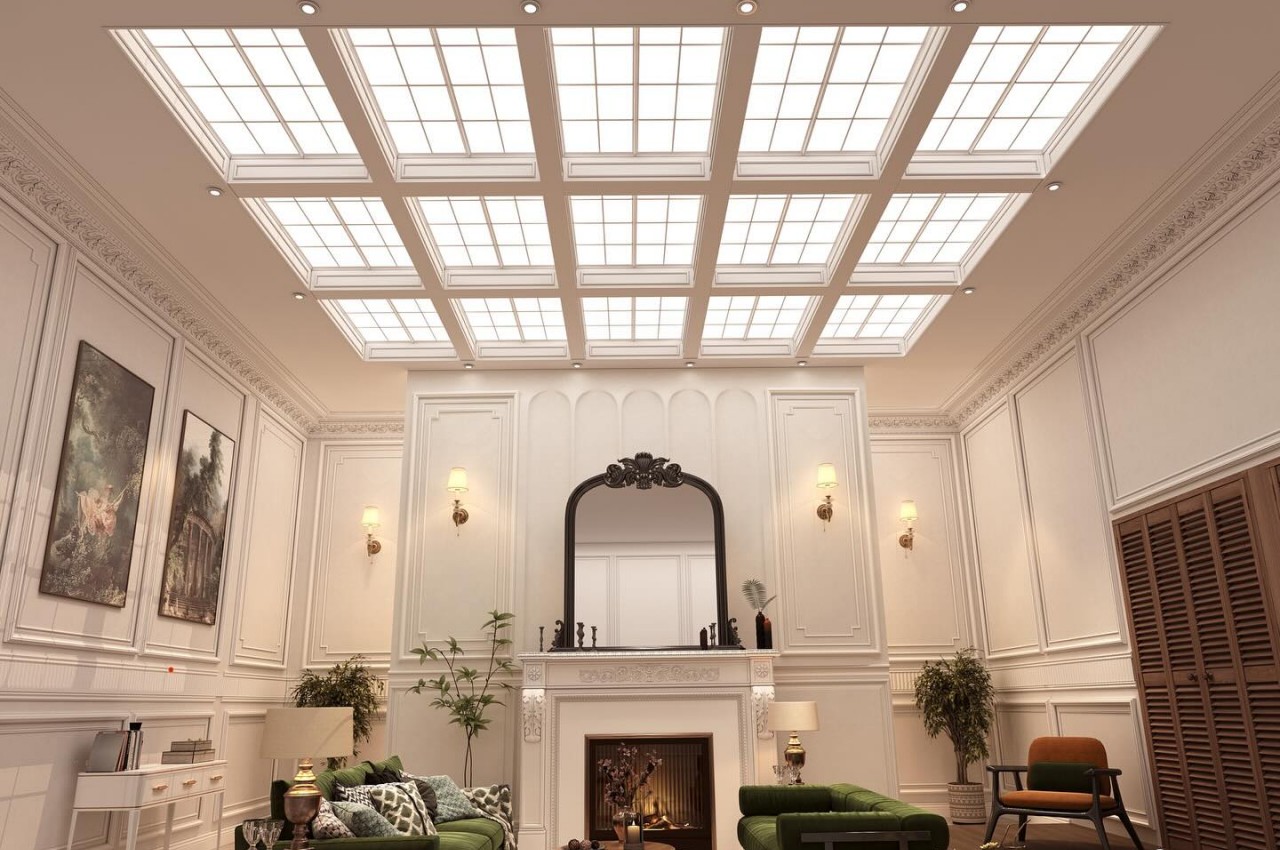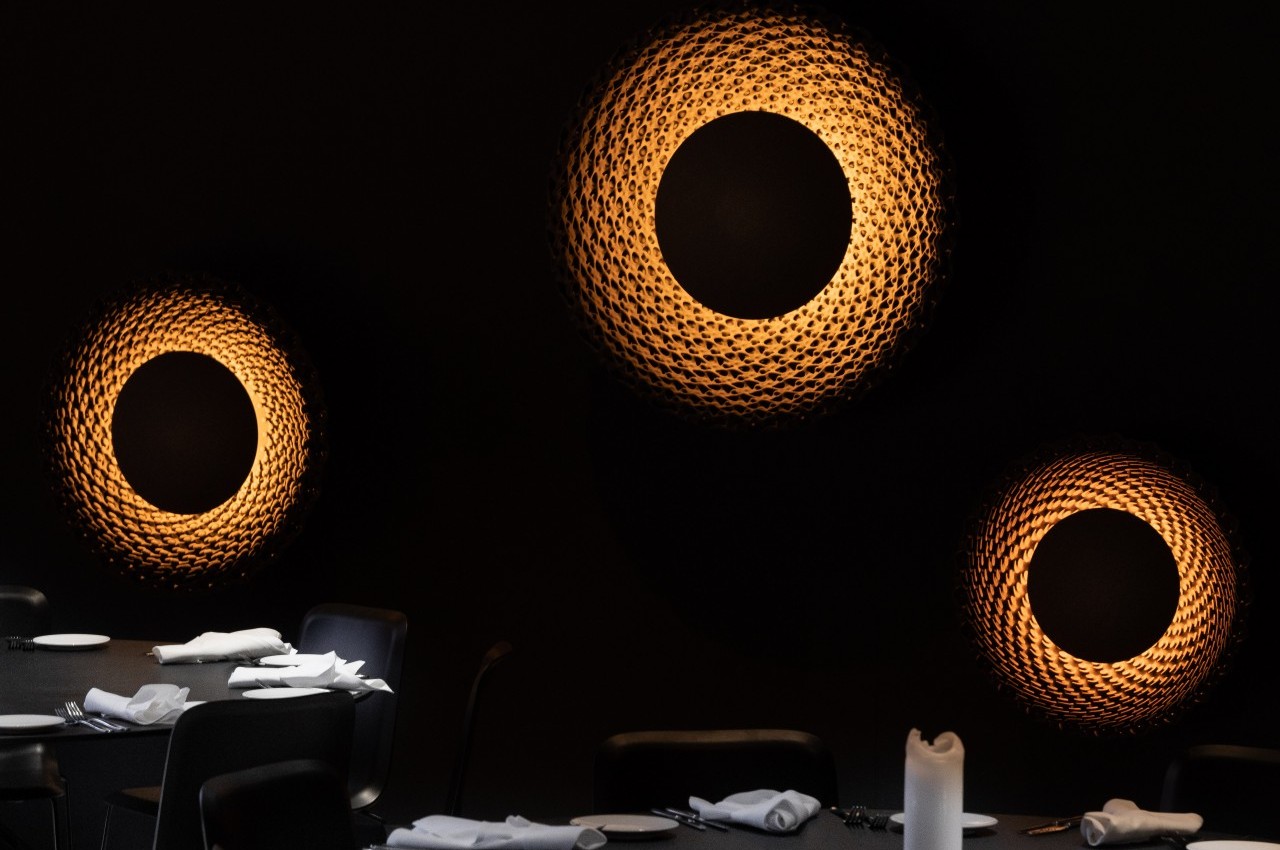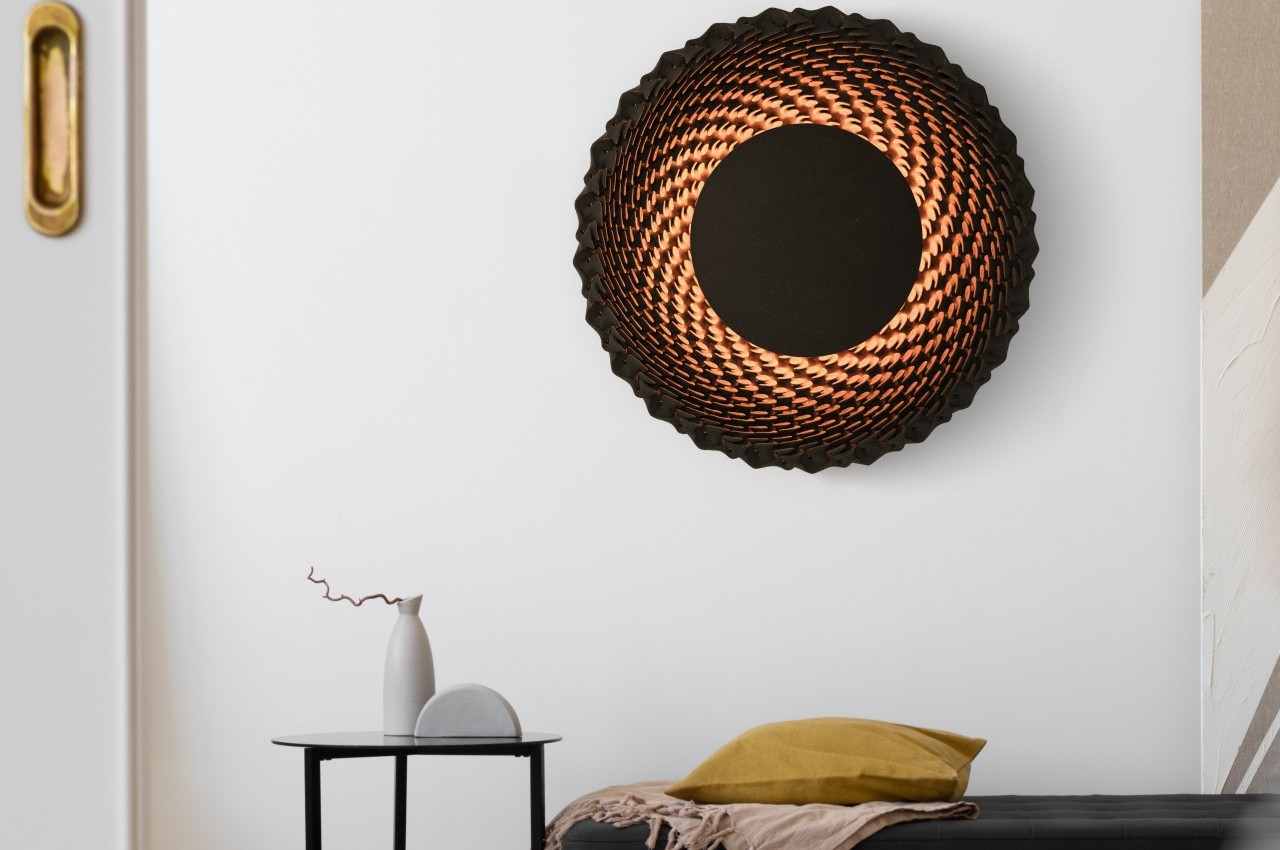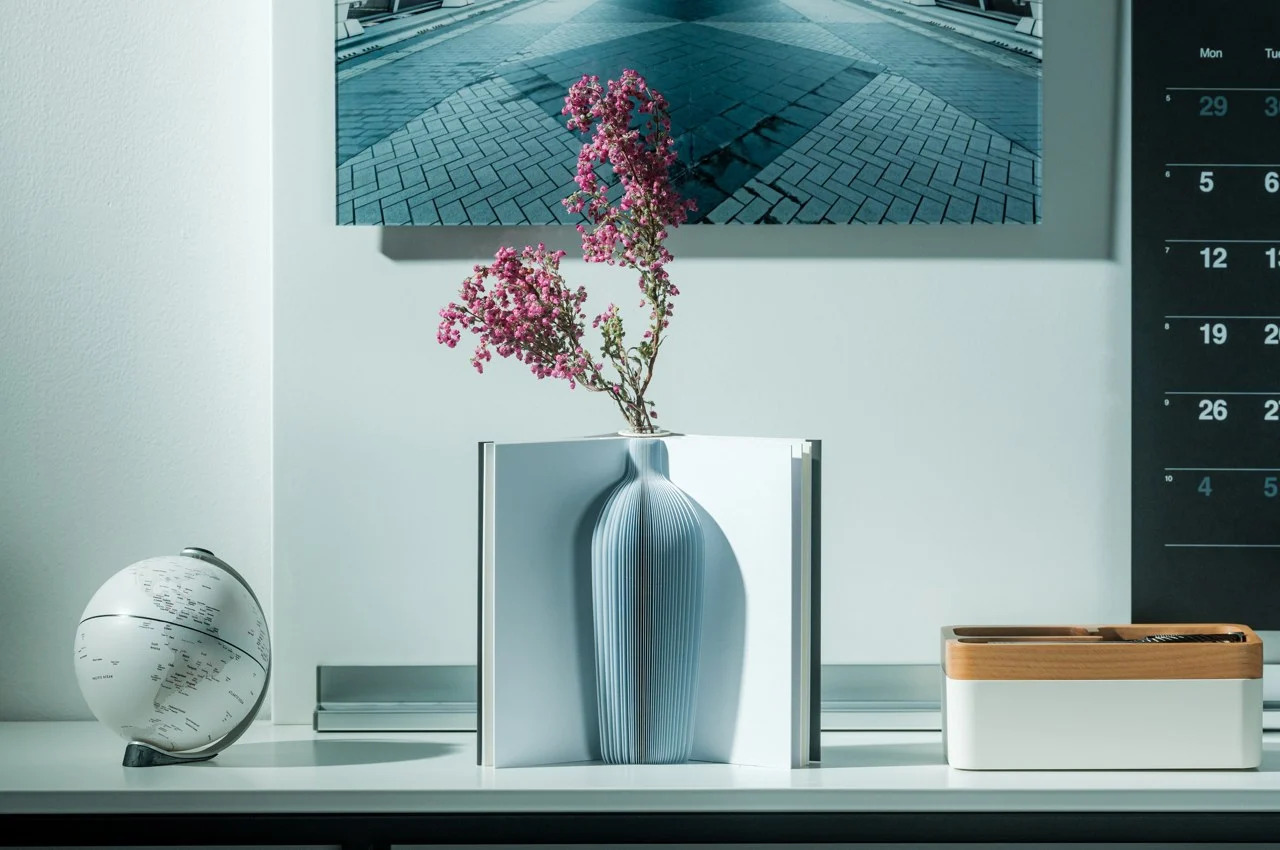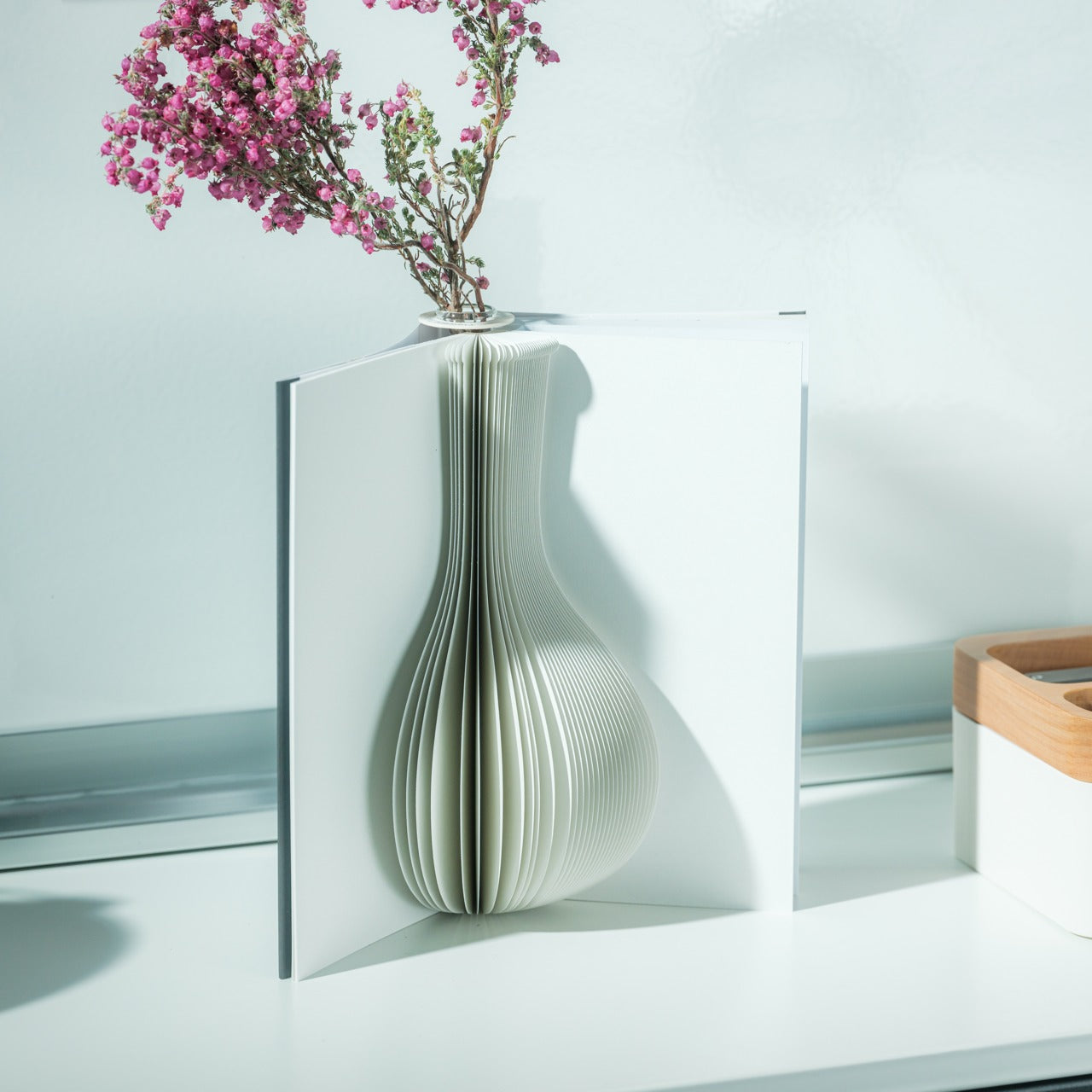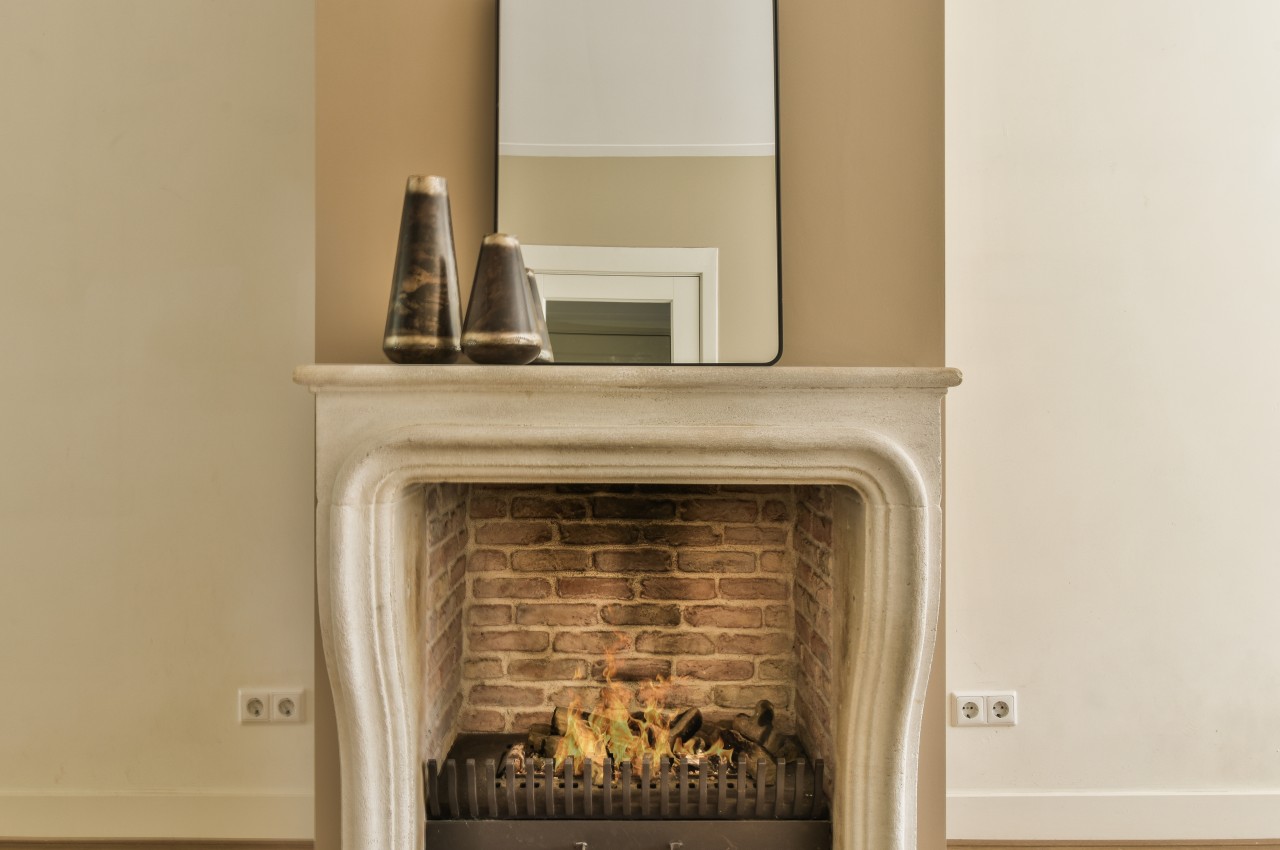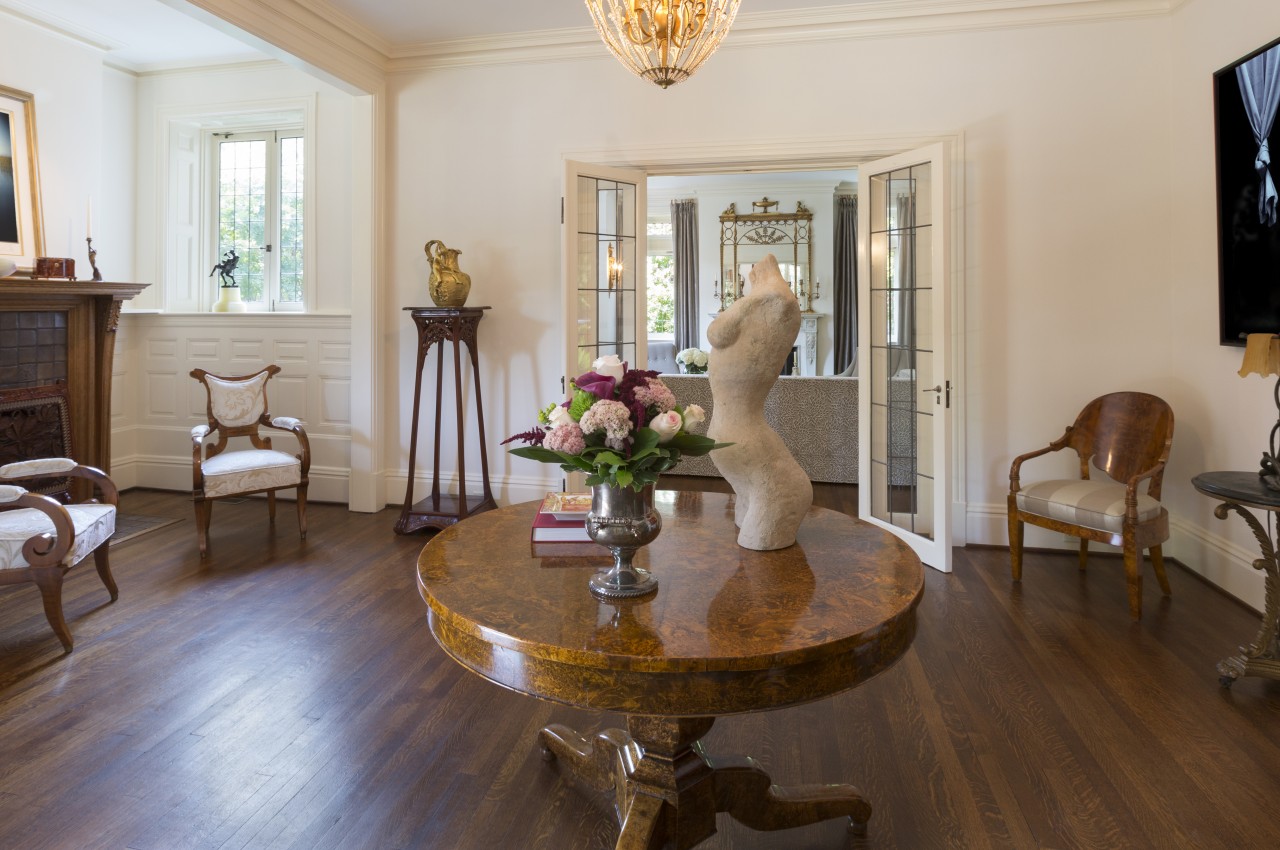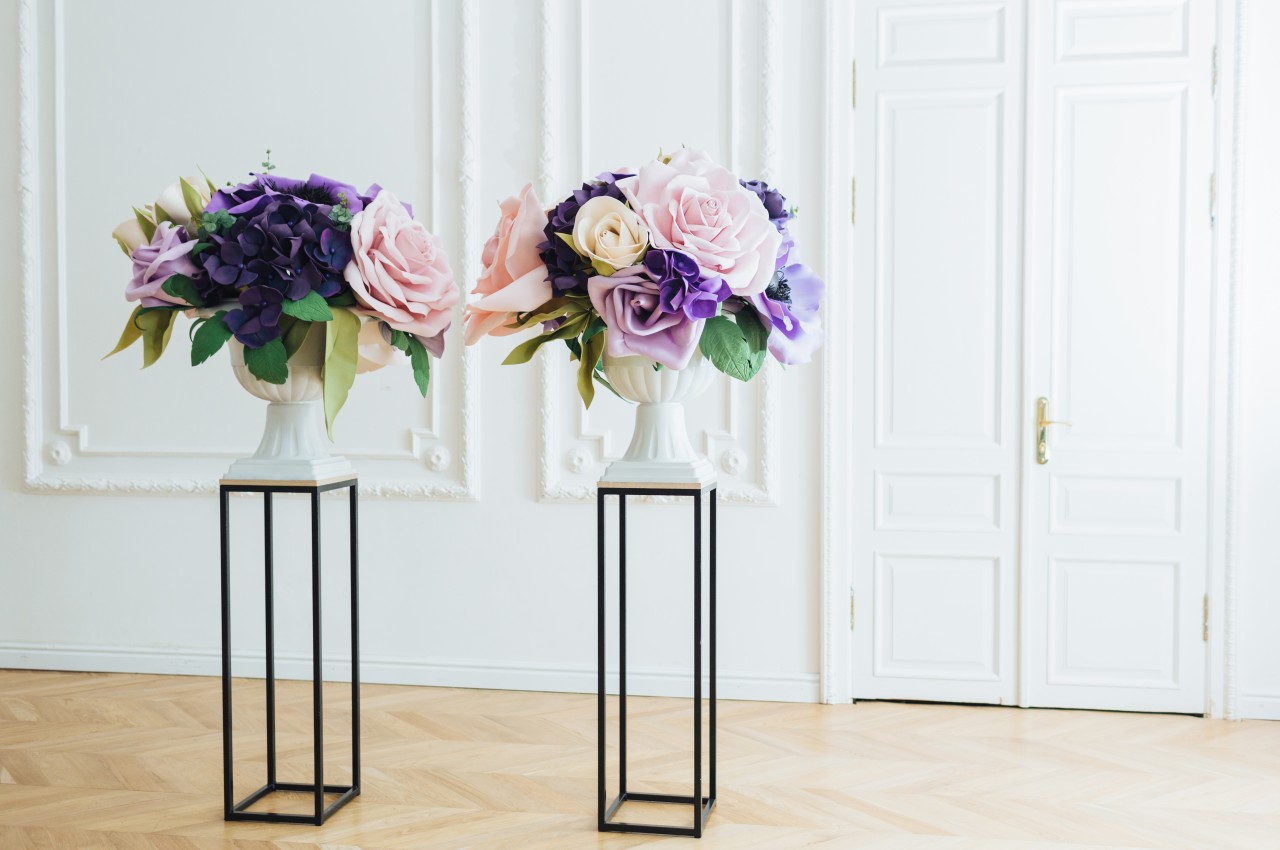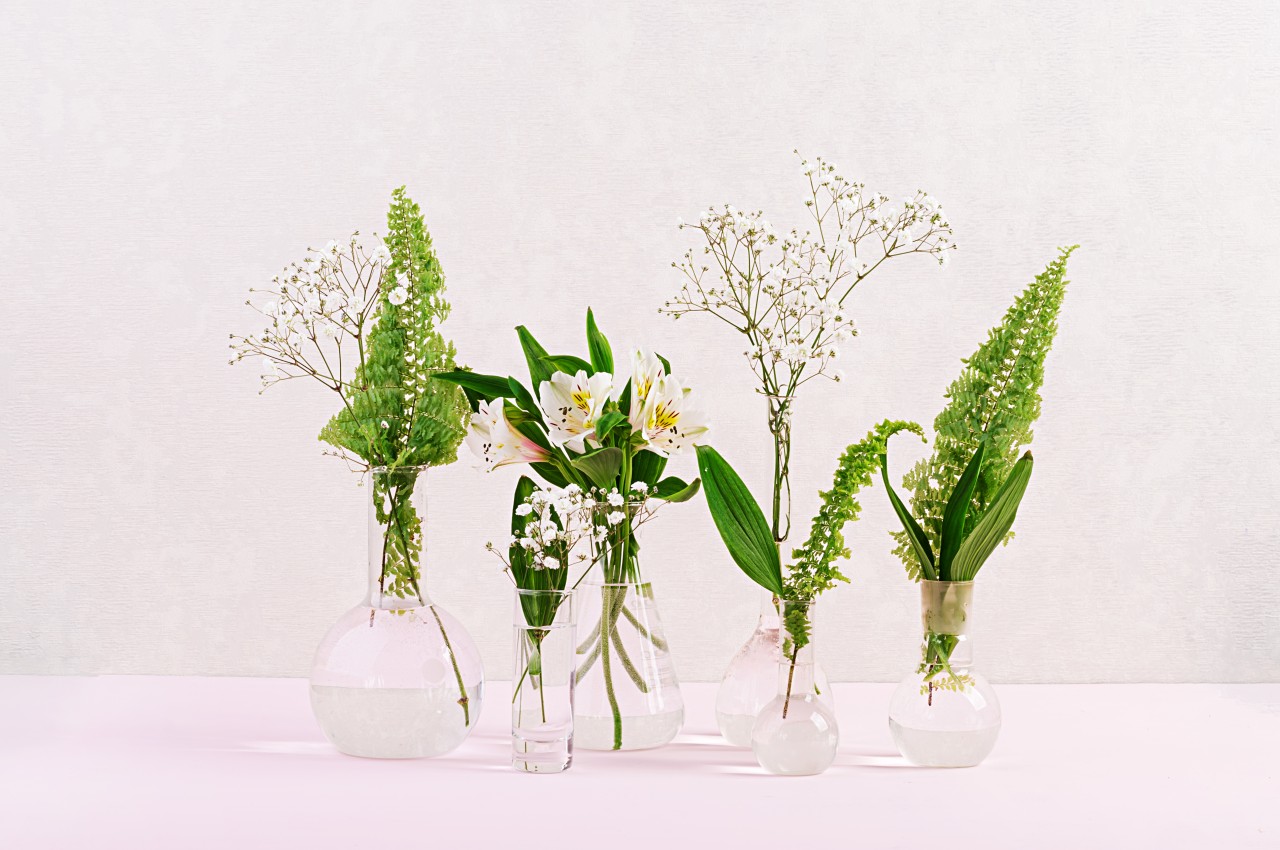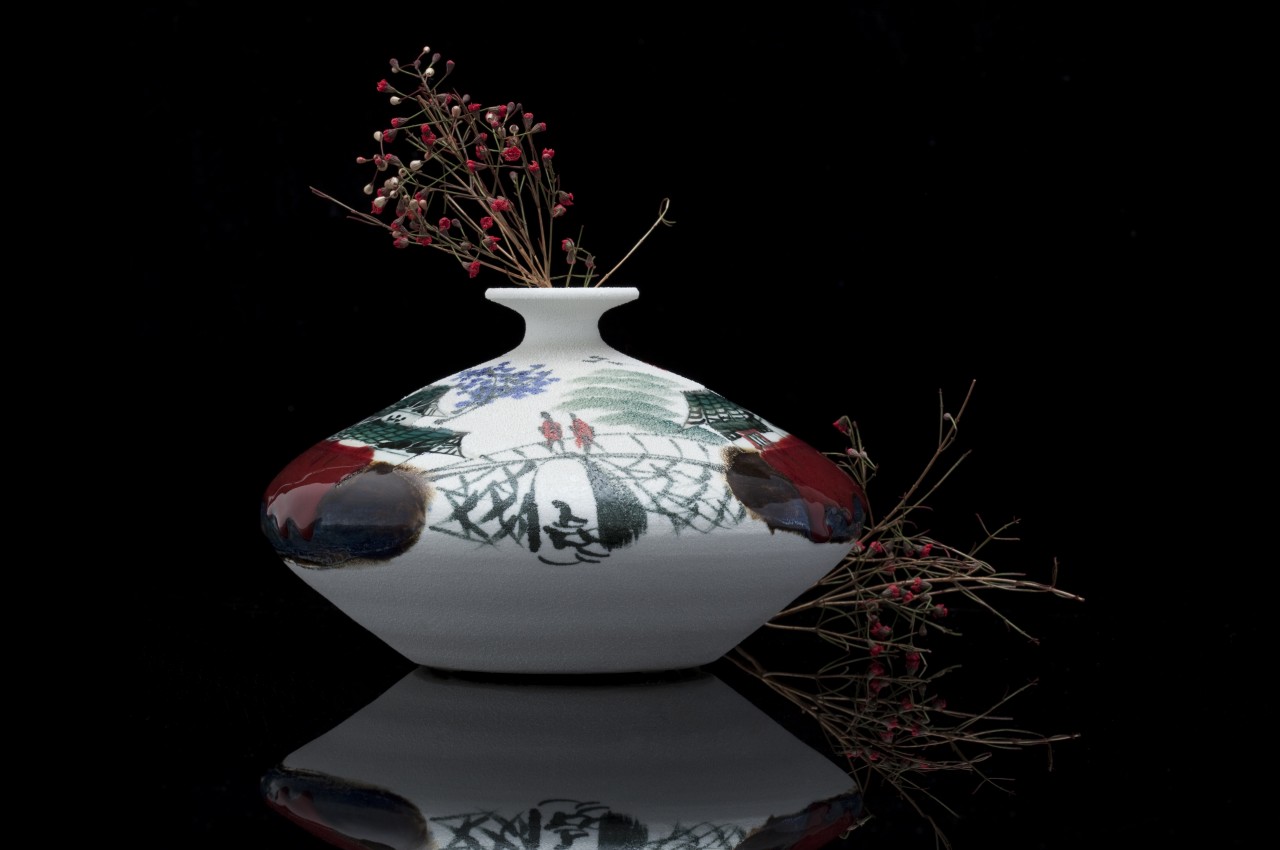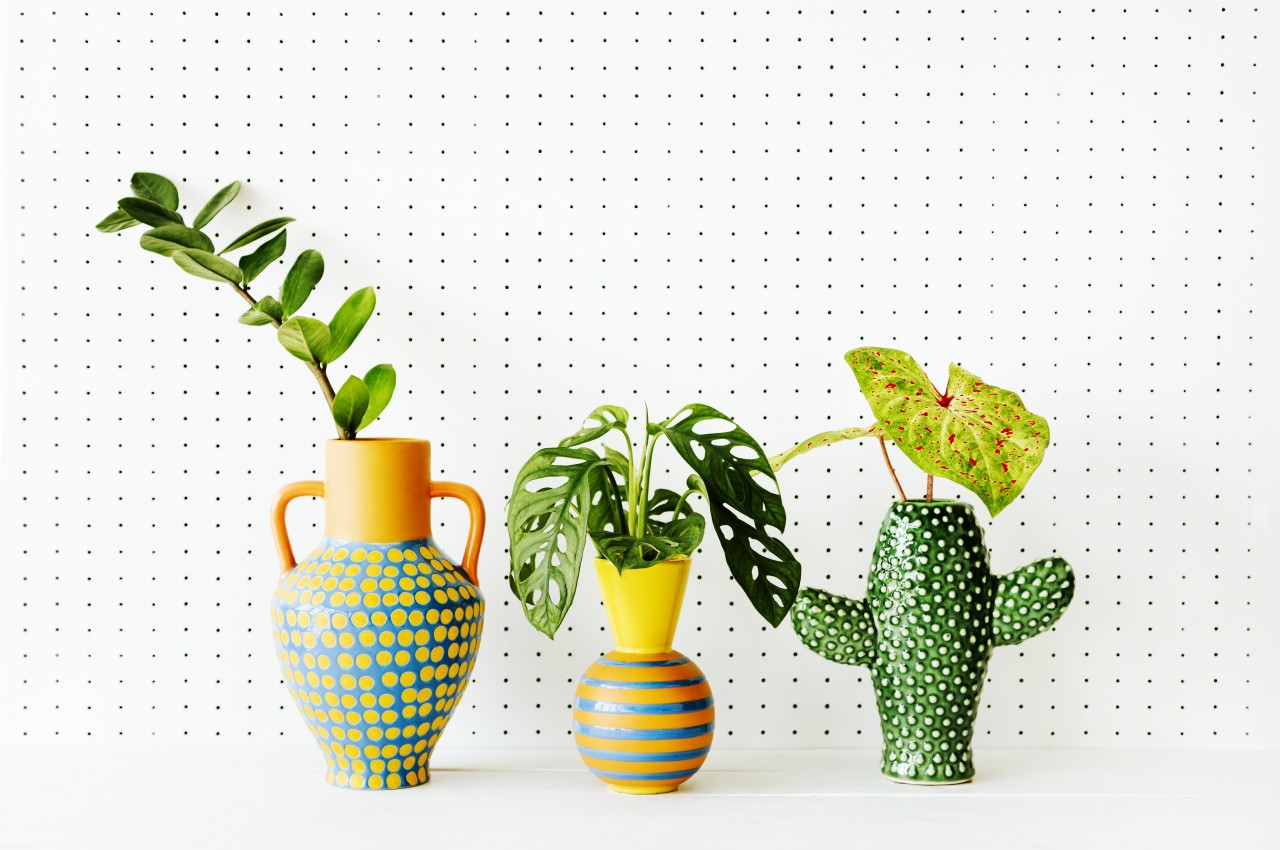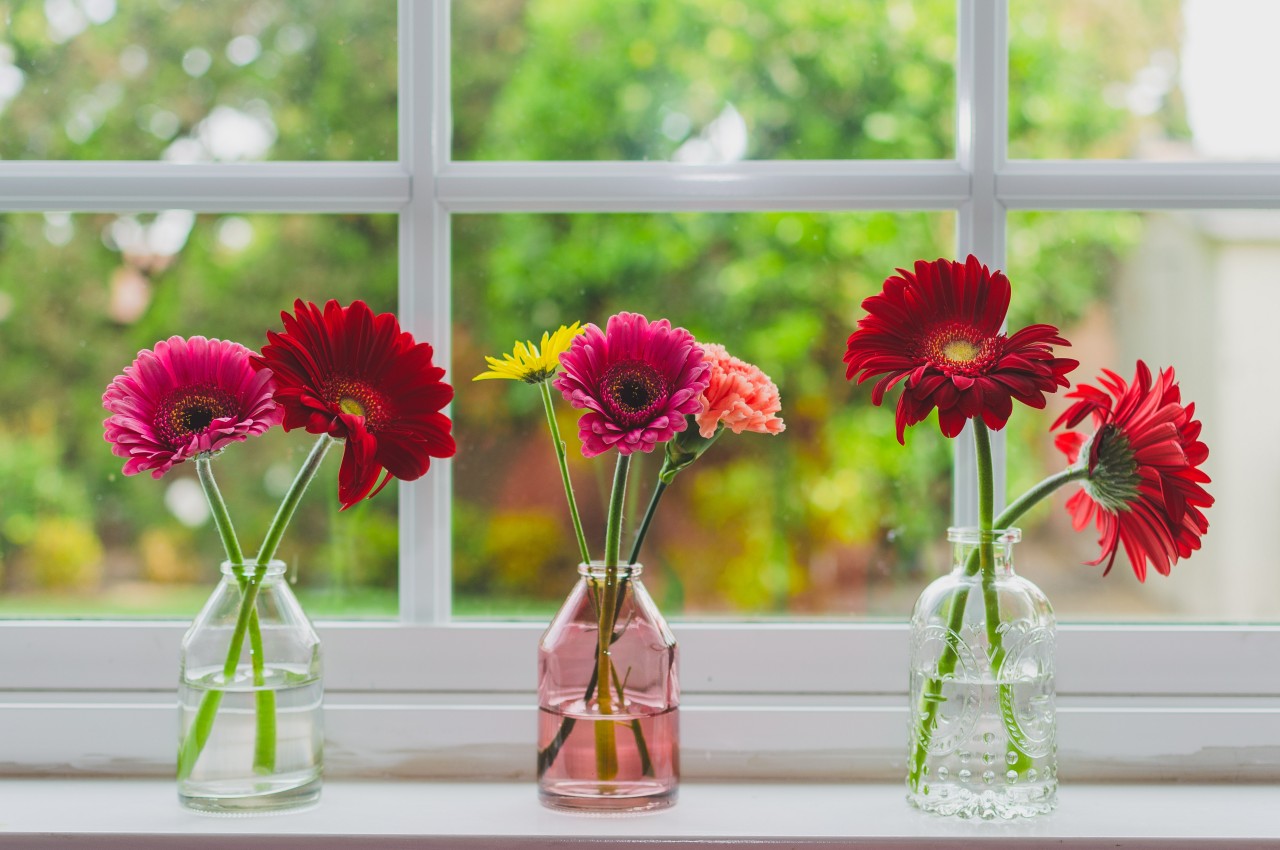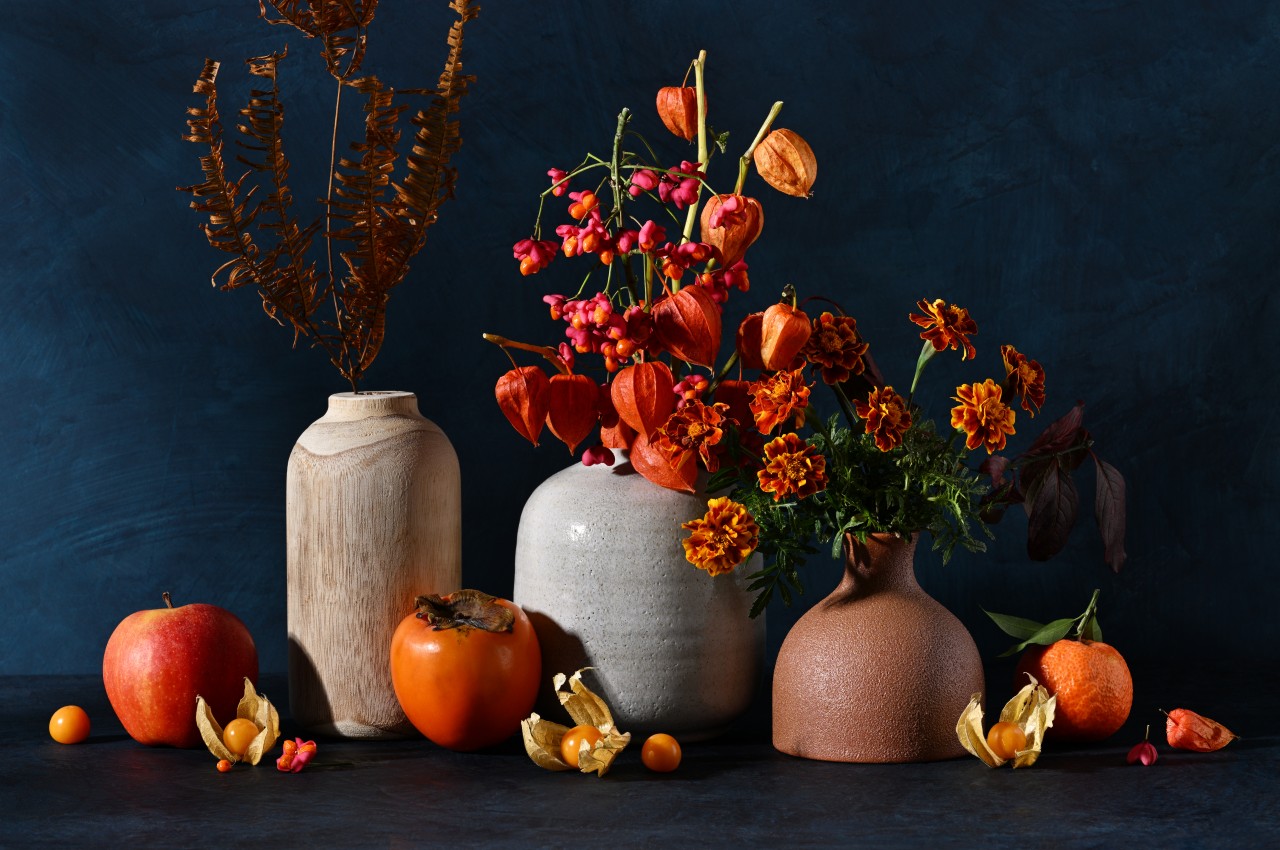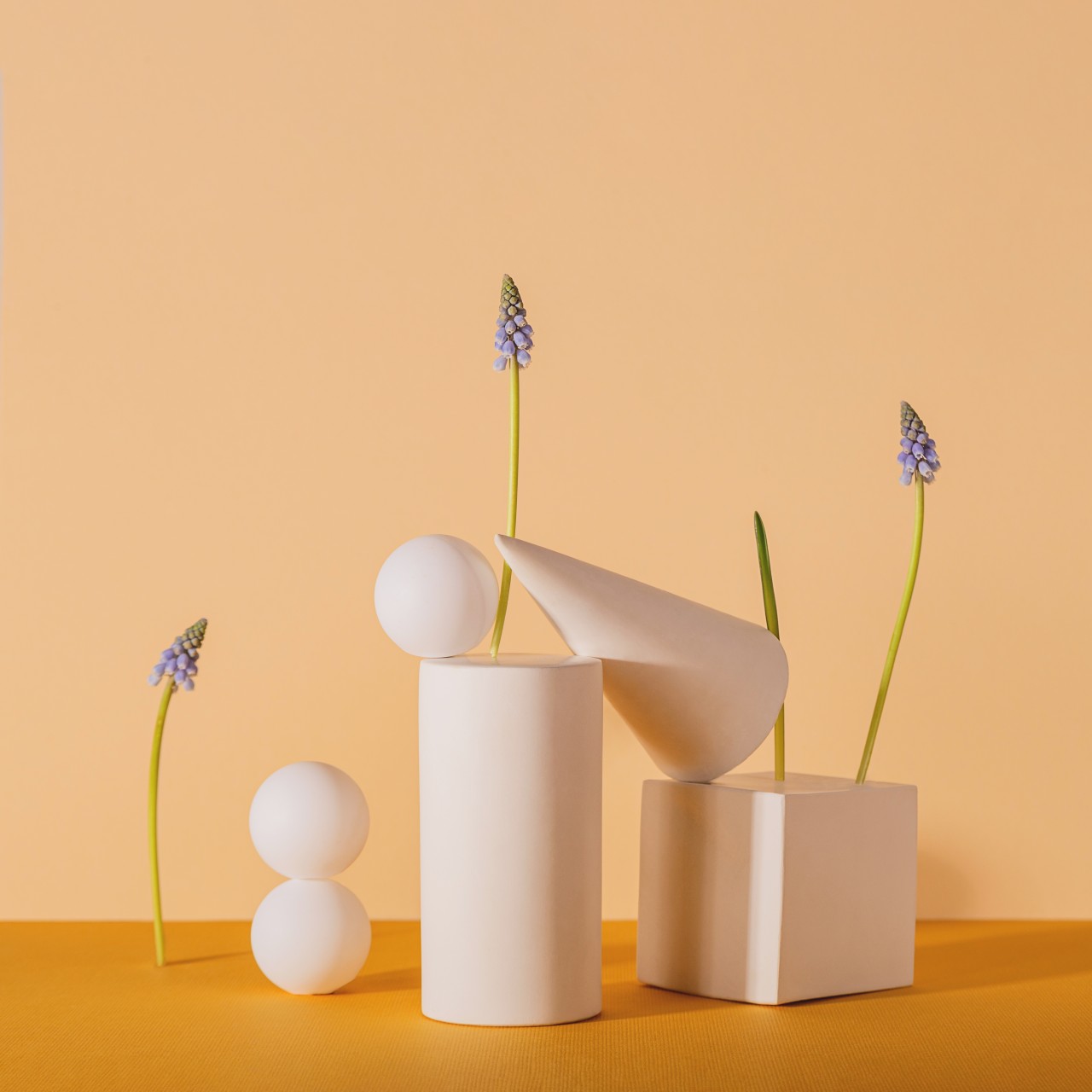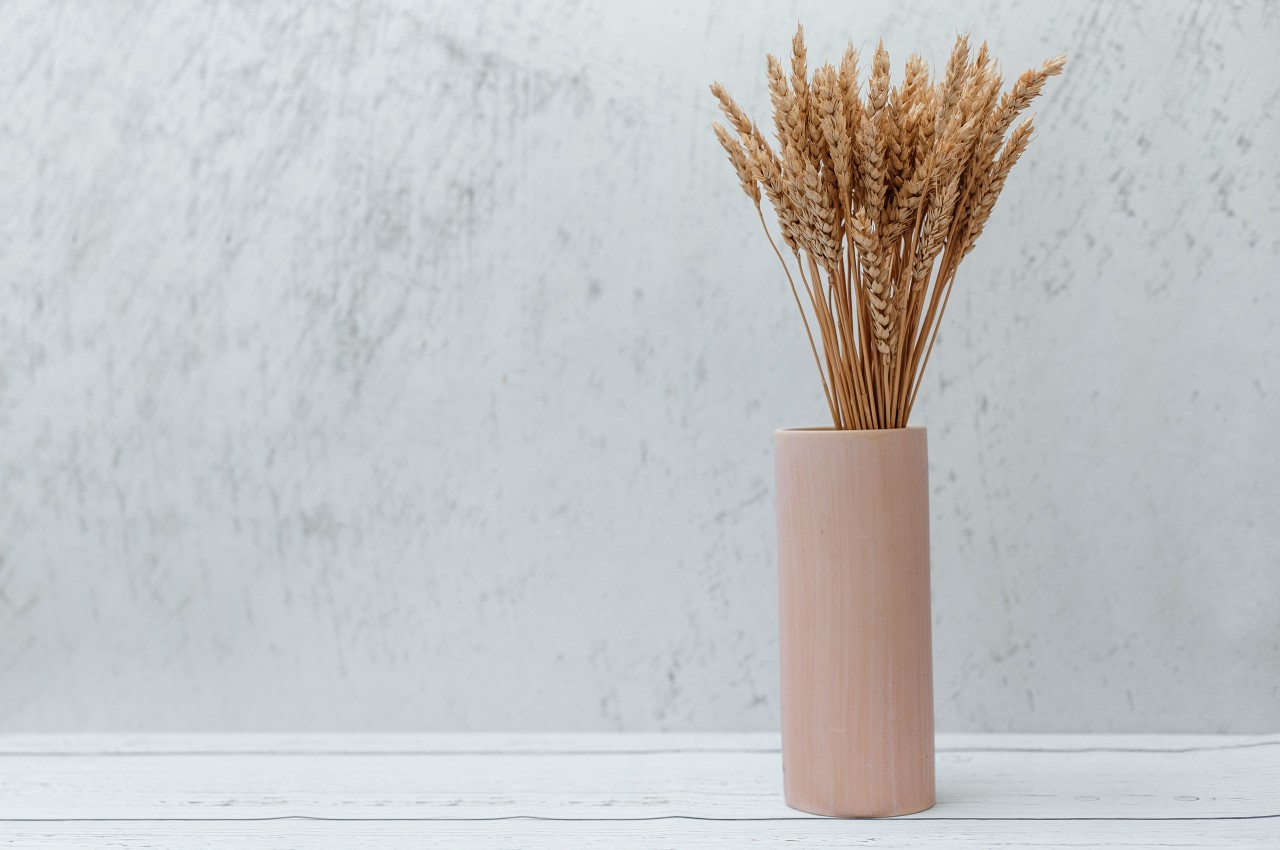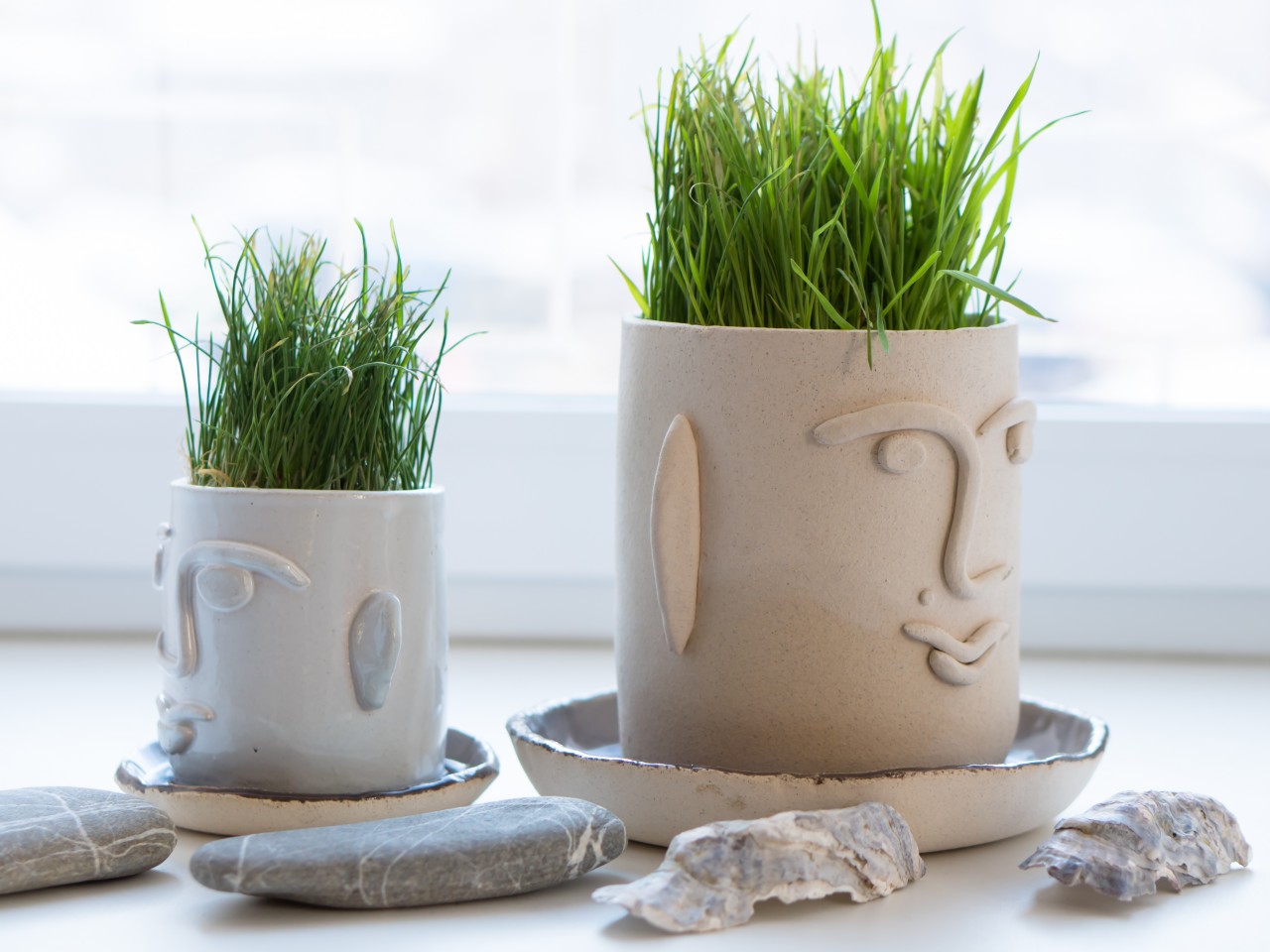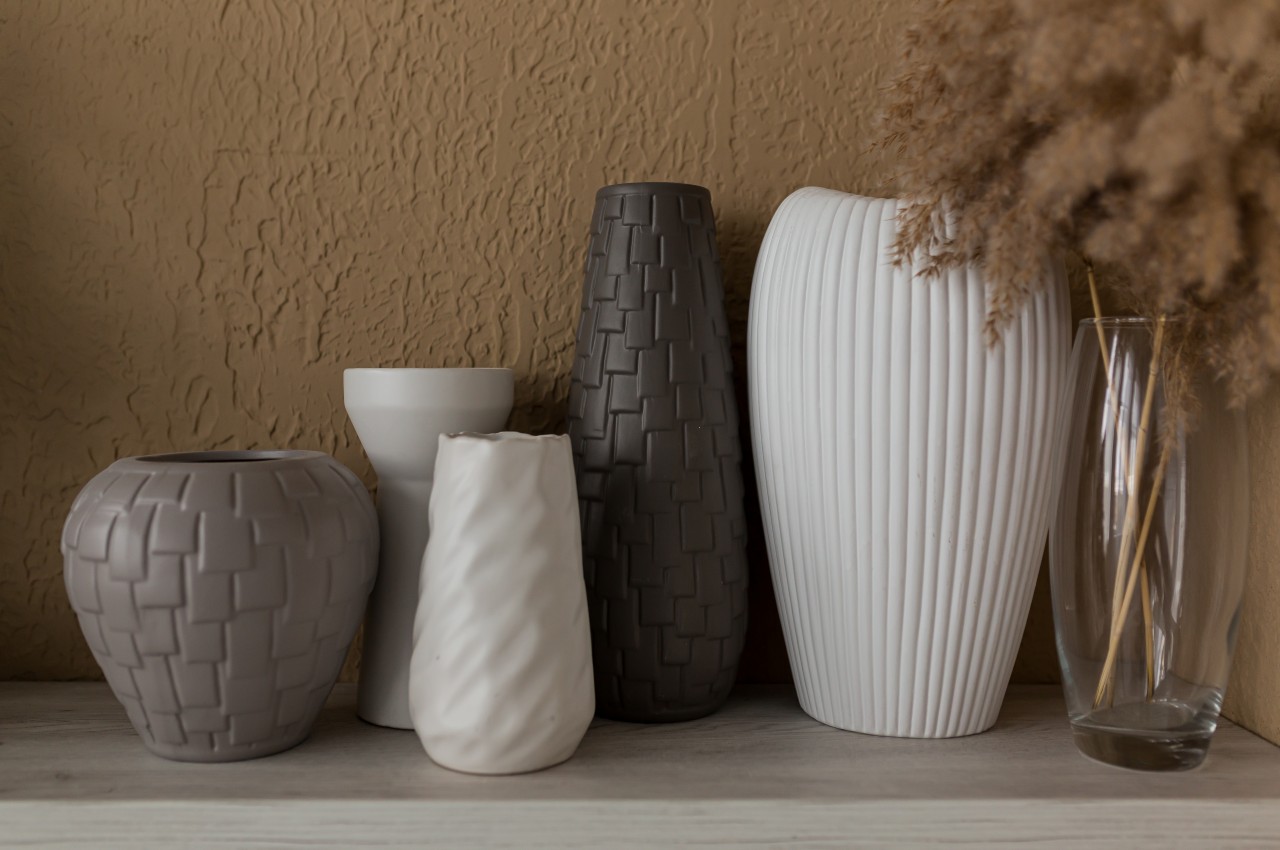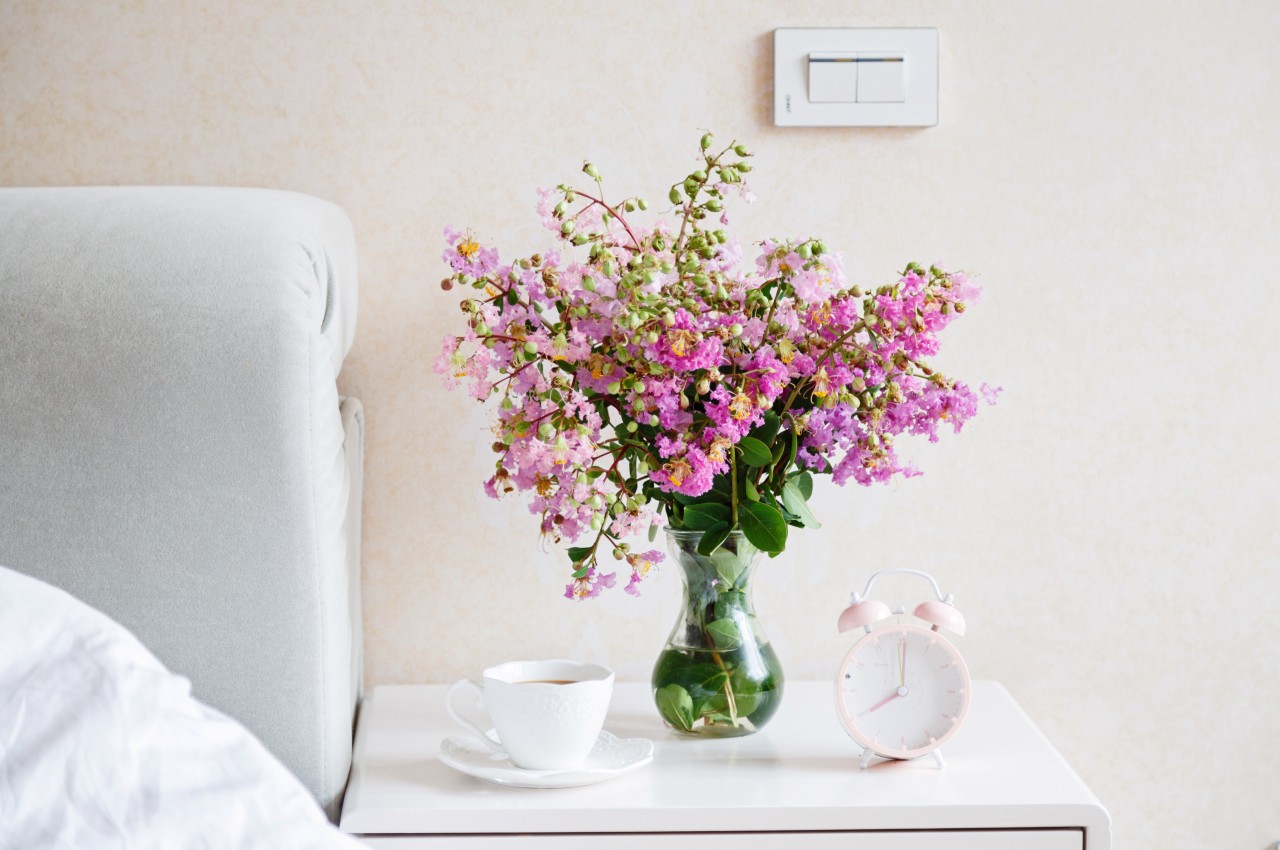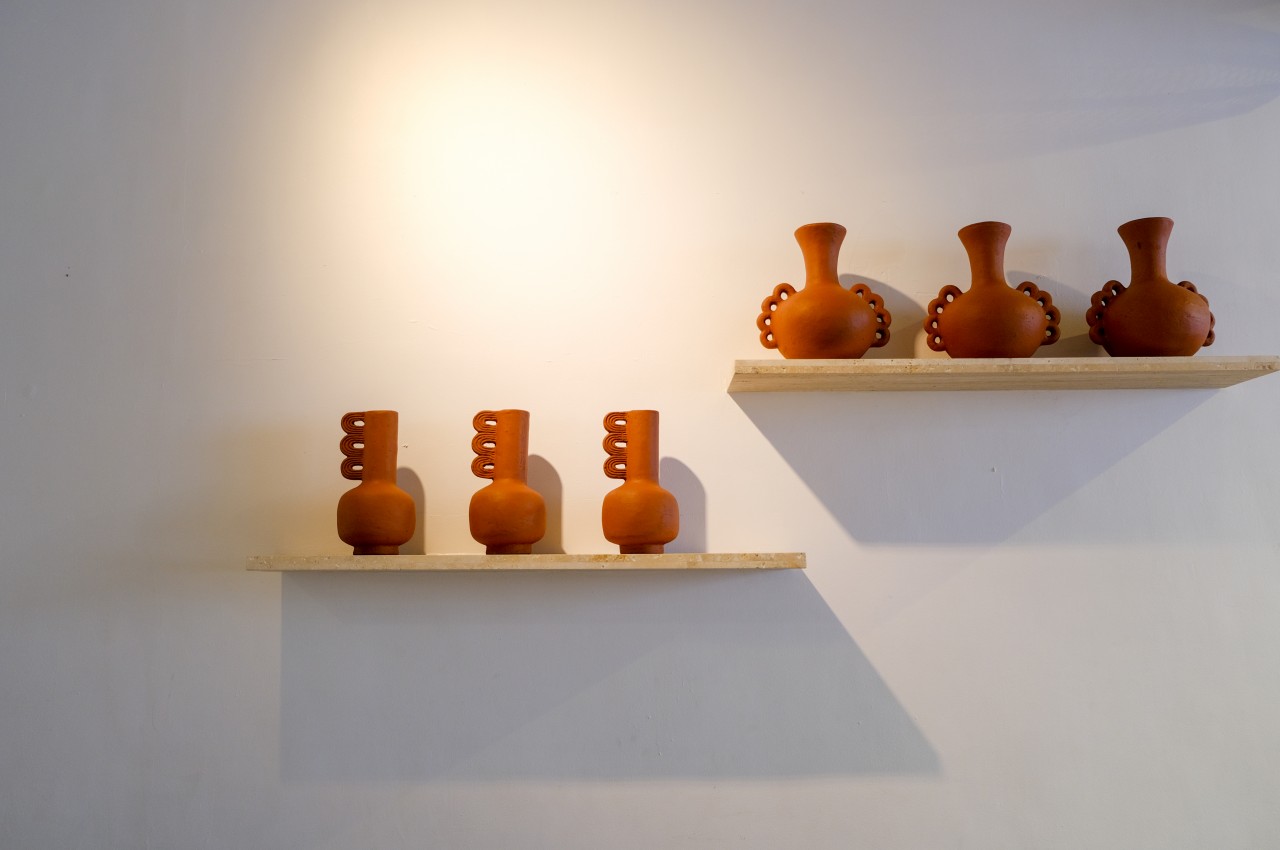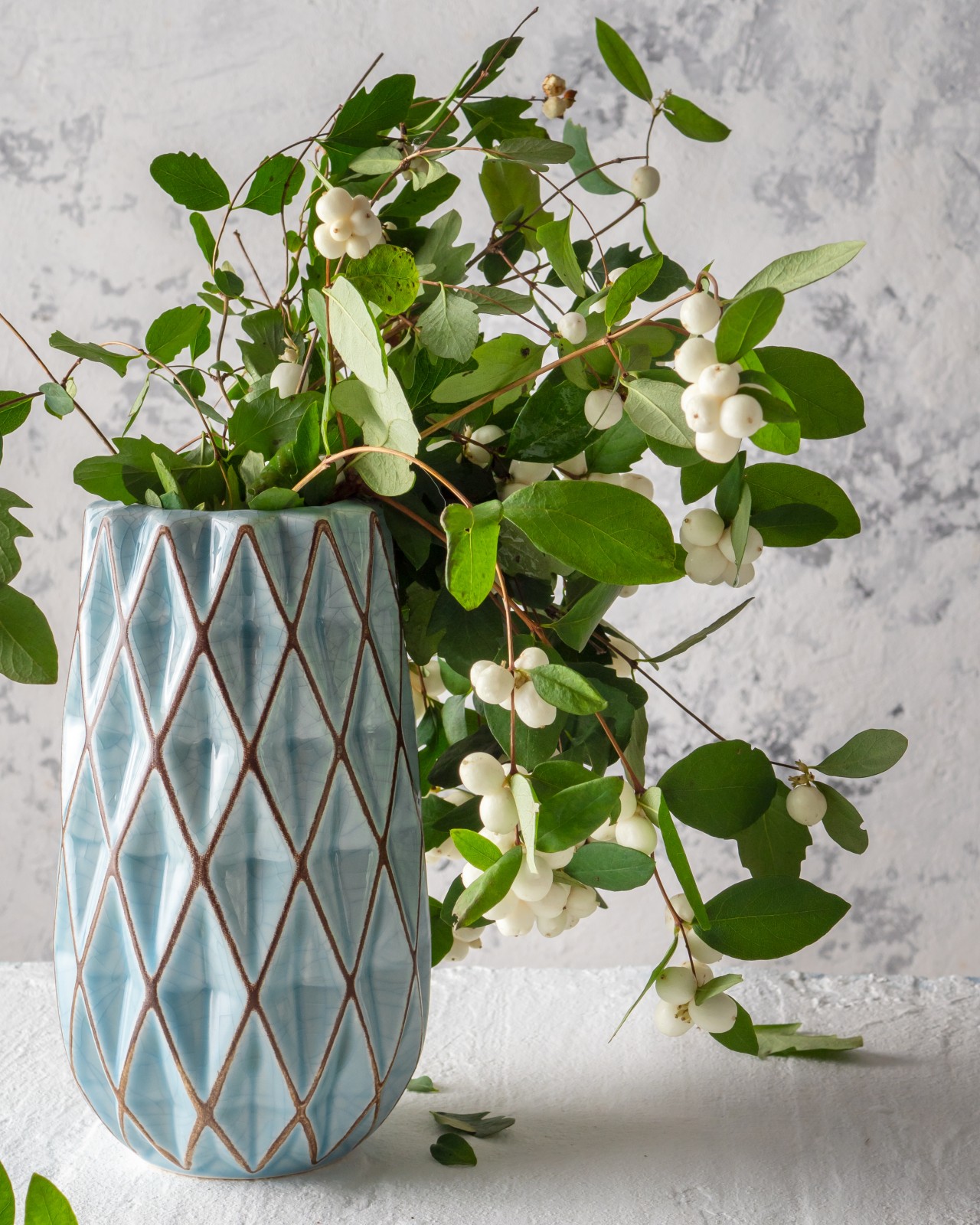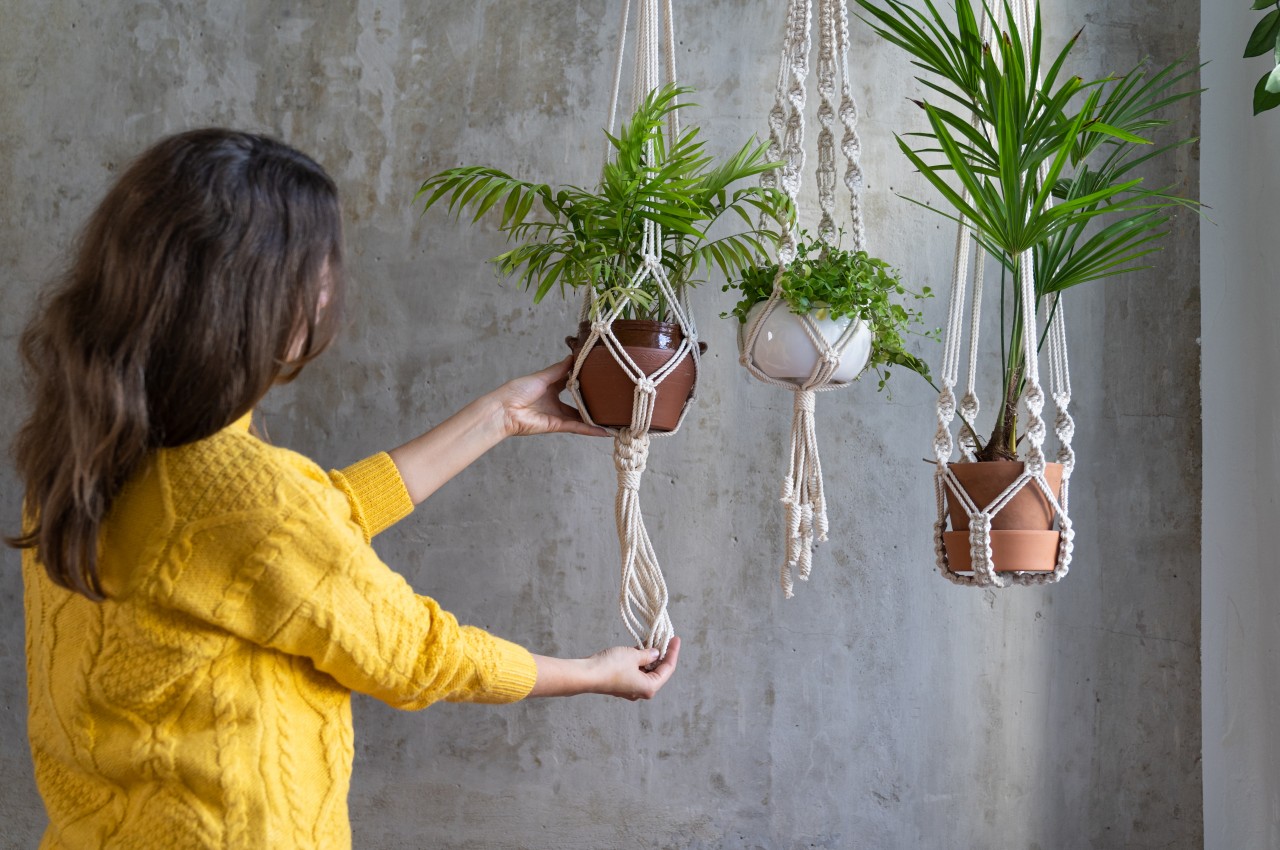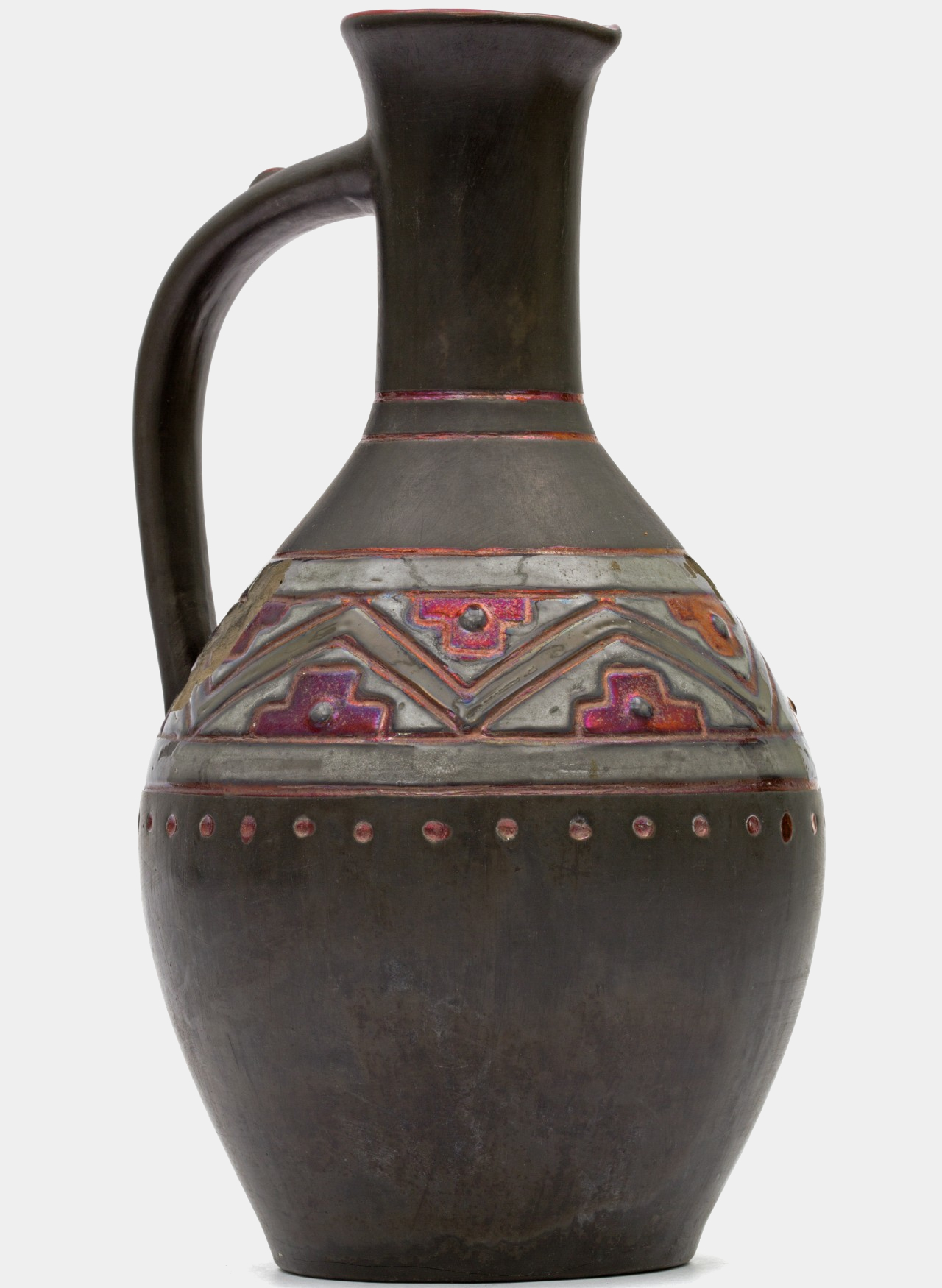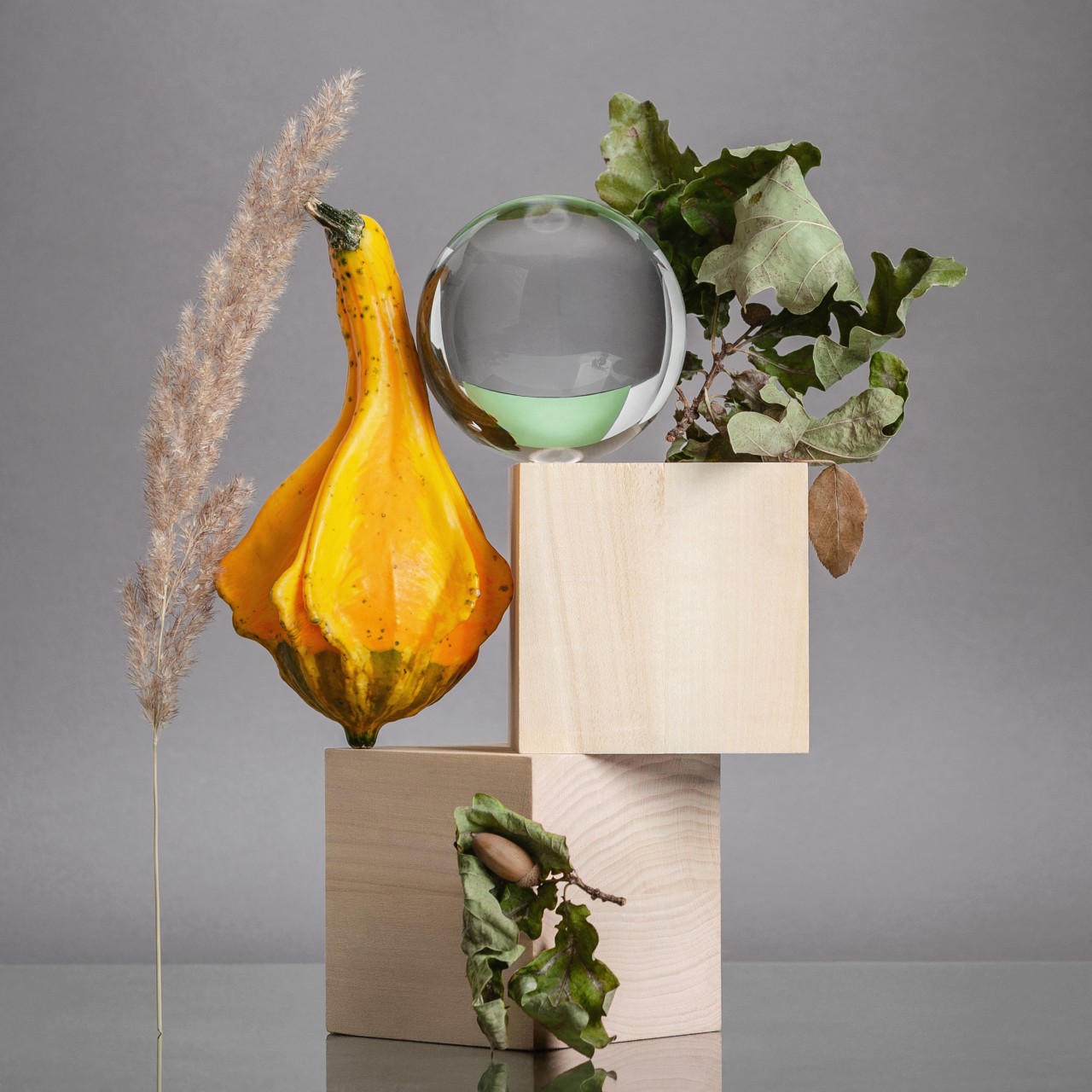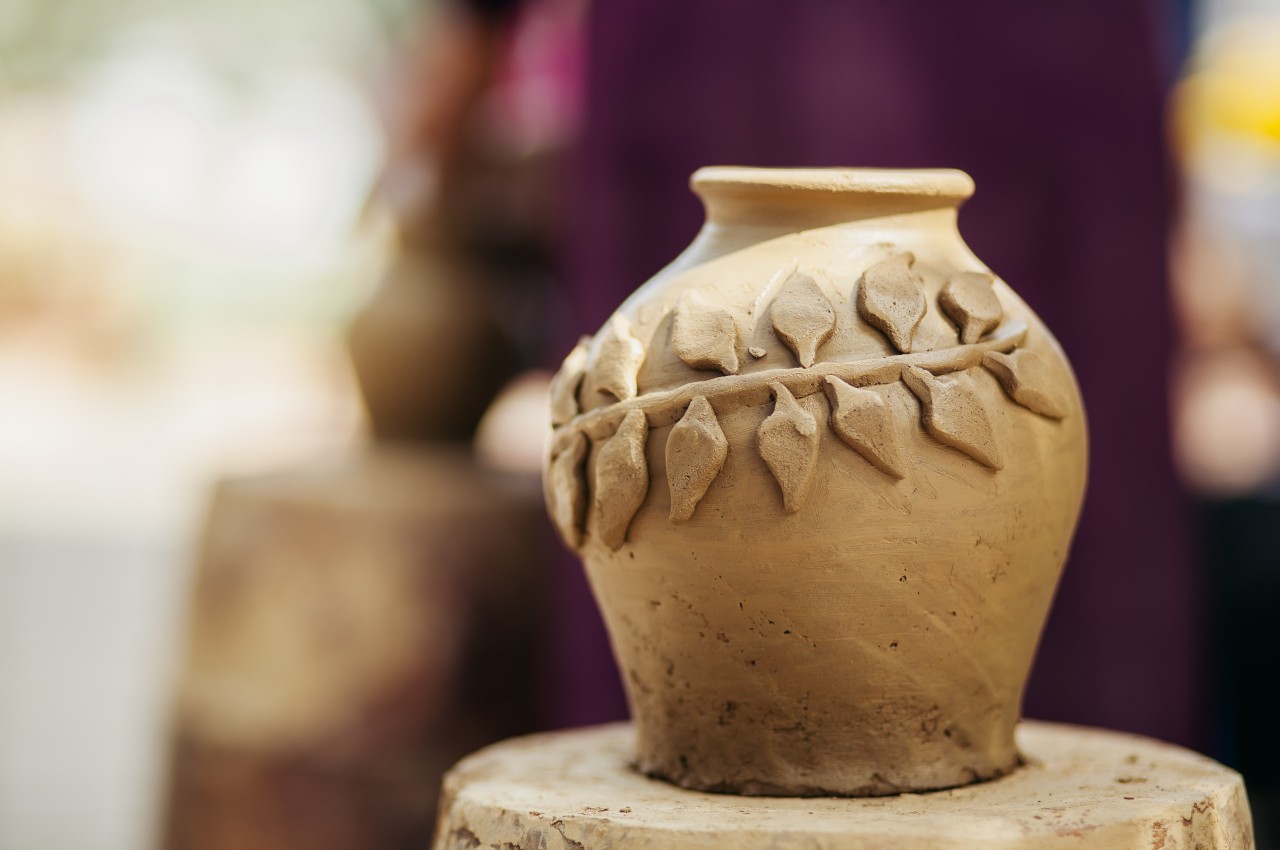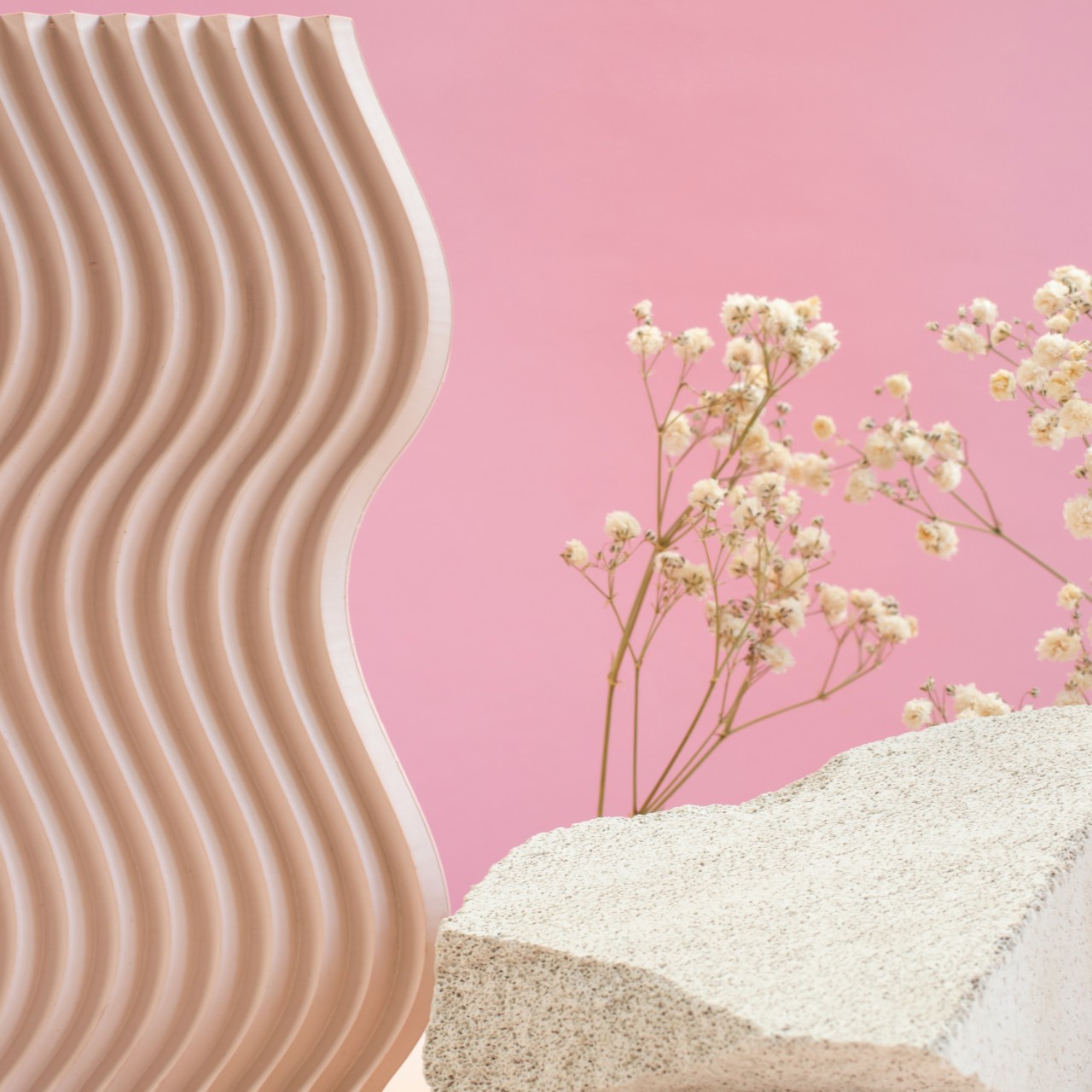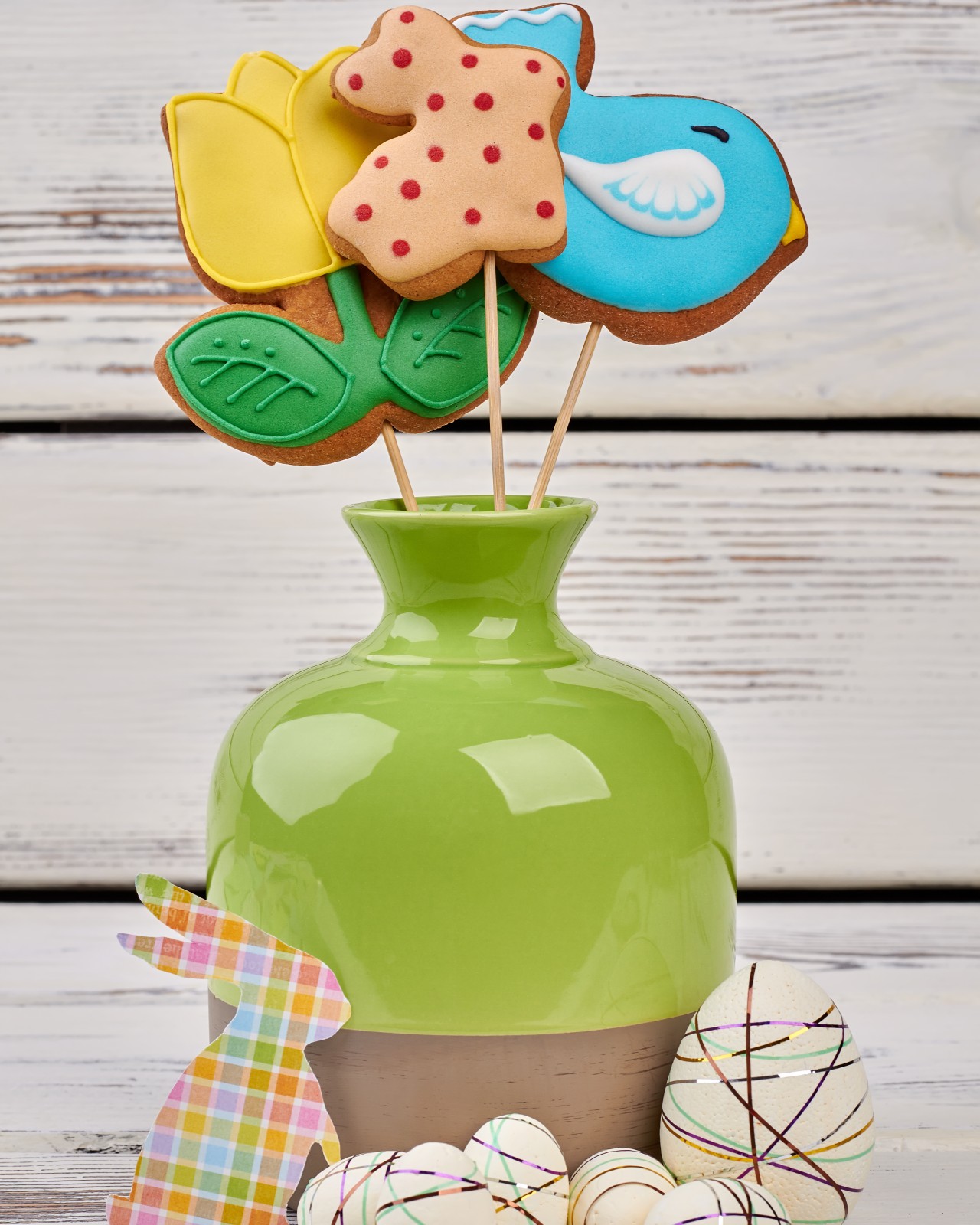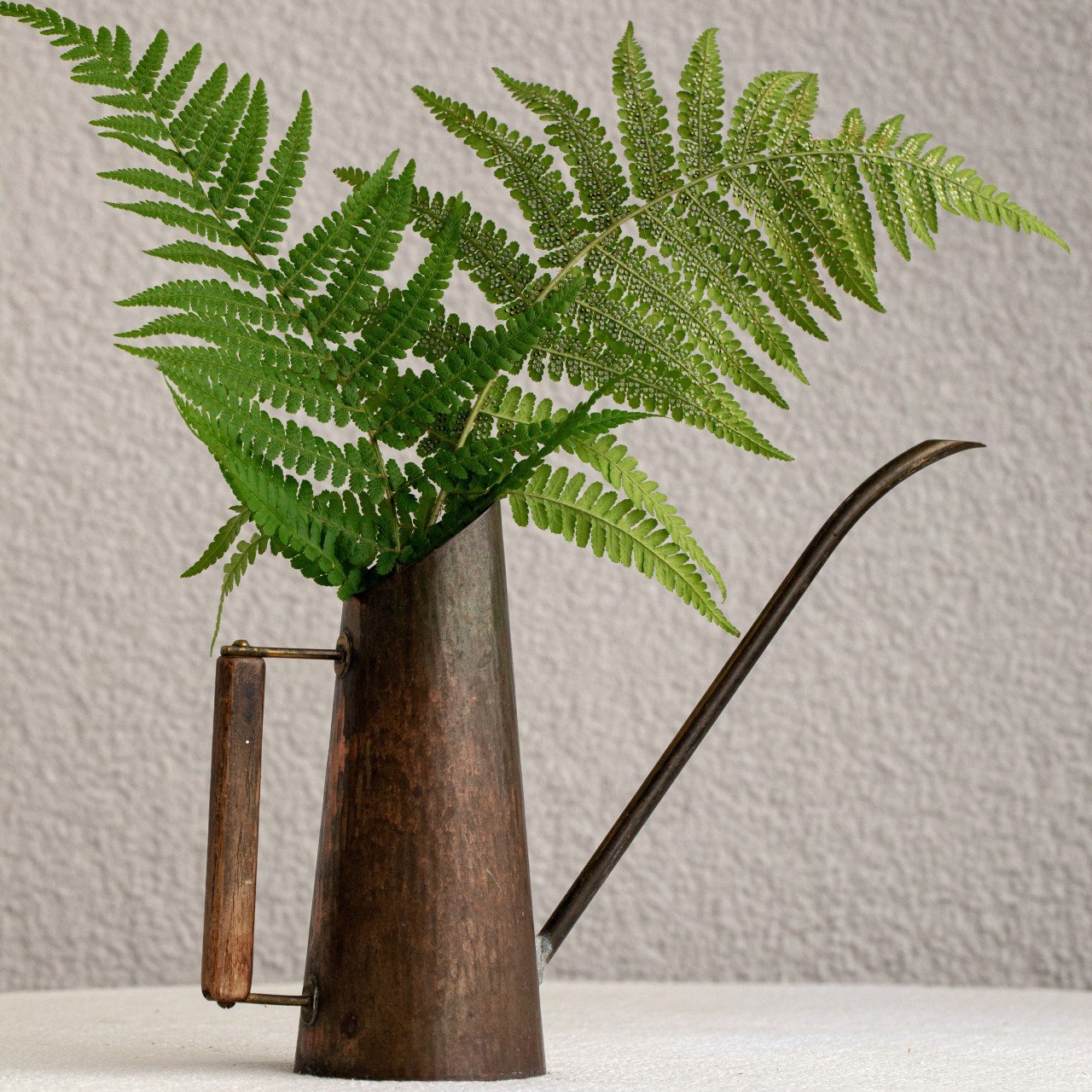
As teenagers progress from childhood to adolescence, their bedroom preferences, interests, and the functionality of the space change. Also, a commitment to educational pursuits, the thoughtful making of decisions, and the uninhibited expression of individual personalities set the teenage years apart. When designing a teenager’s bedroom, the initial step involves understanding the temperament, taste, interests, and personal style of your teen, gathering their input on color preferences, themes, and specific elements they would like to include in their room.
Note that transitioning a bedroom from a child to a teen can be achieved without a complete overhaul as you can opt for a simpler approach by adjusting bed linens, updating curtains, and adding stylish lighting based on your teen’s preferences. However, if you are looking for a comprehensive makeover, consider these practical tips to get you started.
Designer: Kafedra Mebeli
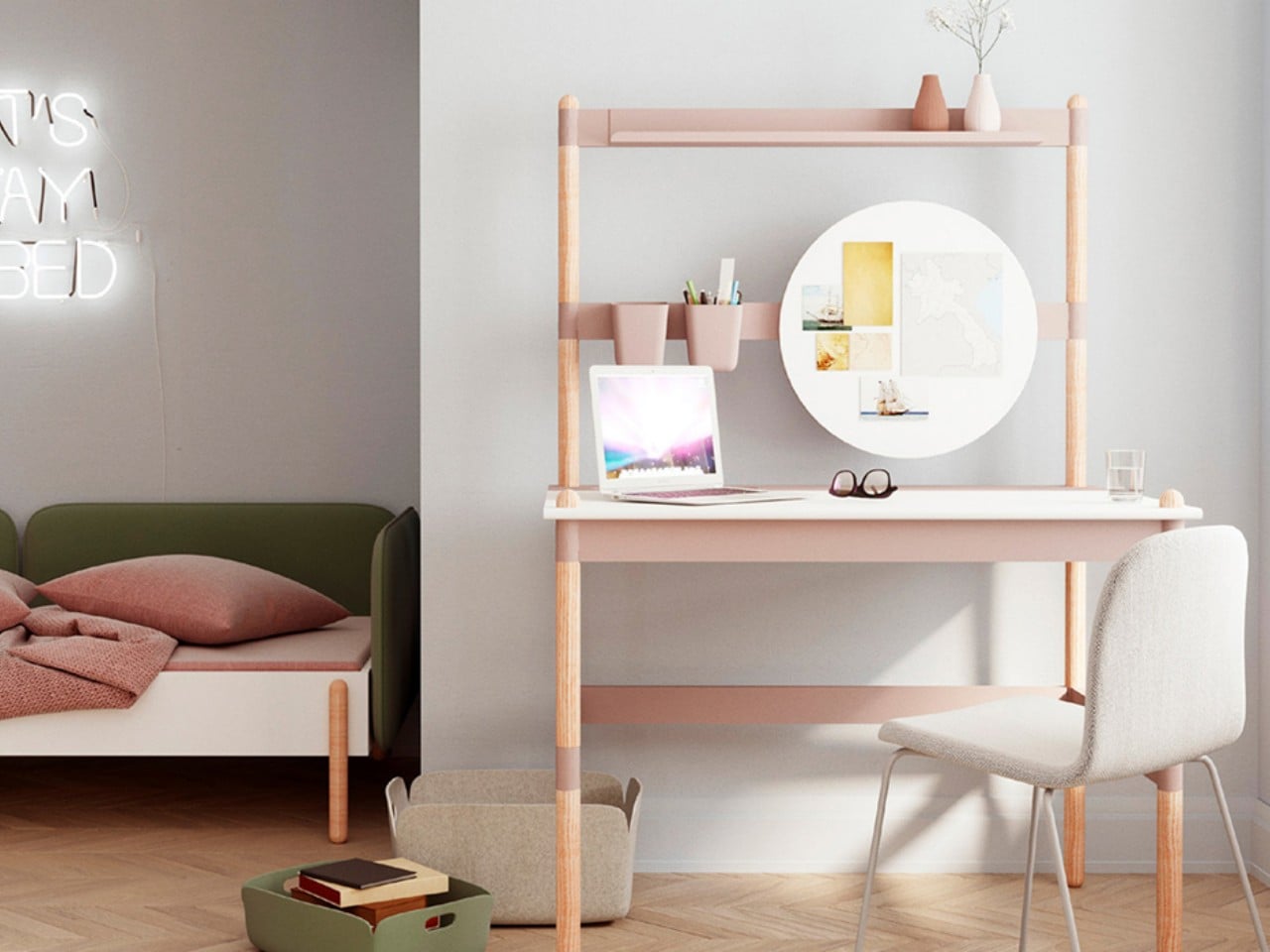
1. Create a Functional Layout
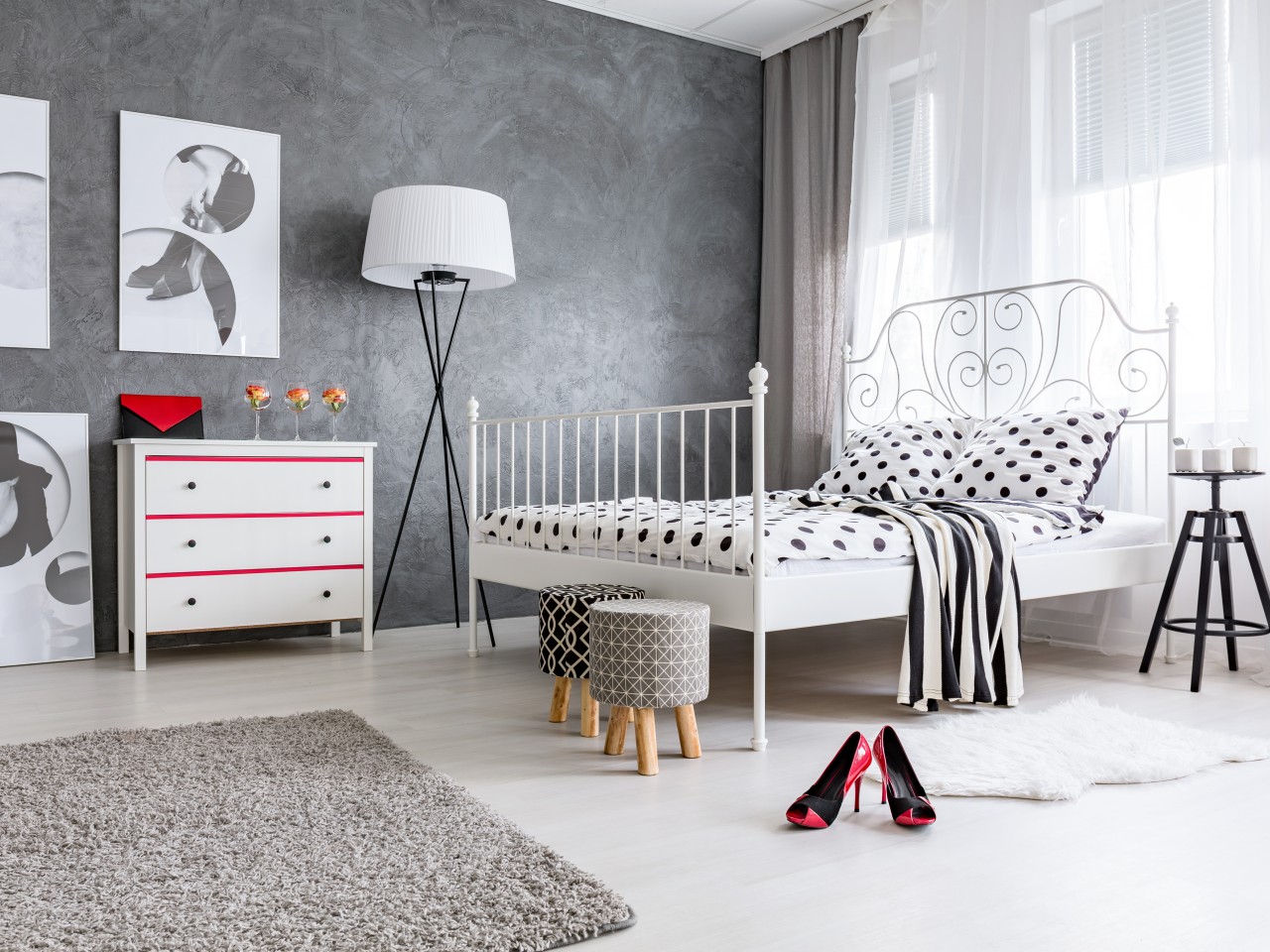
Image courtesy of: bialasiewicz
During this crucial period that shapes their future, to instill a regular study routine for your teenager amidst increasing homework it’s essential to provide a comfortable study area so that they are not distracted. Make provision for sufficient storage for keeping laptops and their study materials. Assess the size and shape of the room and incorporate built-in storage with shelves, drawers and bins for keeping clothes, books, shoes, and accessories as it will camouflage clutter and impart a clean look. Consider investing in a cozy mattress and pillow, as quality sleep is vital at every stage of life, with particular emphasis on the teenage years. Create a dark and serene sleep environment as a fundamental aspect of bedroom design. The most effective way to regulate light levels and eliminate disturbances from street lamps or early morning sunshine is using blackout blinds or lined curtains.
When designing a teenage girl’s room, incorporate a grooming area with a large mirror and easy access to daily items like accessories, combs, hairbrushes, makeup, and jewelry.
2. Use Bold Colors

Image courtesy of: srijaroen
Vibrant hues are ideal for teenage bedrooms, as teenagers often enjoy expressing themselves boldly. Consider incorporating bold colors on an accent wall, or if you’re hesitant about using them on the walls, opt for bold shades in the soft furnishing instead. These colors maintain a lively atmosphere in the space even on cloudy days.
3. Practical Storage
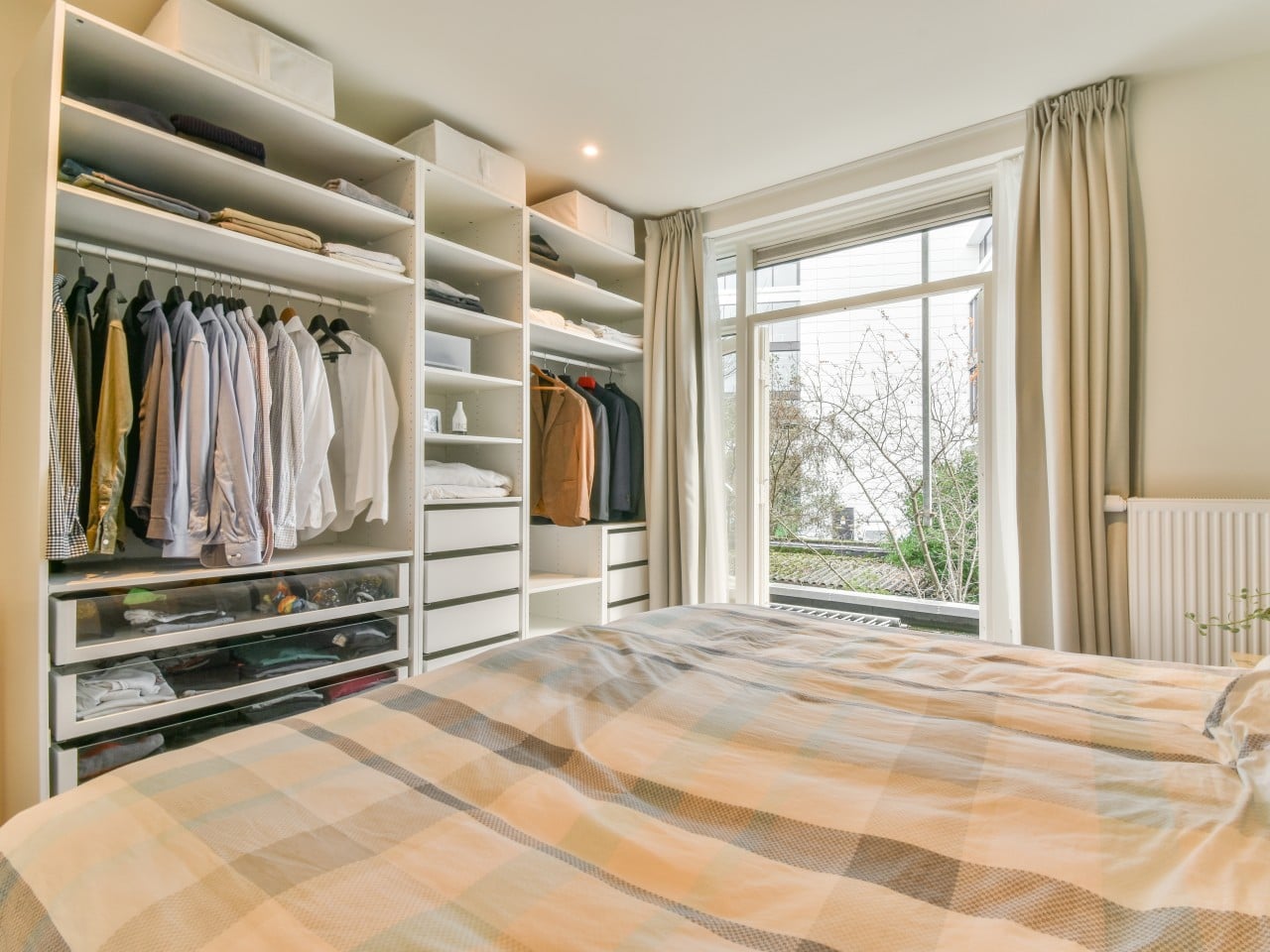
Image courtesy of: pro_creator
Given that teenagers are typically busy, having plenty of shelves available is essential to help keep their lives organized and on track. Additionally, it’s advisable to ensure that items are handy, within reach, and eyesight for added convenience. When furnishing a teen’s room, prioritize storage solutions that accommodate the clutter of books, clothes, sports equipment, and trinkets. Opt for functional storage that complements the room’s style.
4. Play with Geometric Prints
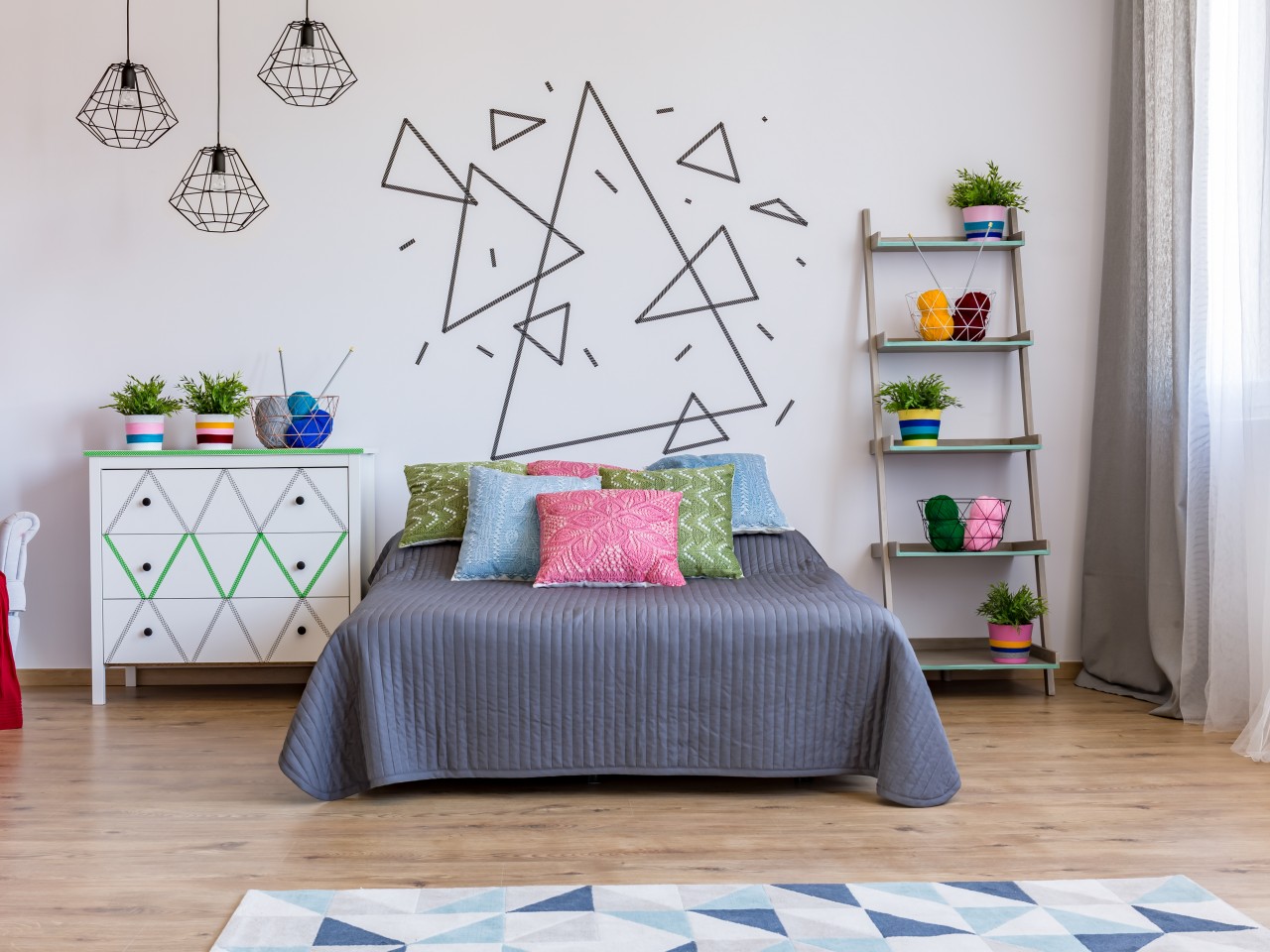
Image courtesy of: bialasiewicz
Vibrant geometric prints infuse a teenager’s room with distinctive character, serving as a focal point that enhances the overall aesthetic. Note that bold prints can be incorporated through decals, wallpaper, or even an art gallery, expressing individuality without occupying valuable floor space.
5. Accentuate With Furnishing
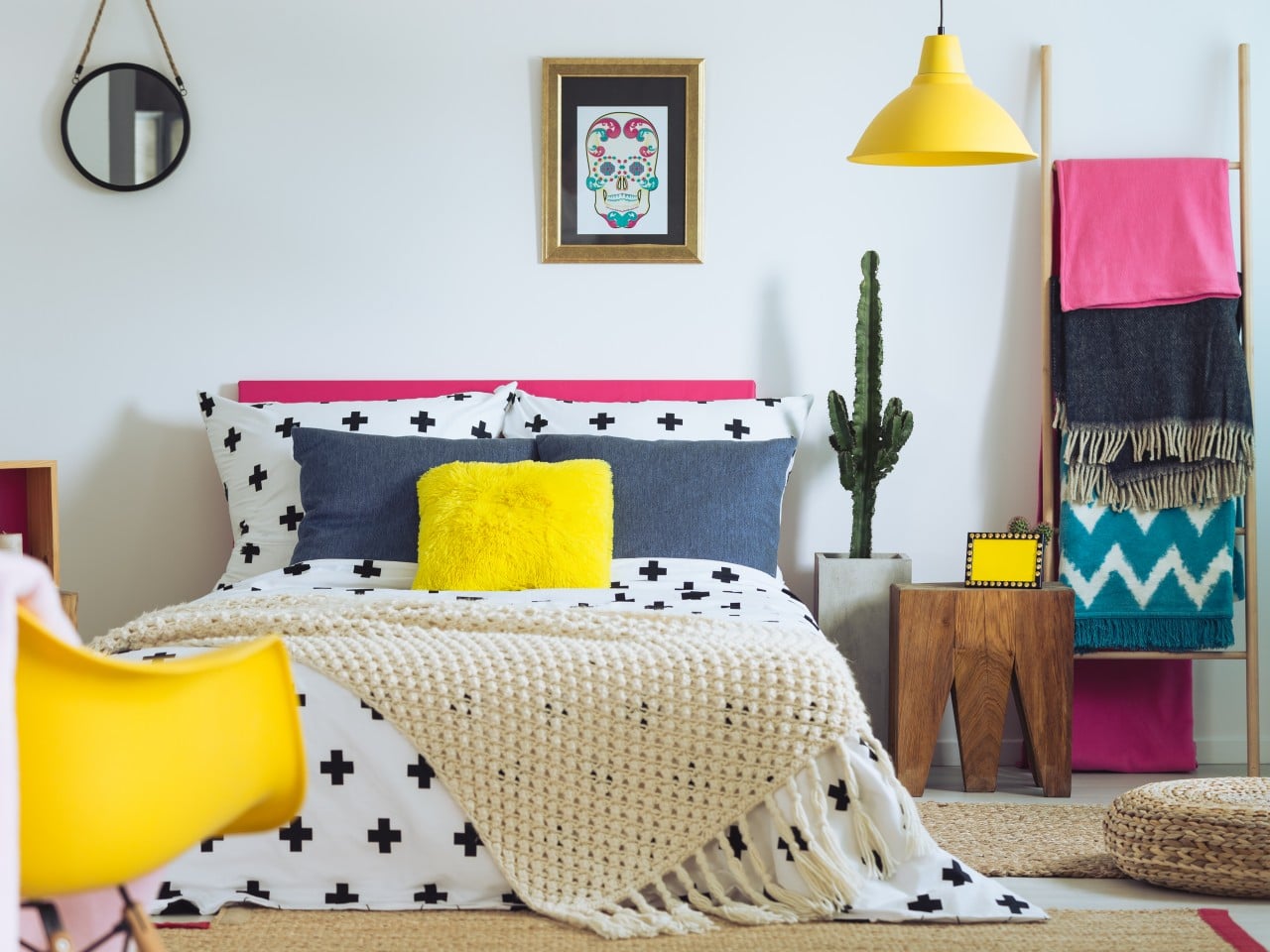
Image courtesy of: bialasiewicz
Introducing lively and vibrant elements into the bedroom imparts a youthful and positive energy, instantly elevating the atmosphere with a cheerful vibe. Ensure your teen’s personal space radiates happiness by incorporating colorful touches in the bed linen, cushions, accent walls, or artful wall accessories.
6. Install Wallpaper
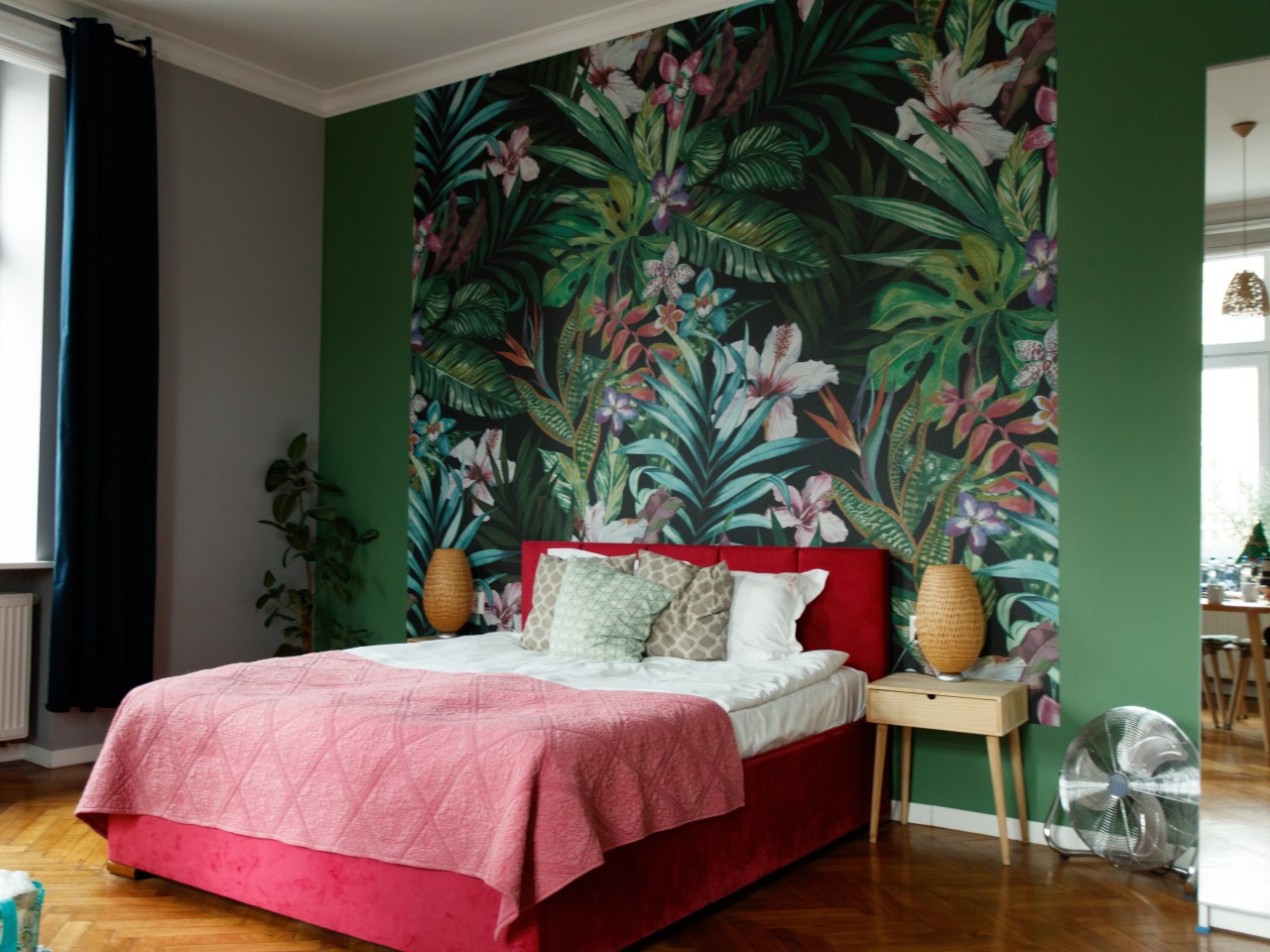
Image courtesy of: Agalokos
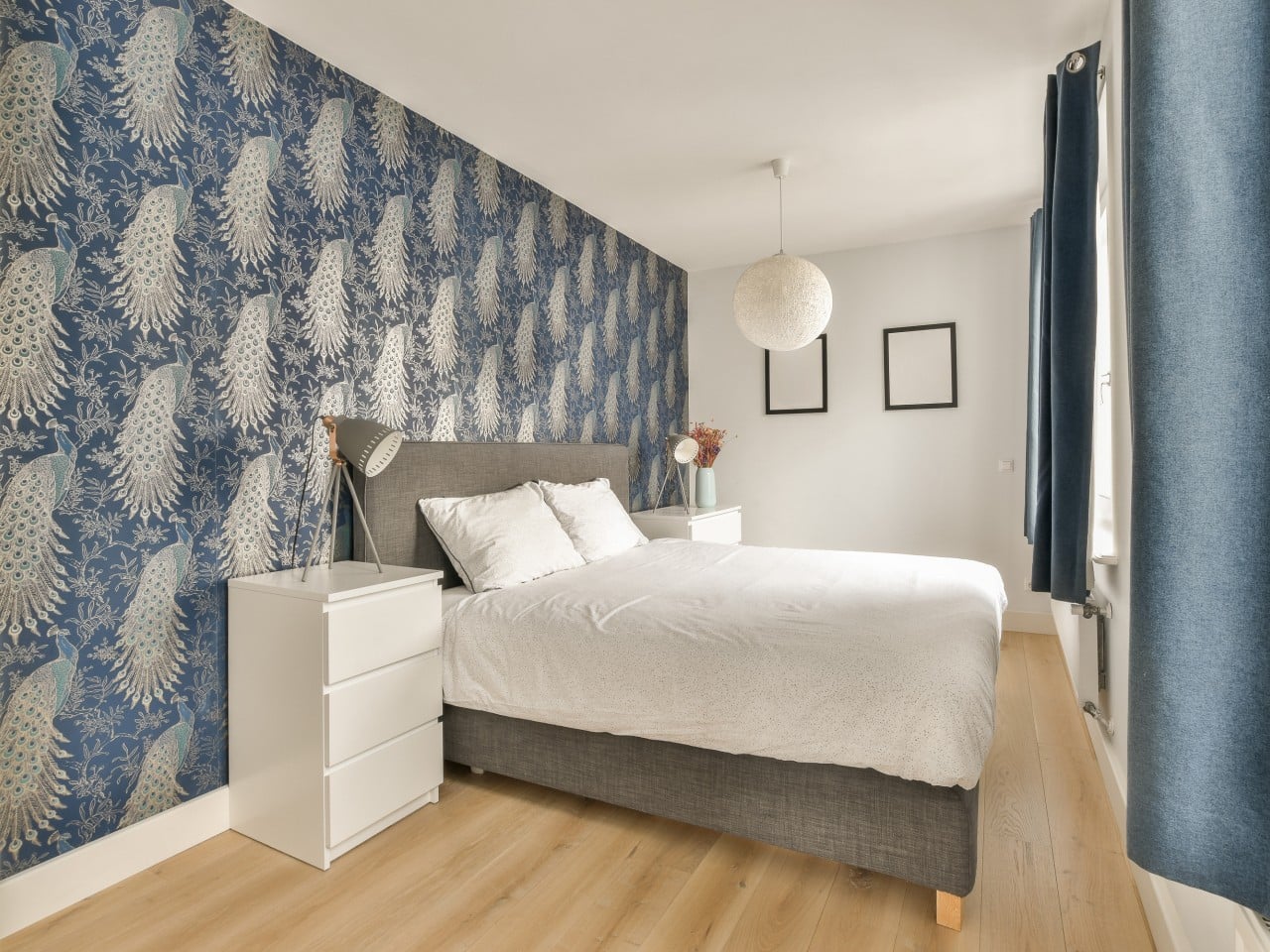
Image courtesy of: pro_creator
Opt for wallpaper to effortlessly infuse fun colors and patterns into your teen’s bedroom, allowing for a quick room transformation every few years without the need for a complete redecoration. Instead of painting all the walls, use wallpaper to create a stylish focal point. Explore wallpaper options with a variety of colors, patterns, prints, and images to add character to your space, enhancing the aesthetic appeal of bare walls.
7. Extra Lighting
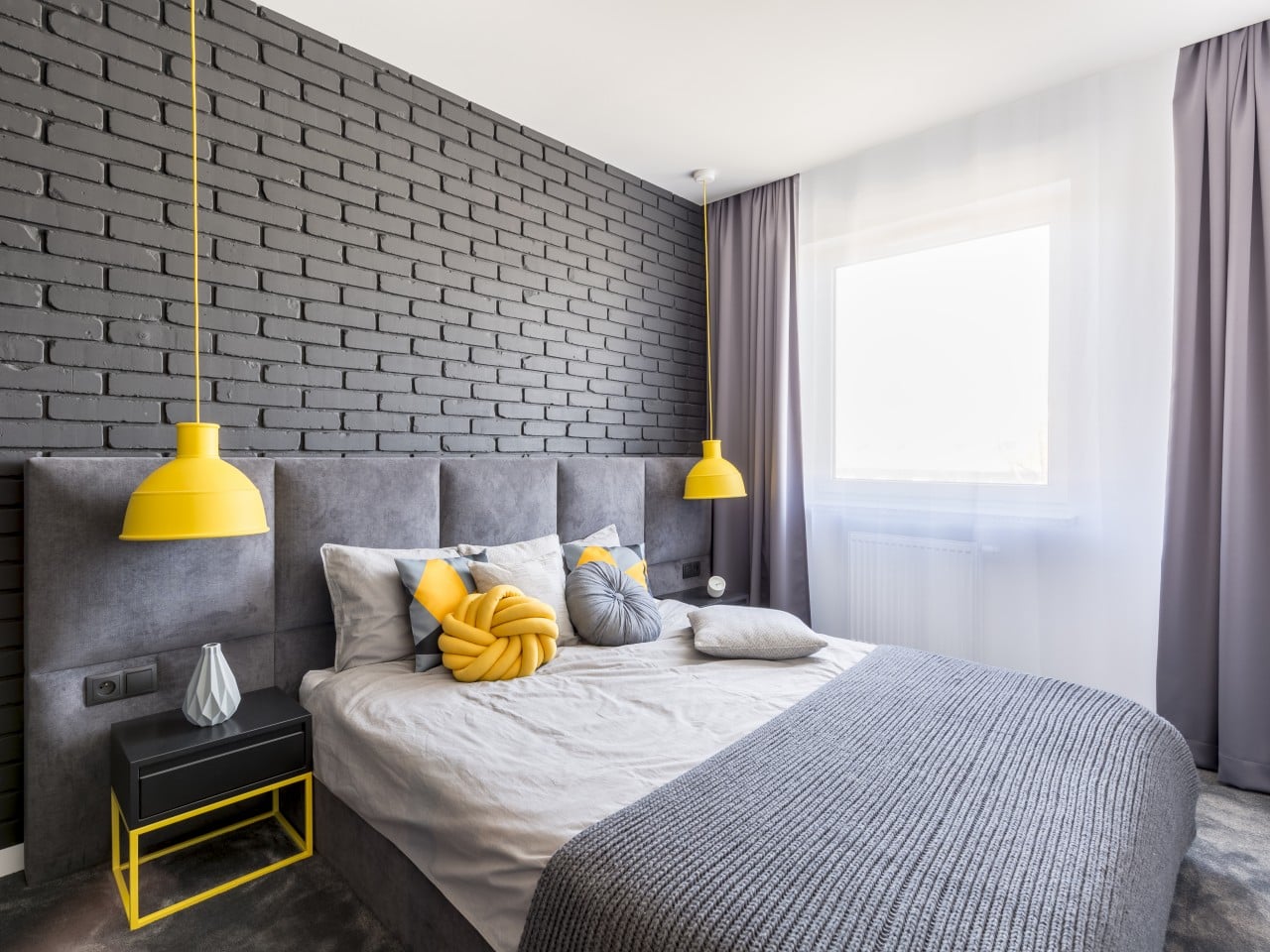
Image courtesy of: bialasiewicz
A mix of lighting is crucial in any space, especially in a teenage bedroom where it must accommodate diverse moods throughout the day. Your teenager will require additional lighting, such as a task lamp on their desk and a bedside lamp, particularly if they enjoy reading before bedtime. Soft lighting will turn the bedroom into a cozy retreat where your teenager can unwind. So, make sure to bring in a variety of lighting options like understated or extravagant pendant lights and ambient lighting for a cozy and relaxing atmosphere.
8. Biophilia
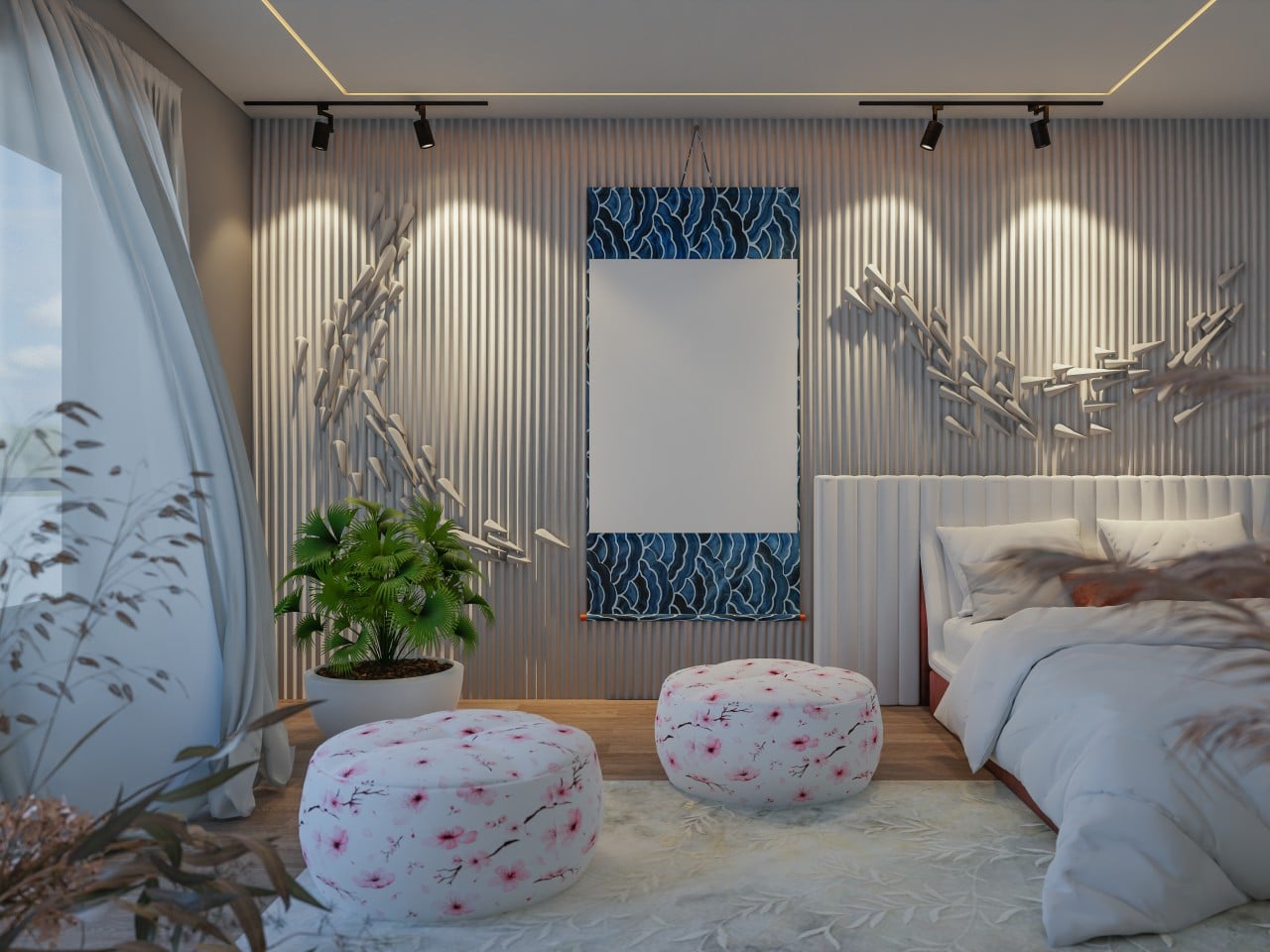
Image courtesy of: Johnstocker
Integrate plants and a touch of nature through prints to establish a tranquil atmosphere that contributes to a calm and soothing ambiance. This is essential for stabilizing the fluctuating moods of teenagers.
9. Personalize the Space
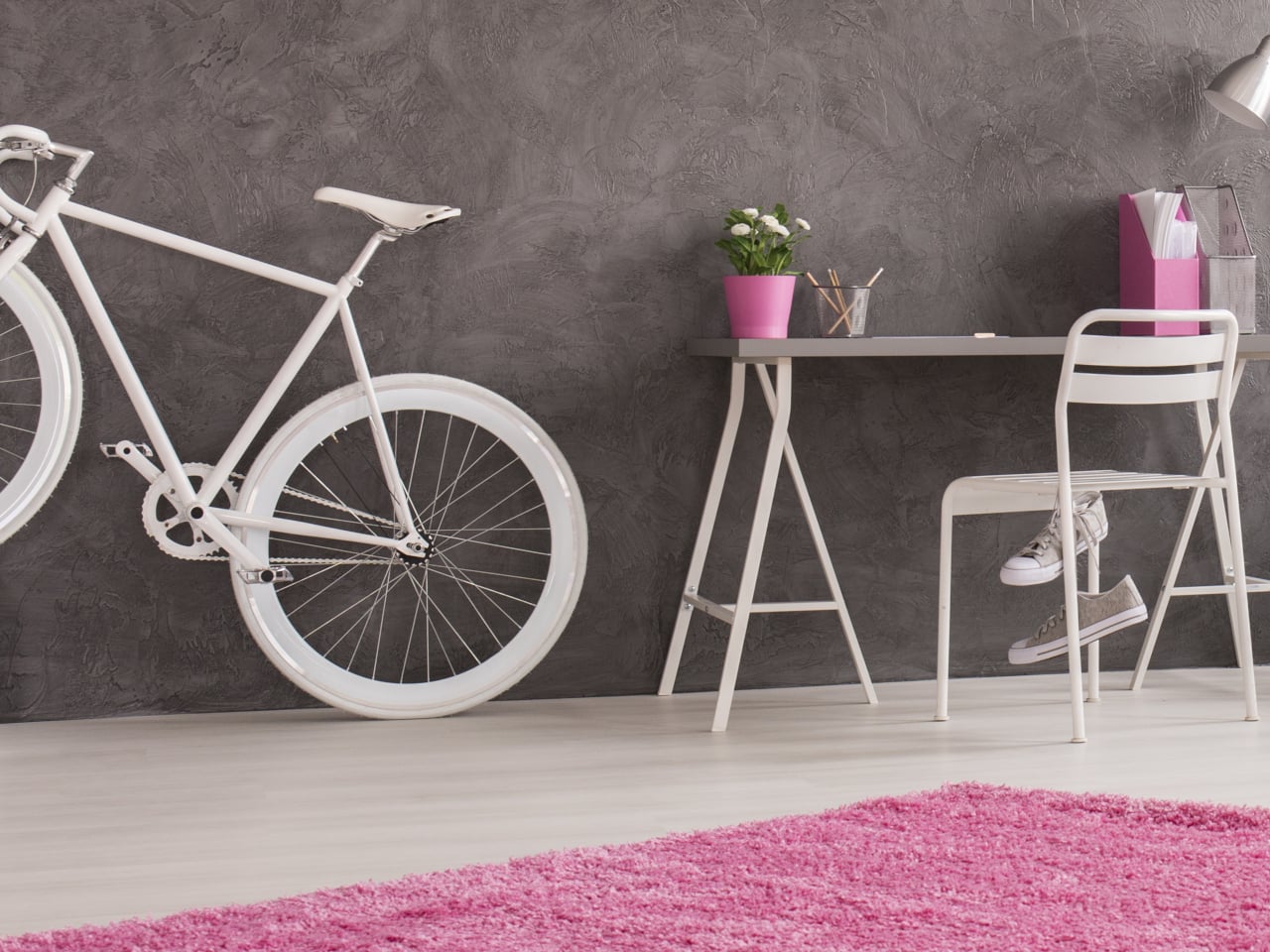
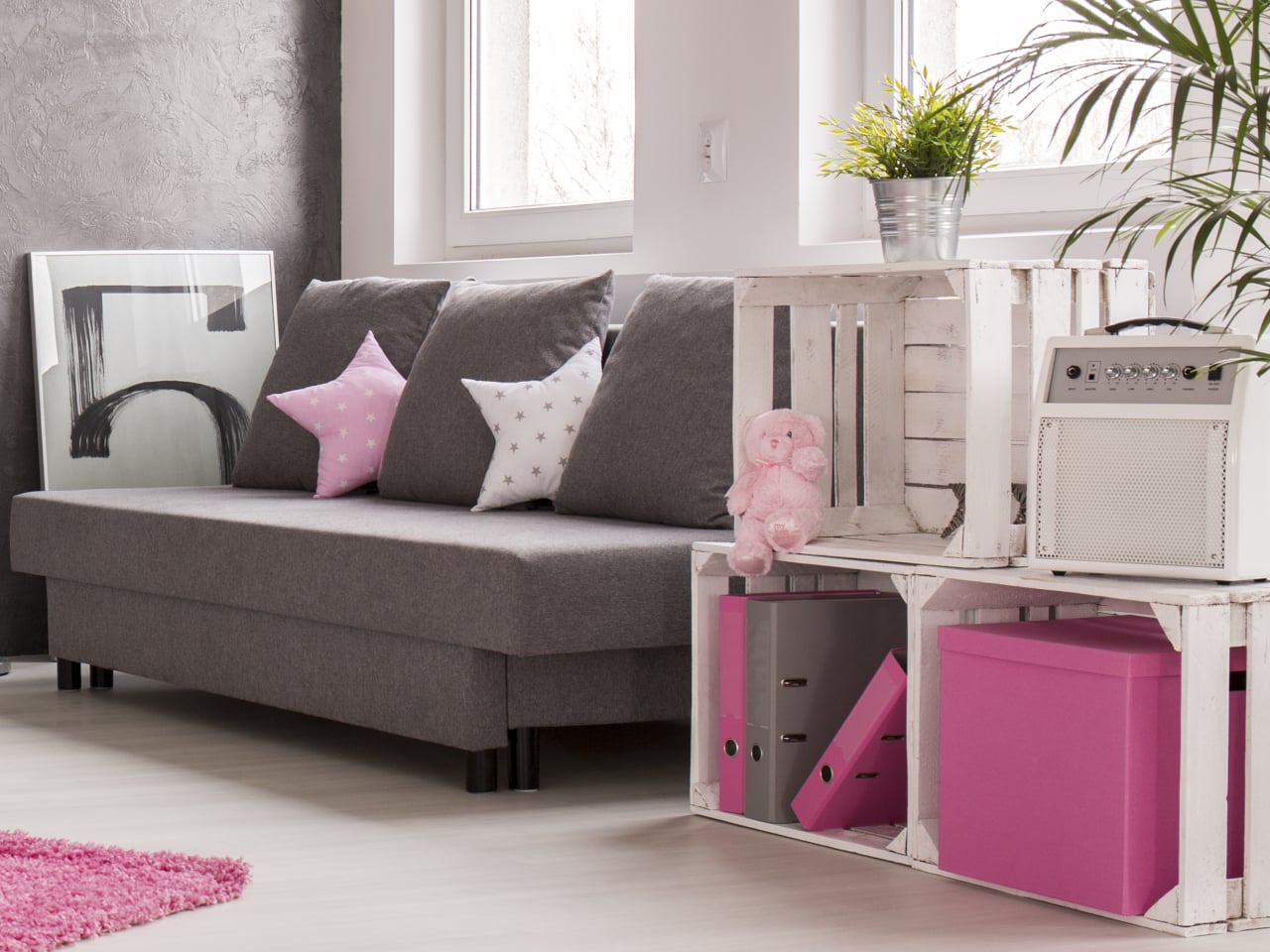
Image courtesy of: bialasiewicz
Encourage your teenager to showcase their individuality by selecting a distinctive element that reflects their hobbies and interests, distinguishing their room from others. A personal touch can be introduced with posters, artwork, photographs, and mementos to make the space uniquely theirs.
10. Introduce Stripes
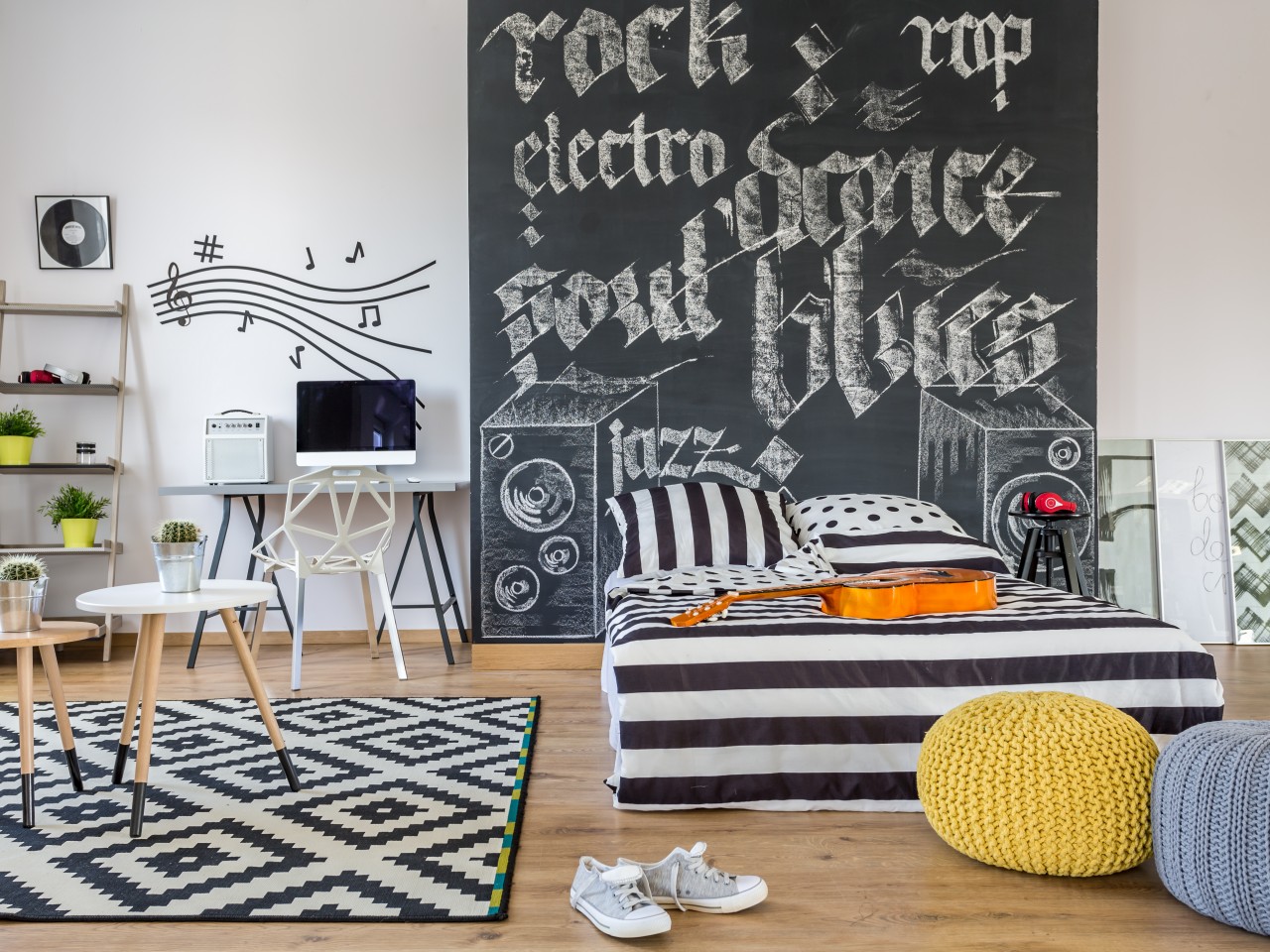
Image courtesy of: bialasiewicz
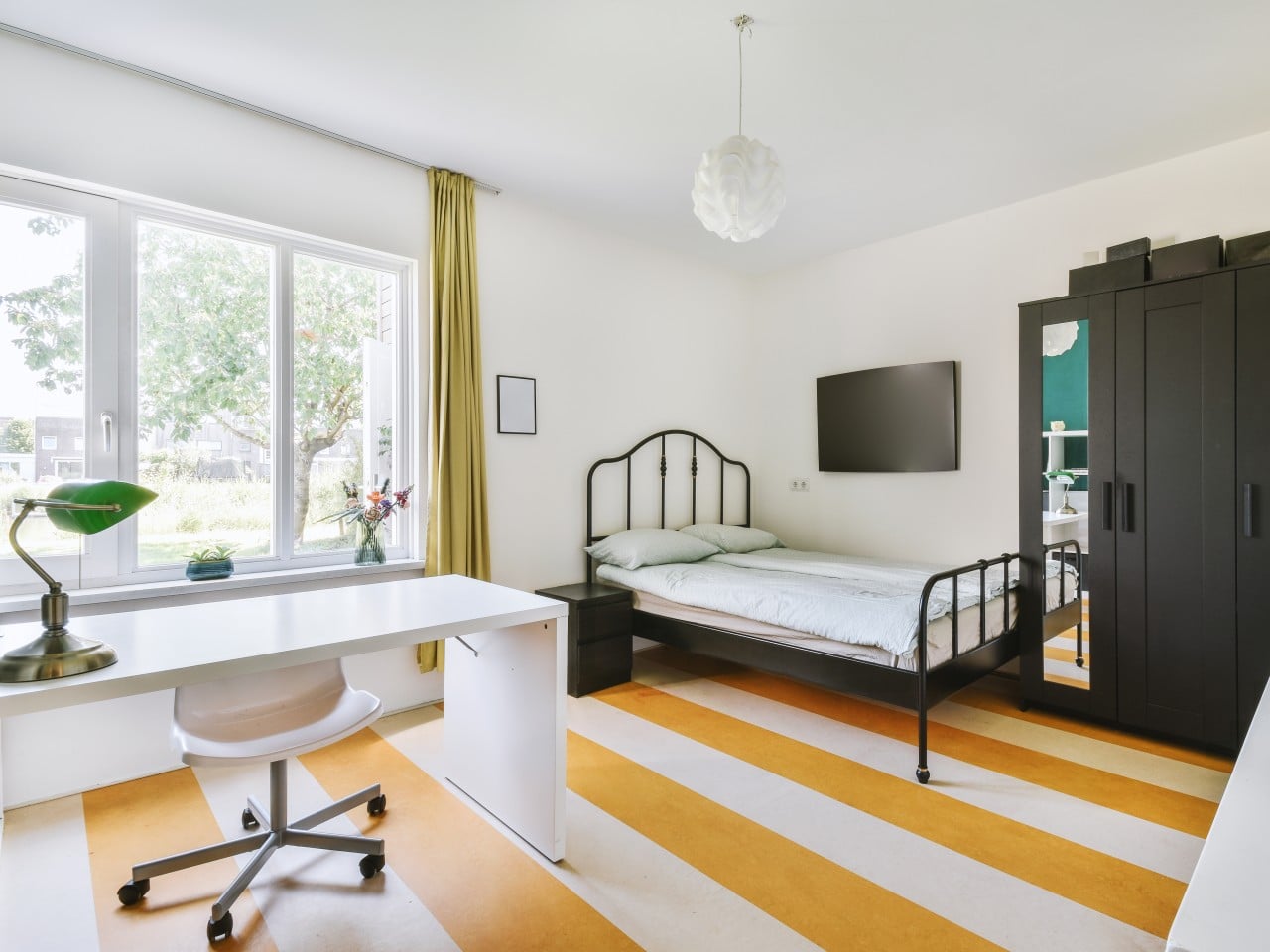
Image courtesy of: pro_creator
Horizontal, vertical, or diagonal stripes can add a dynamic touch to the décor. It’s worth noting that horizontal stripes can create a sense of length in the room, while vertical stripes can make the room appear taller. Opting for black and white stripes gives a bold look, and you can also choose stripes in various colors for a vibrant effect.
11. Integrate Technology
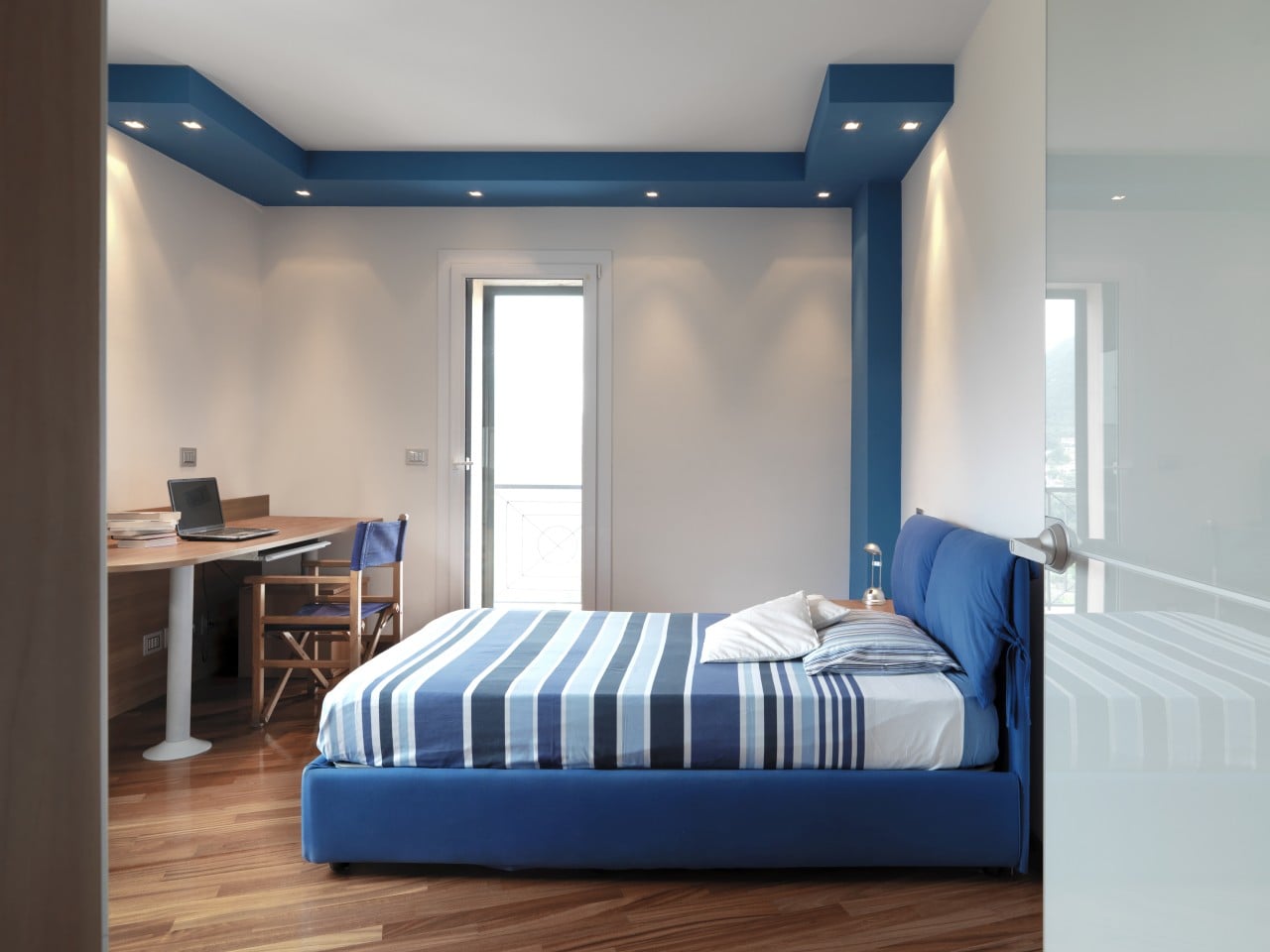
Image courtesy of: adpephoto
Recognize the importance of technology in a teenager’s life. Include charging stations, outlets, and tech-friendly furniture to accommodate devices. Although USB charging points are vital for gadgets, but to limit screen time, consider creating a designated ‘digital zone’ away from the bed for devices to be left overnight instead of having a charging station near the bed.
12. Go With Cool Colors

Image courtesy of: bialasiewicz
Being cool is considered beneficial for the psychological well-being of teenagers, and the calming and positive ambiance created by blue-green tones adds to this without being dull.
13. Scandinavian Décor
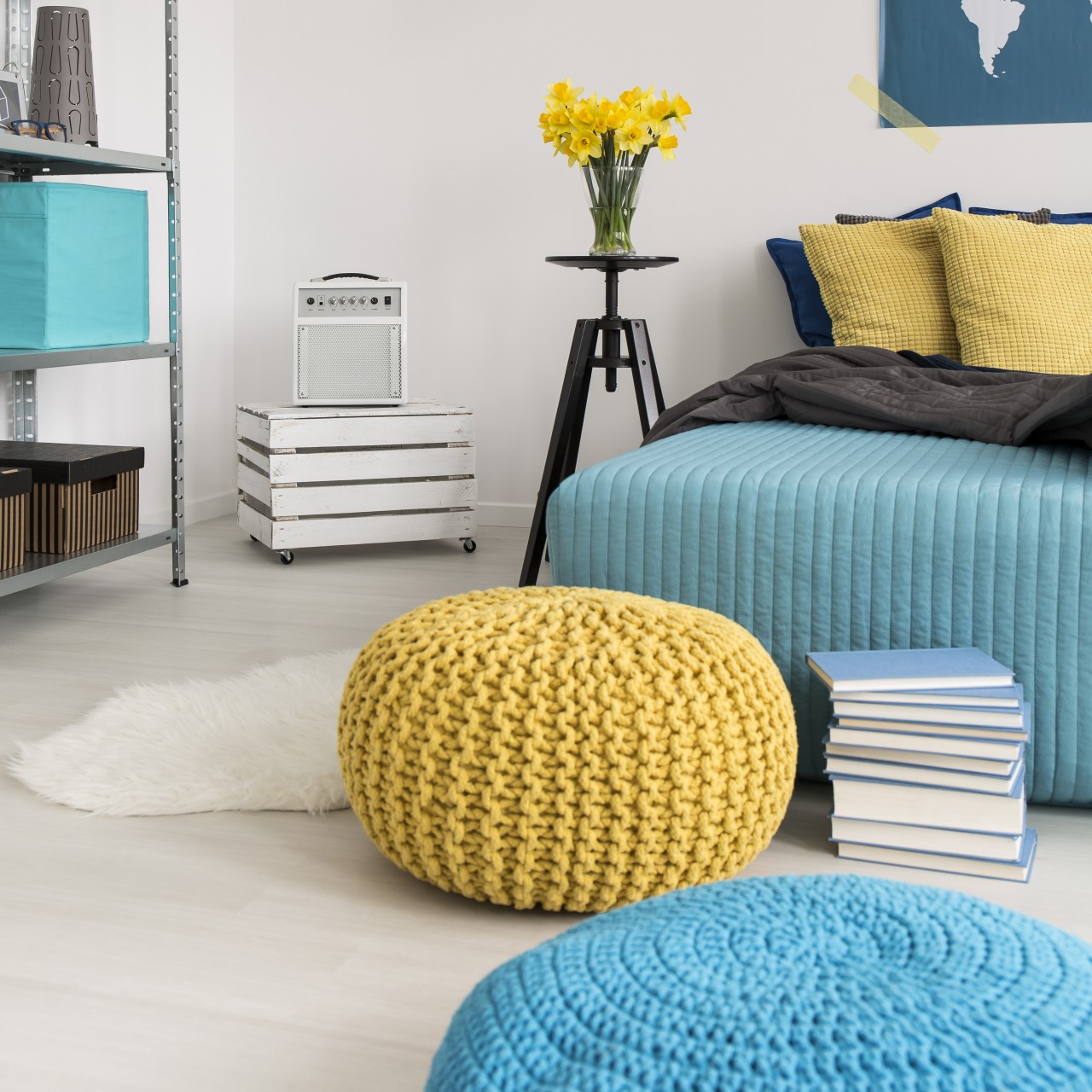
Image courtesy of: bialasiewicz
The longevity of Scandinavian-style decor remains as a teenager evolves into adulthood, achieved through a neutral color palette, a layered aesthetic with various textures, and subtle elements of sophistication.
14. Add a Seating
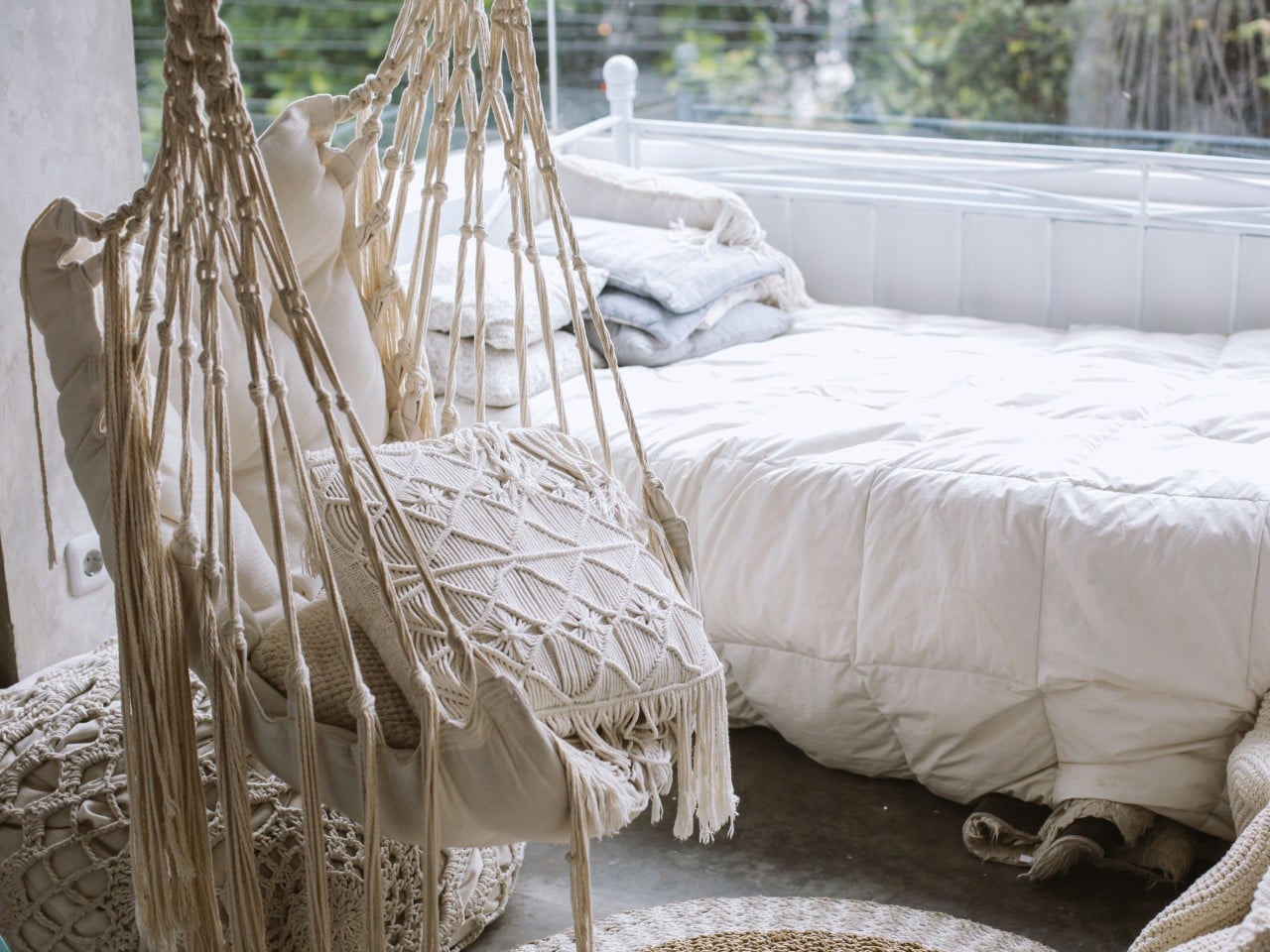
Image courtesy of: Studio
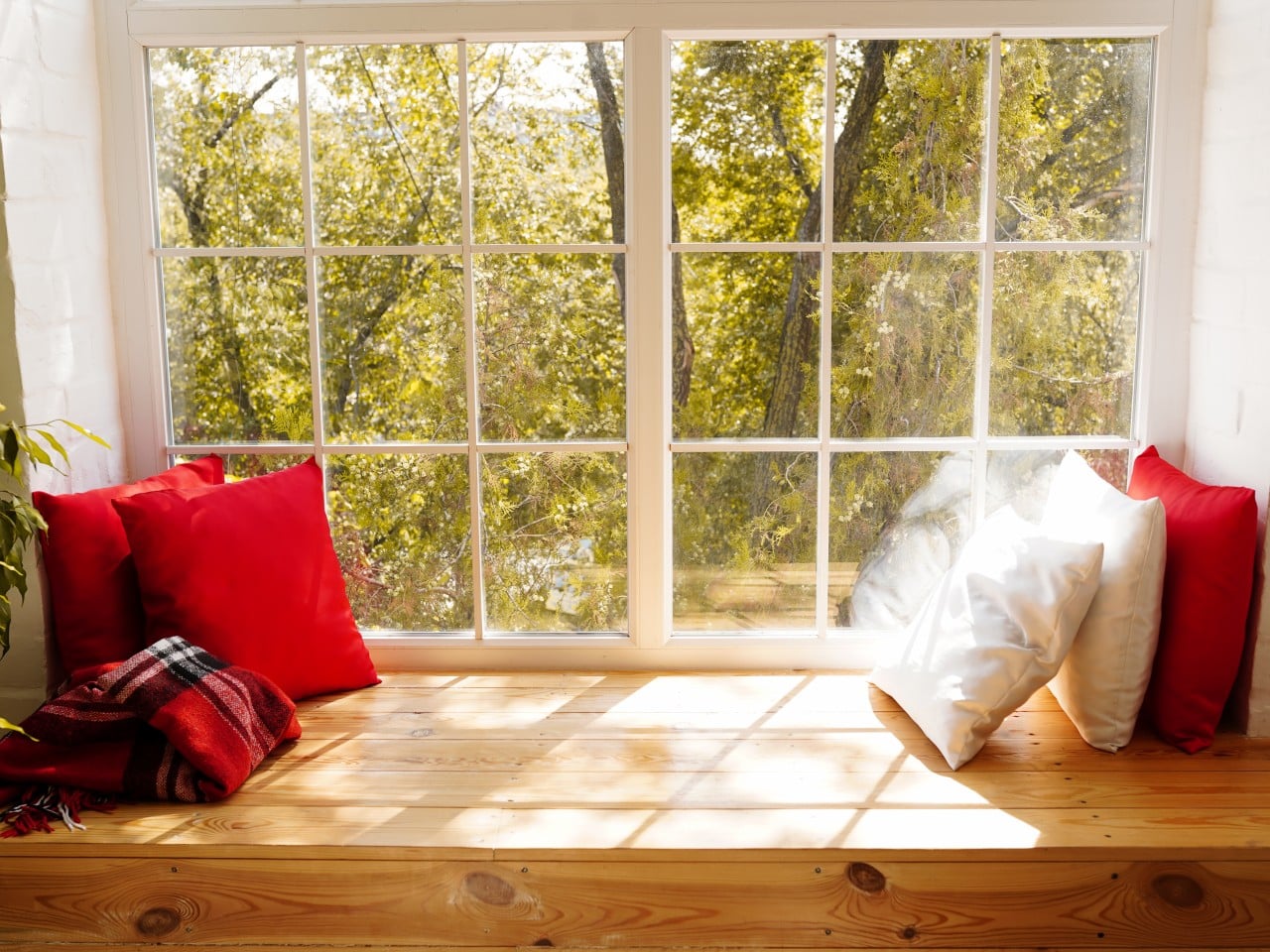
Image courtesy of: romashkacom
For a teenage bedroom, prioritize creating a space with privacy for your teenager and their friends to hang out. Consider including beanbags, soft rugs, and ample cushions to provide comfortable floor seating, incorporating plenty of soft textiles. You can also go for a corner swing or consider incorporating a small window seat in the corner of your teen’s spacious bedroom, providing a cozy spot for relaxation or socializing, with teenage girls particularly valuing a bench seat offering the outdoor views.
15. Compact Bedroom
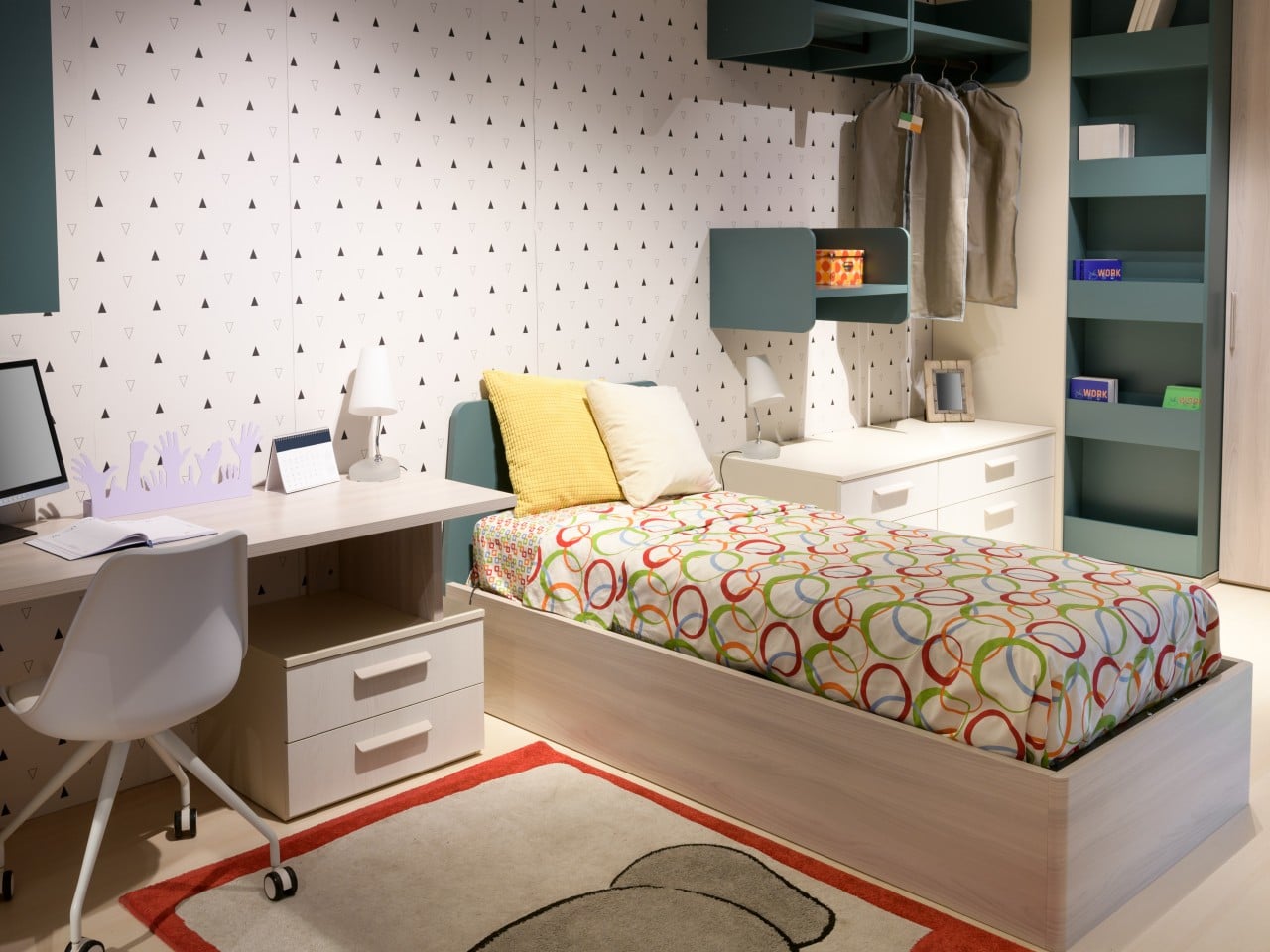
Image courtesy of: Photology75
Avoid overcrowding a small room by keeping it simple and opt for a bold color on one accent wall and neutral tones on the others. Introduce a small area rug with a playful print, and limit accessories to a select few to maintain a clean and uncluttered look. In smaller bedrooms, explore the option of versatile furniture, like a loft bed with an underneath desk, which can serve as a multifunctional unit accommodating both study and sleep.
These tips will surely help you revamp your teen’s space while maintaining an organized space. Where the bedroom was once solely for sleeping and playing, it now serves as a place for relaxation, socializing with friends, and completing homework. This bedroom will also create beautiful memories as teens transition into adulthood.
The post 15 Essential Décor Tips For Designing a Teenager’s Bedroom first appeared on Yanko Design.





